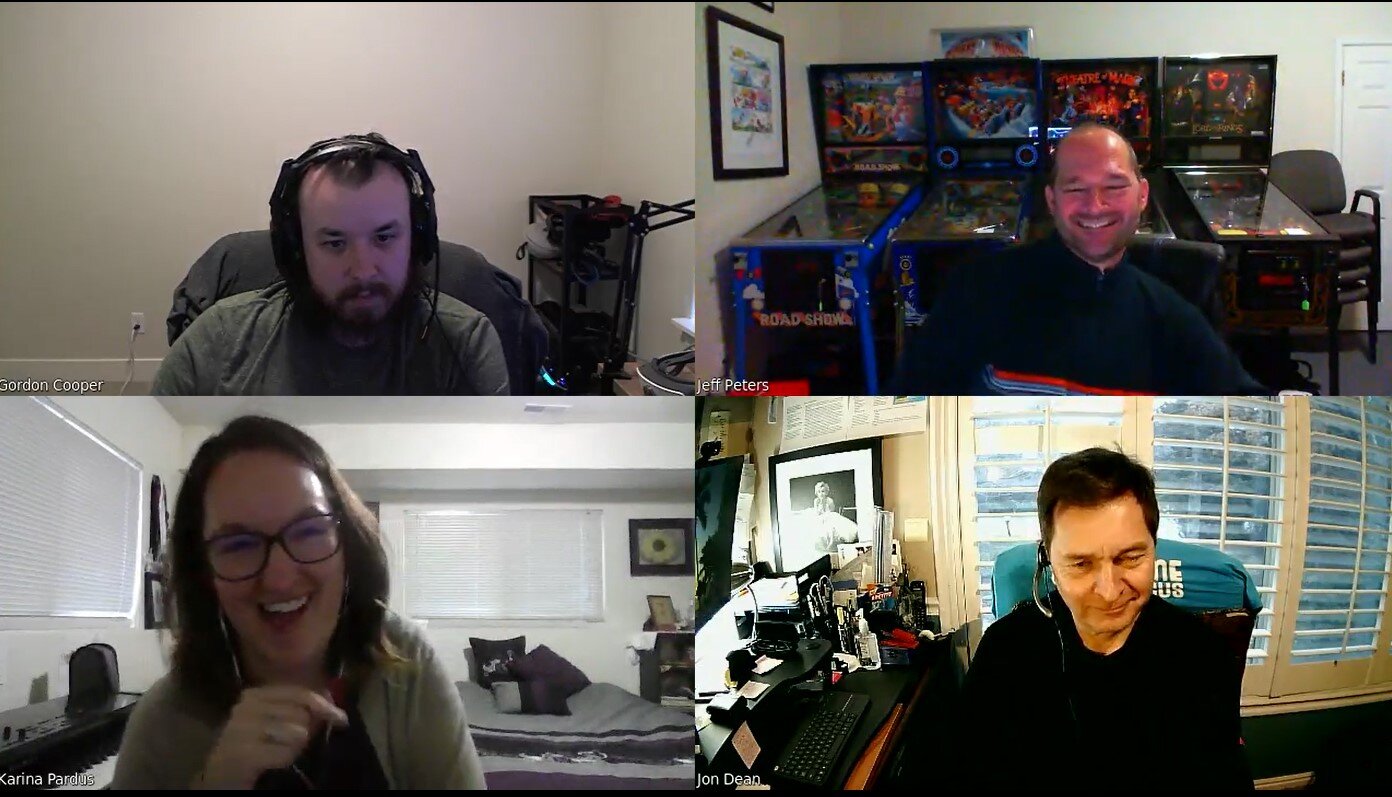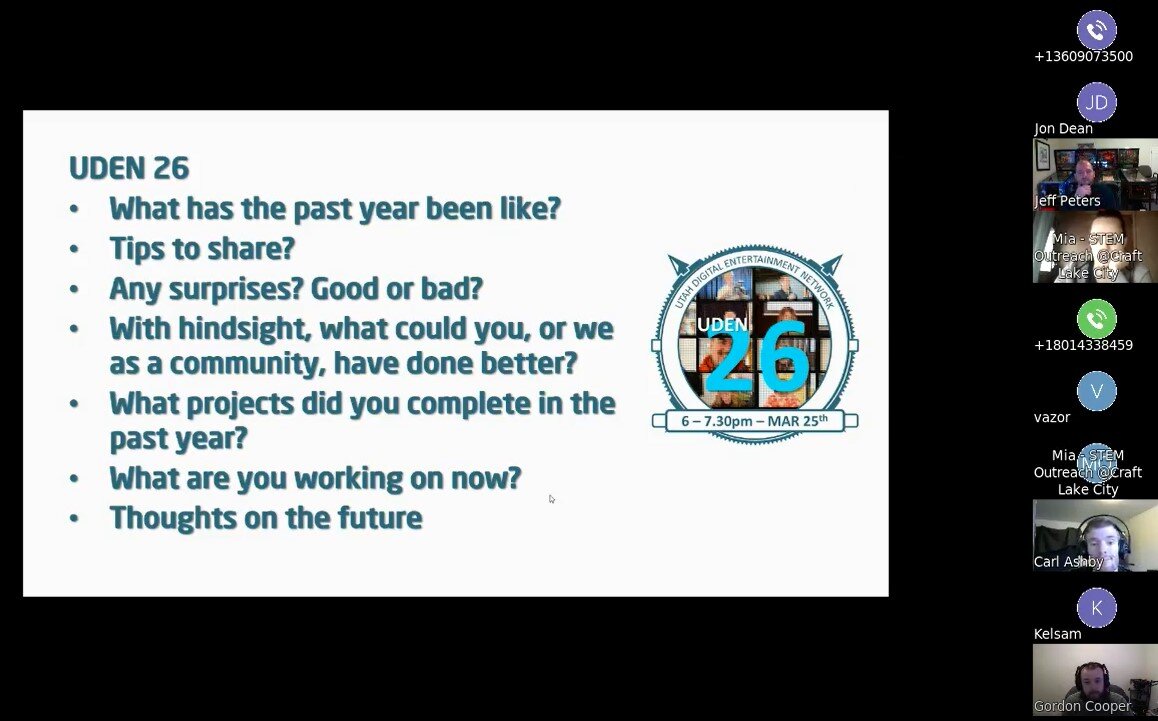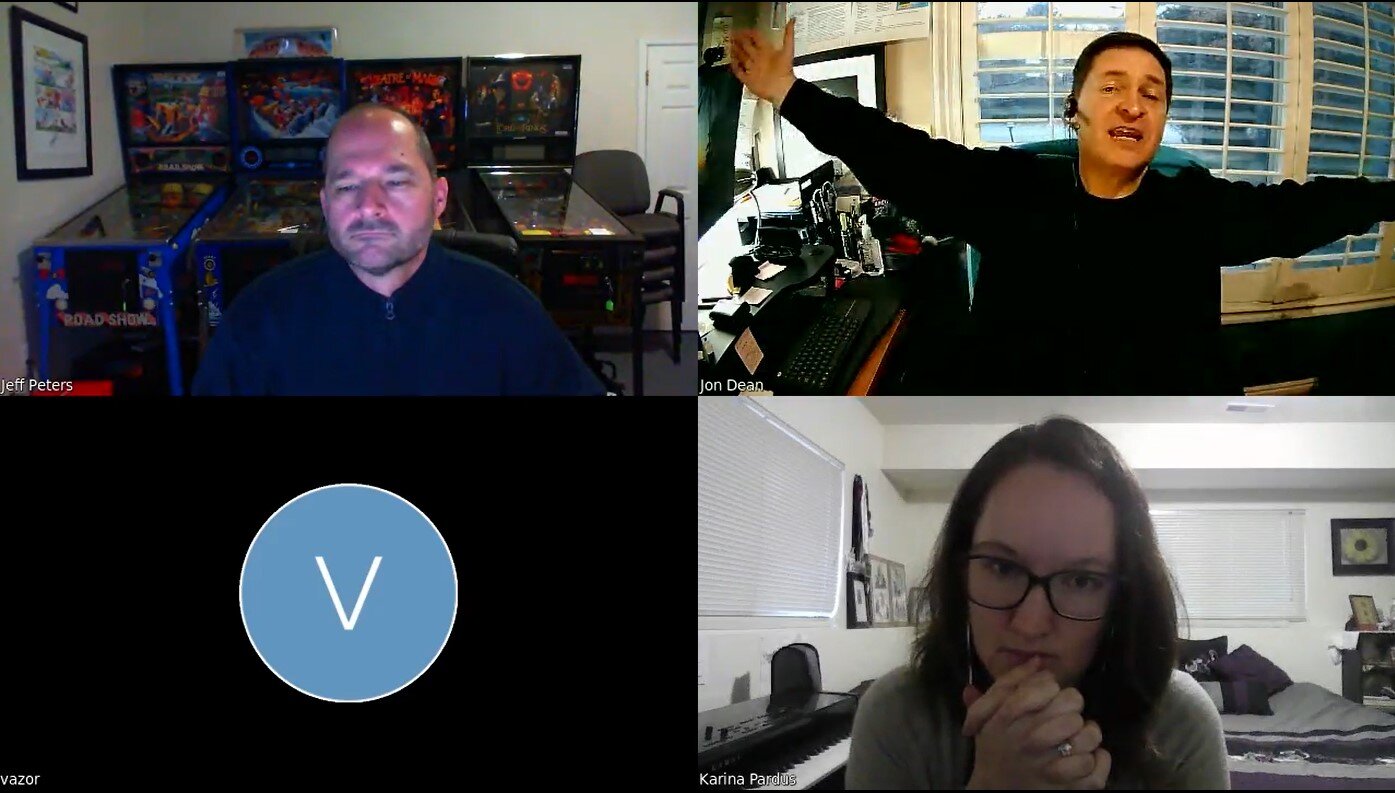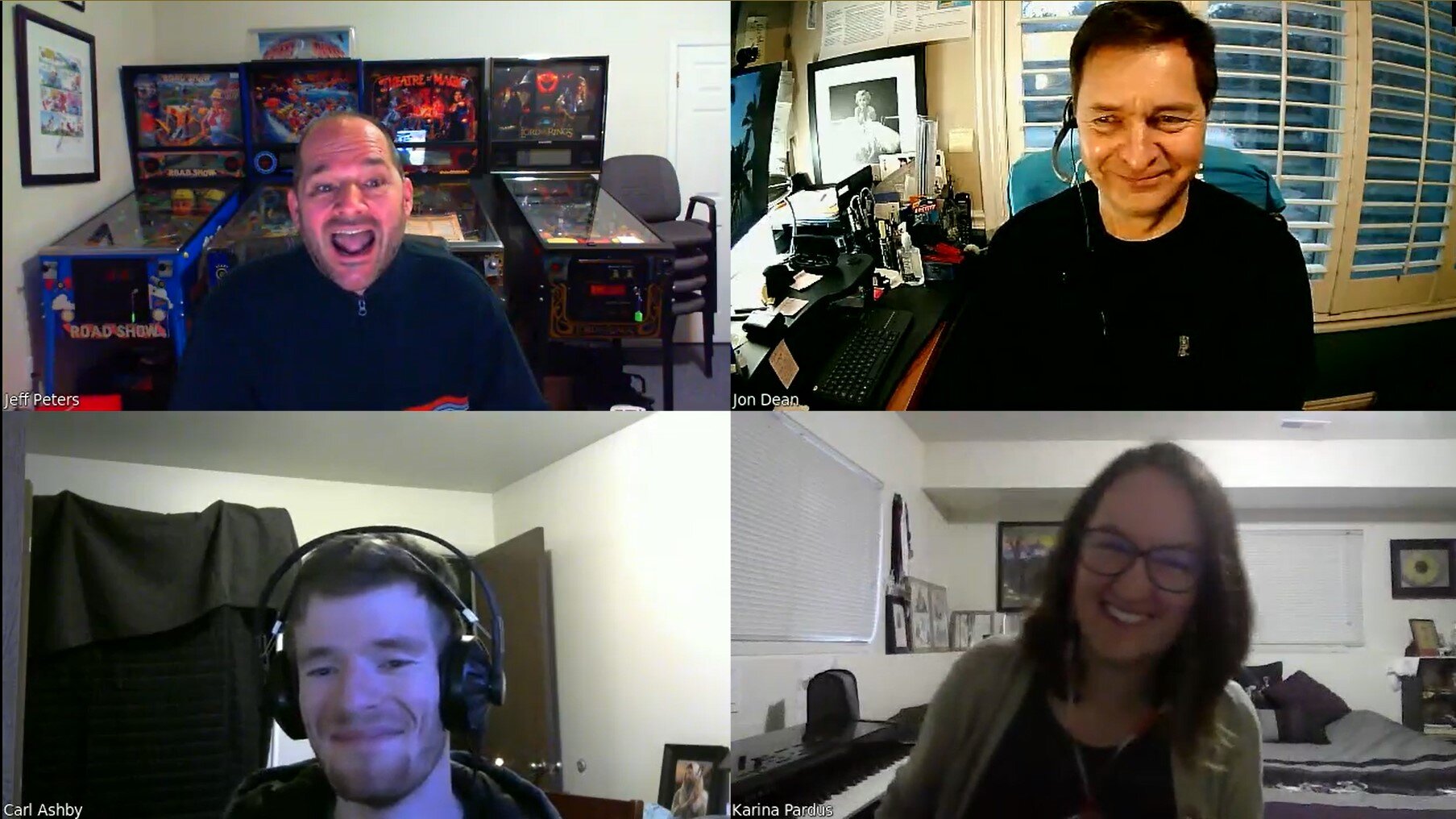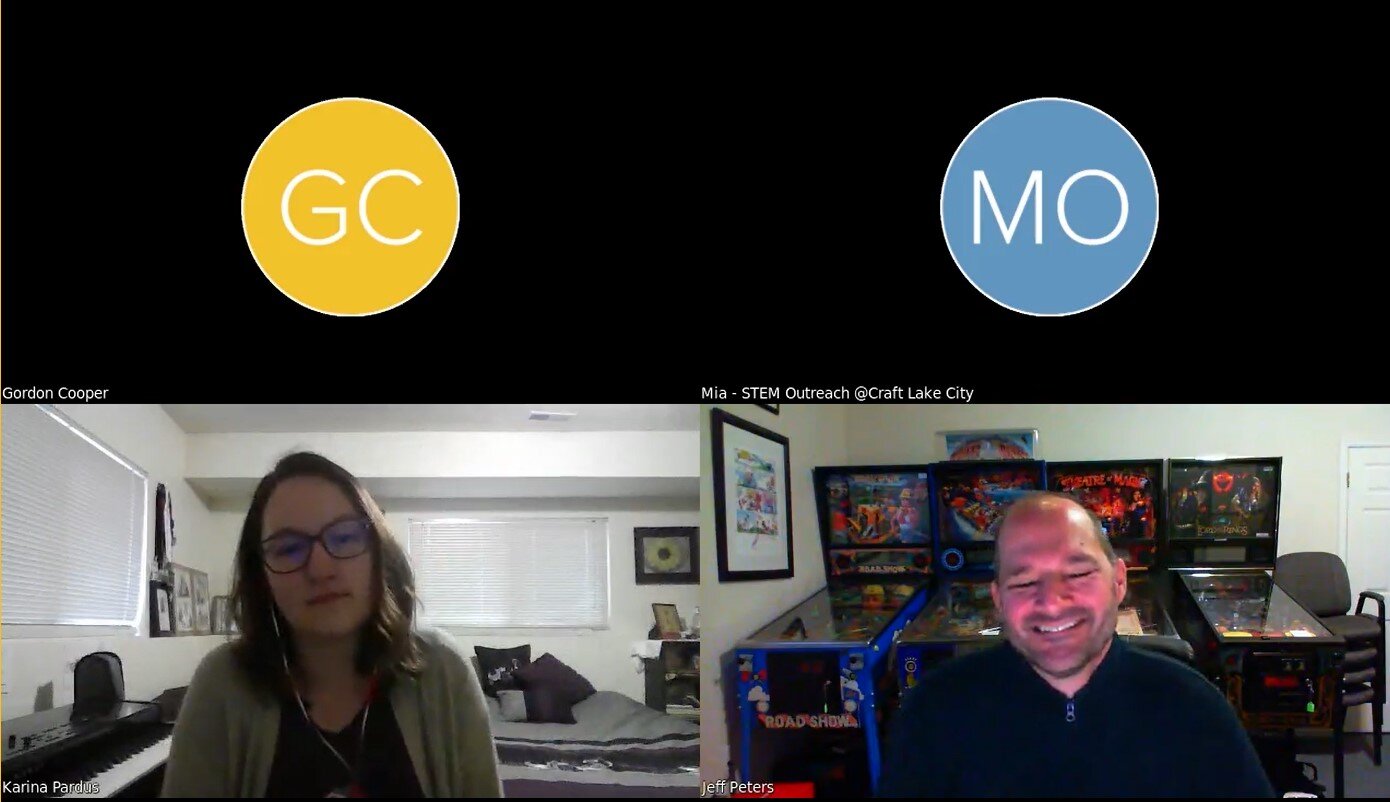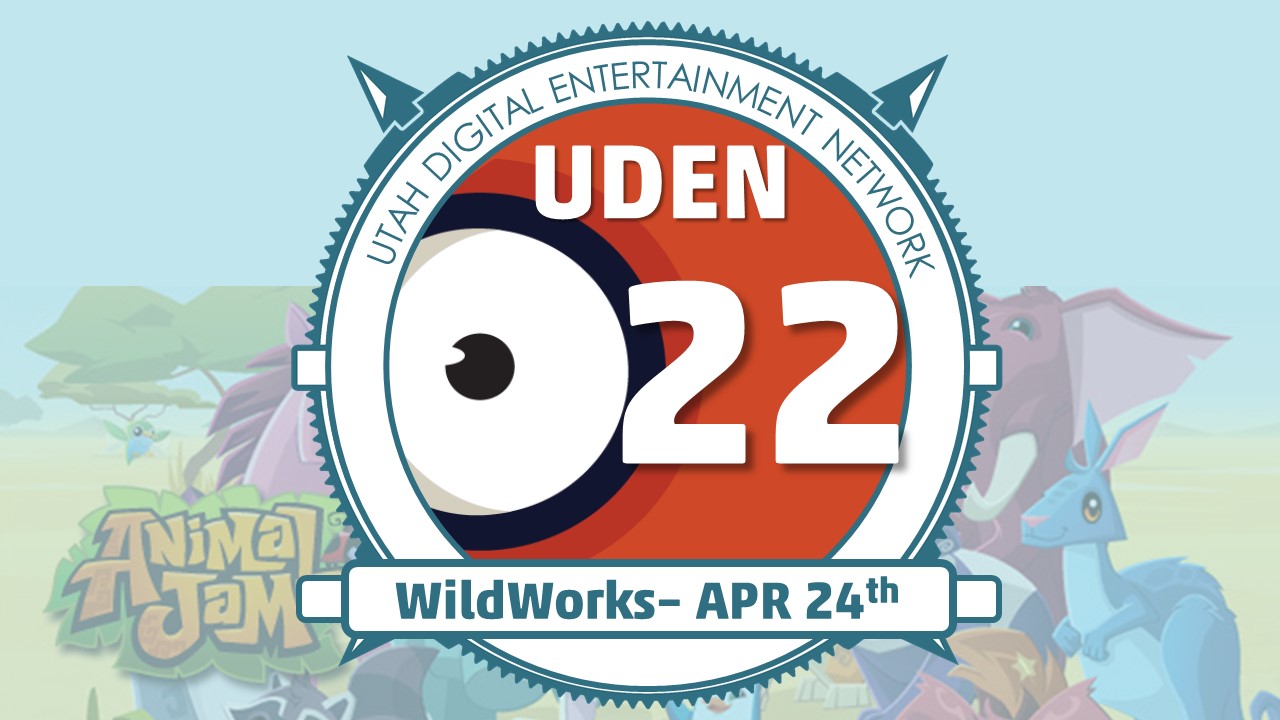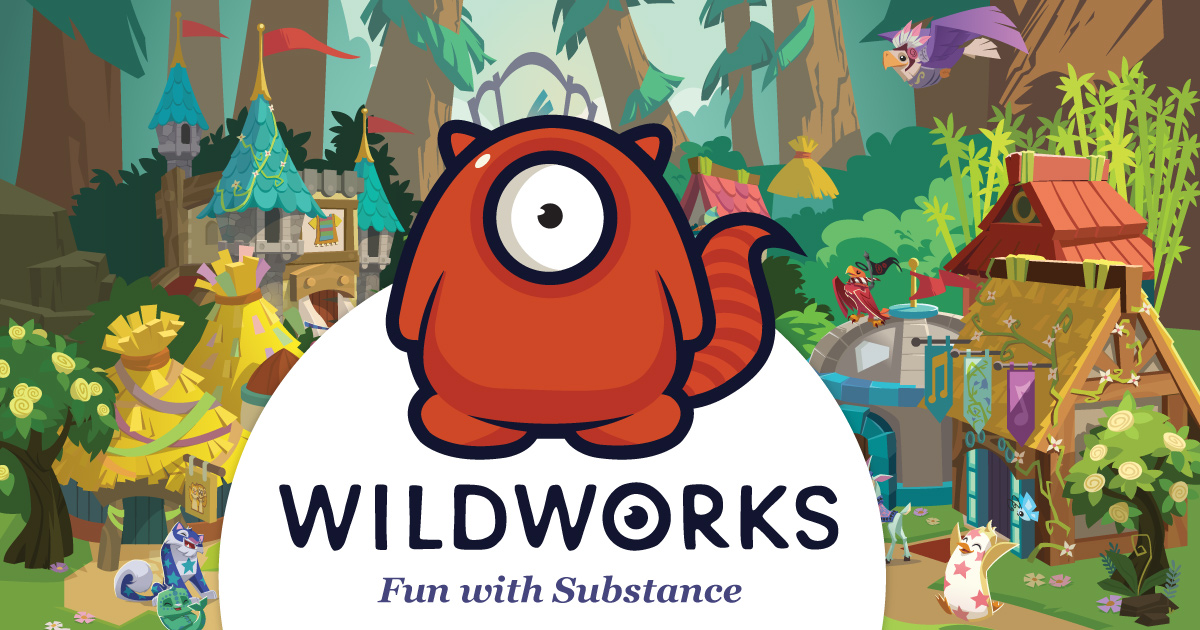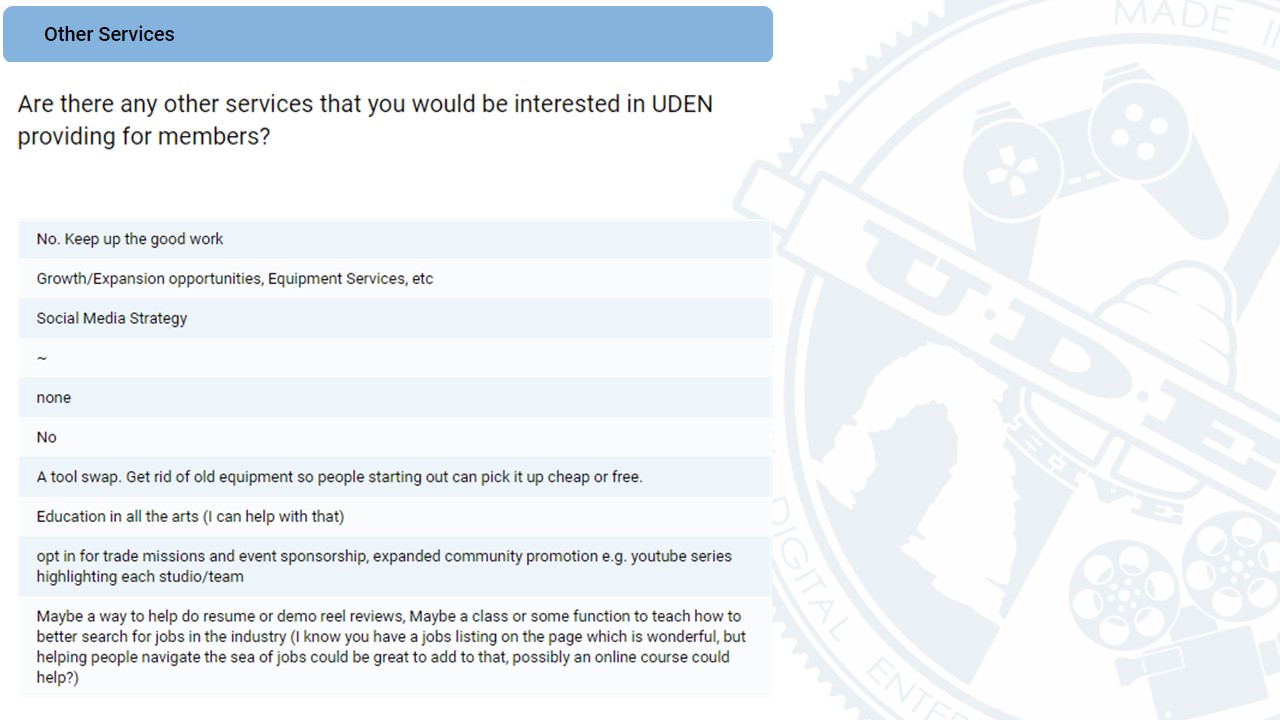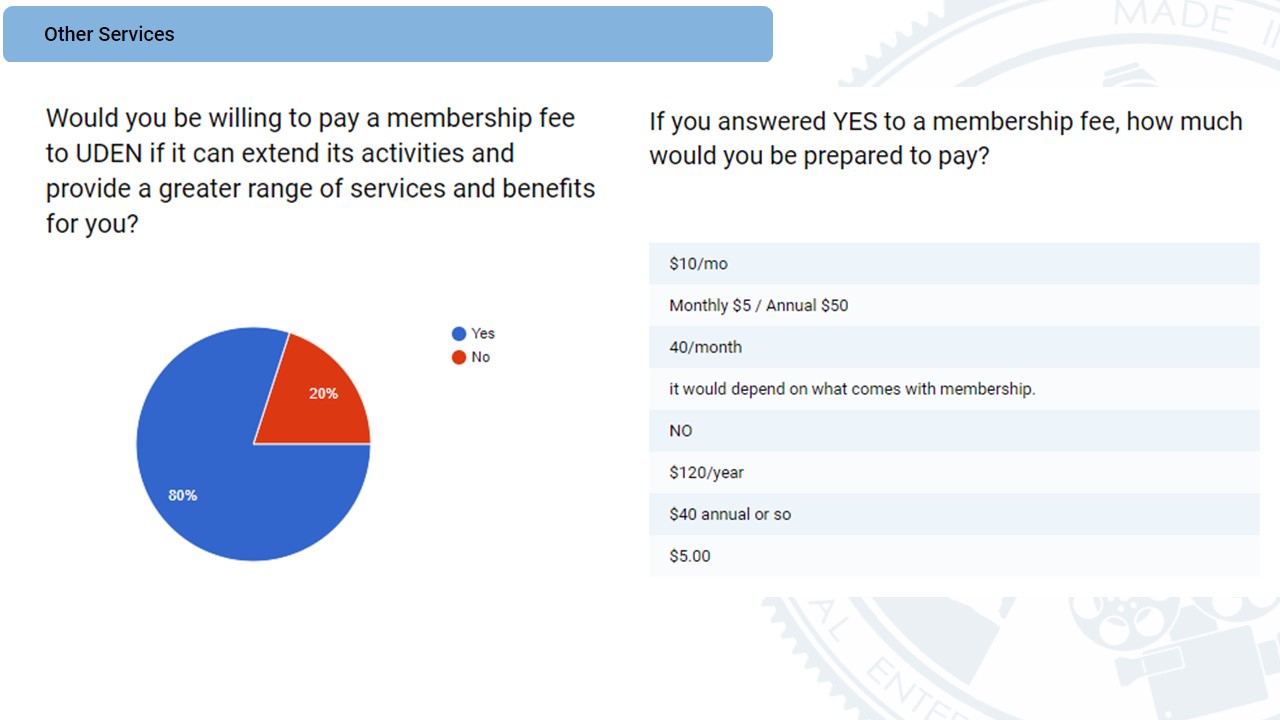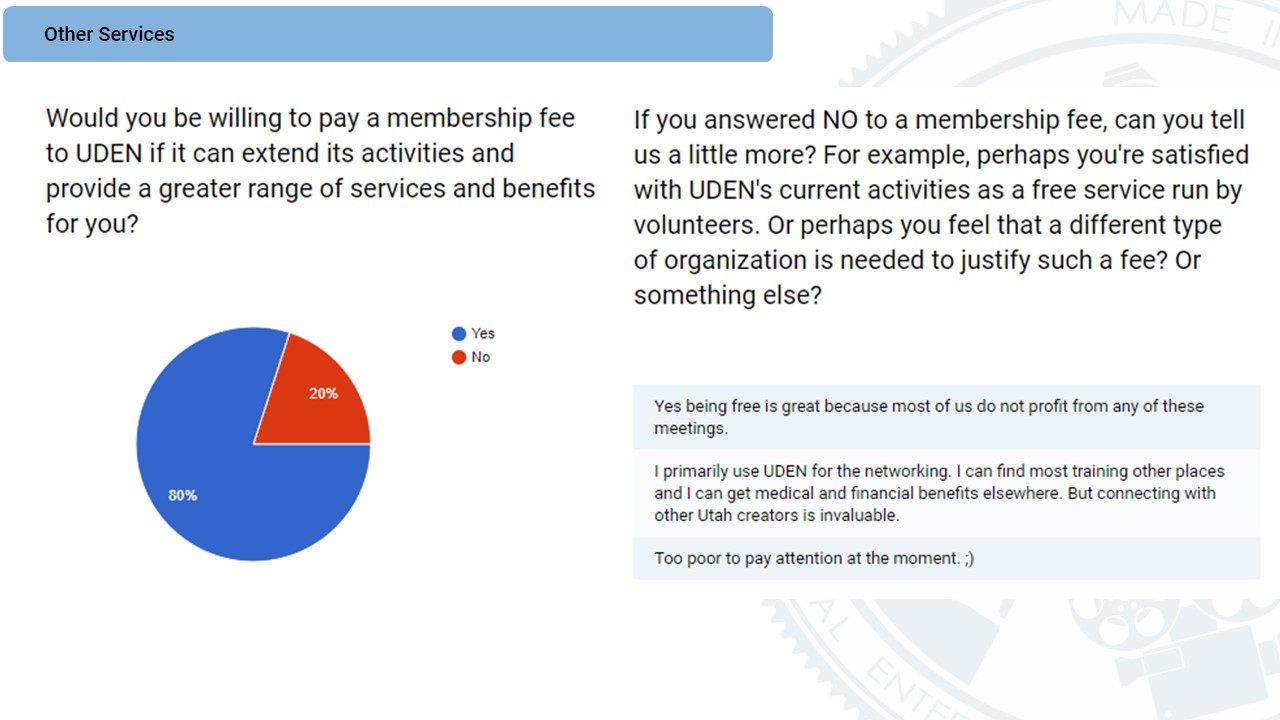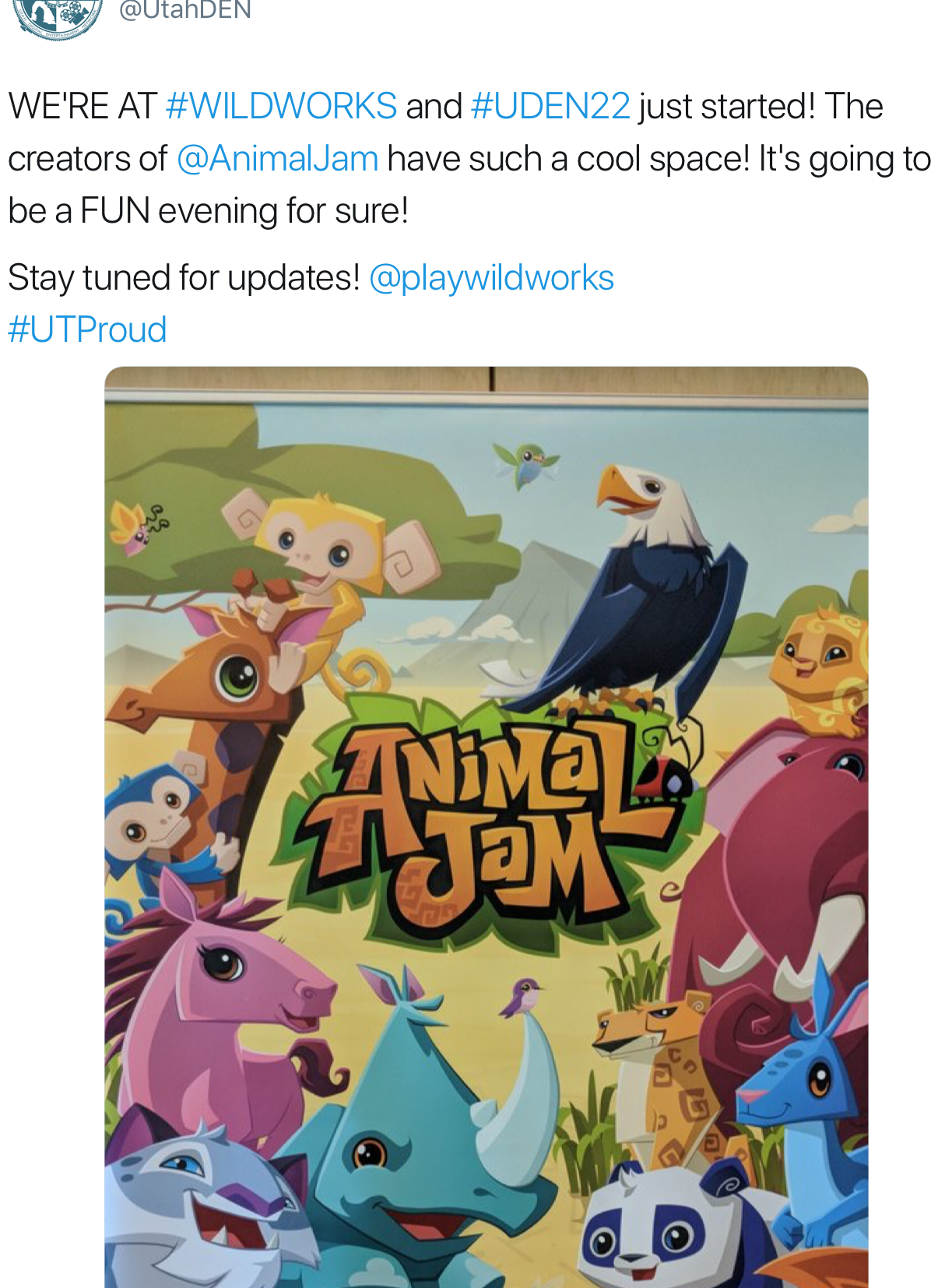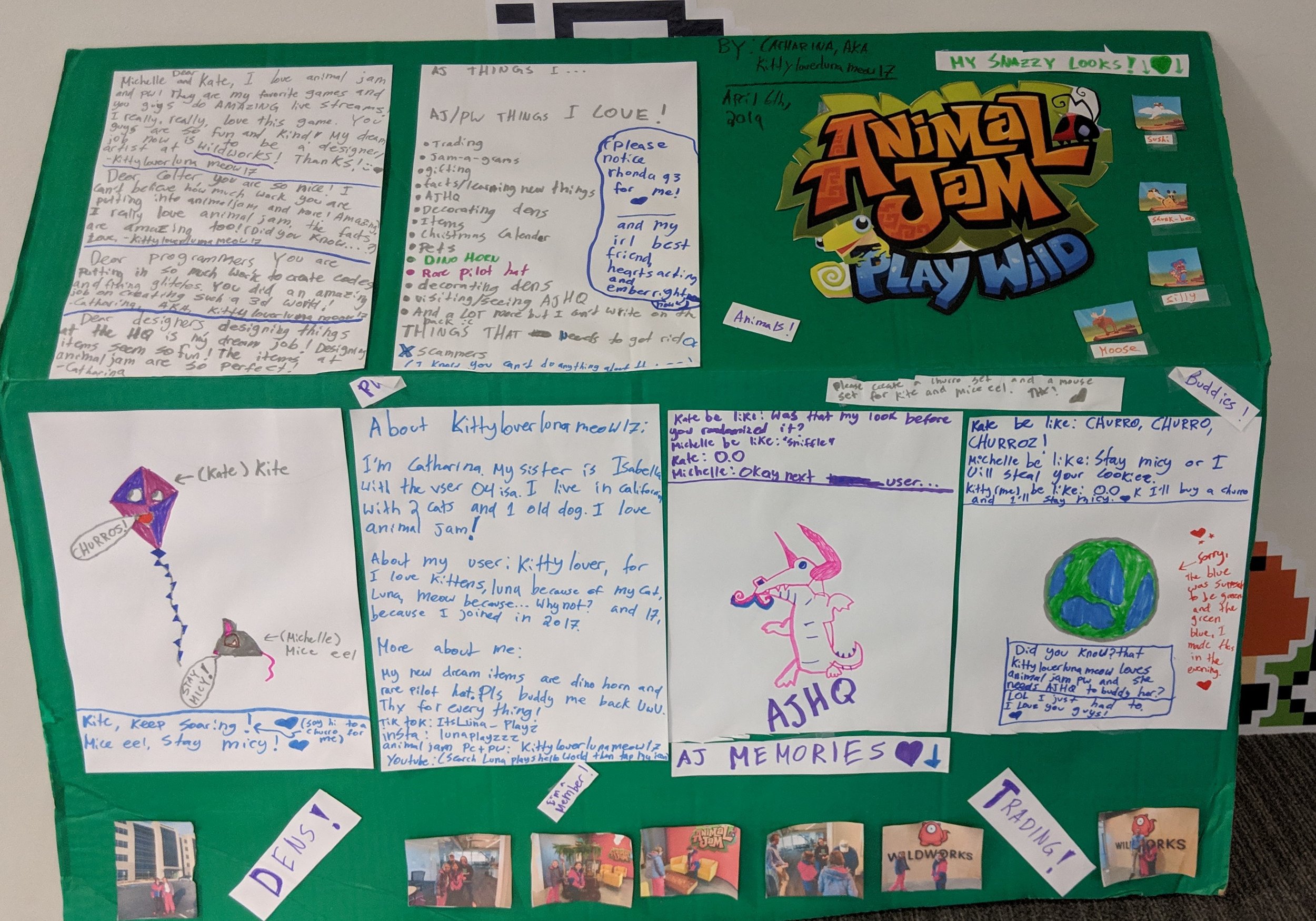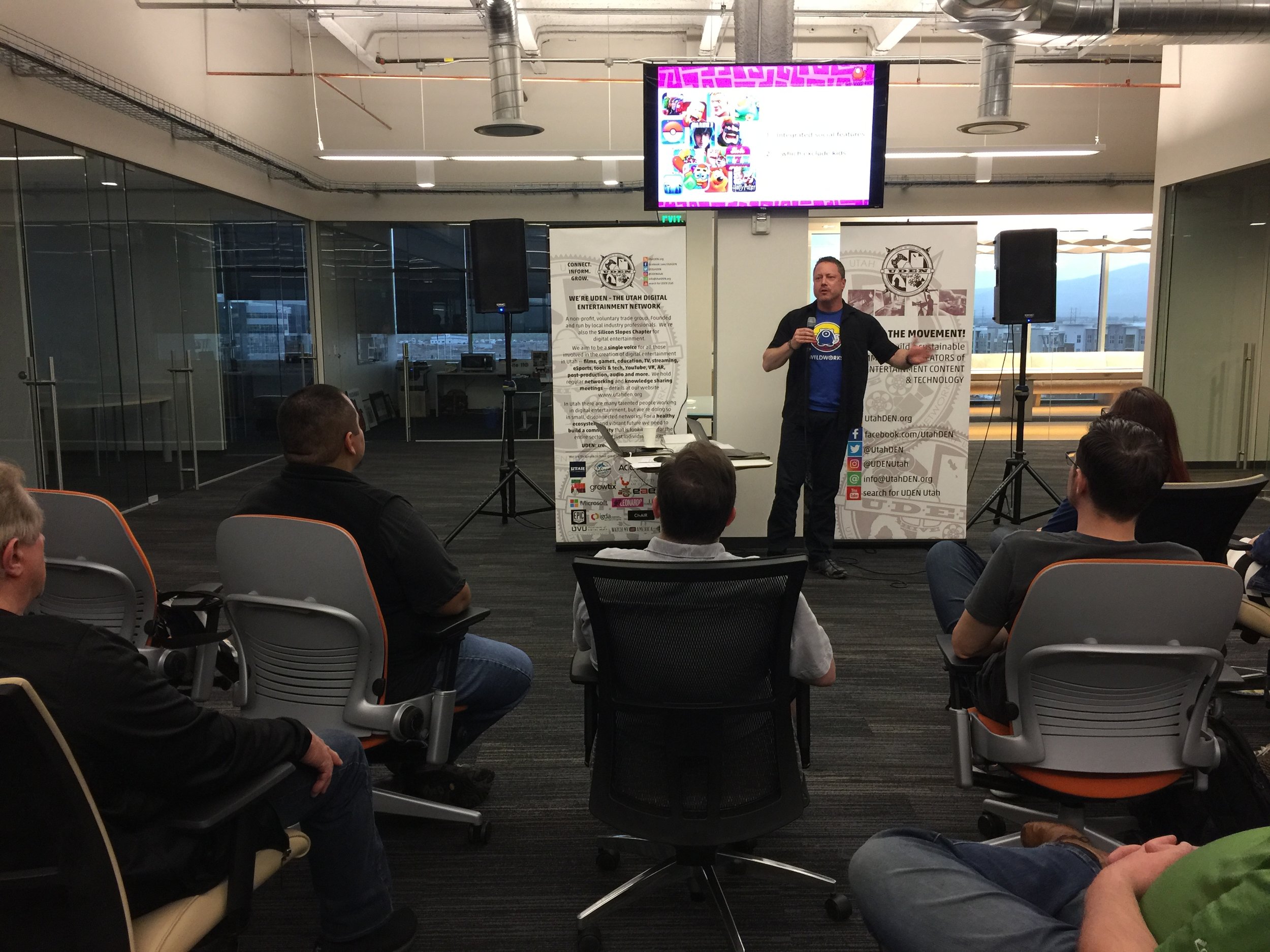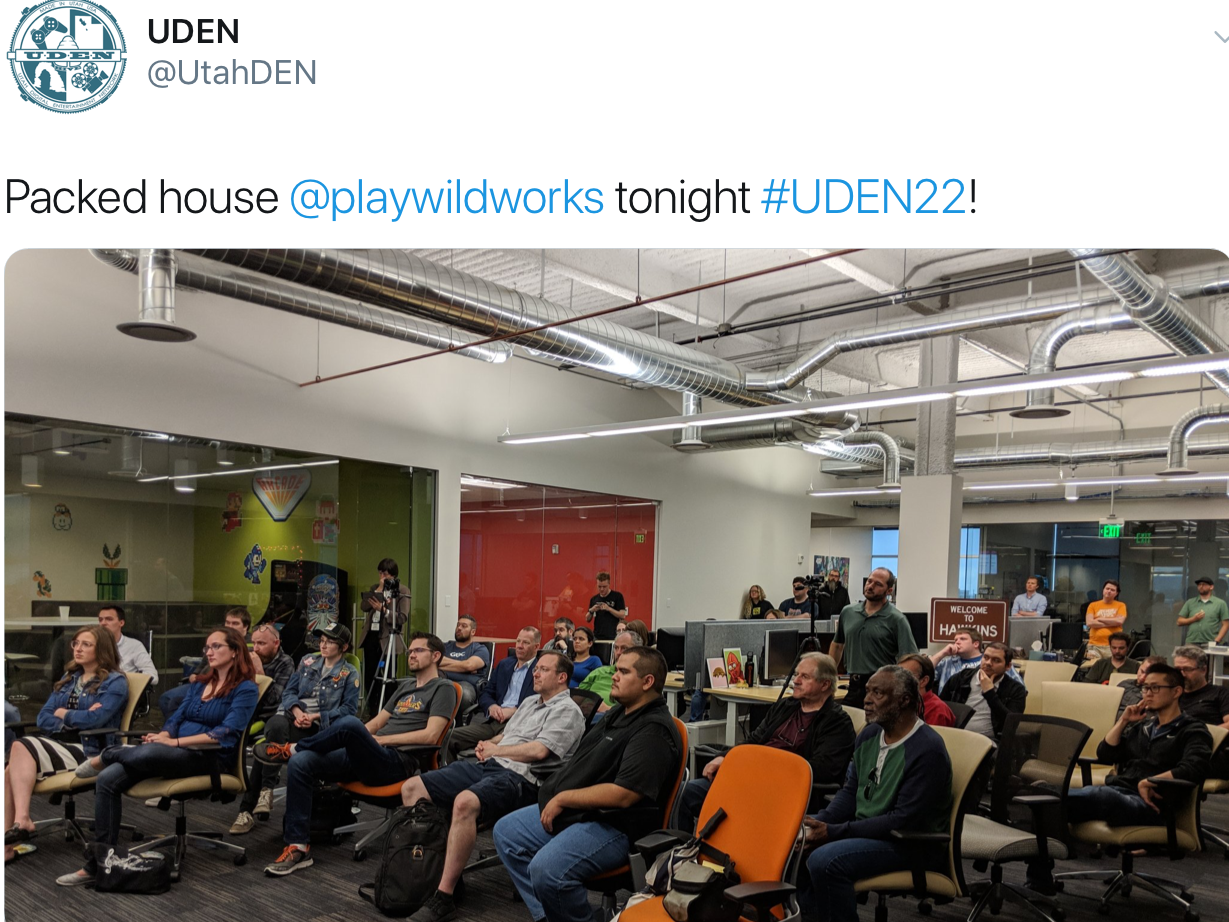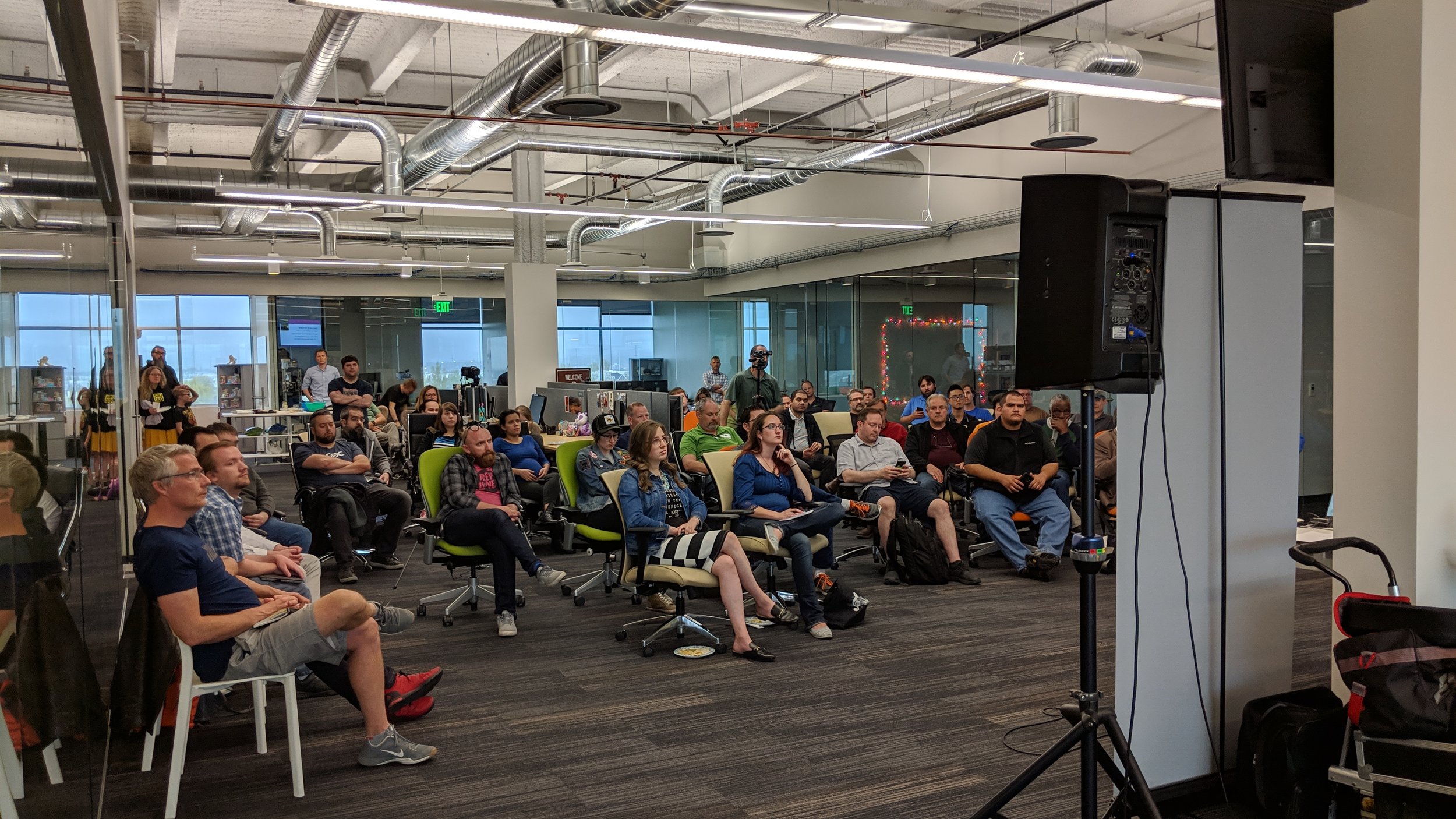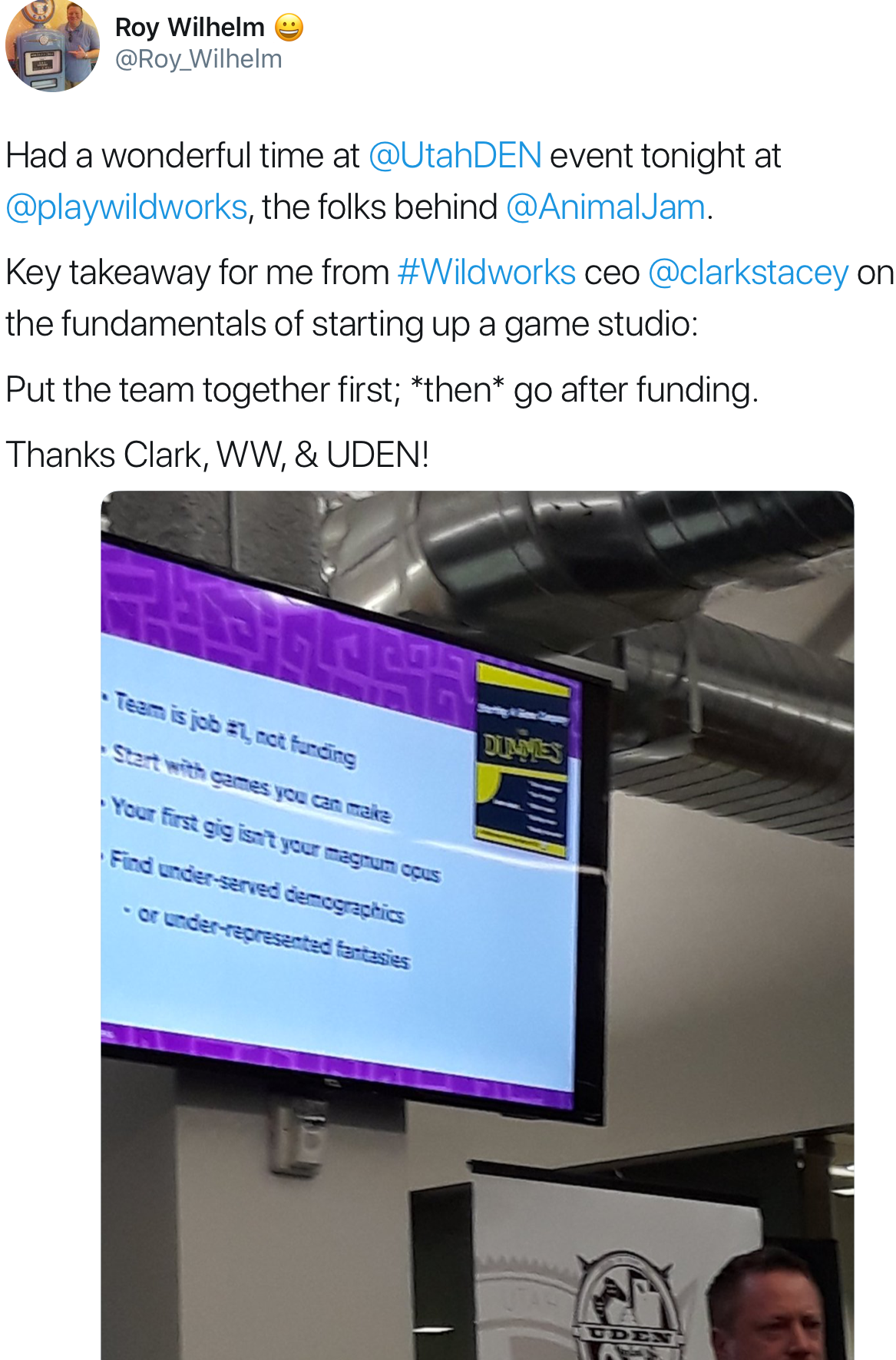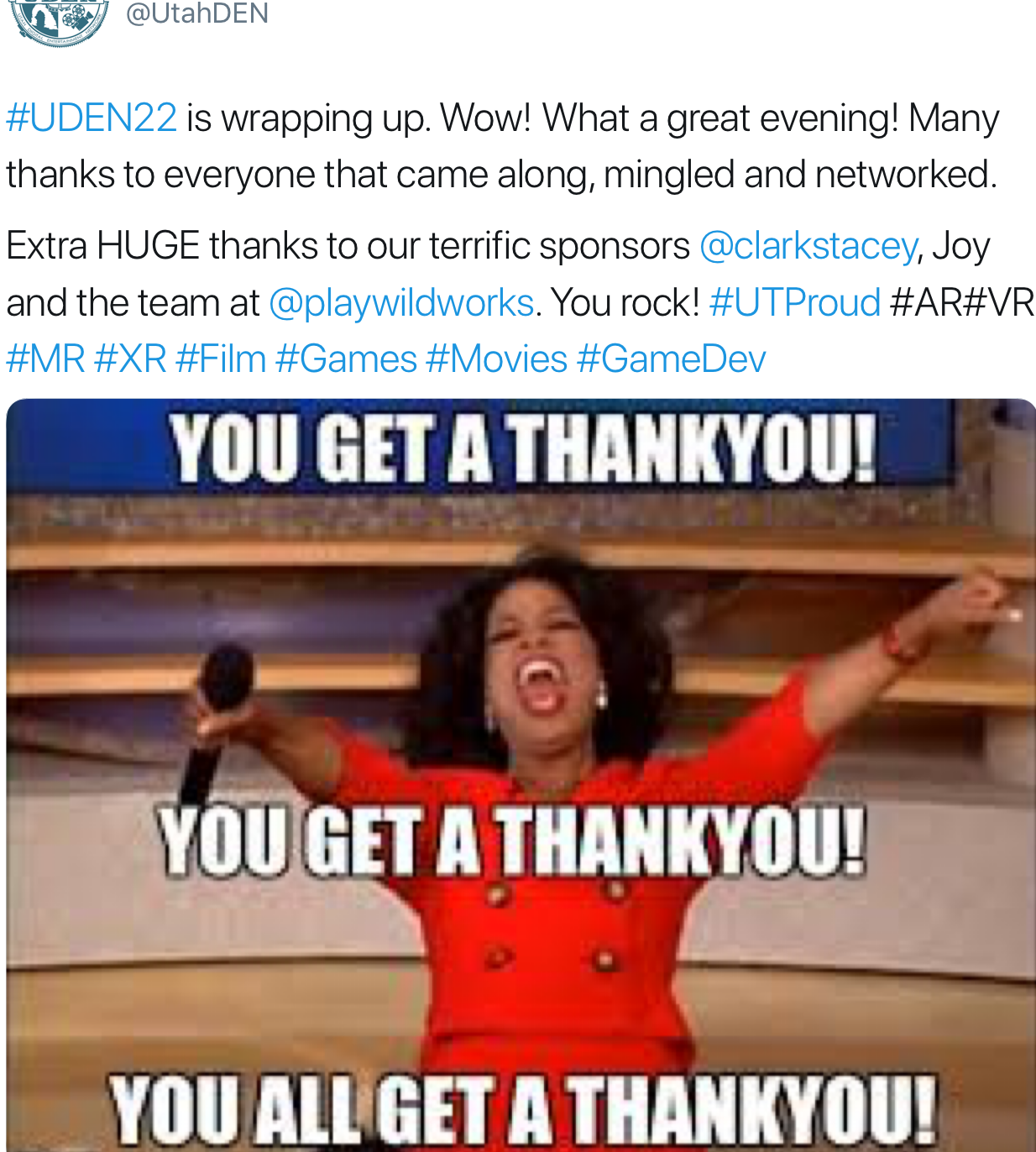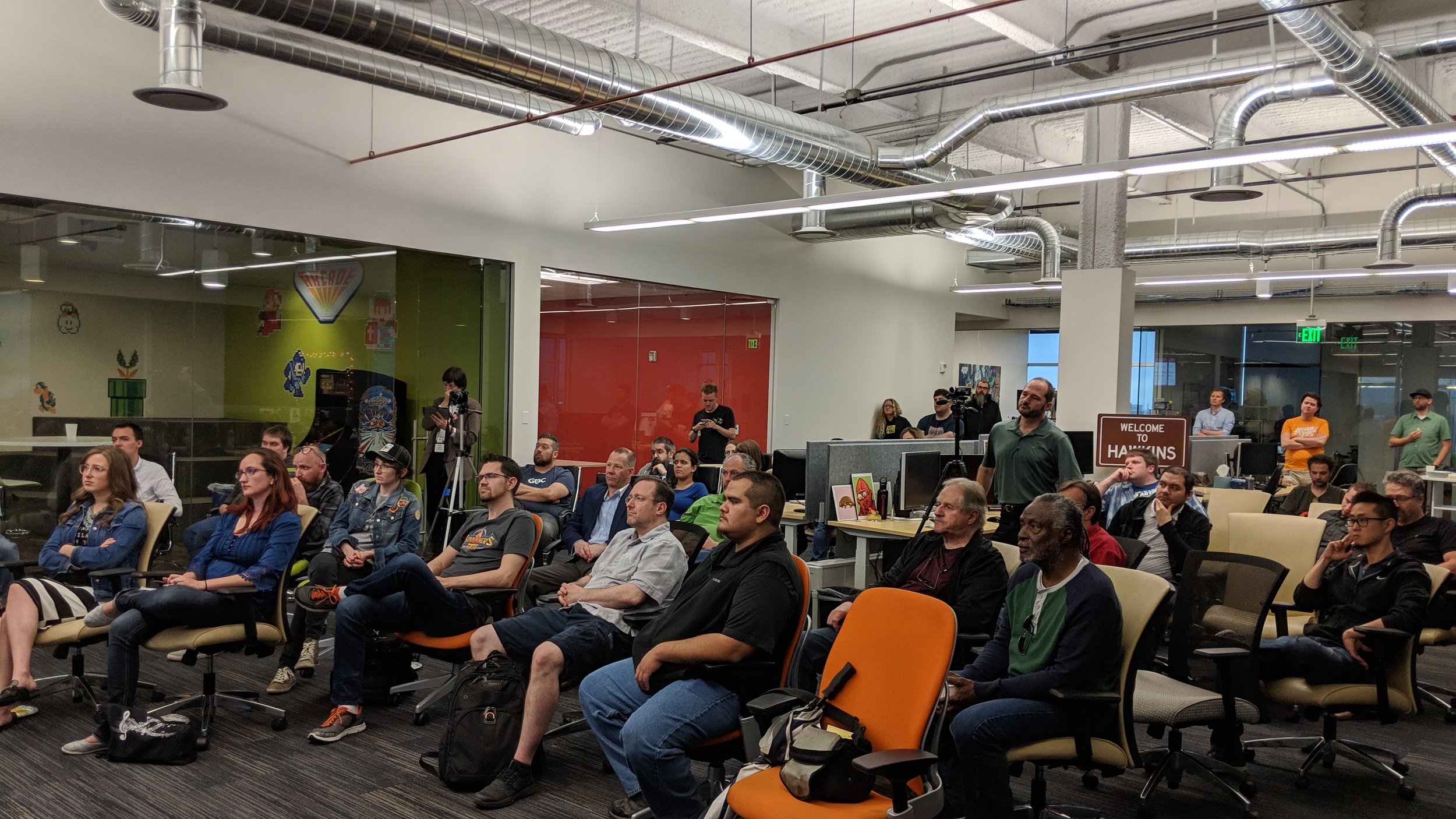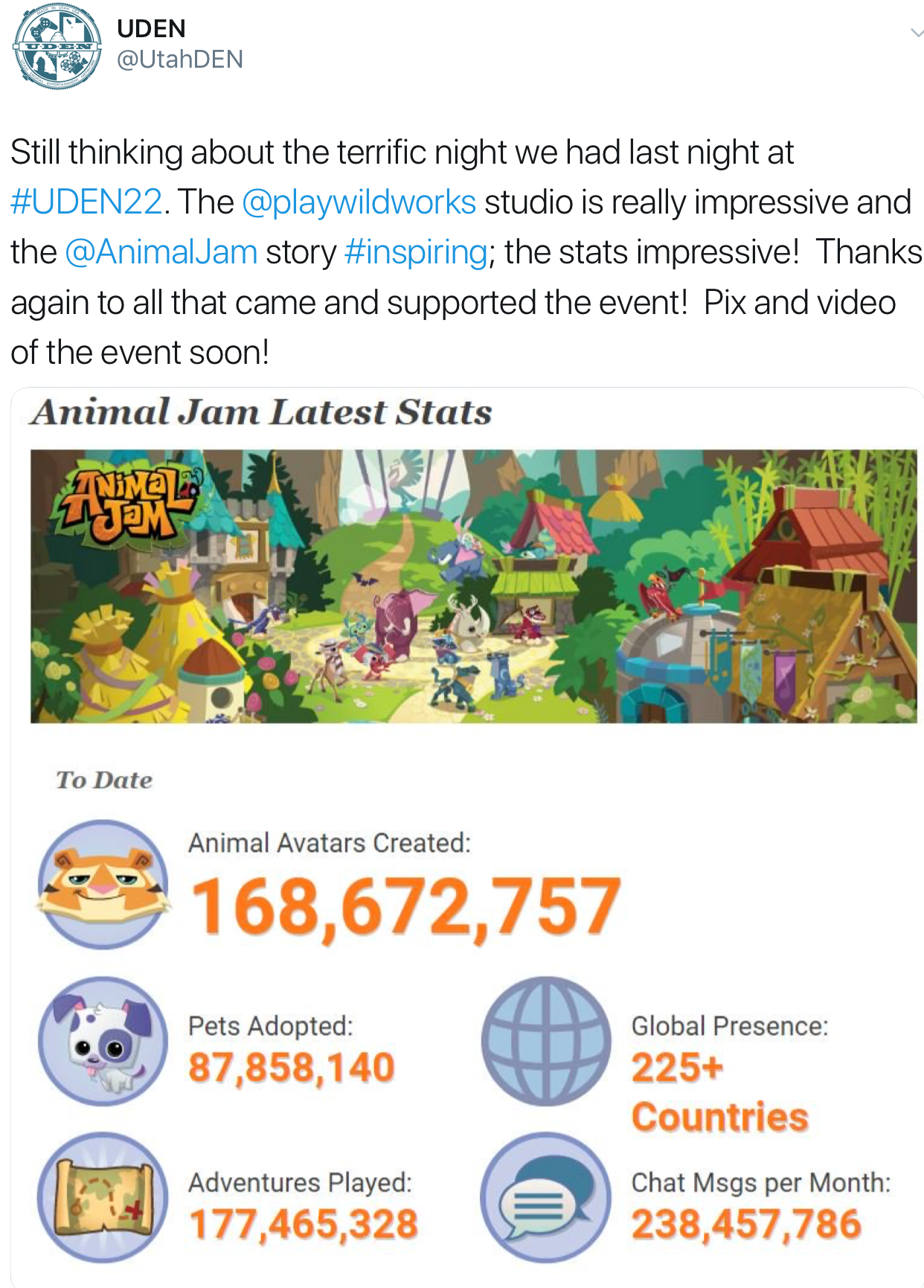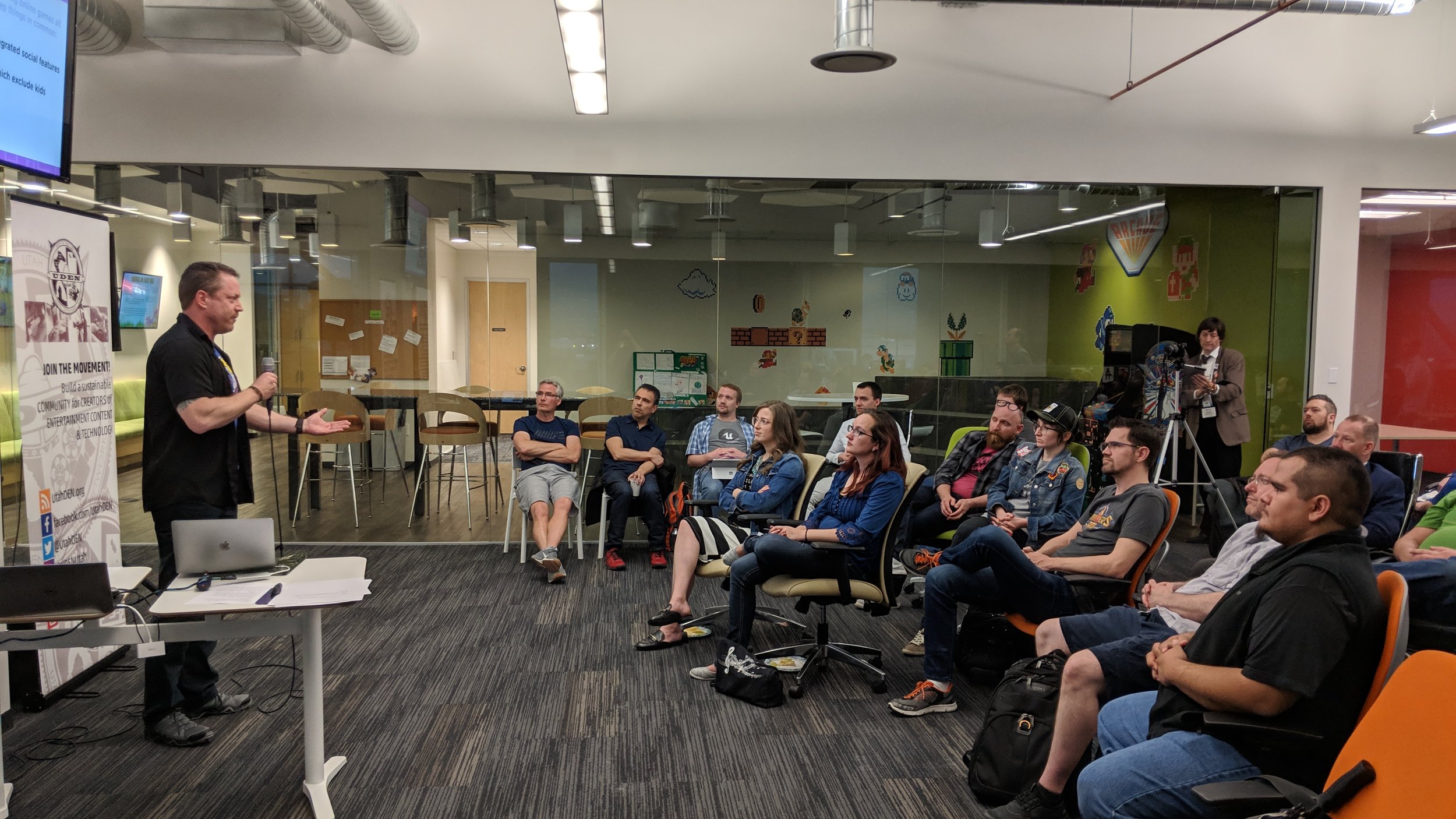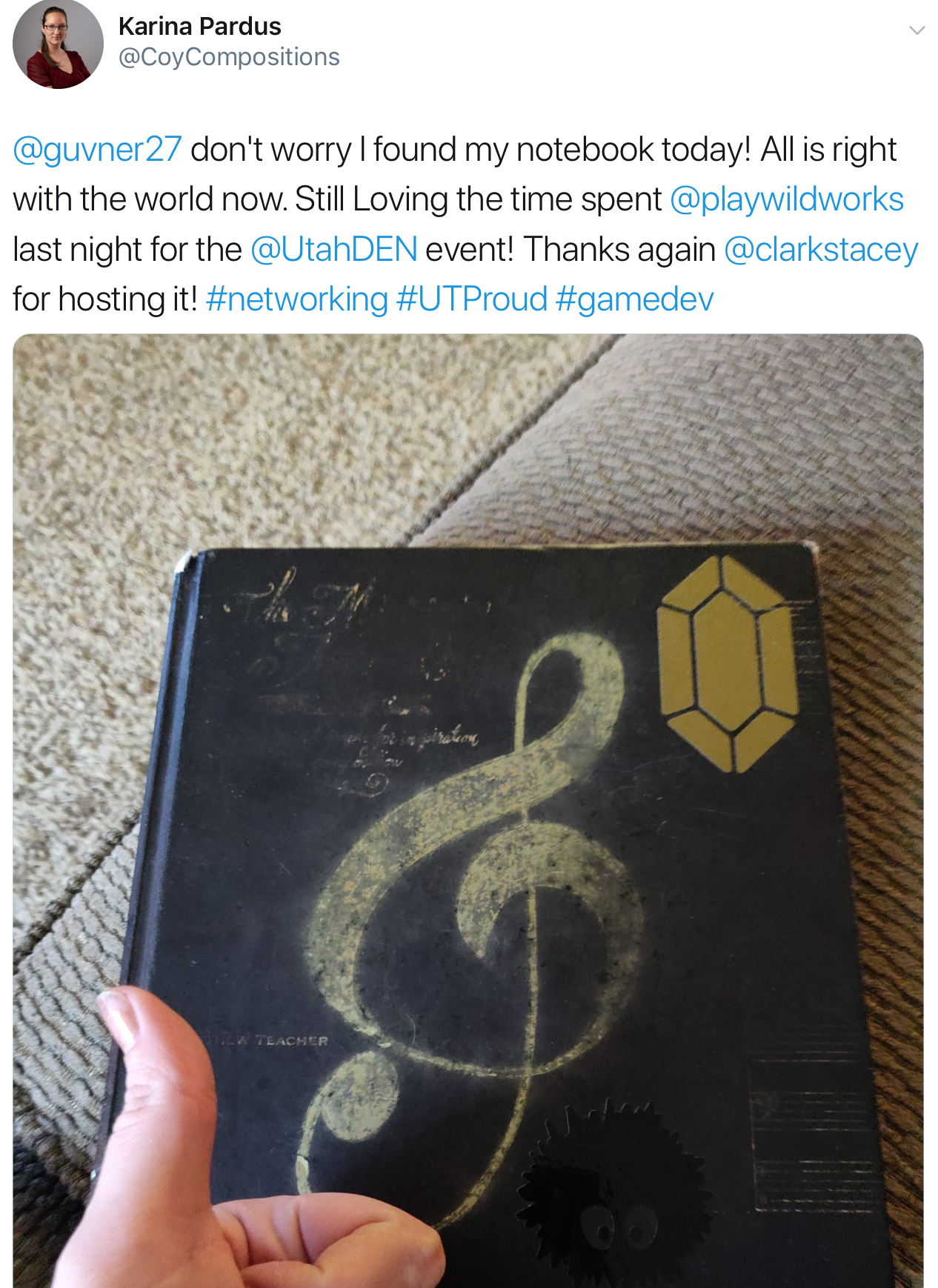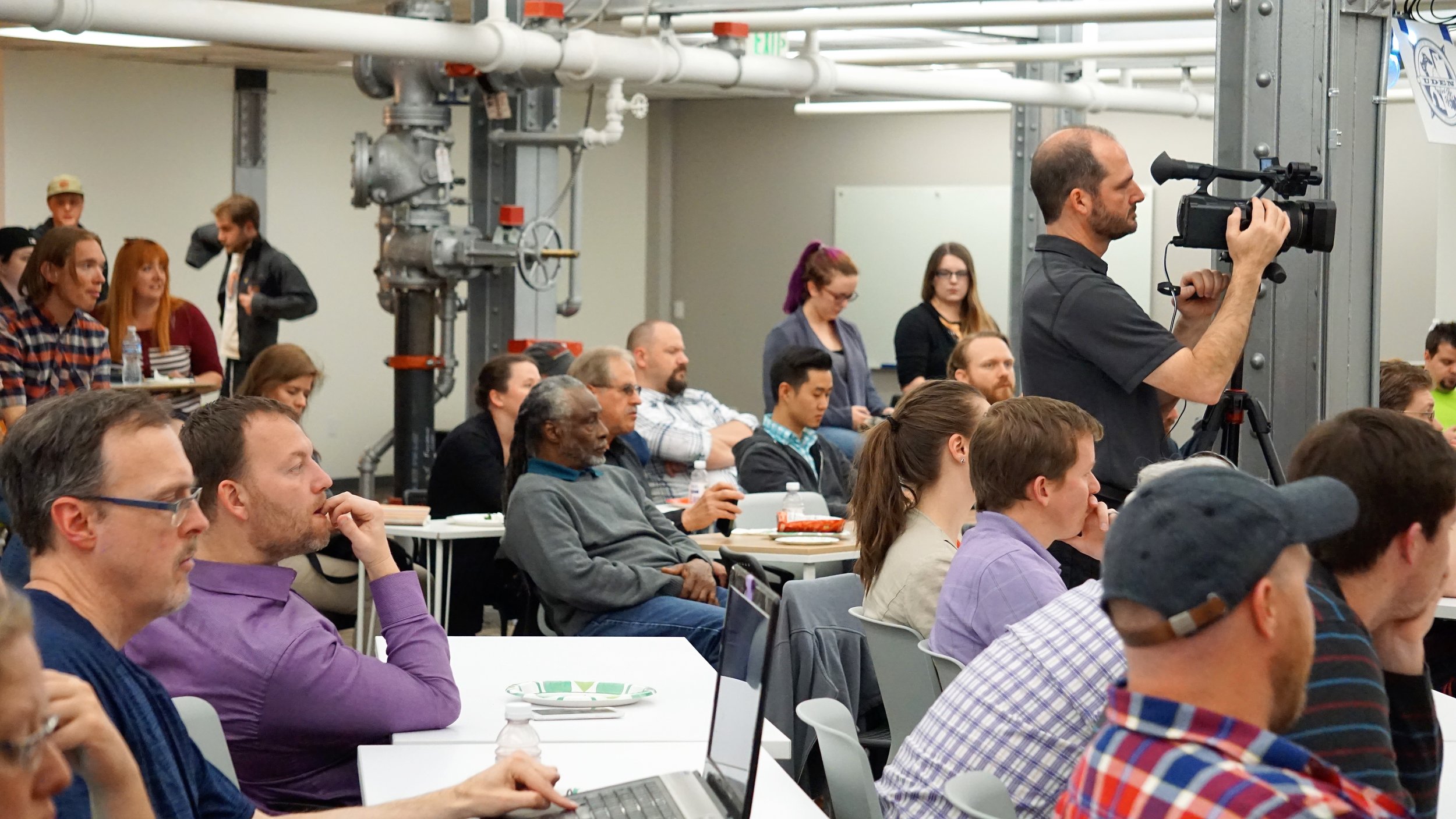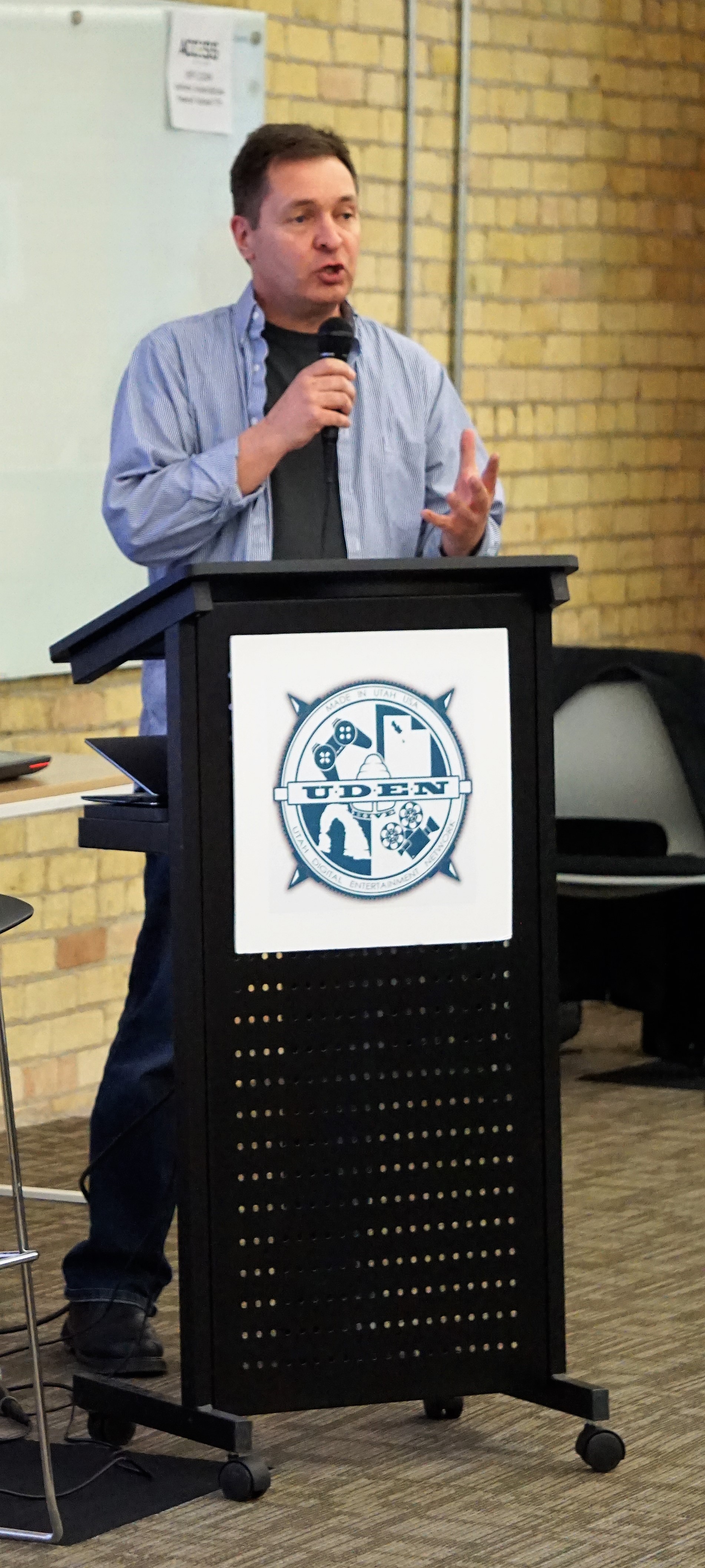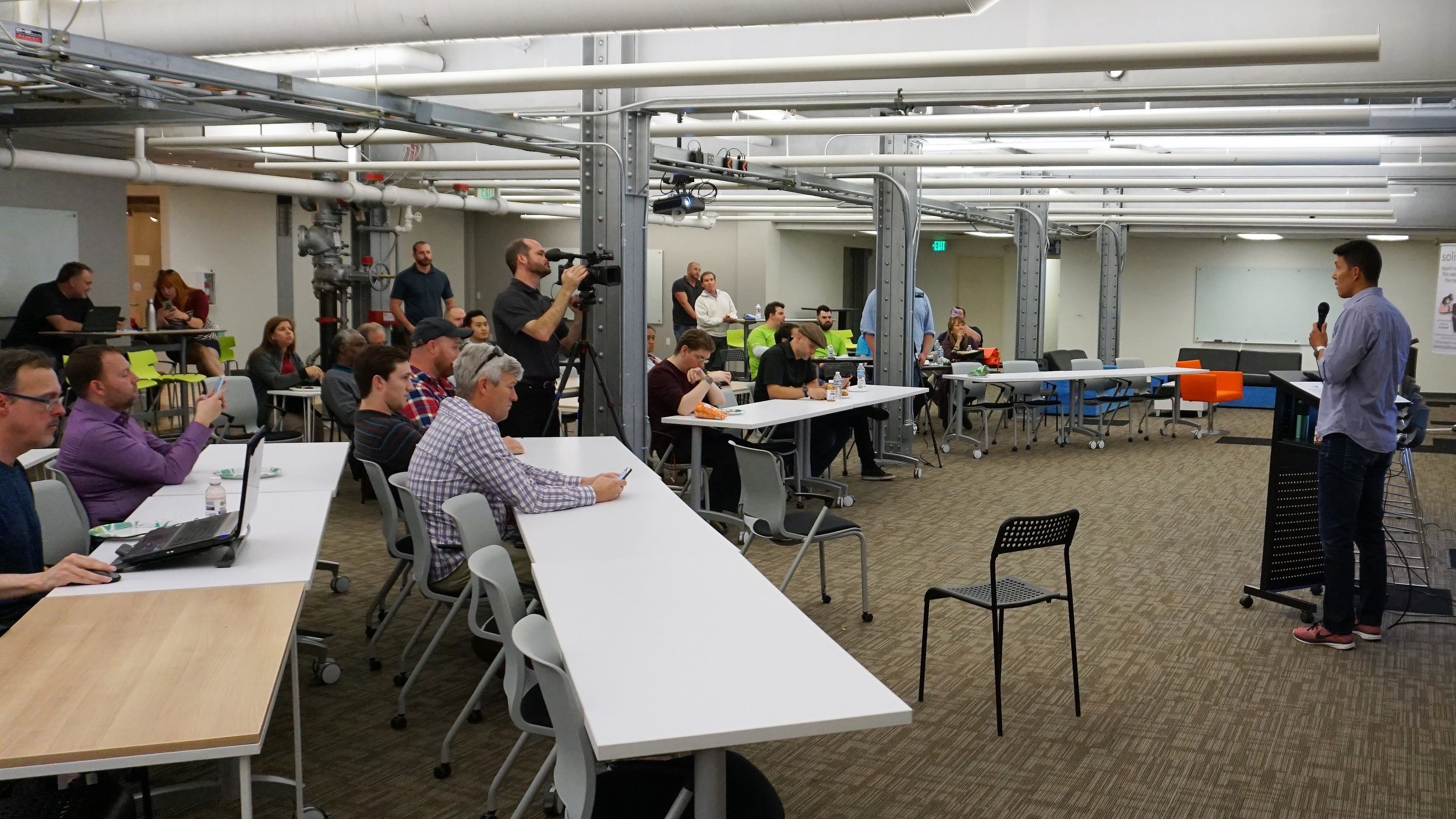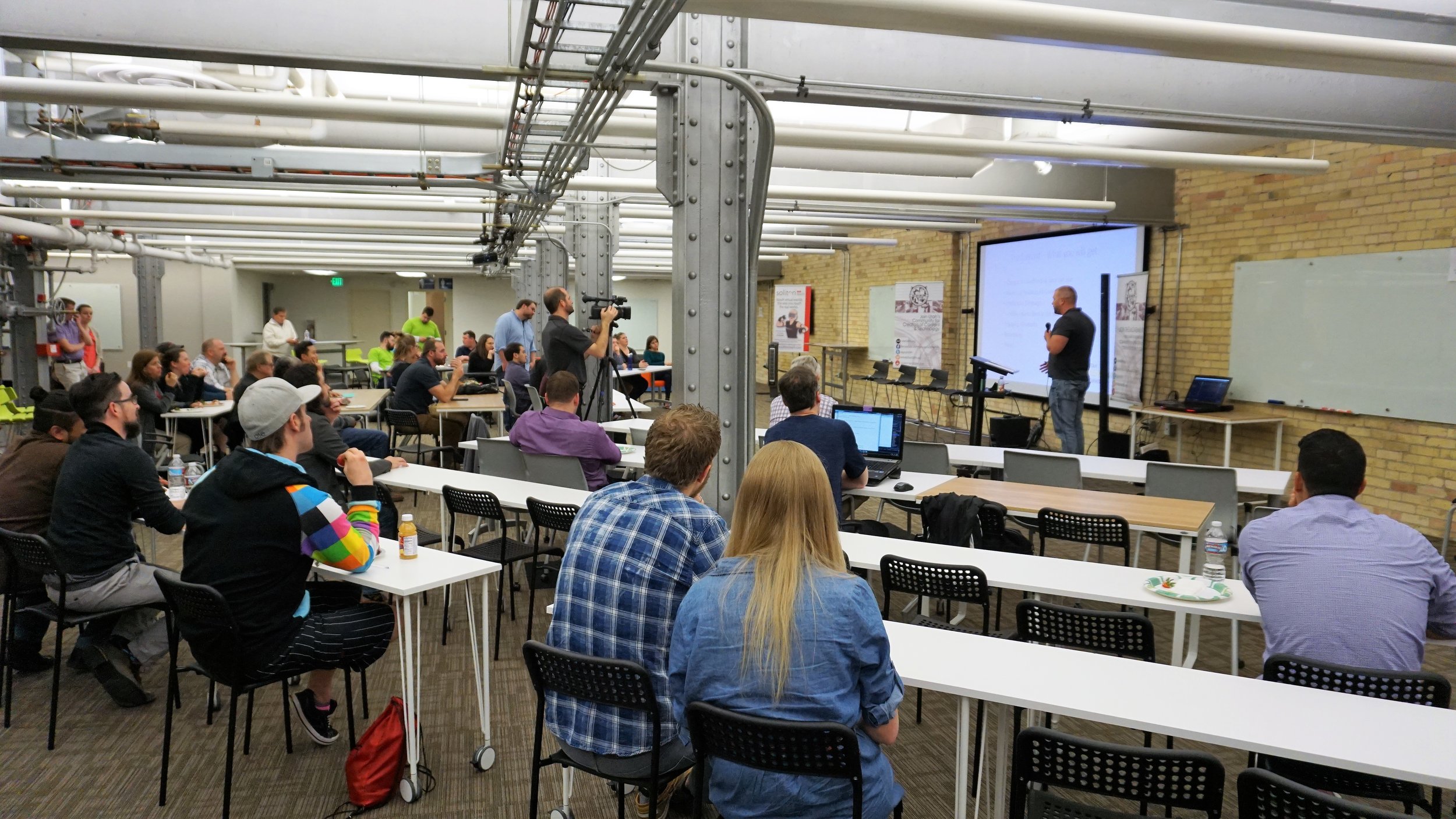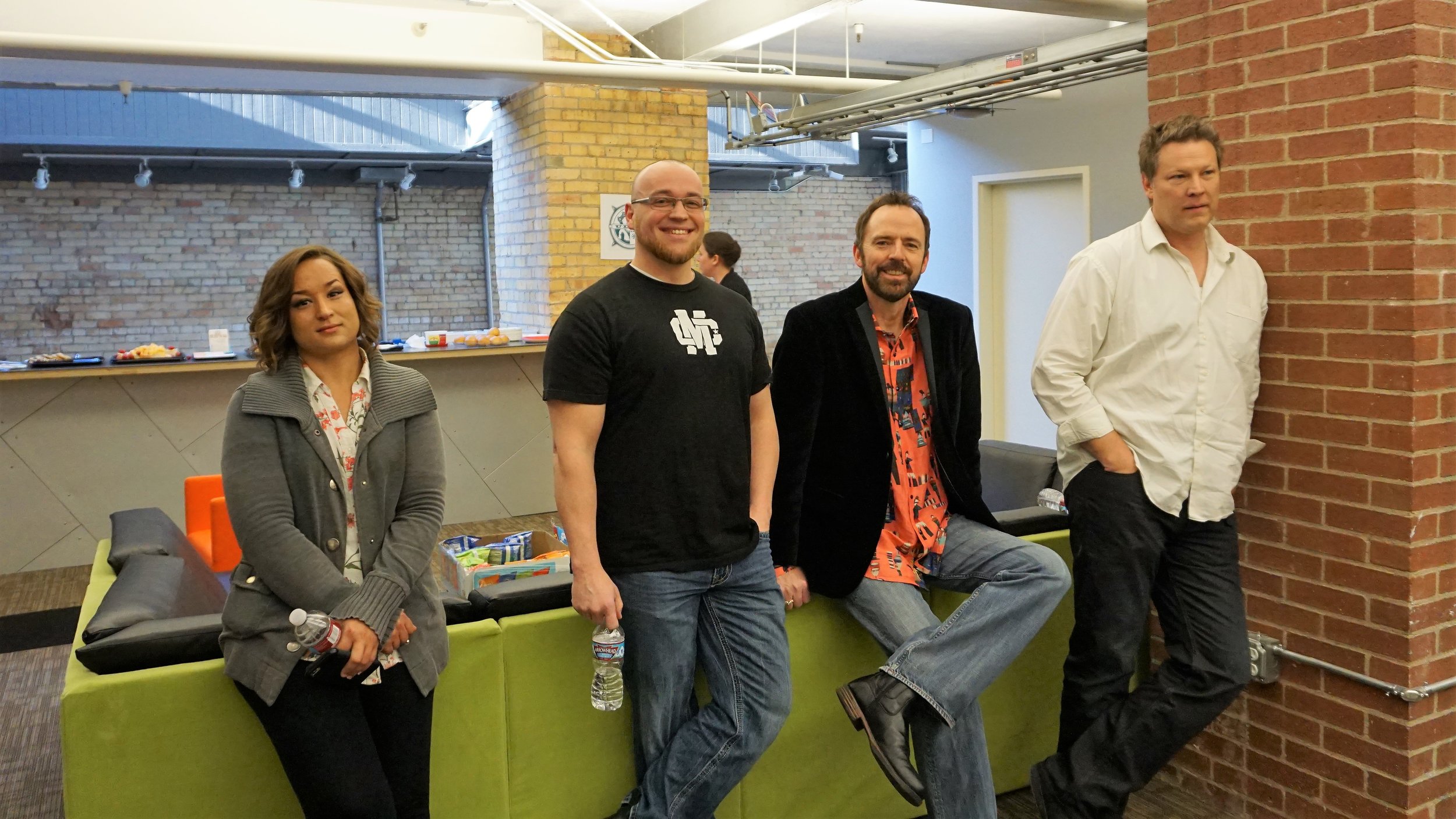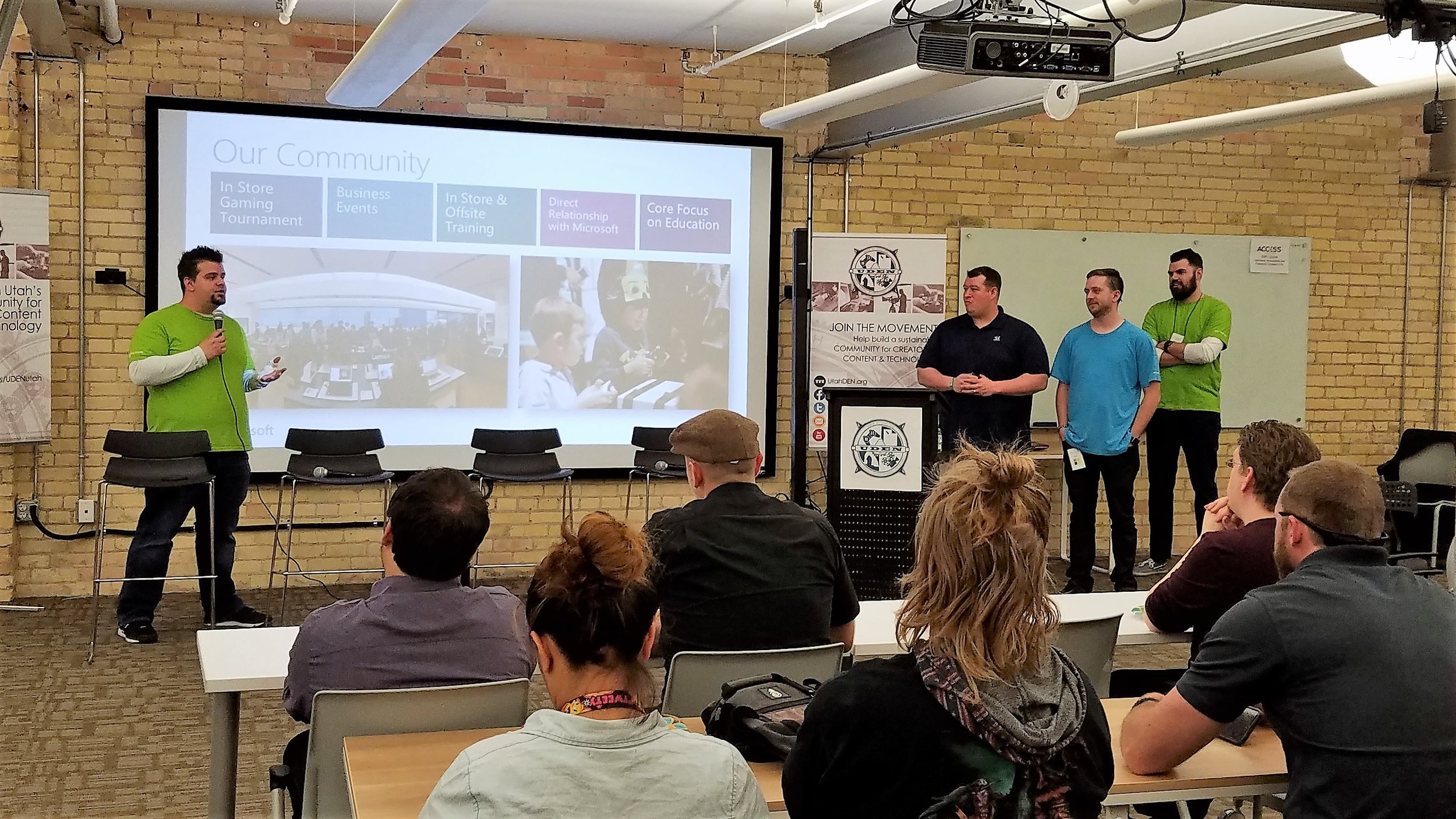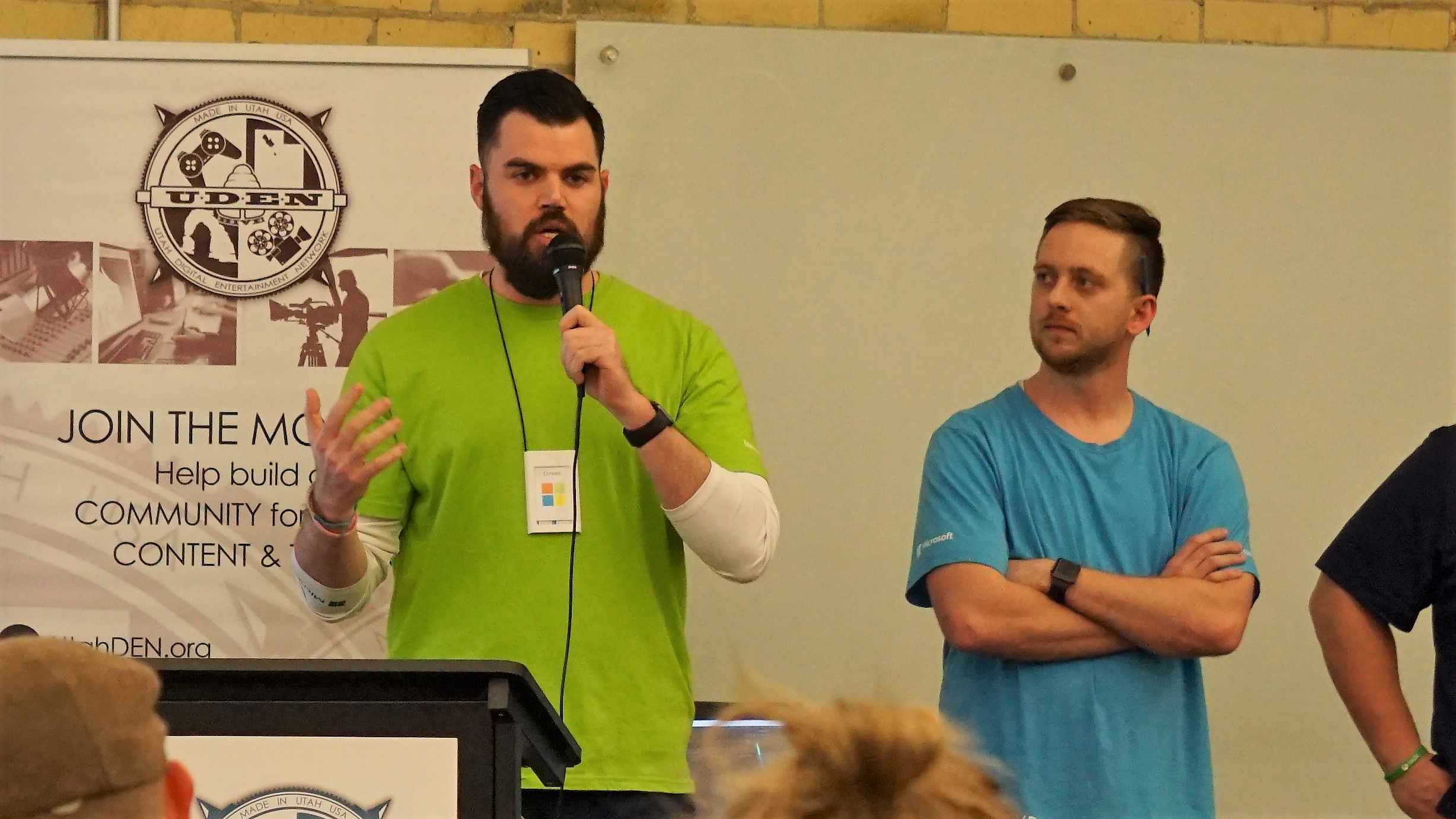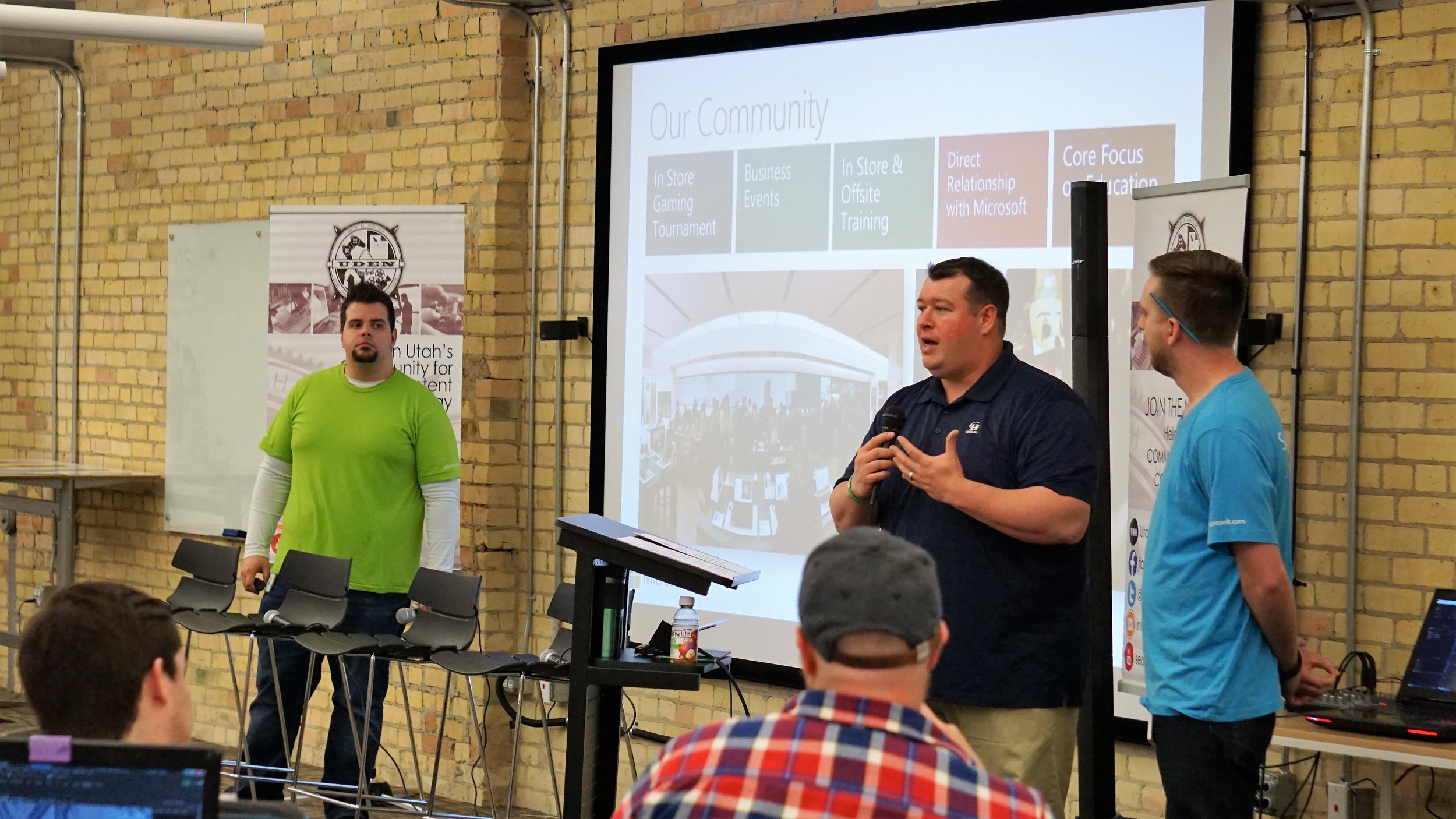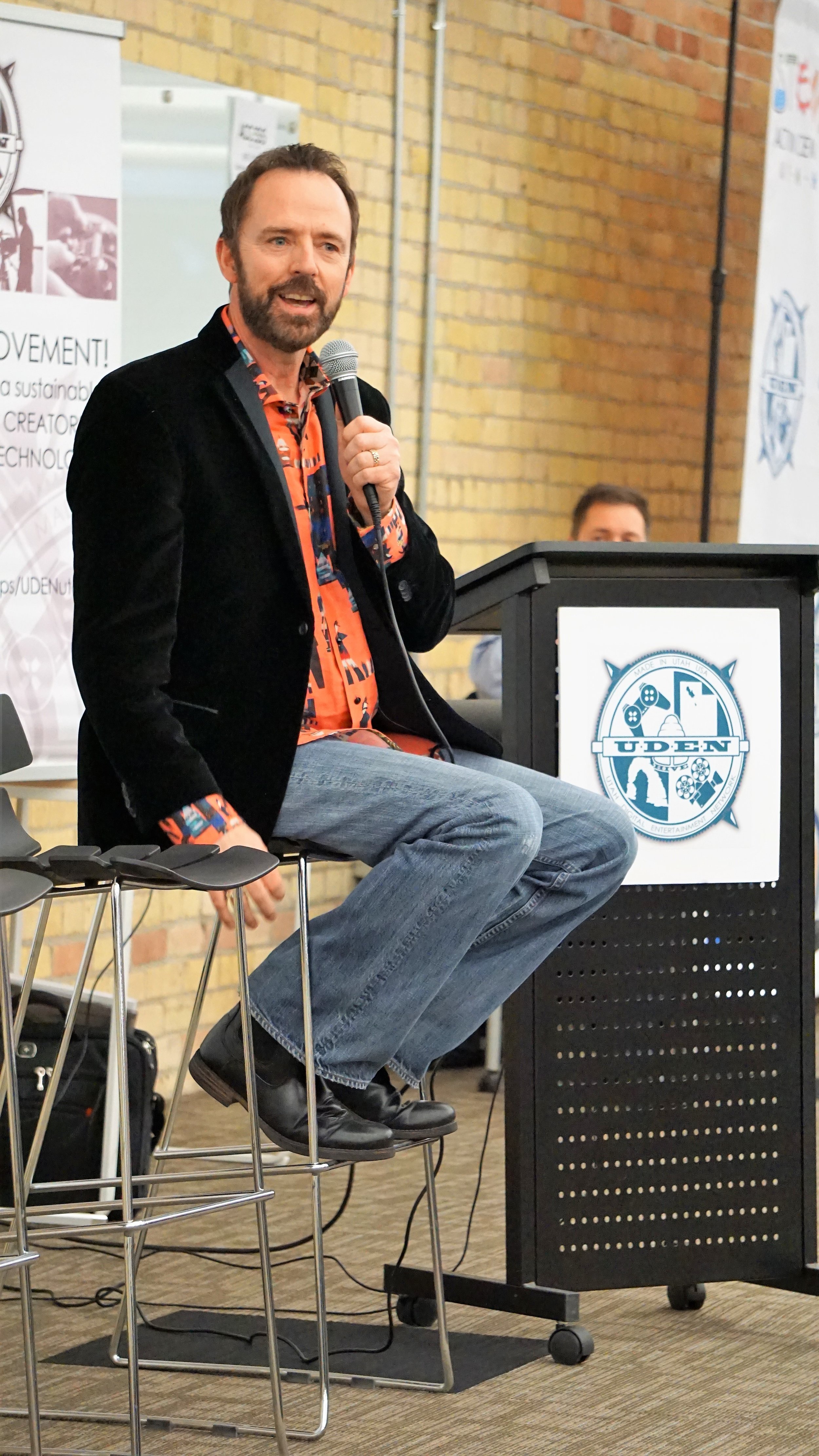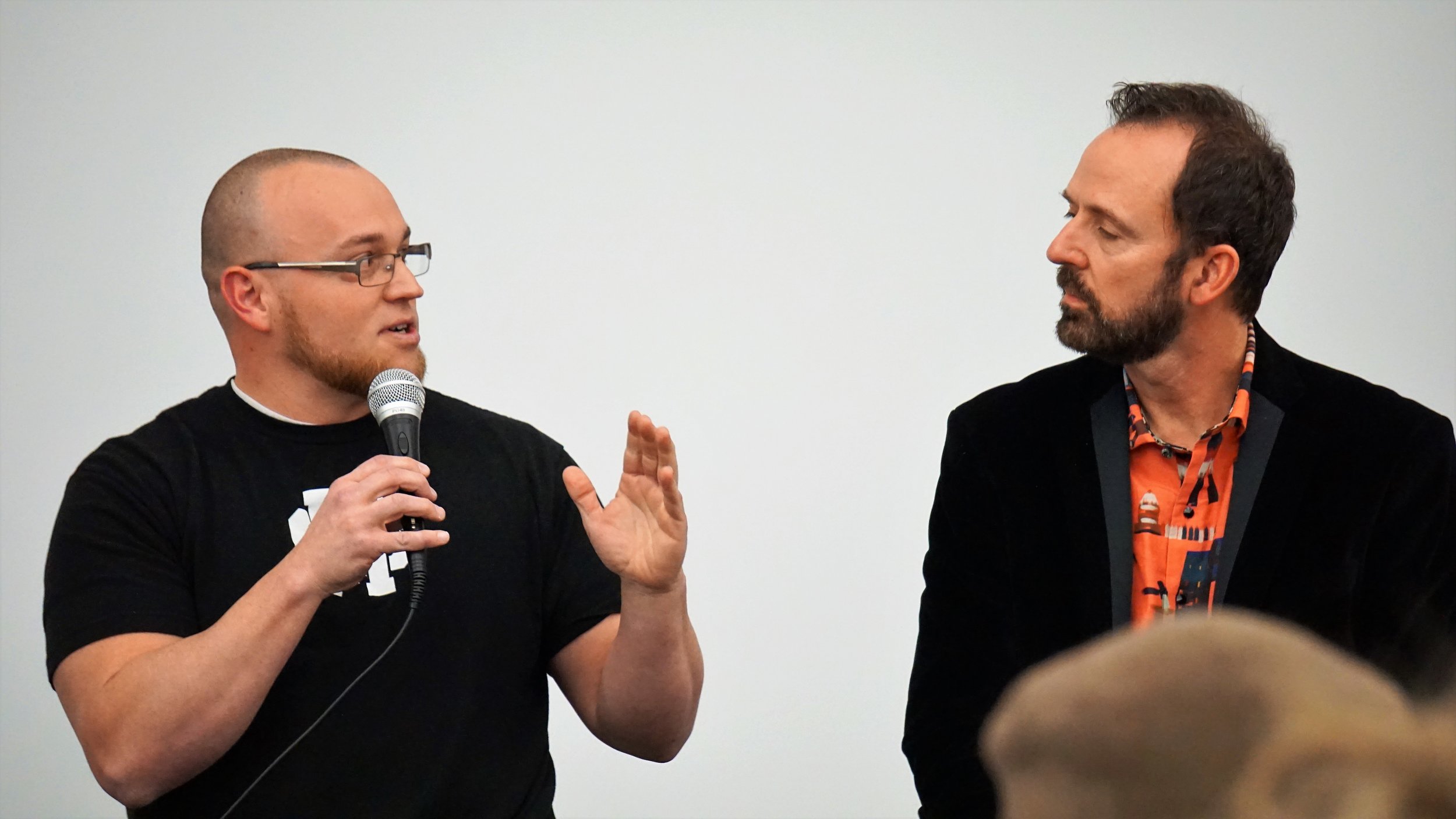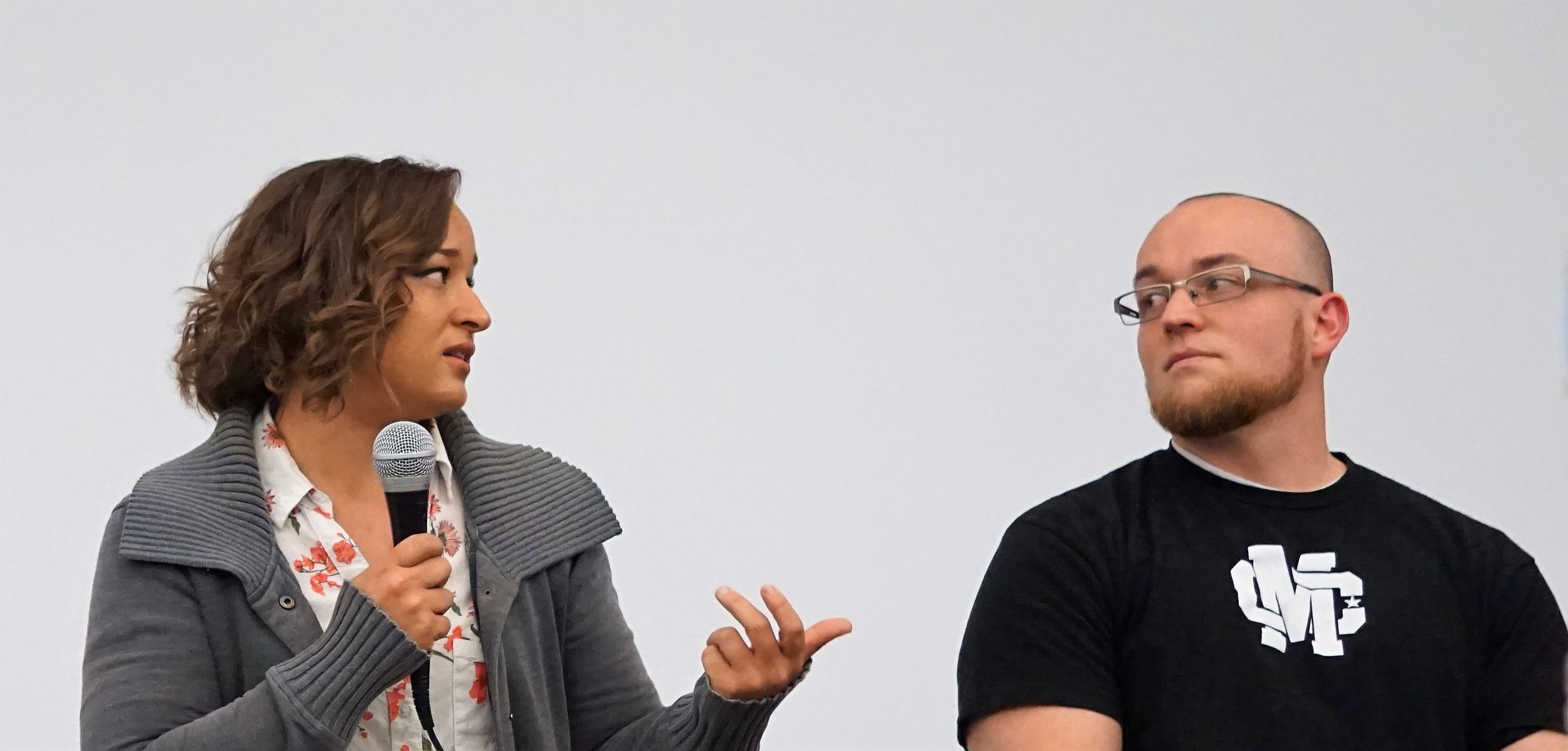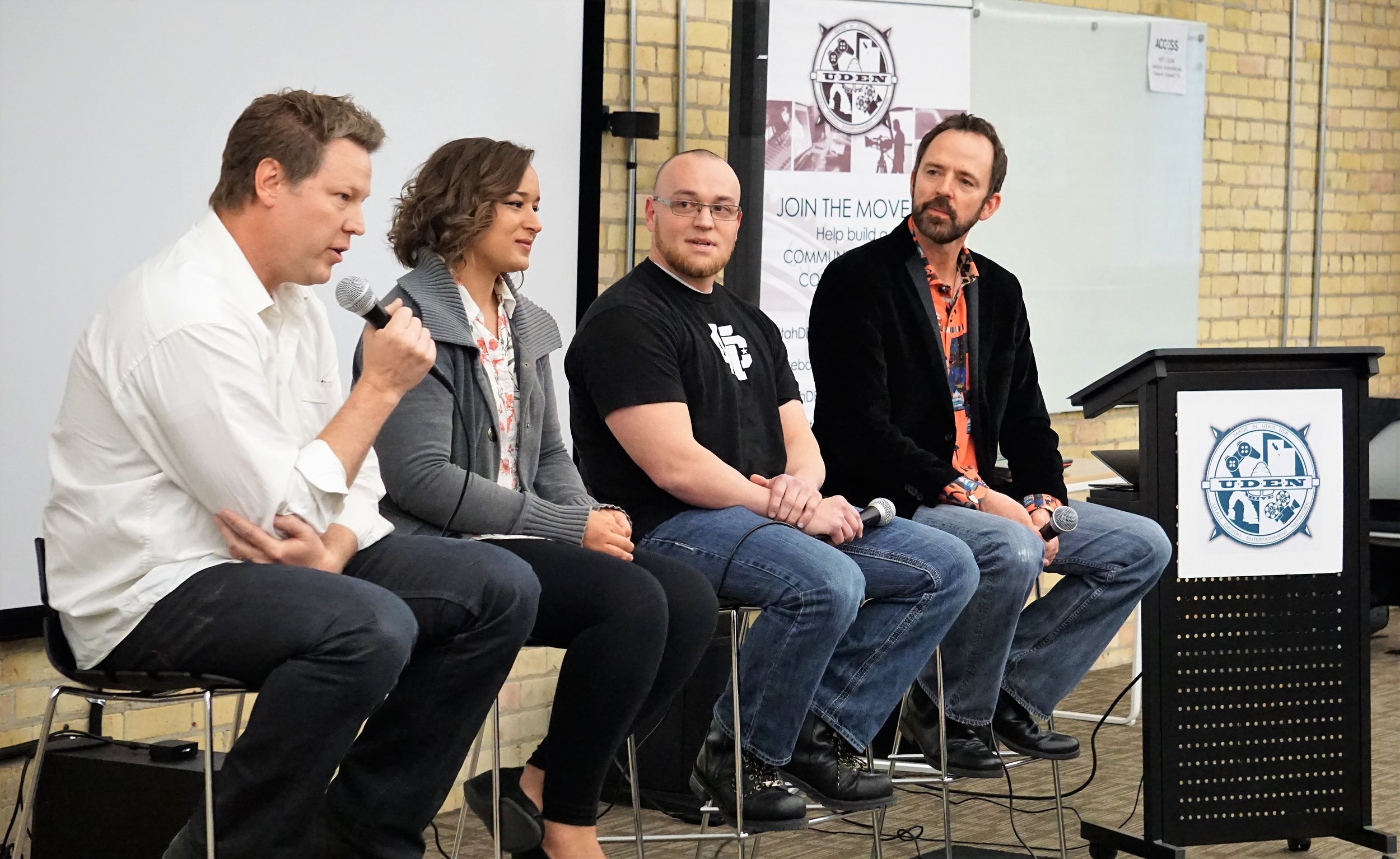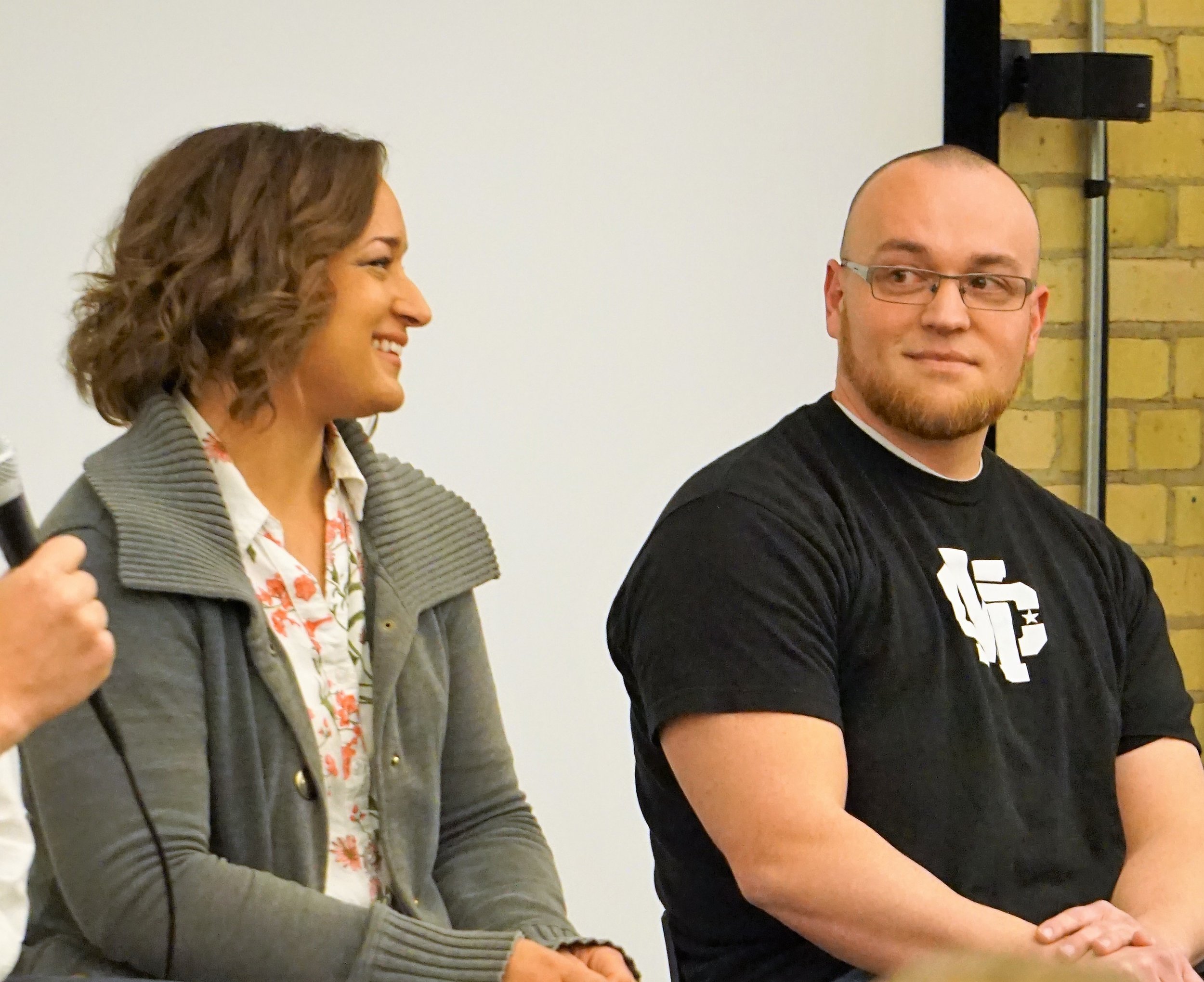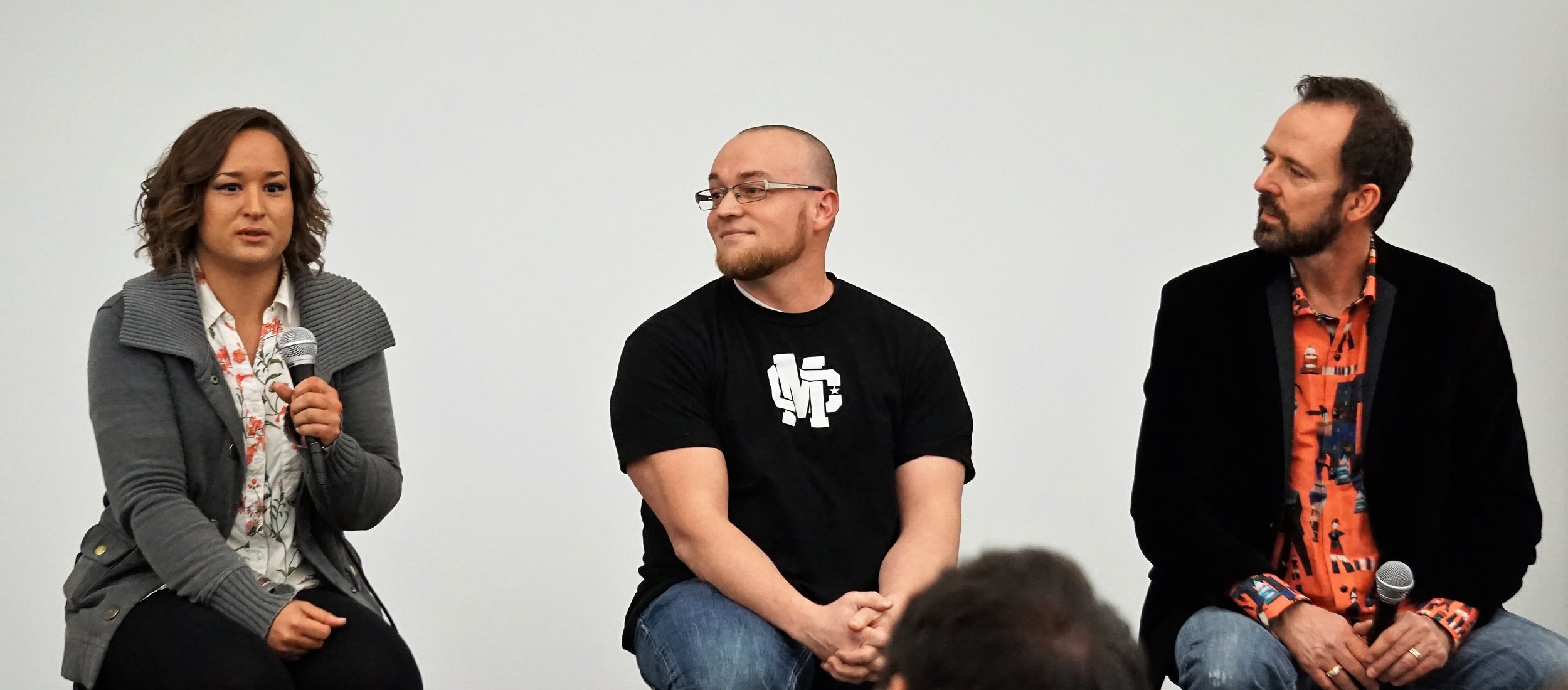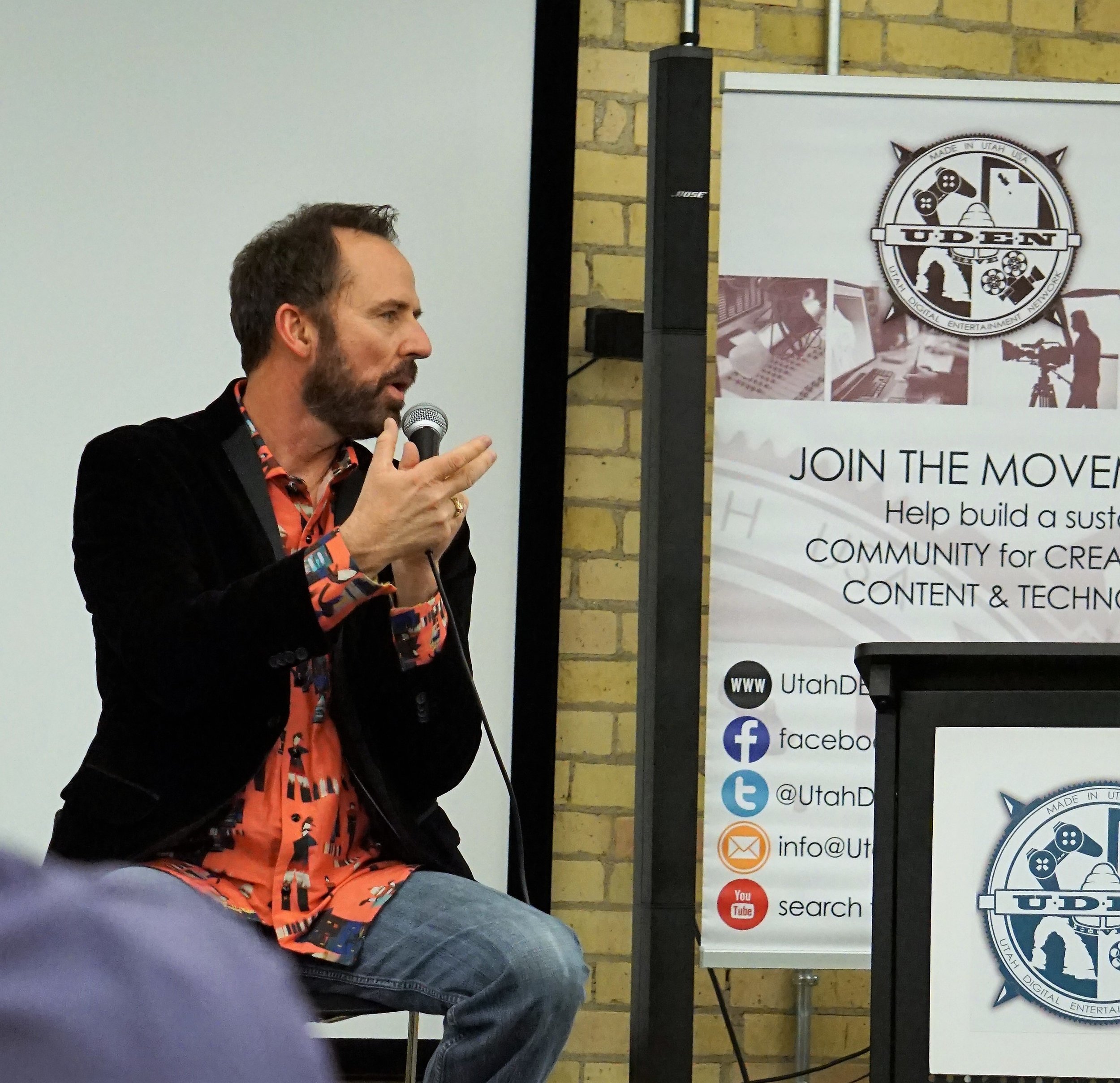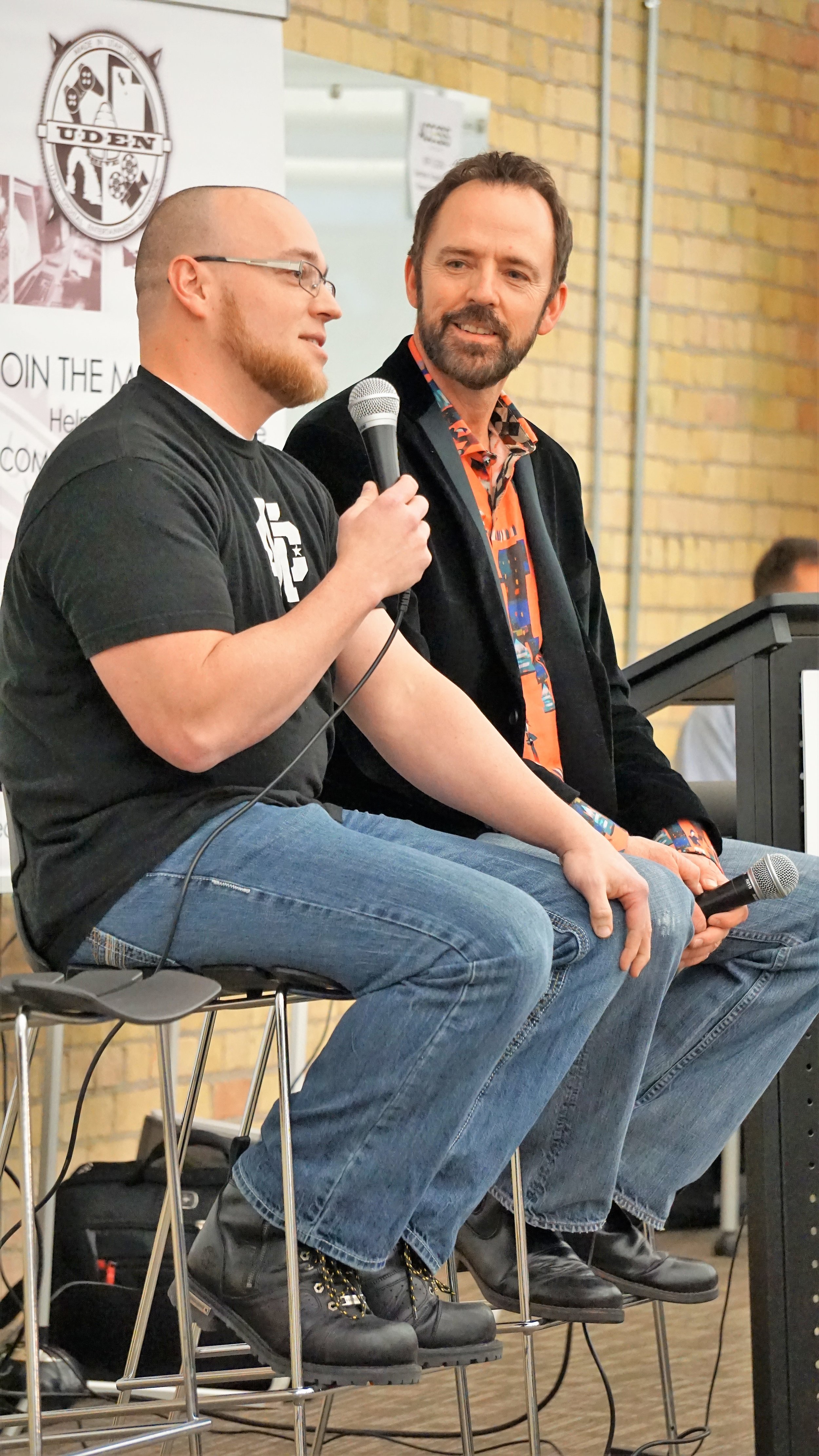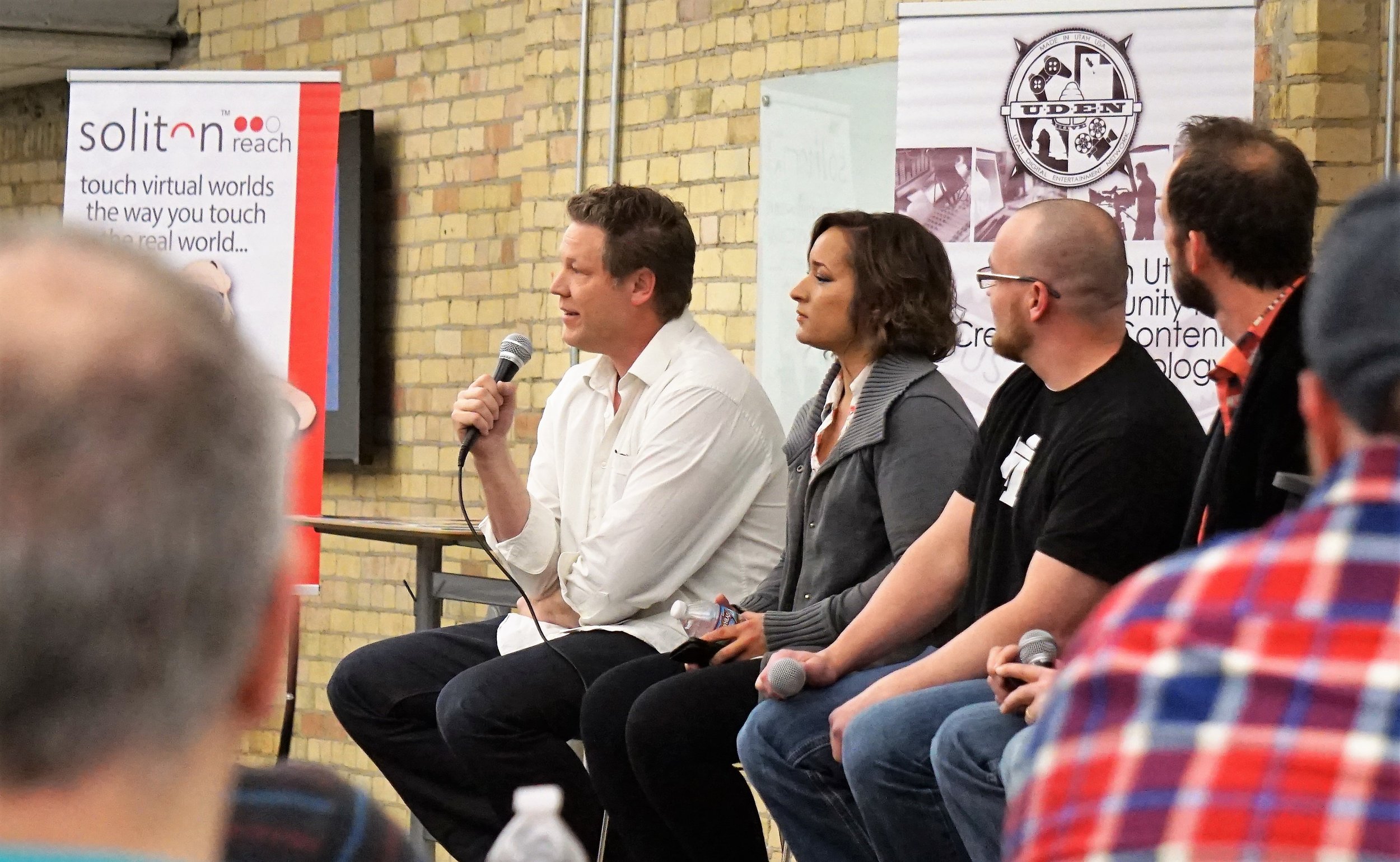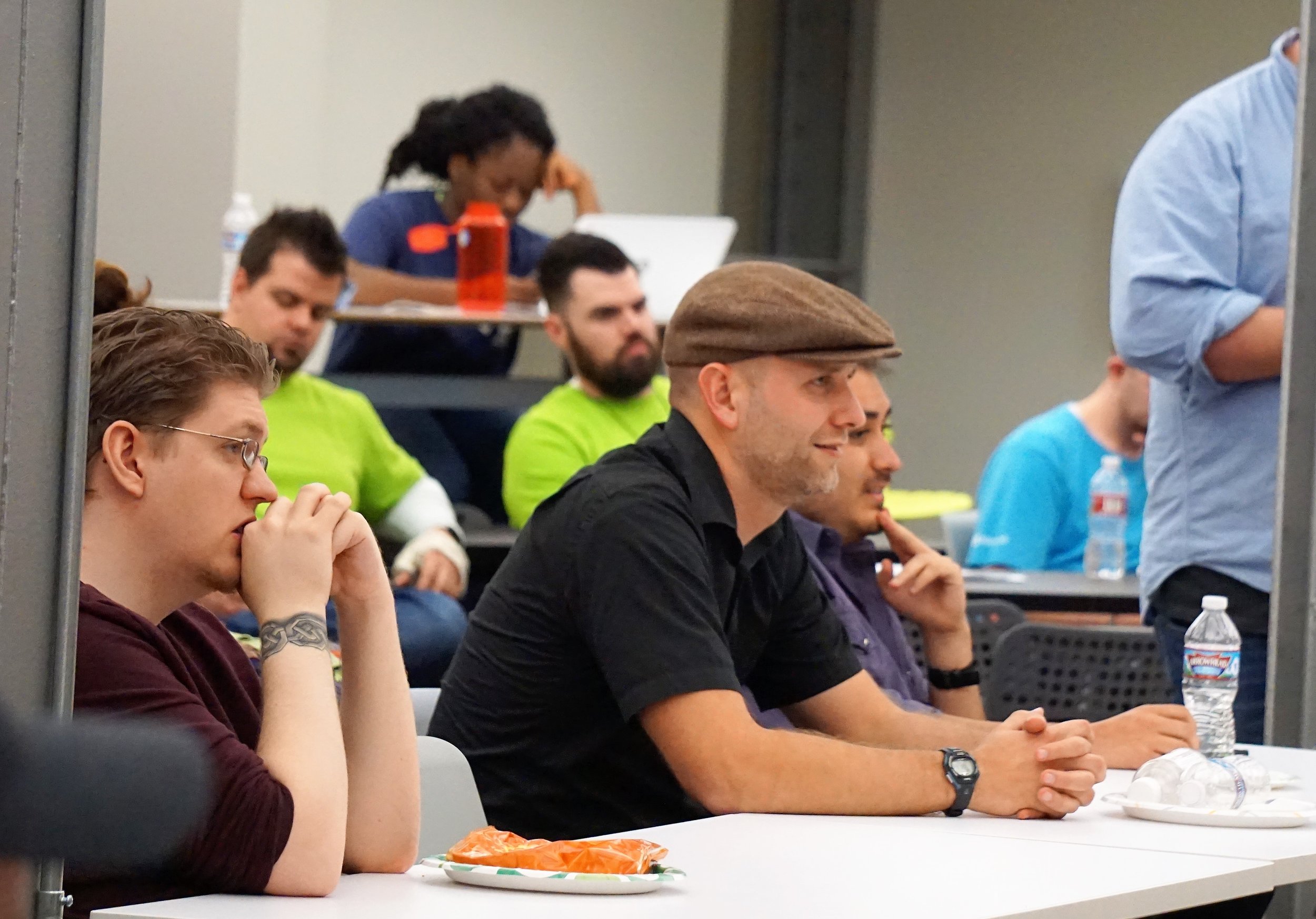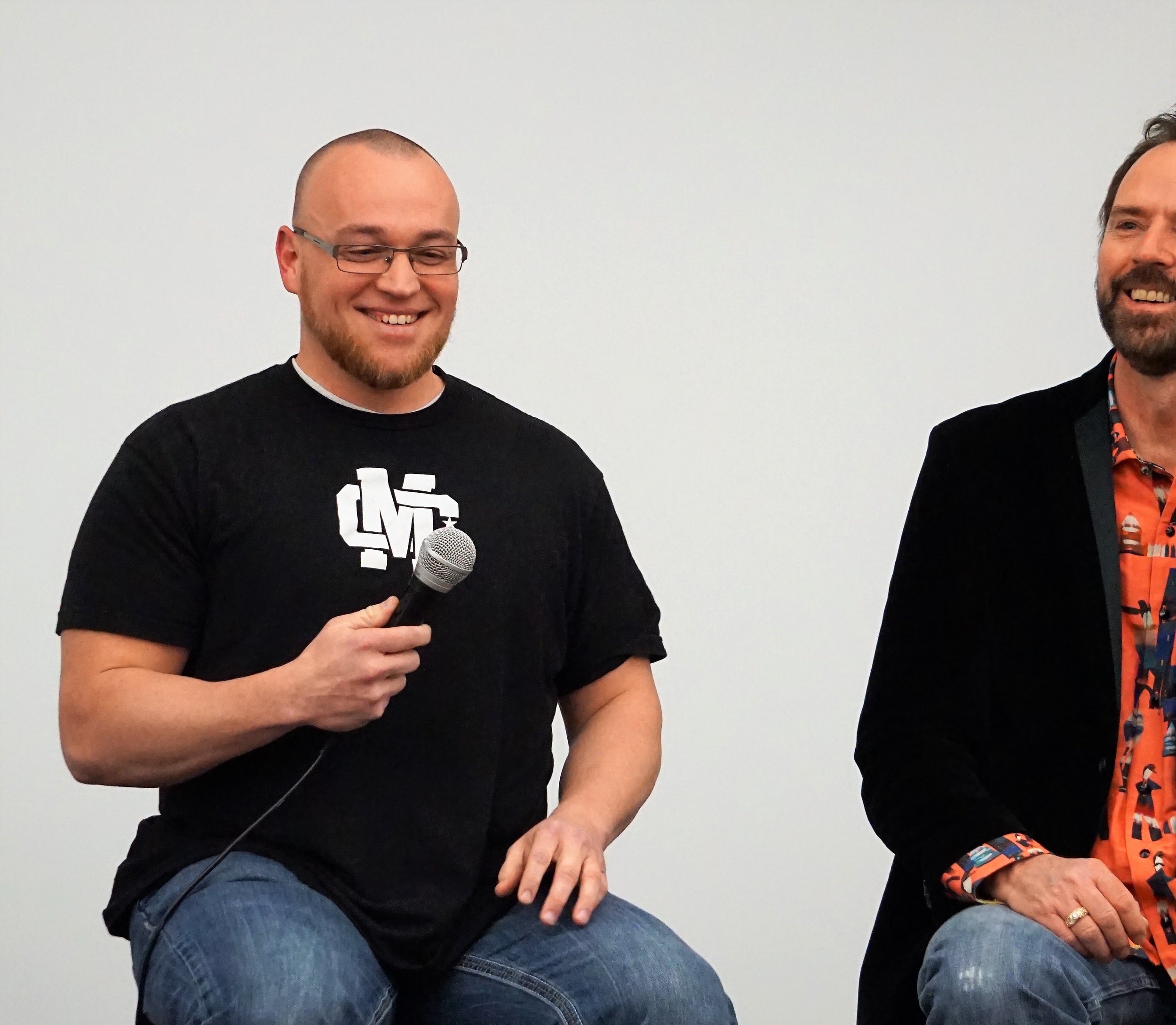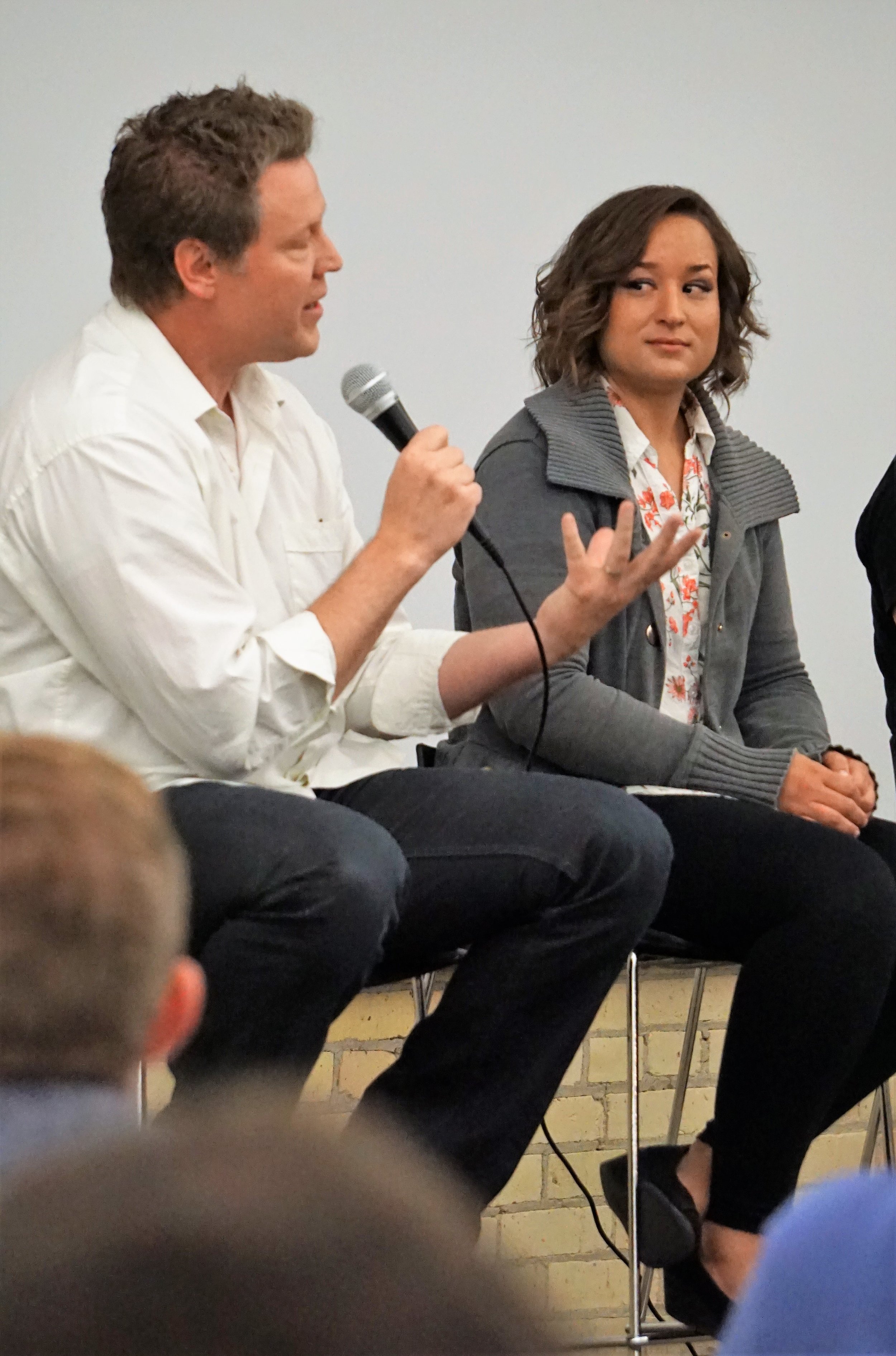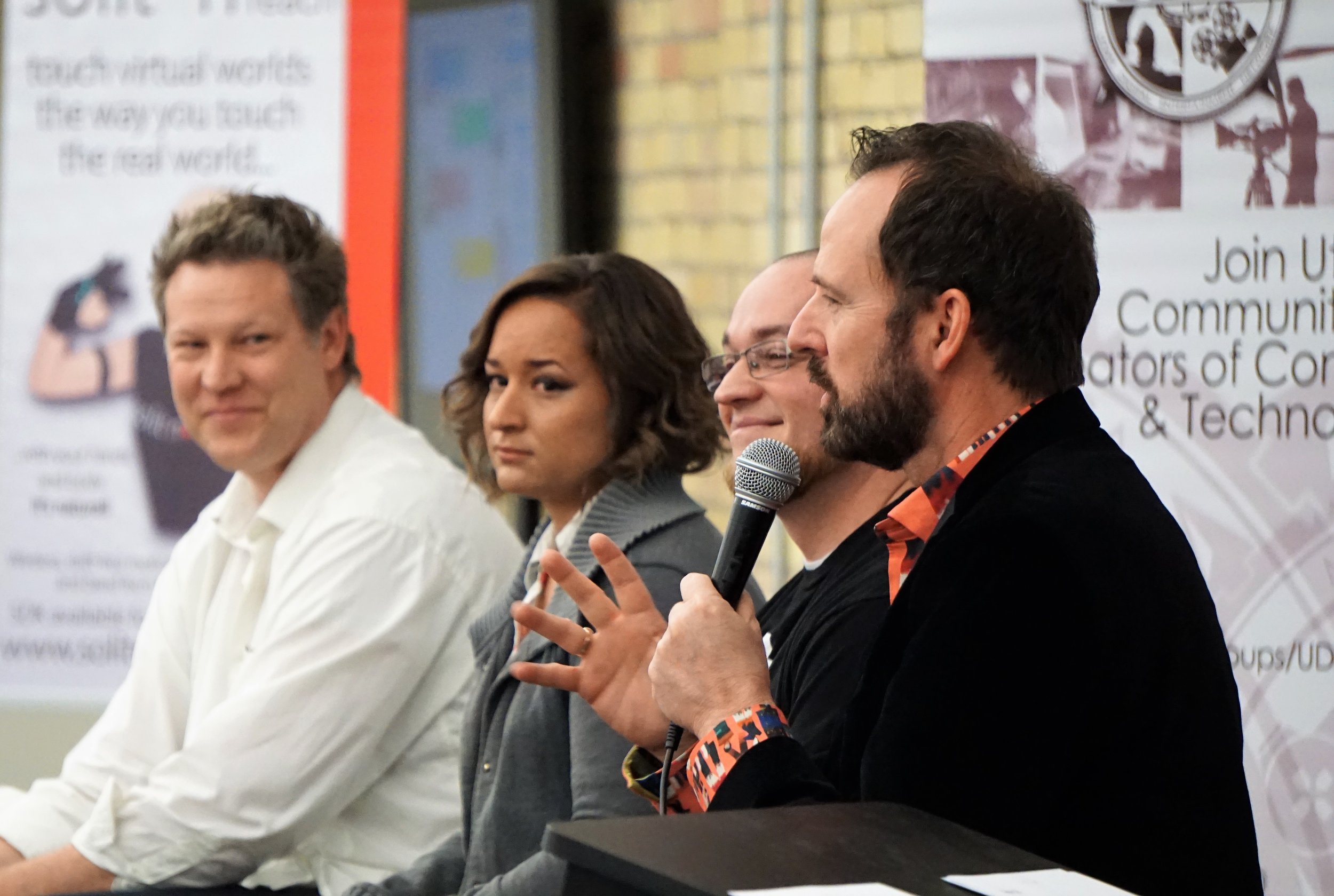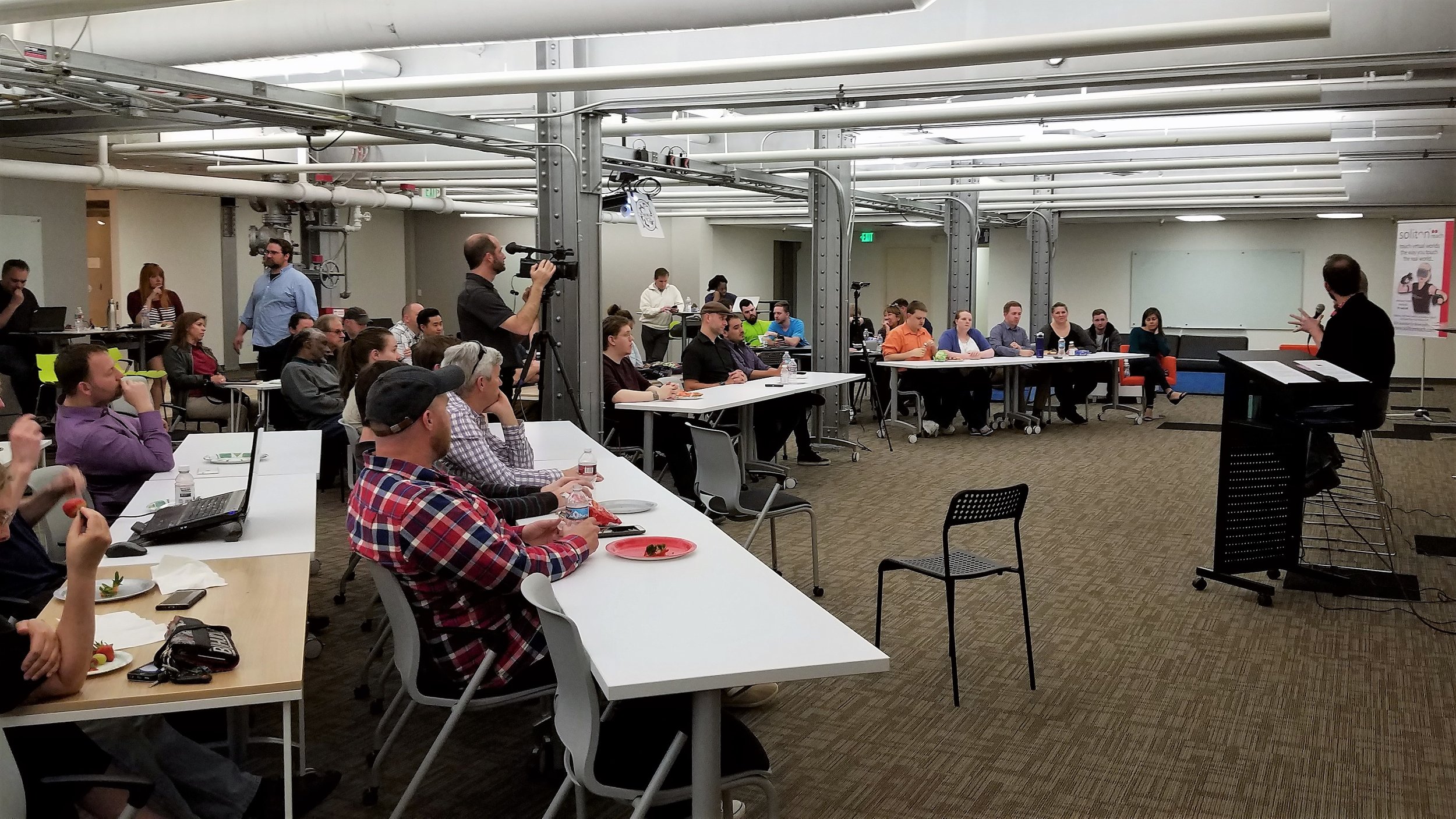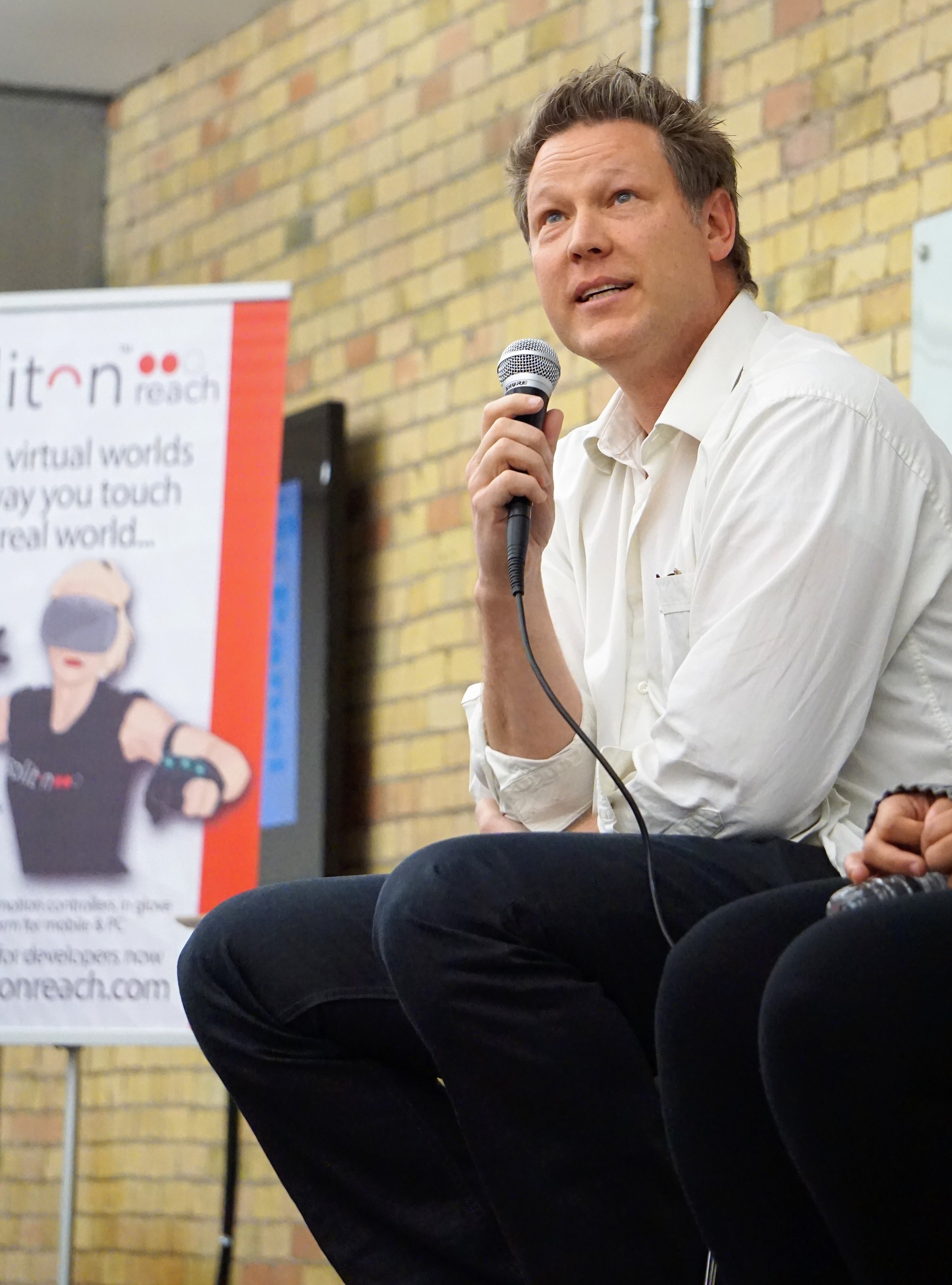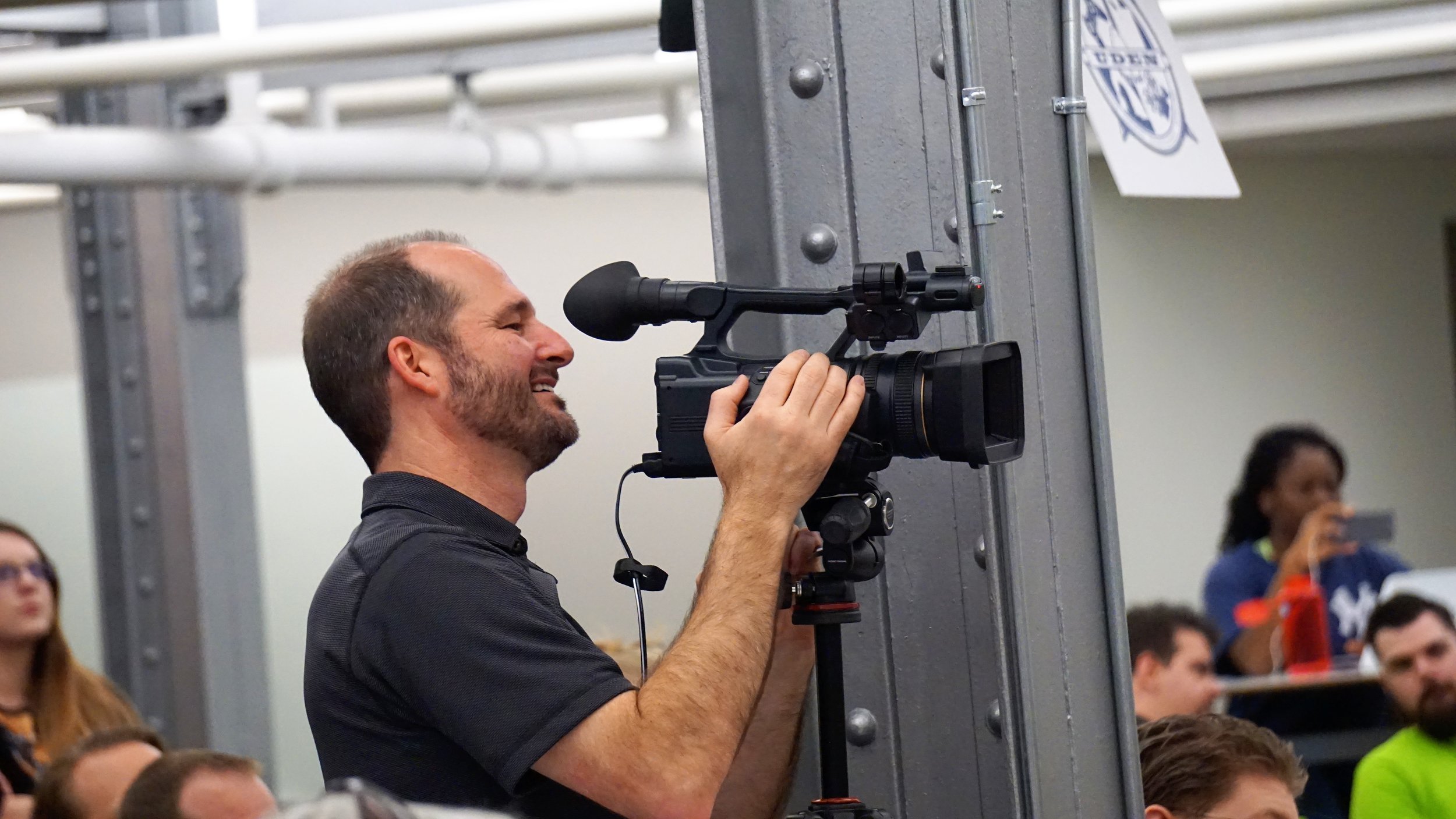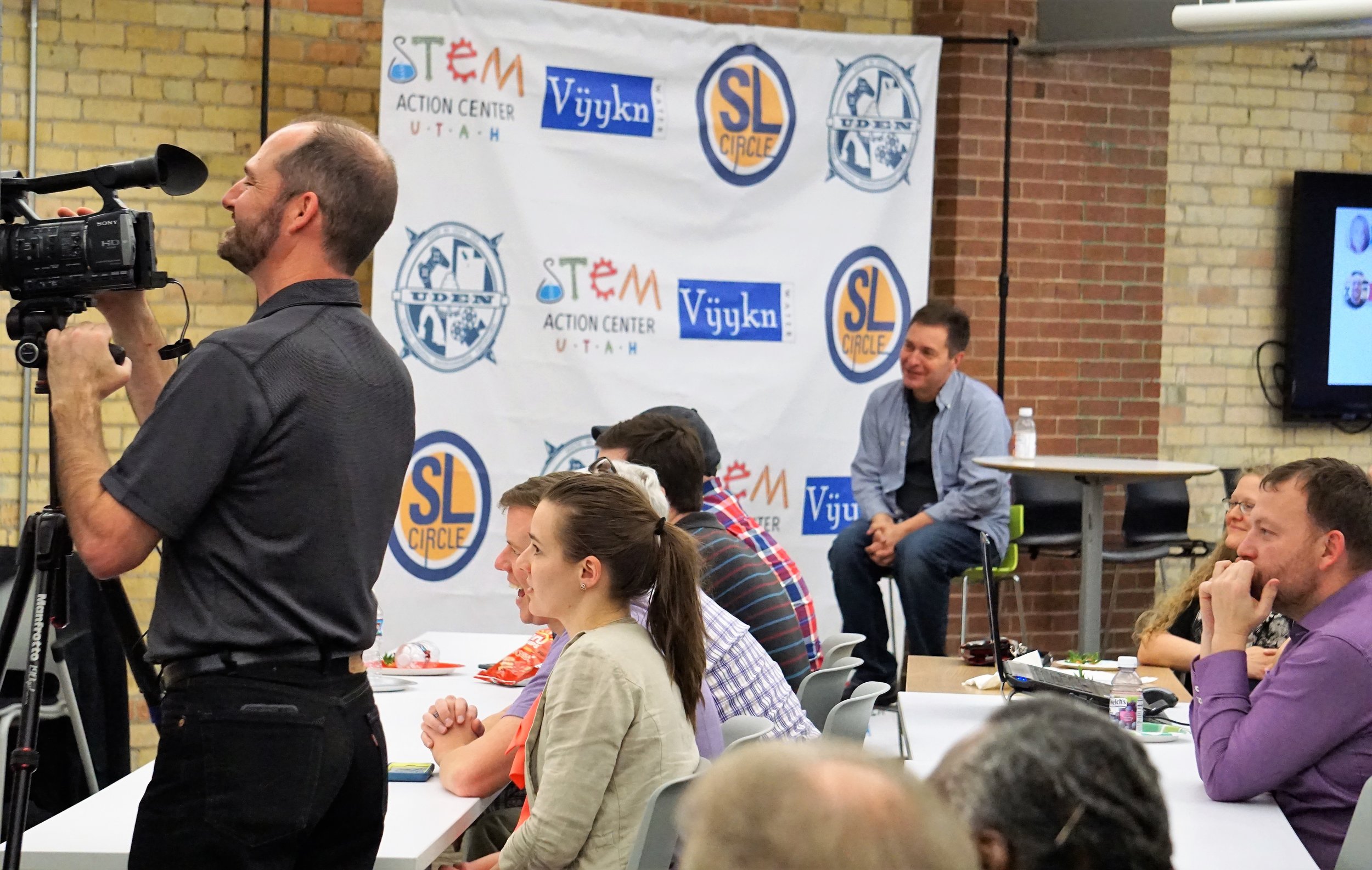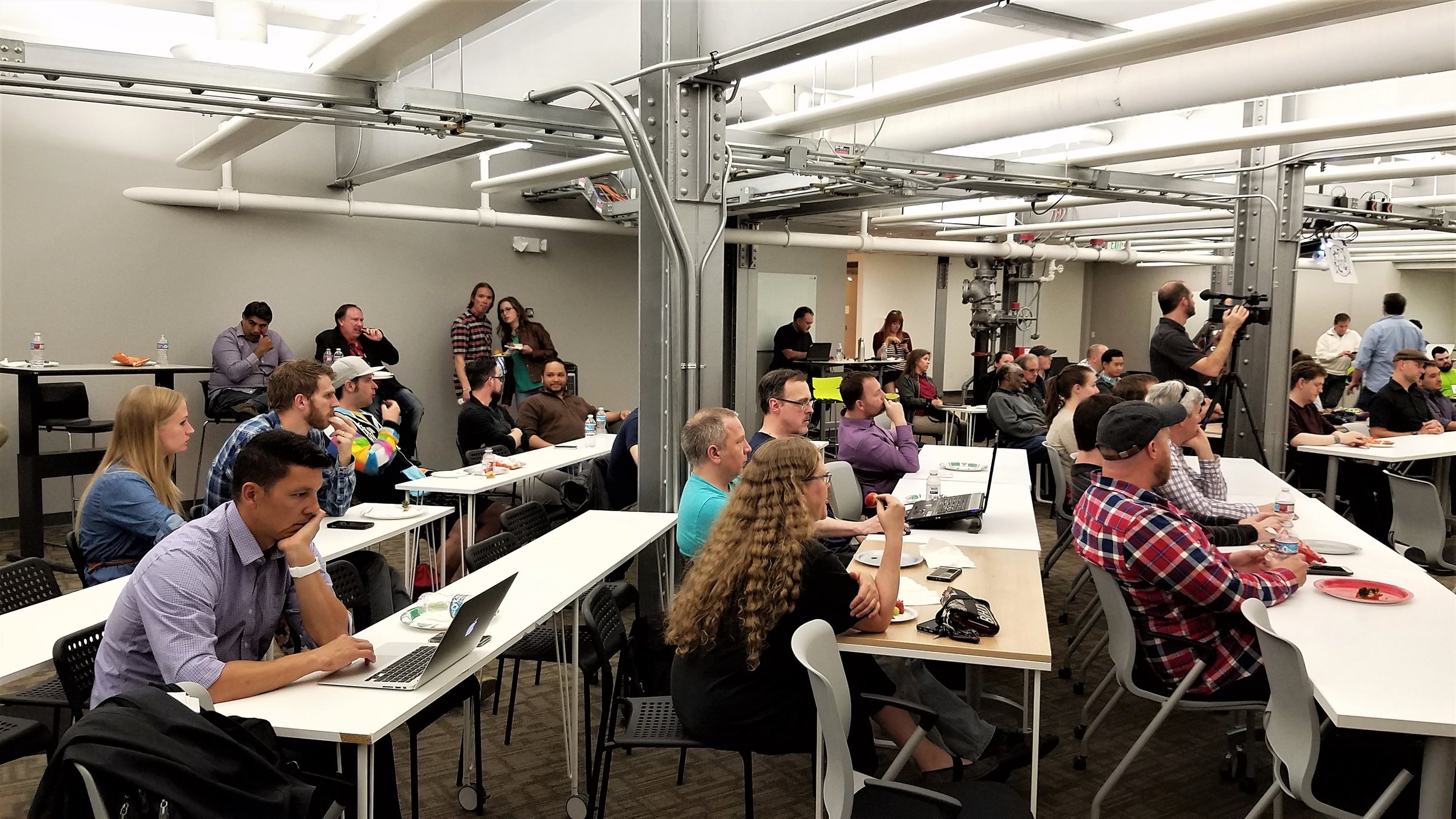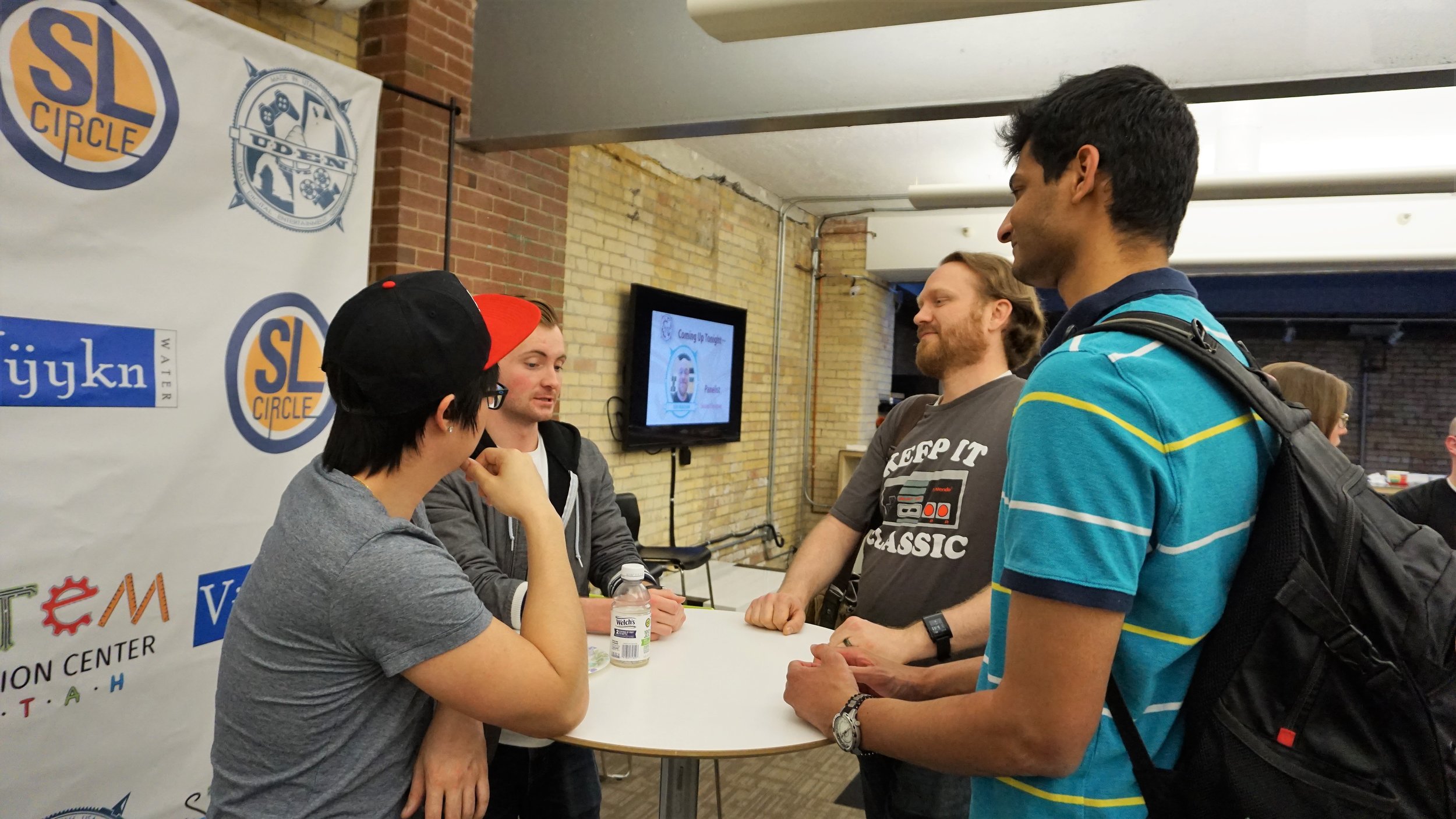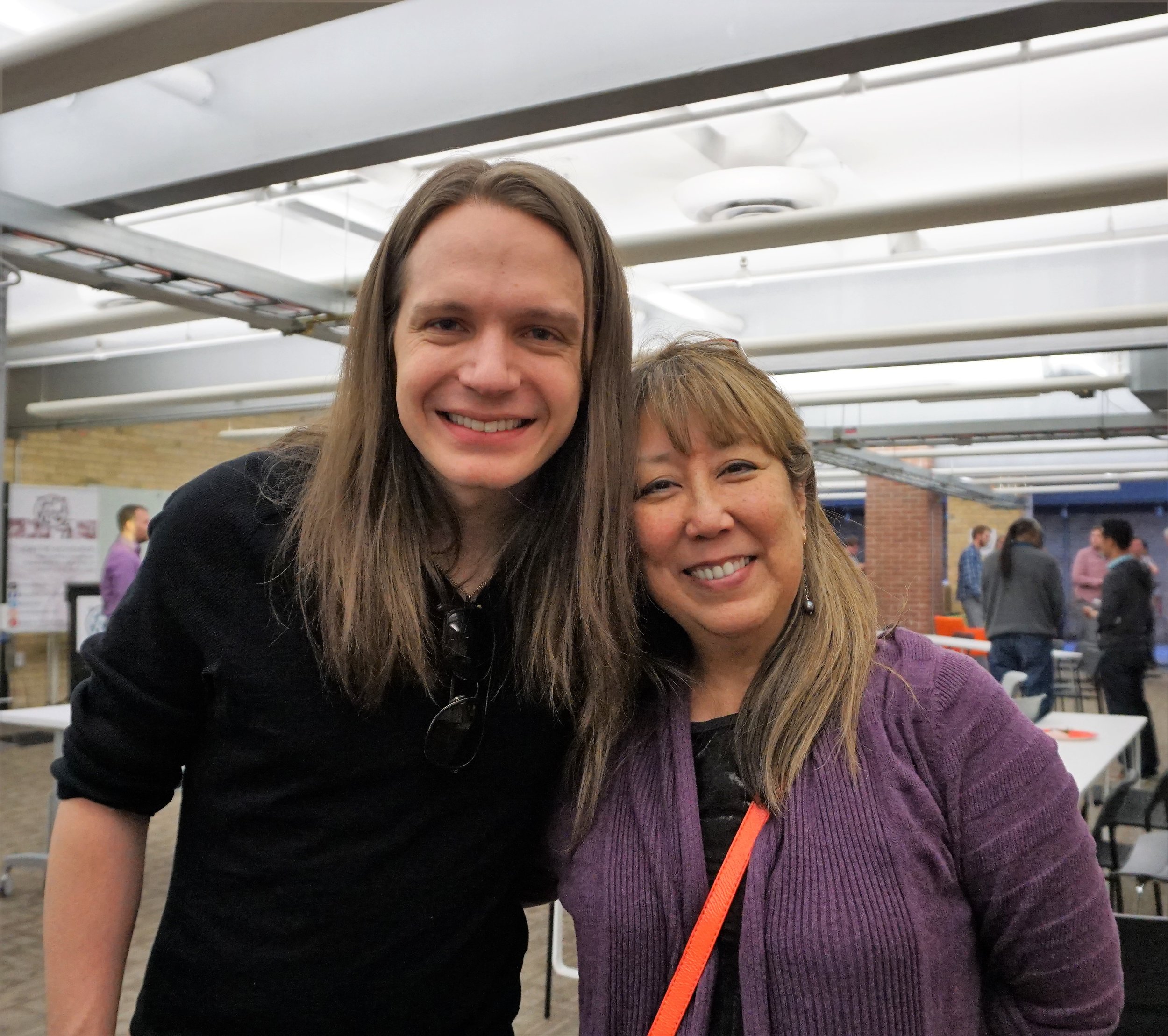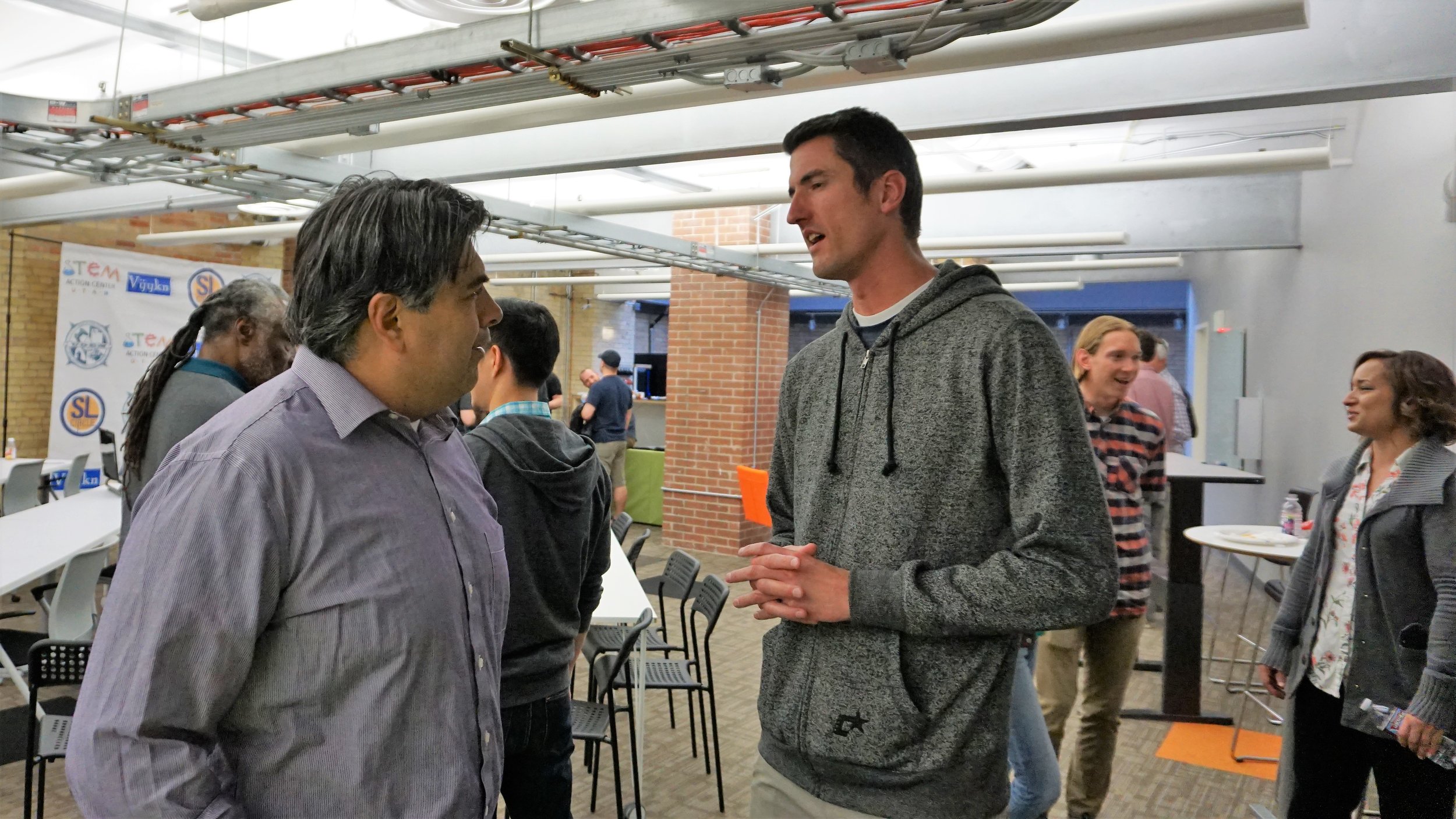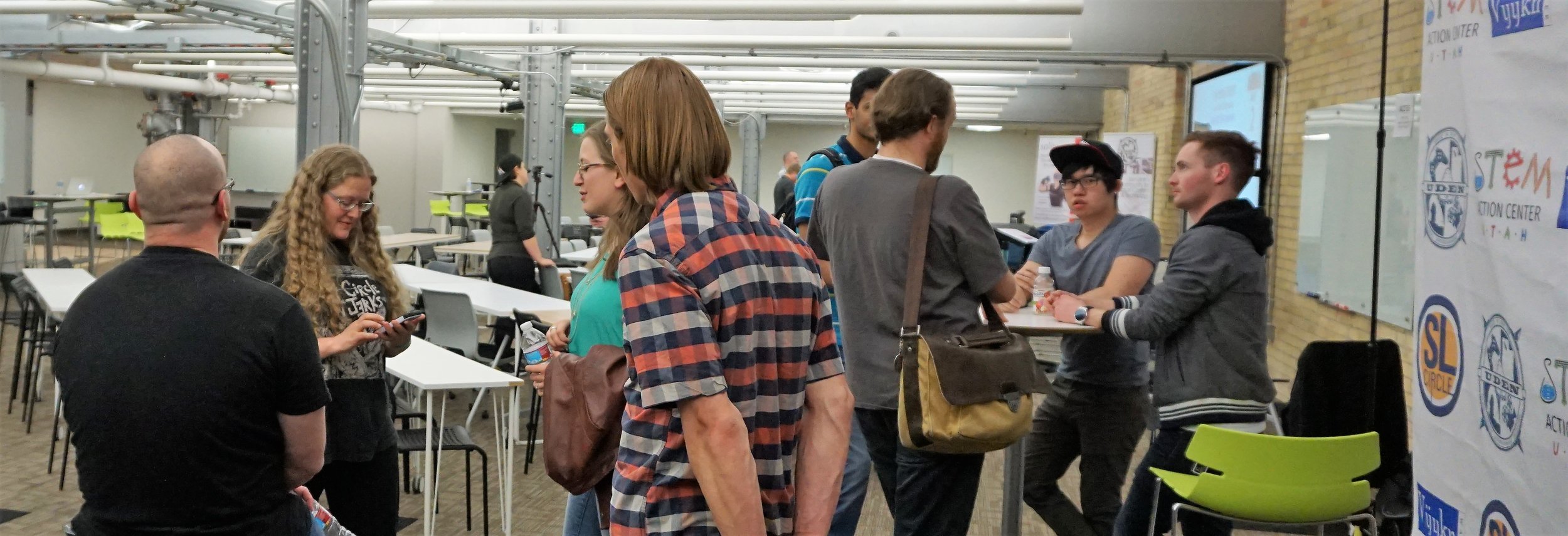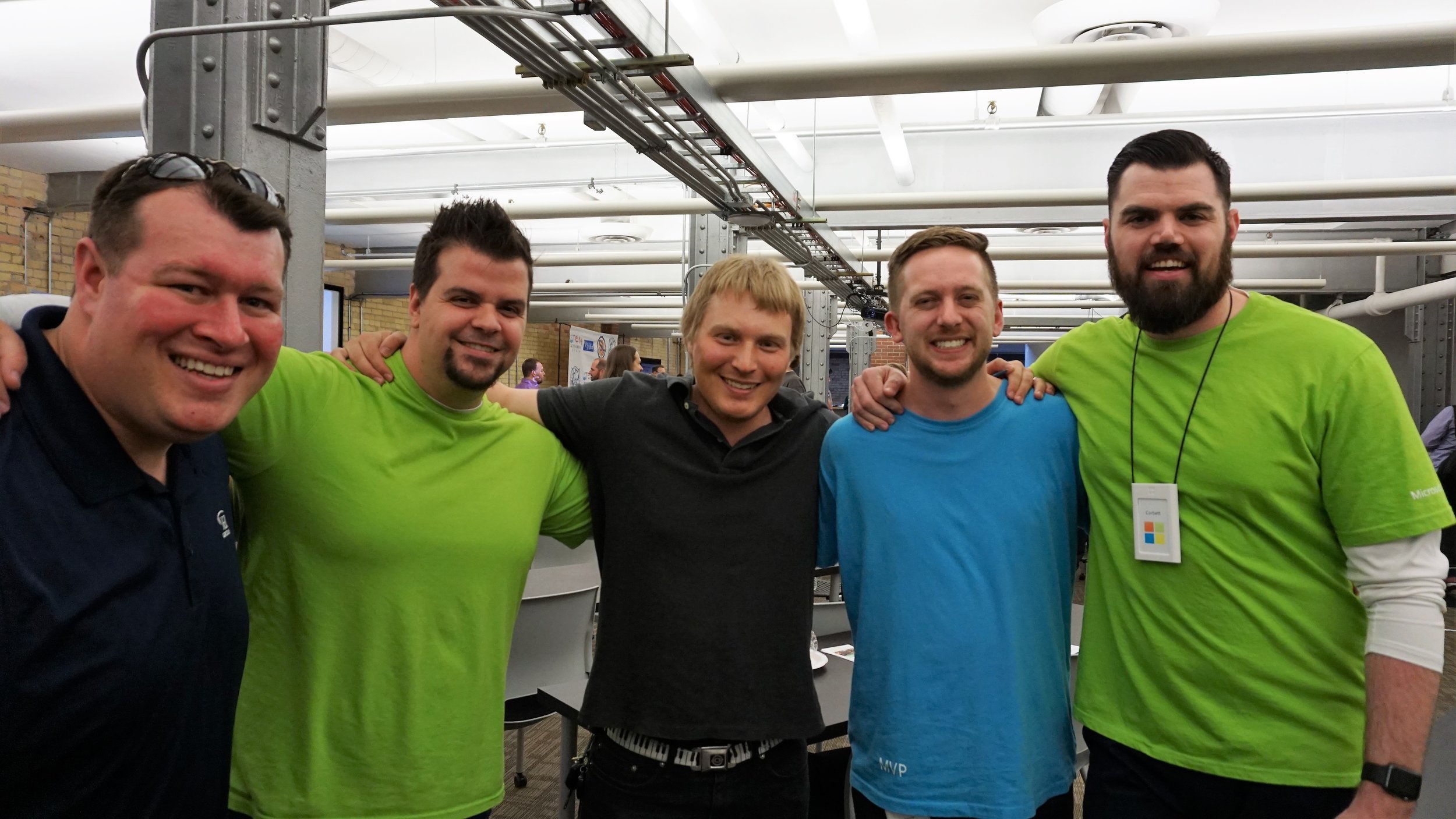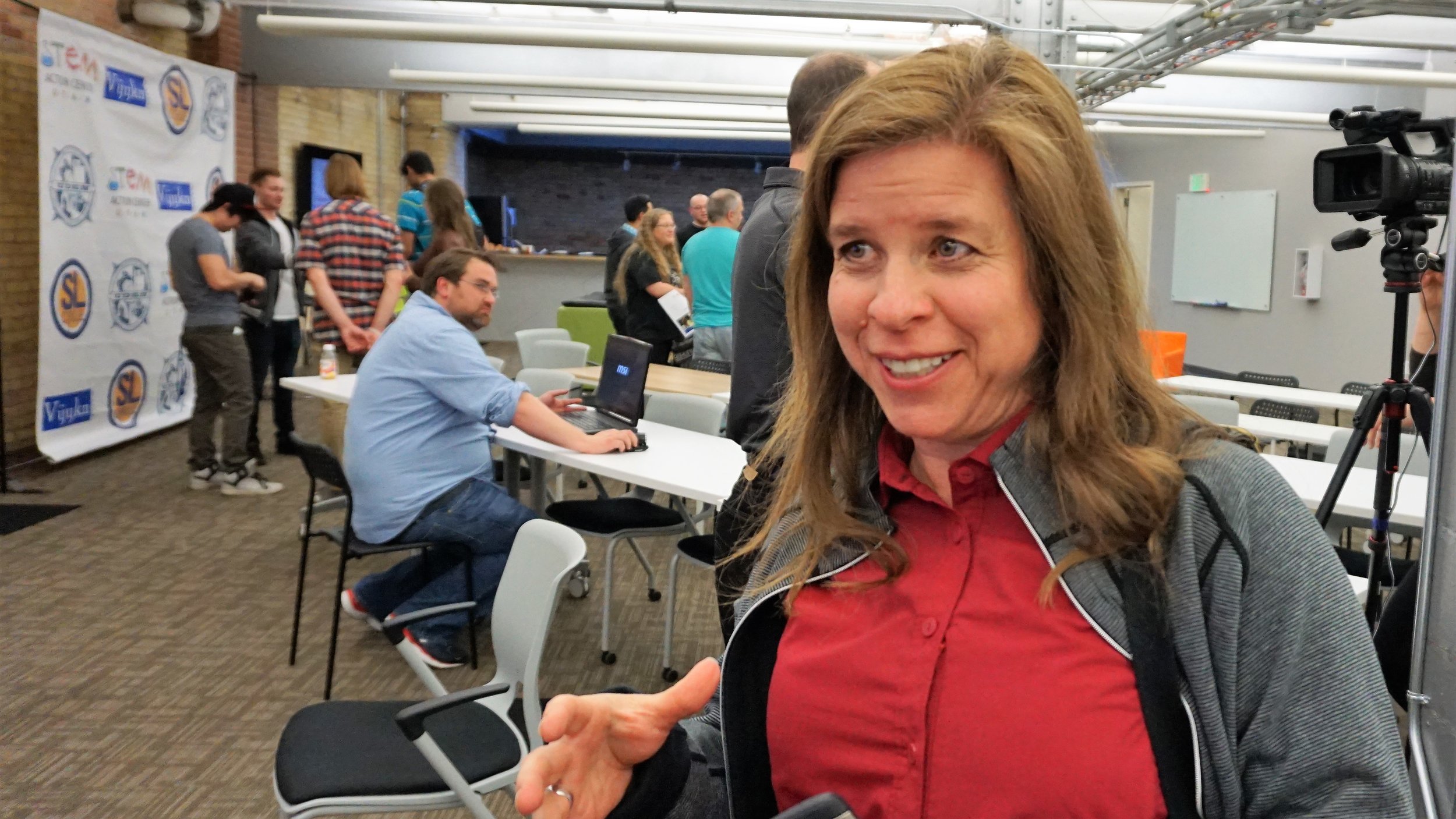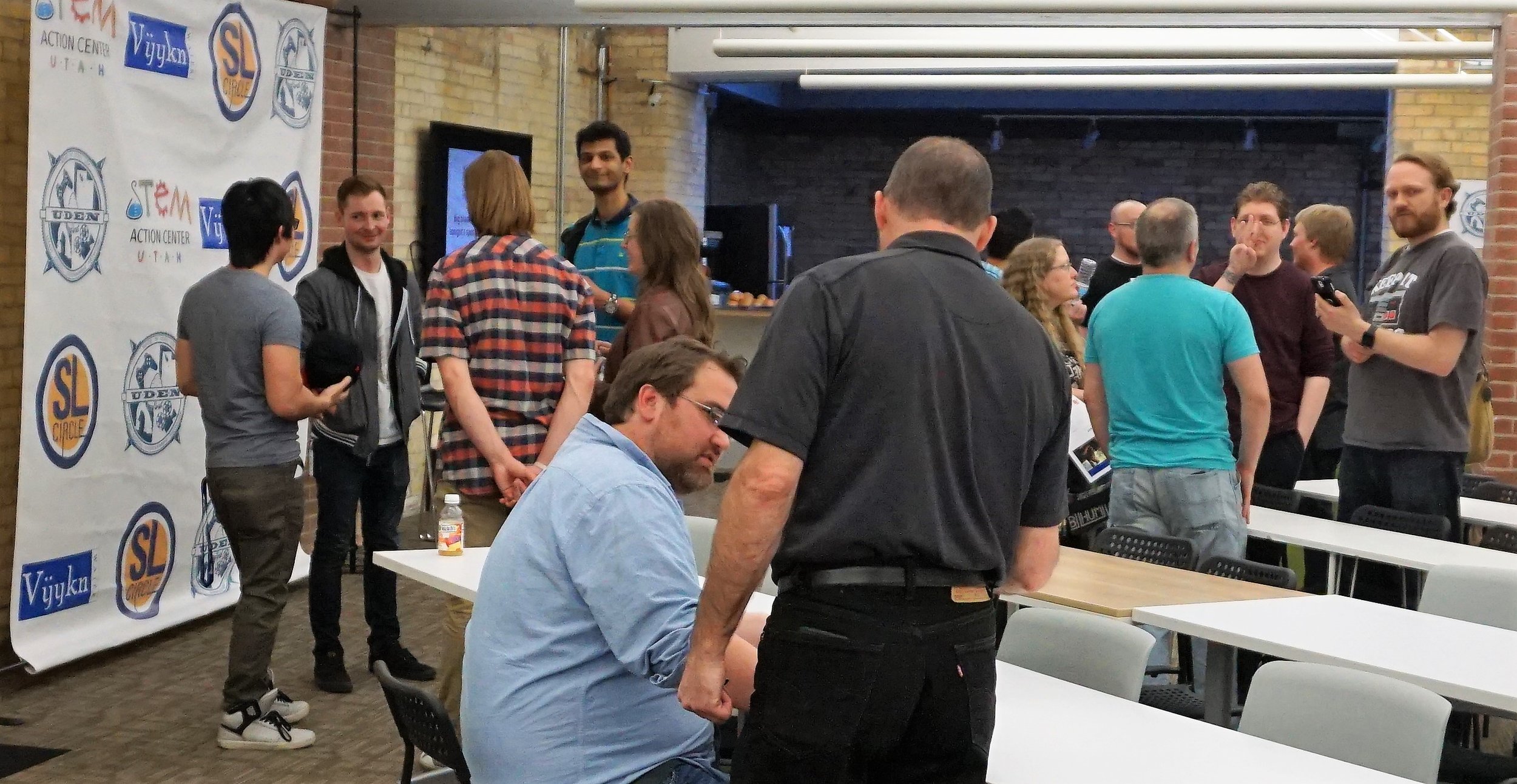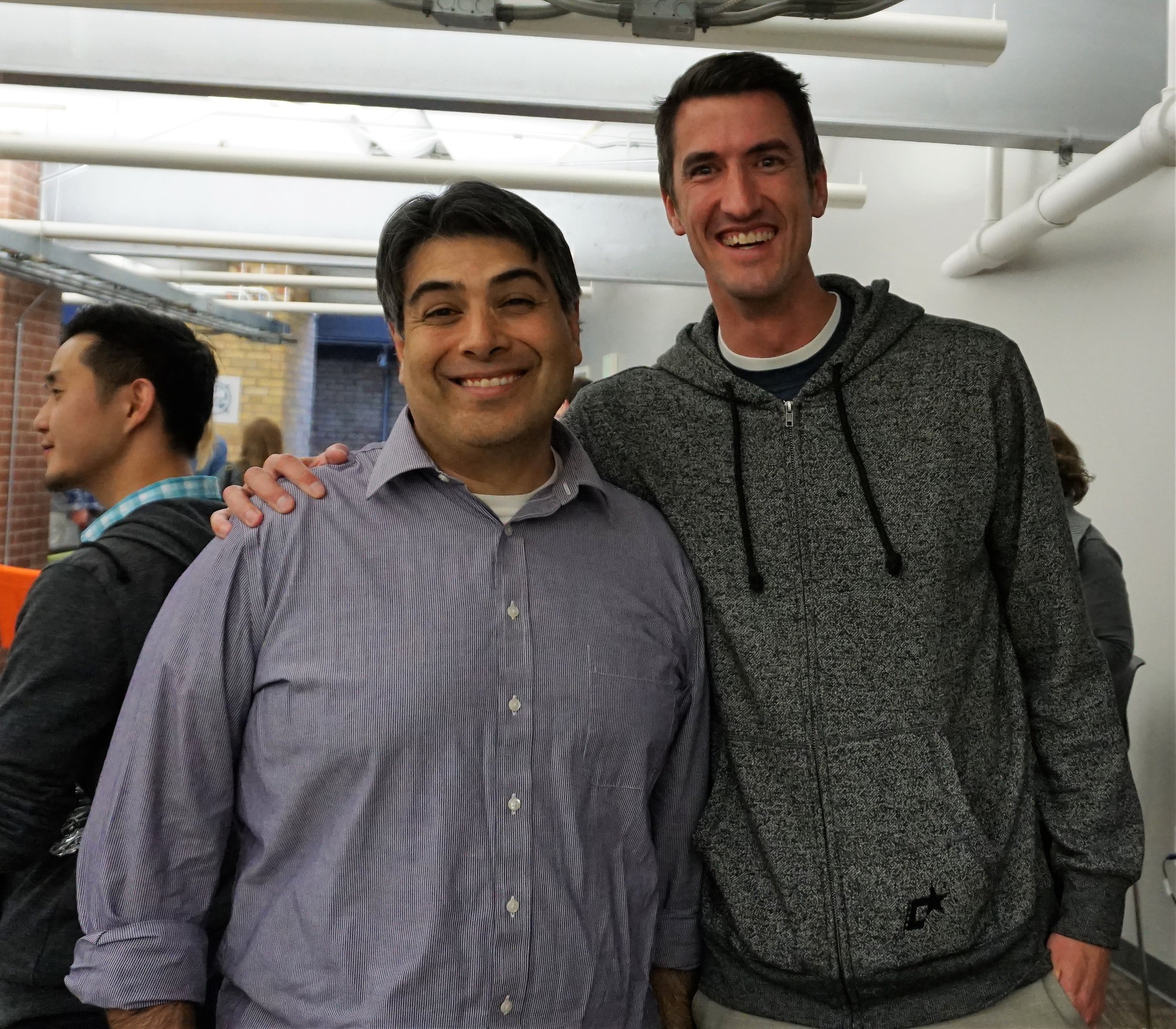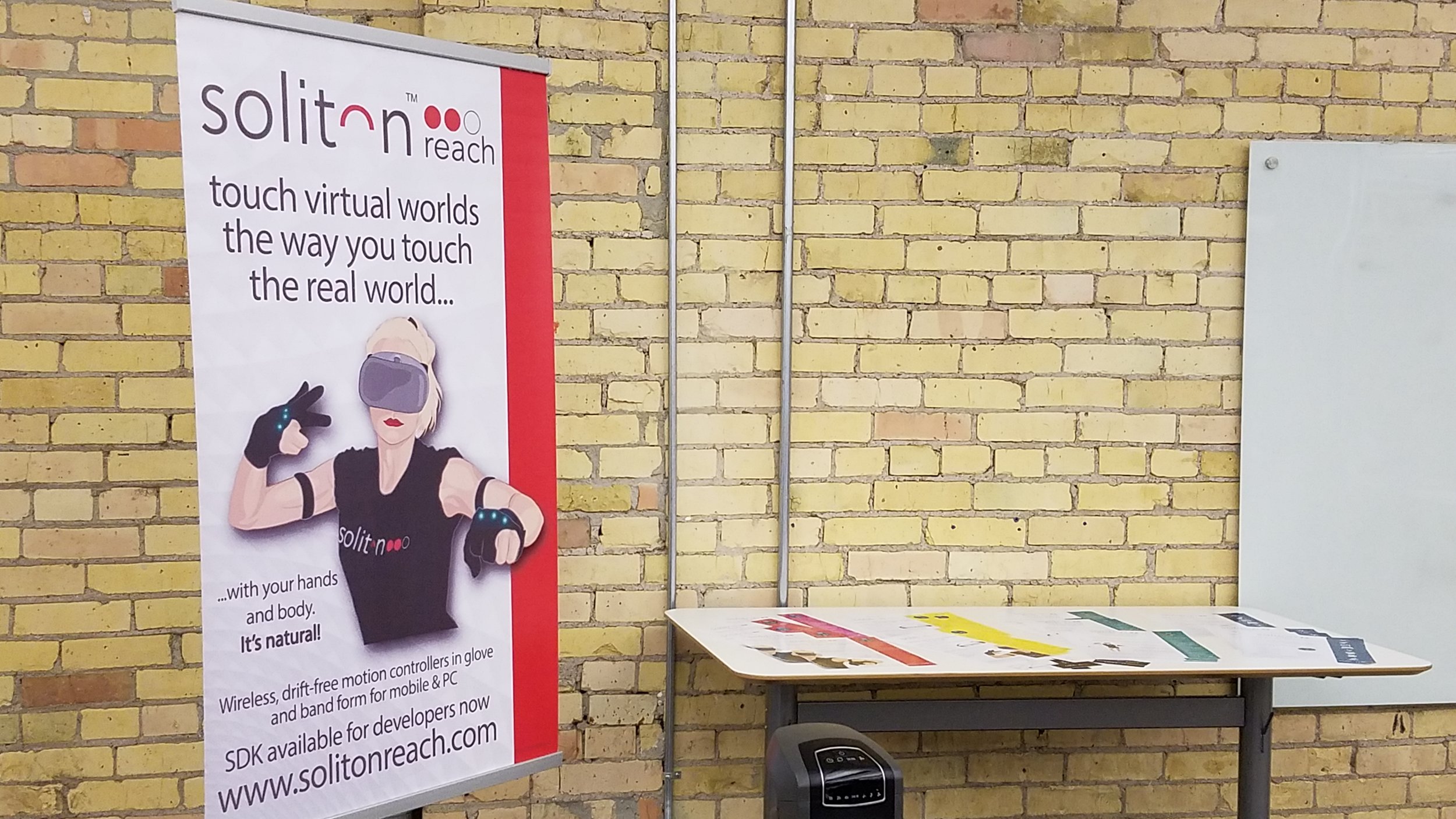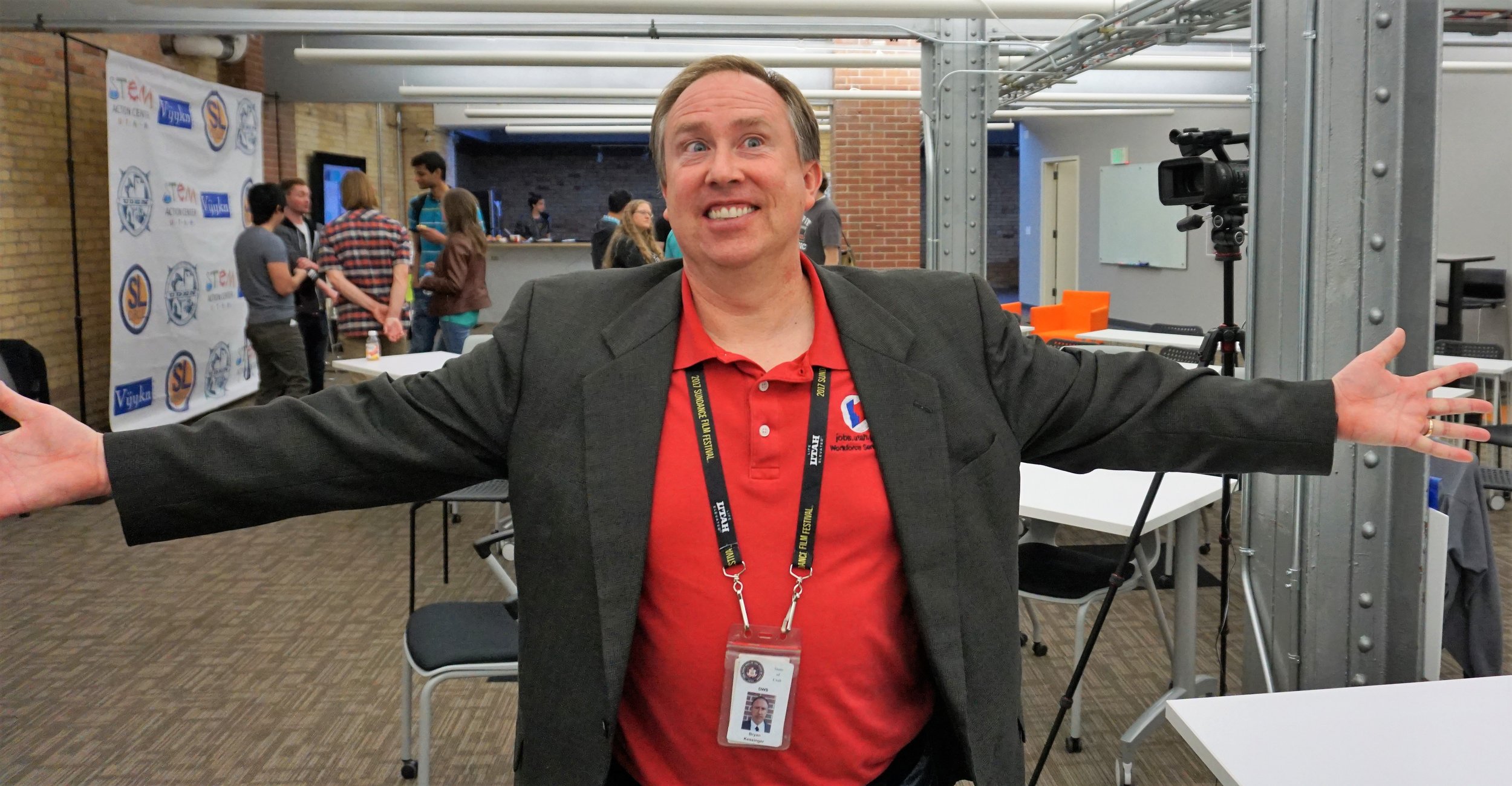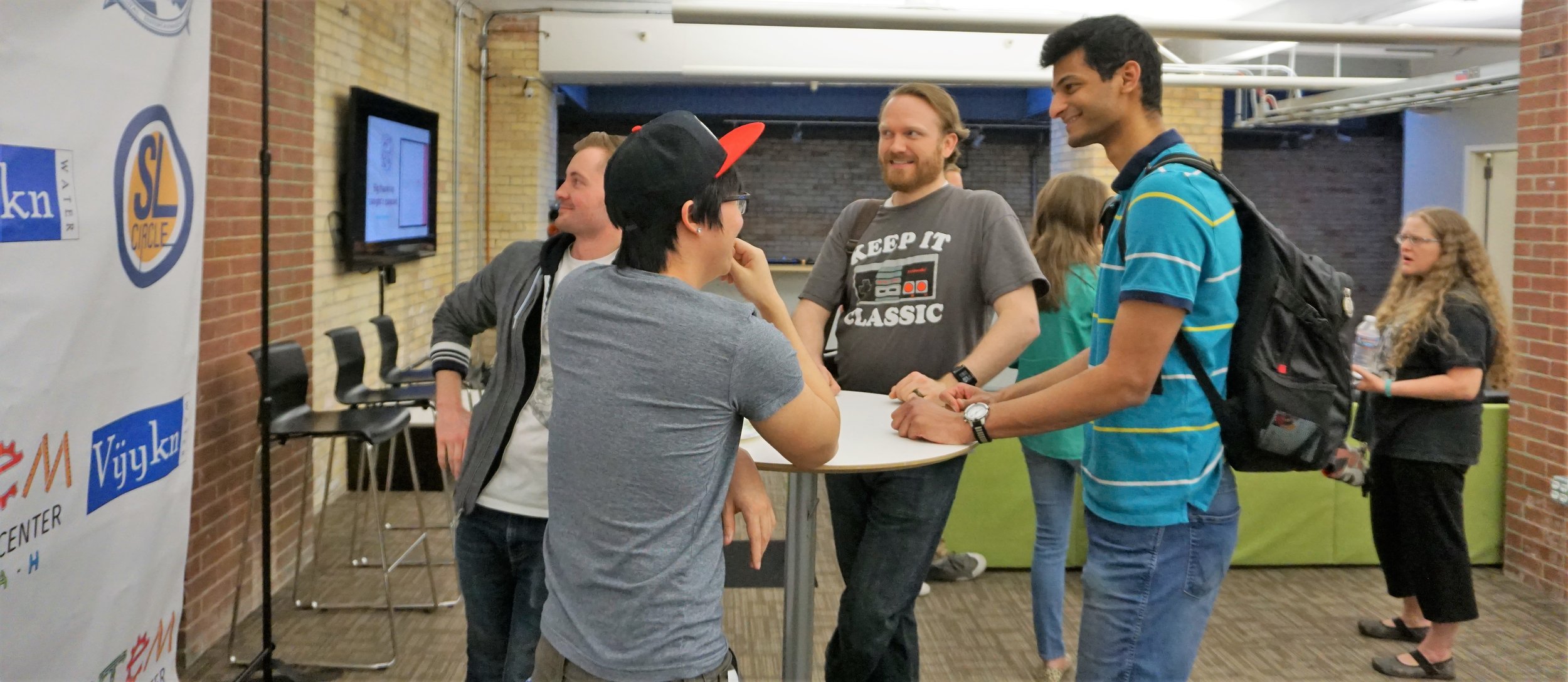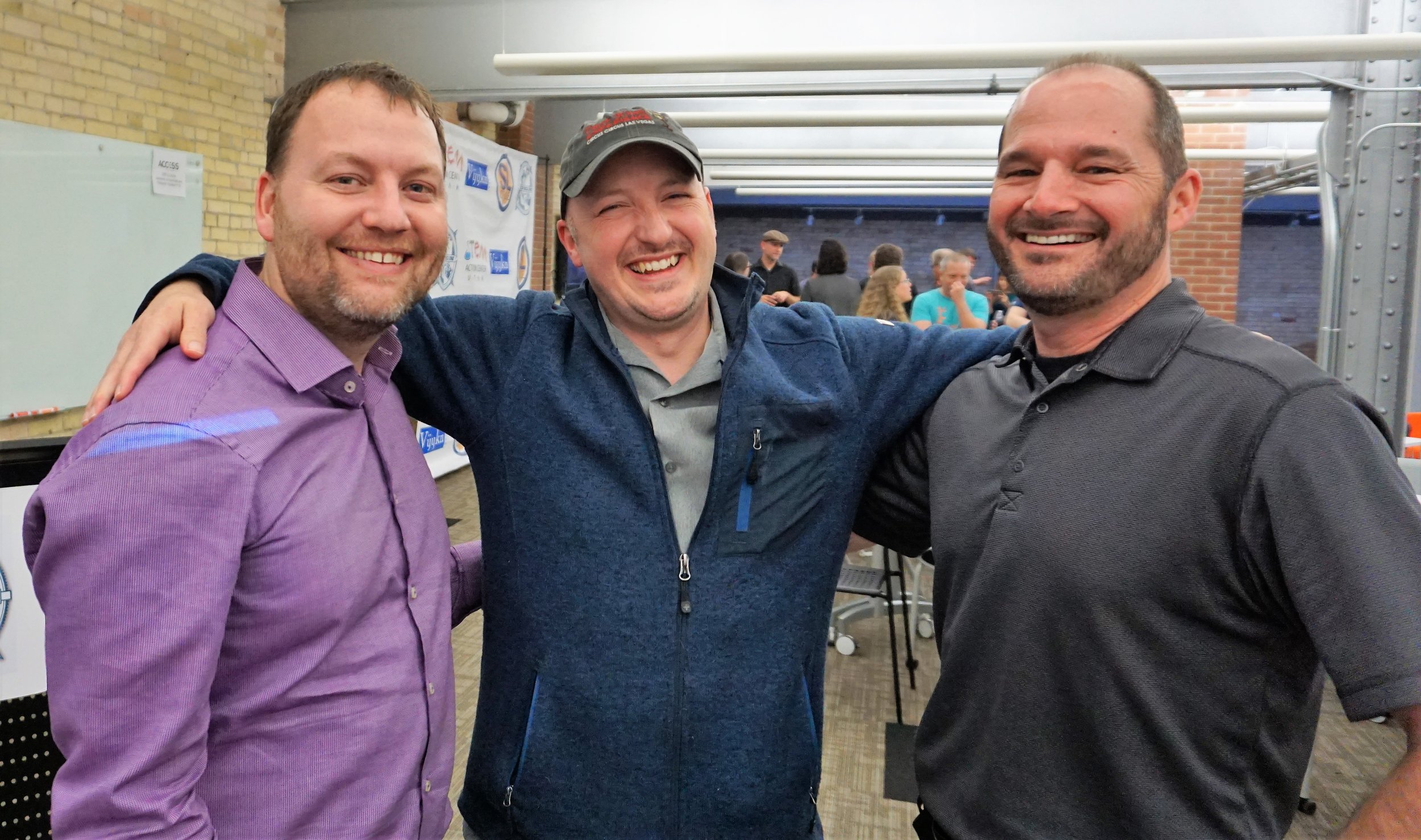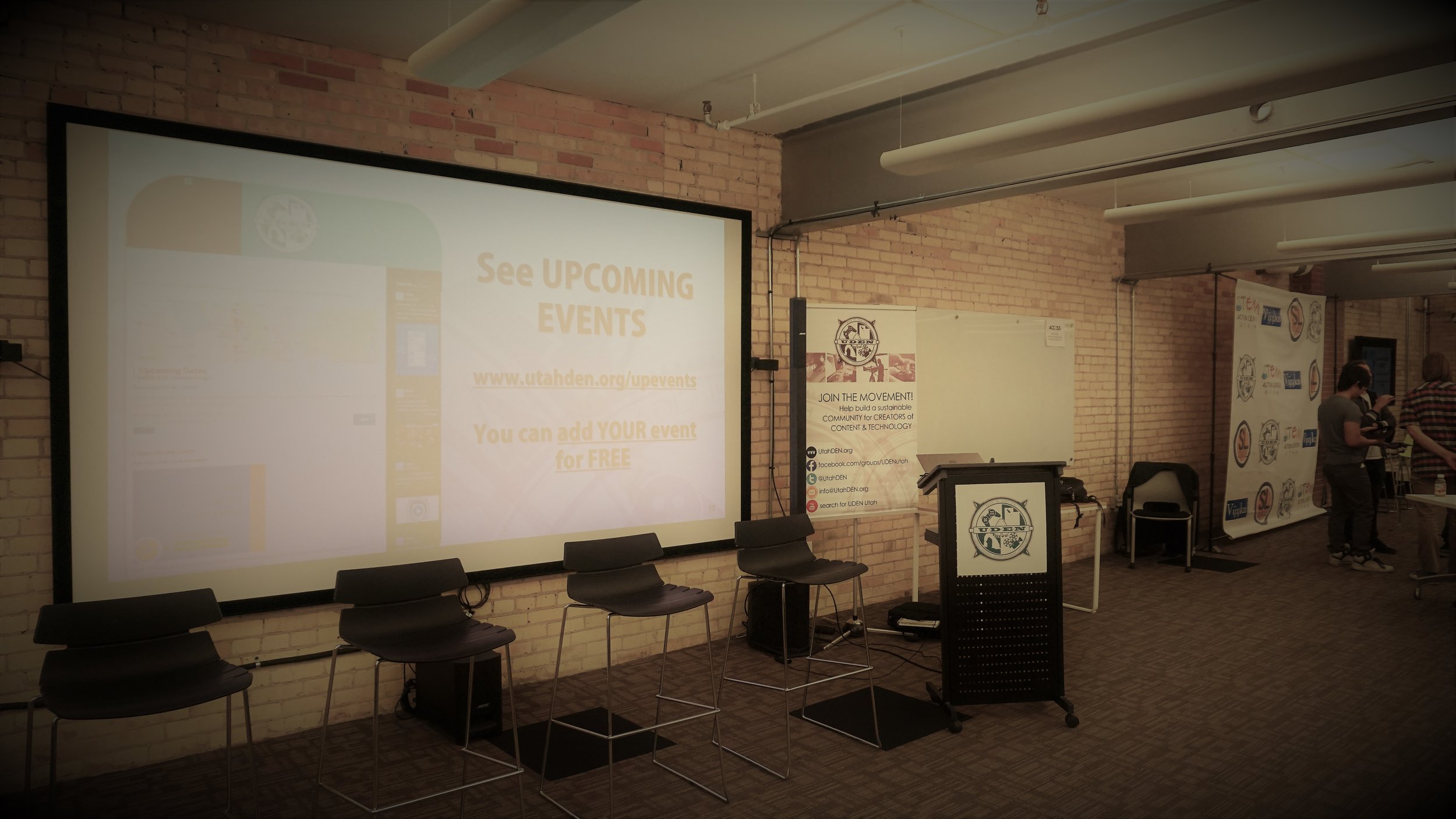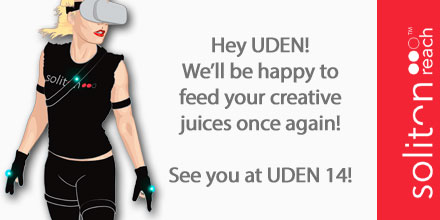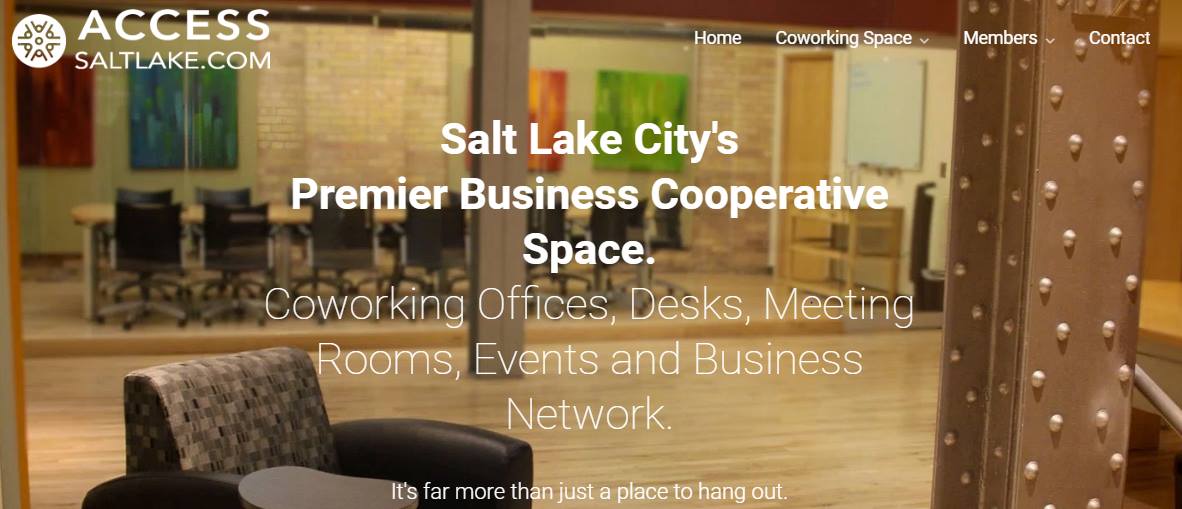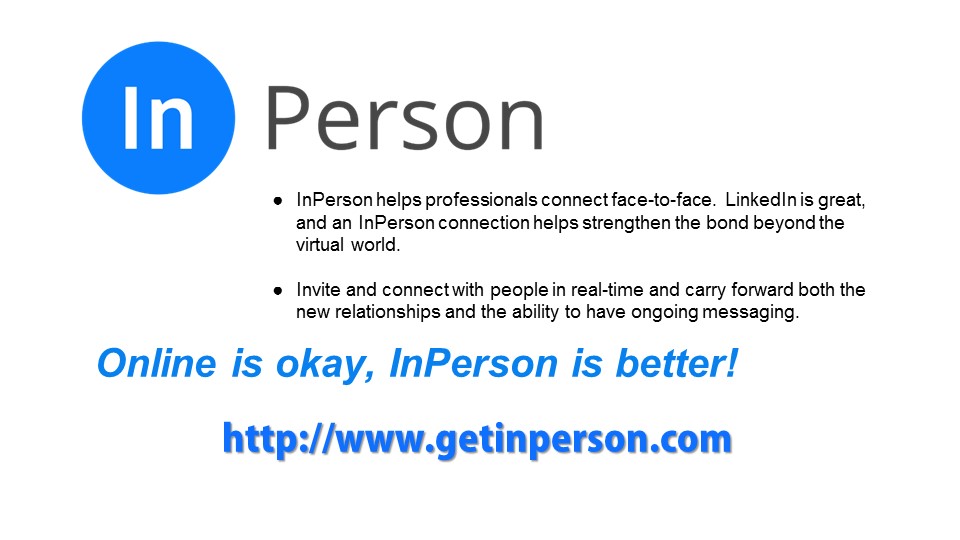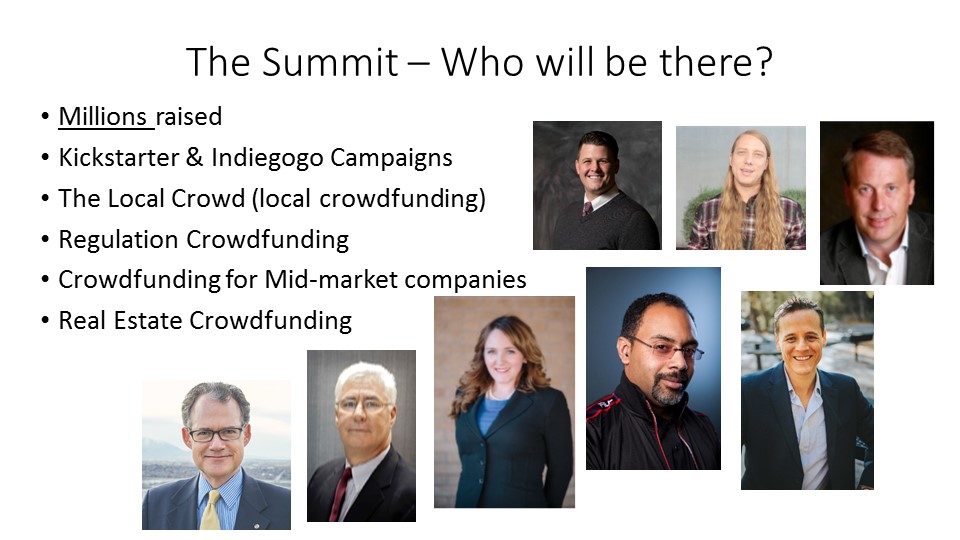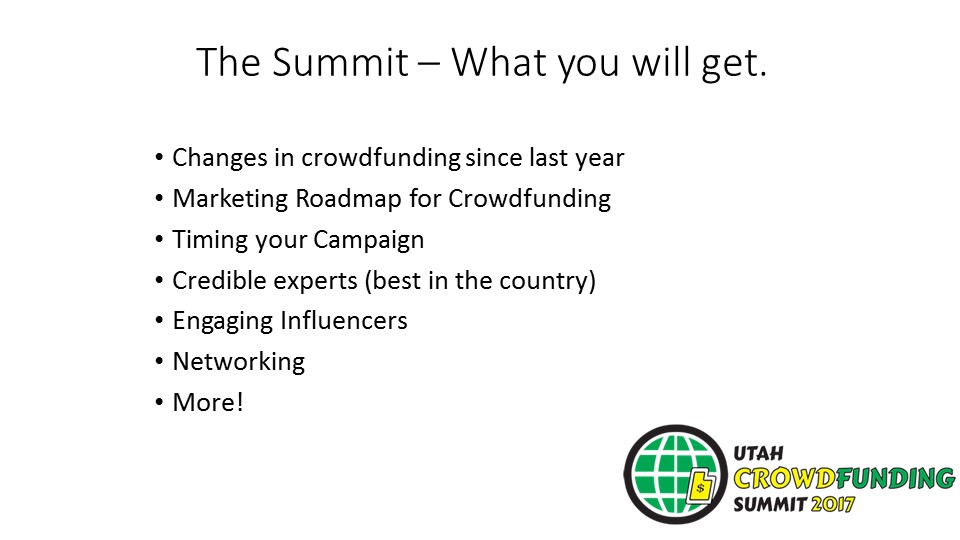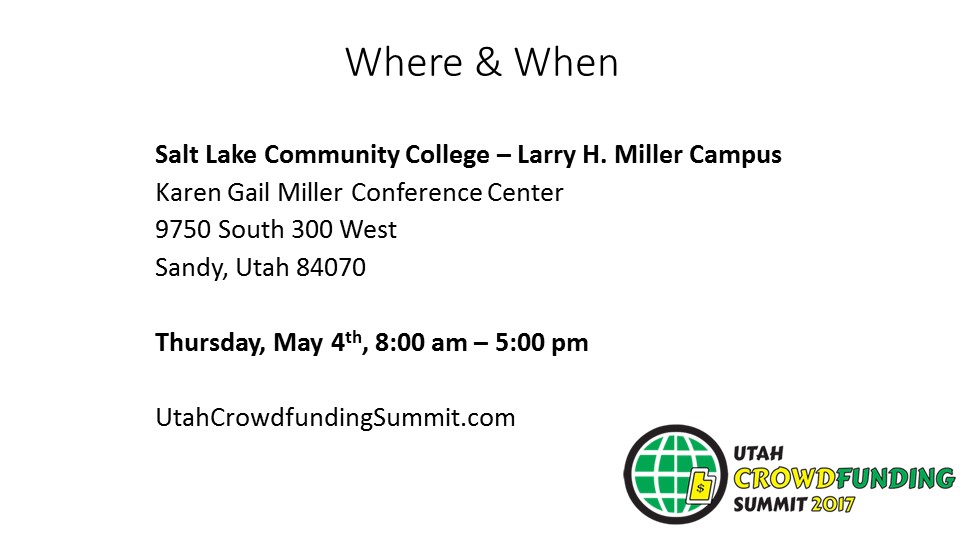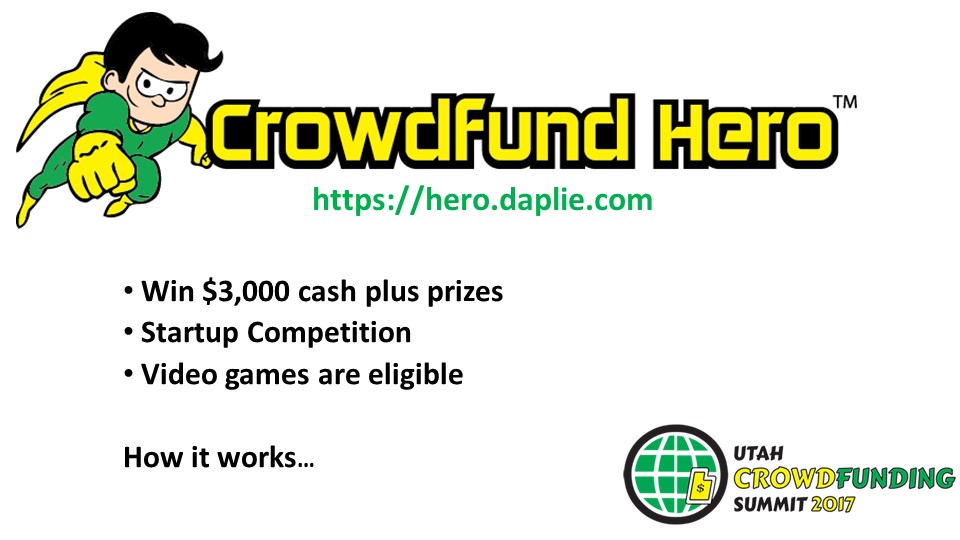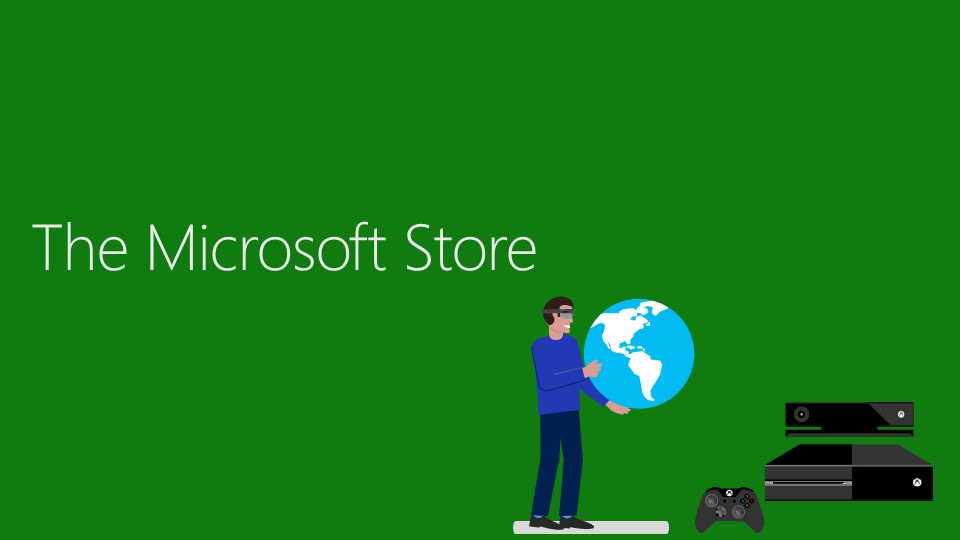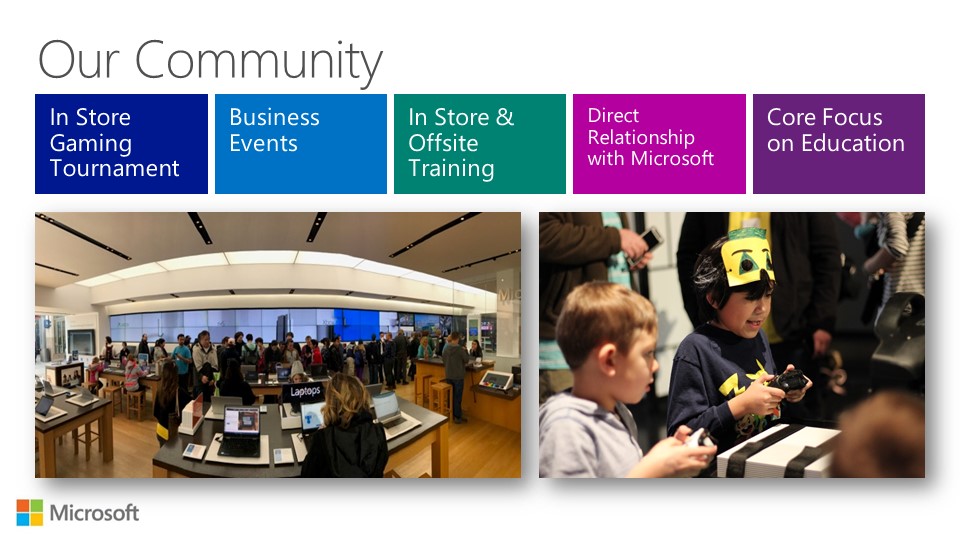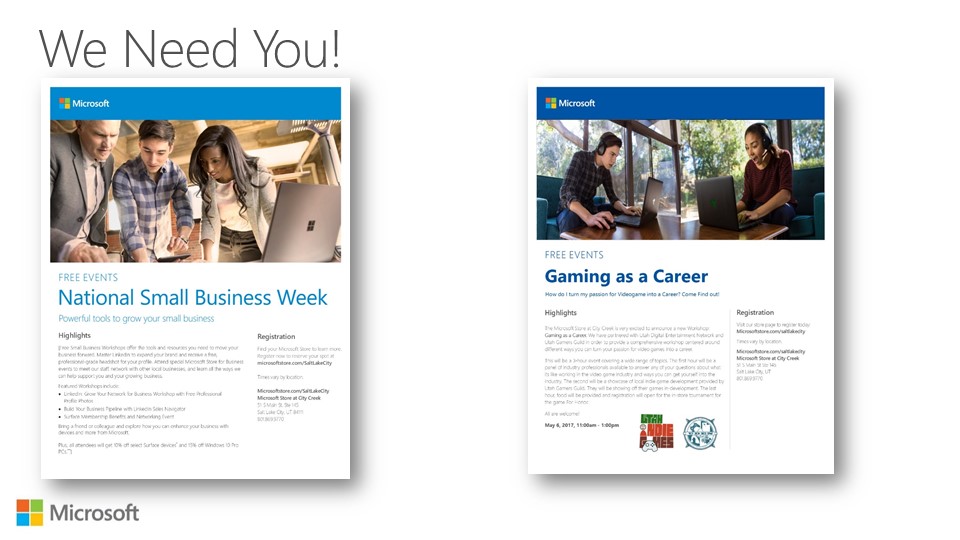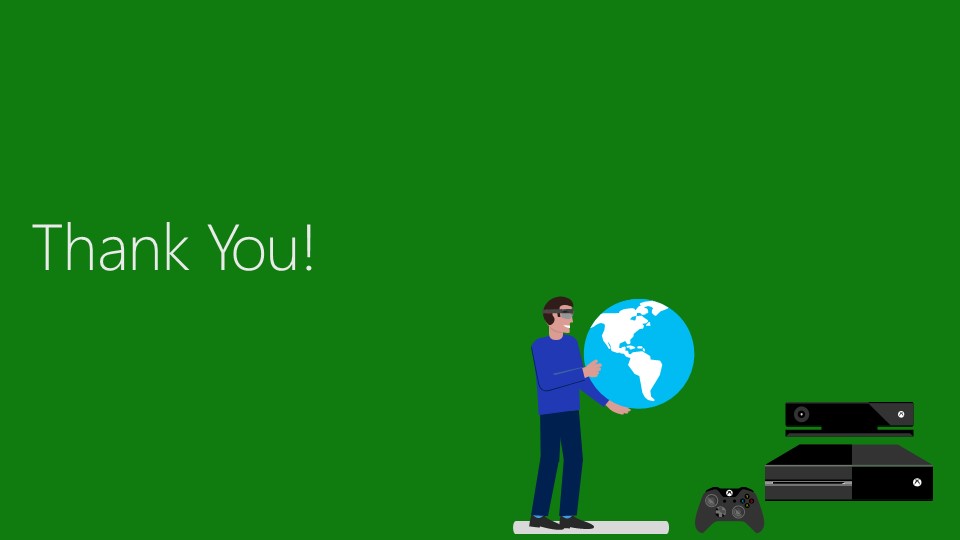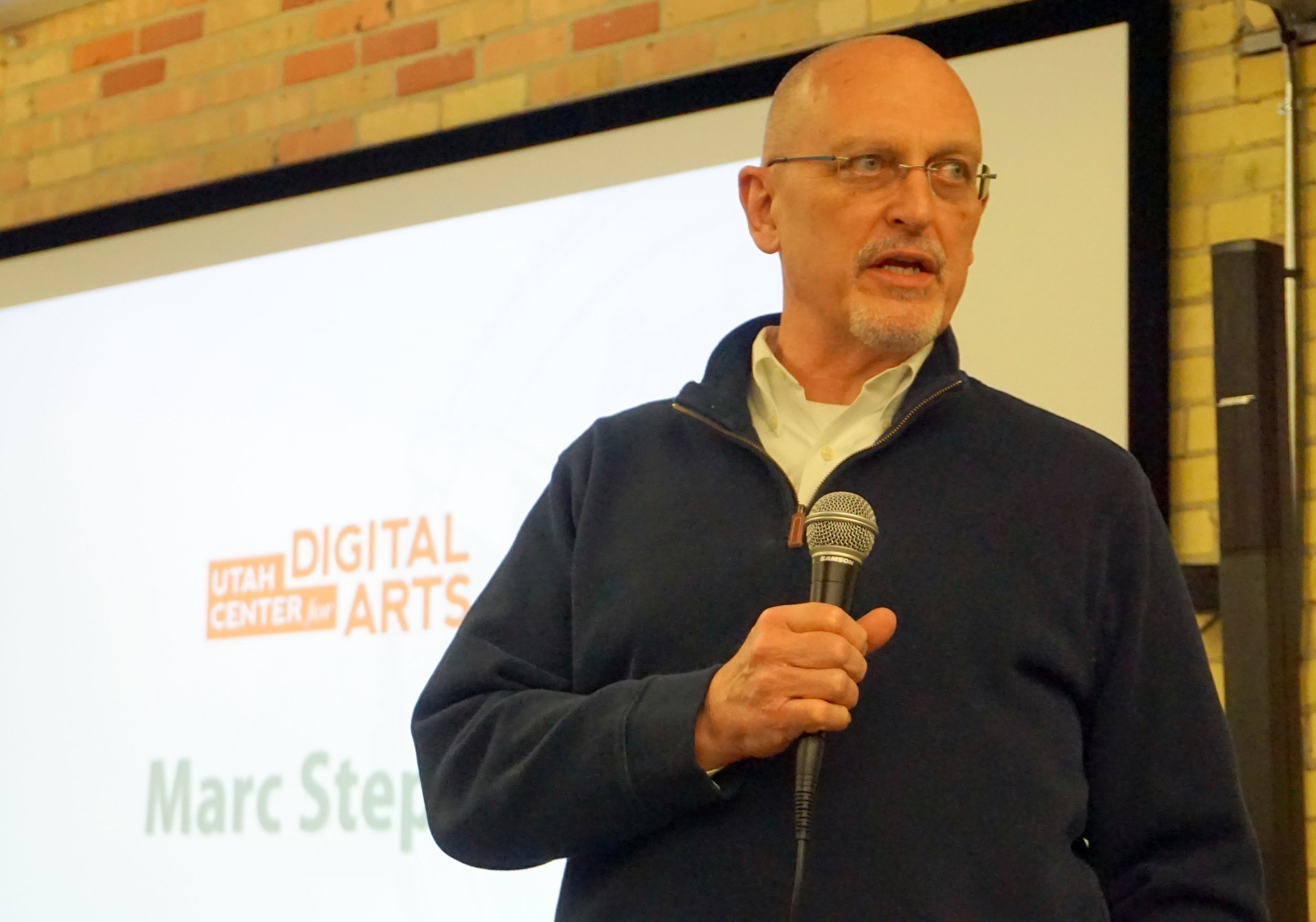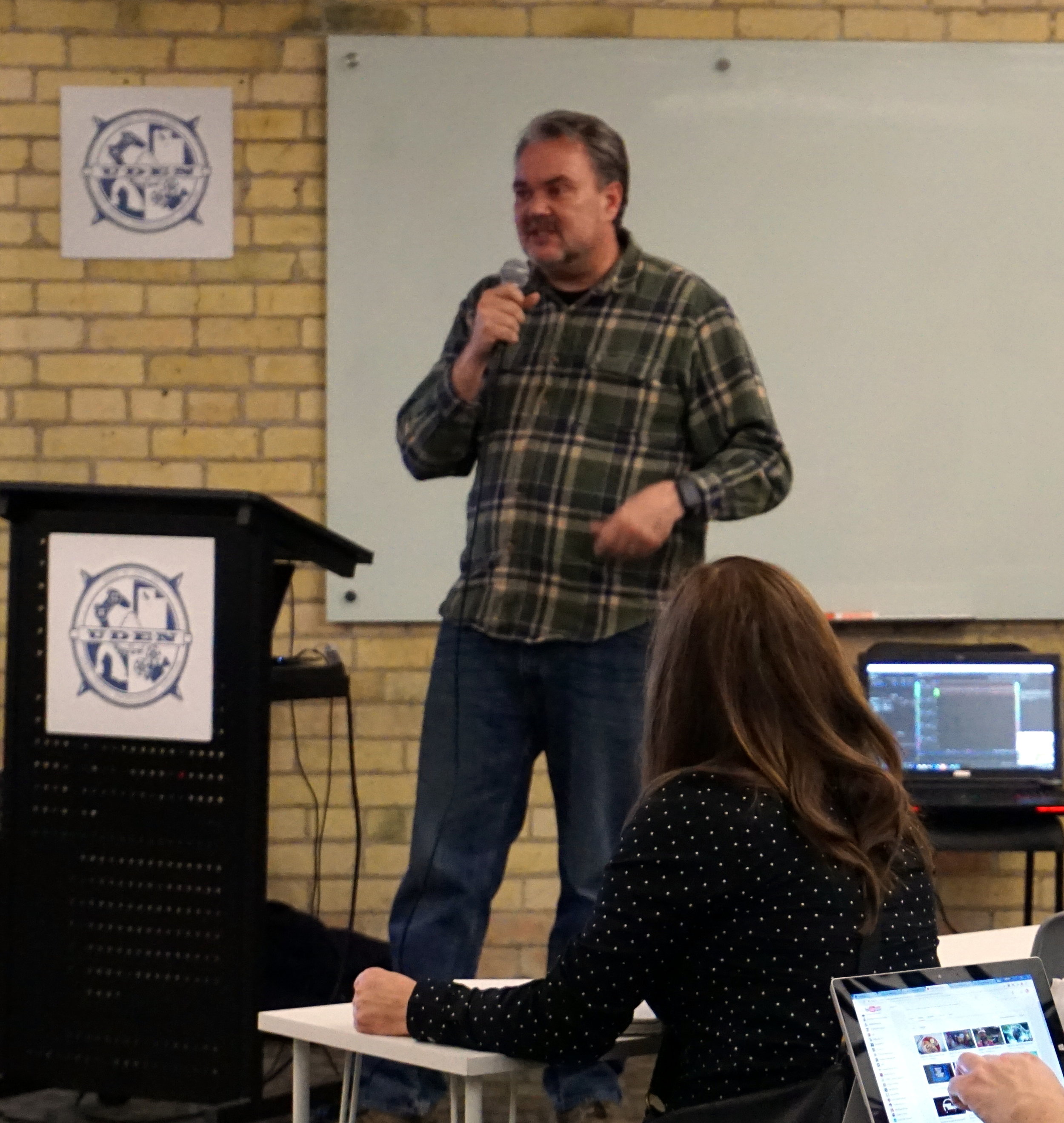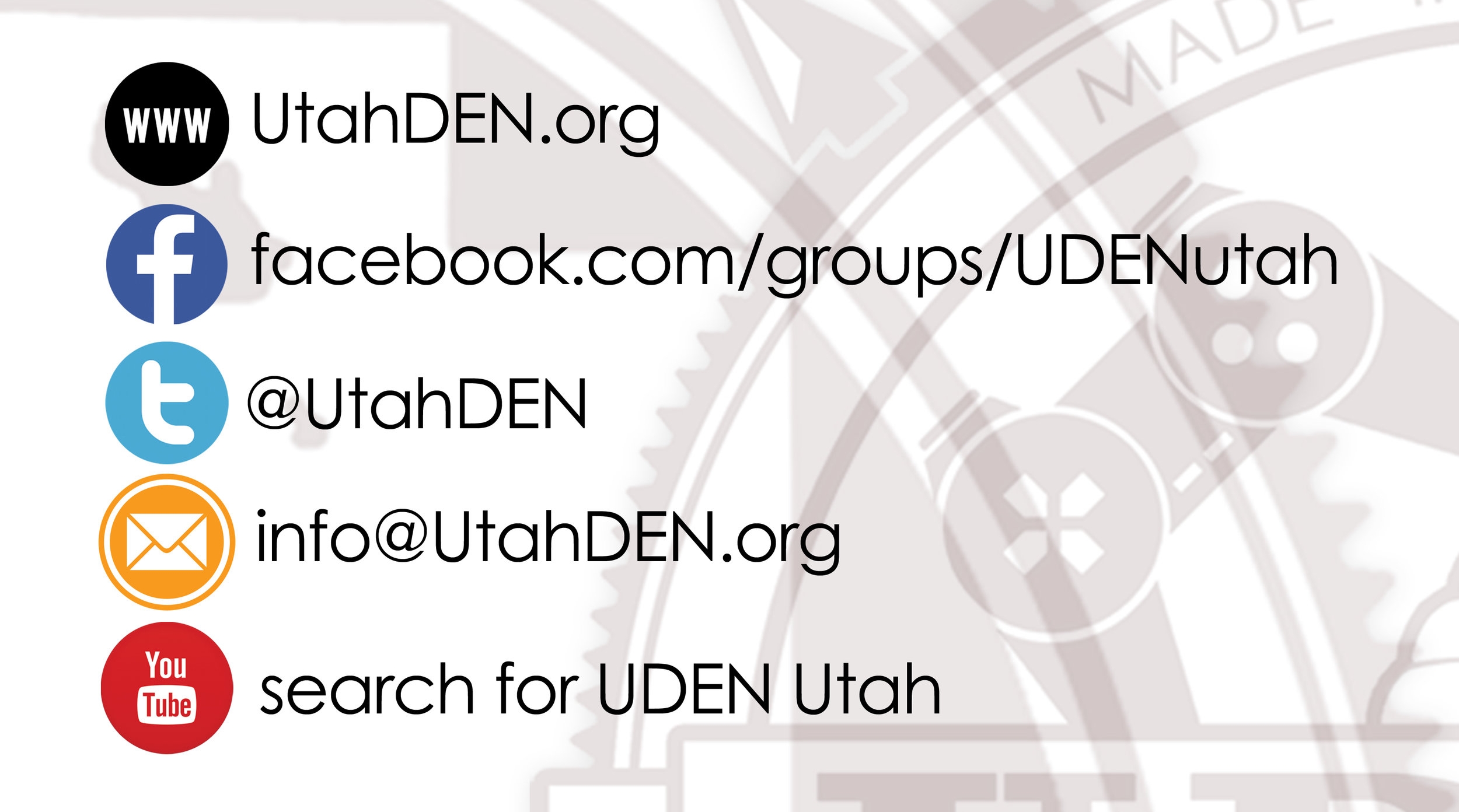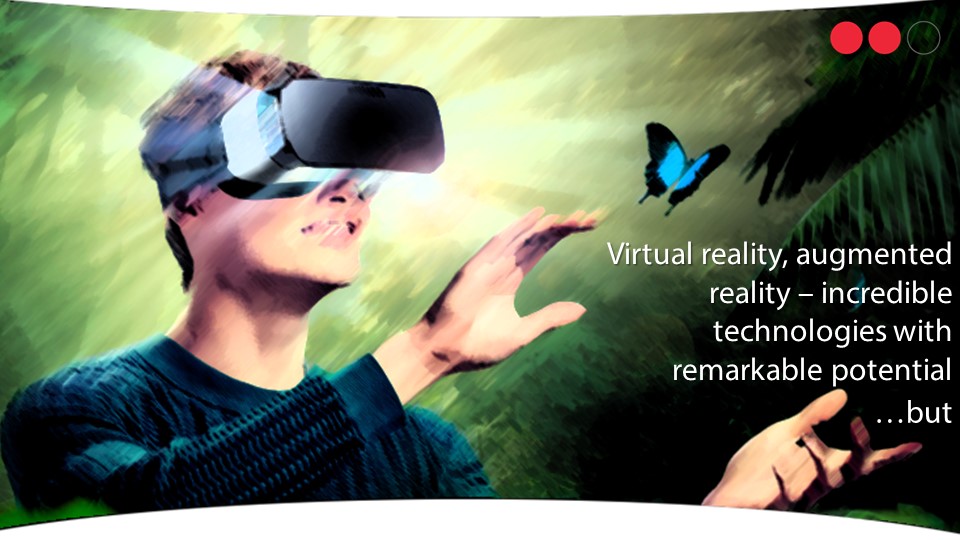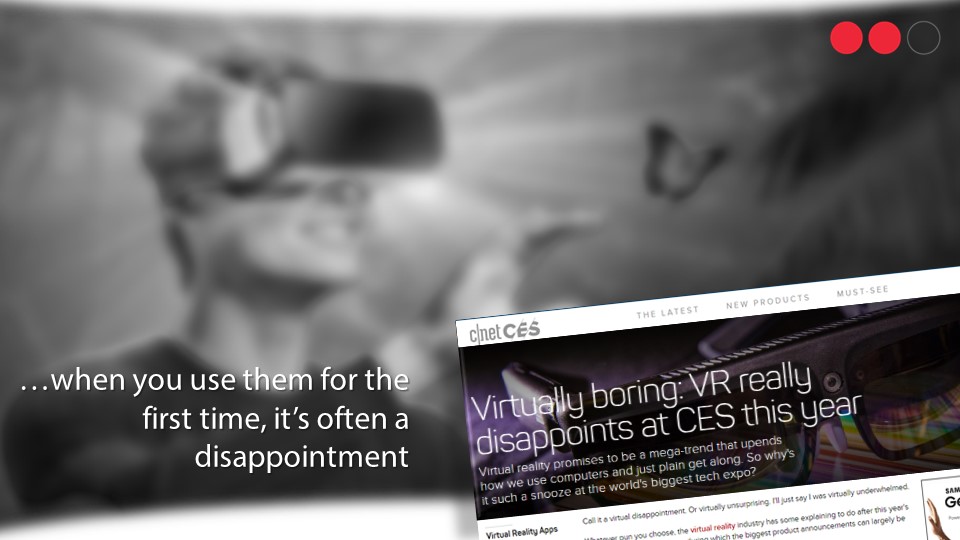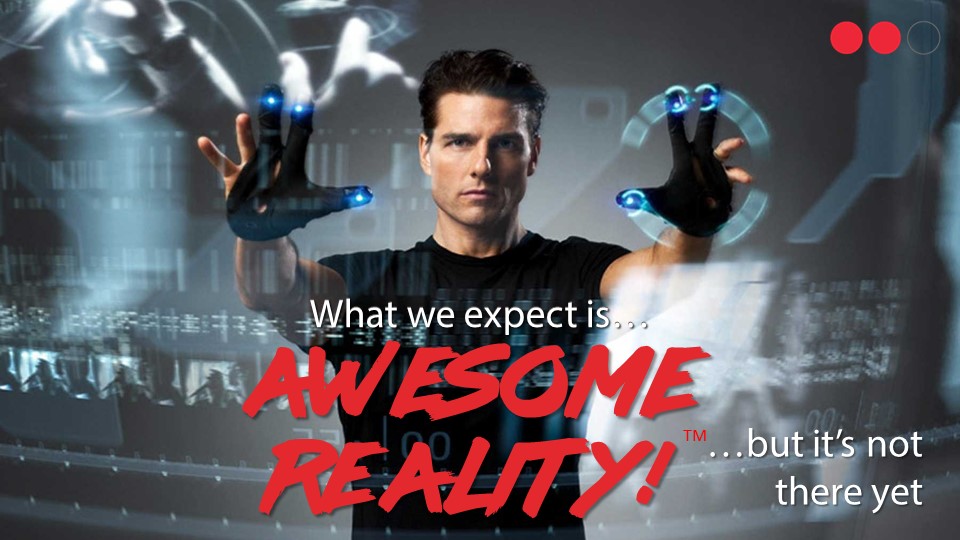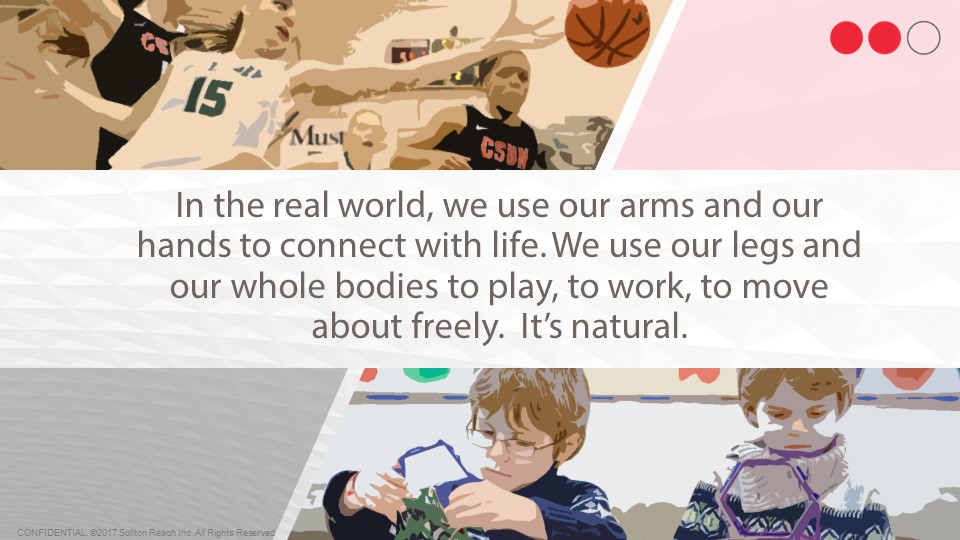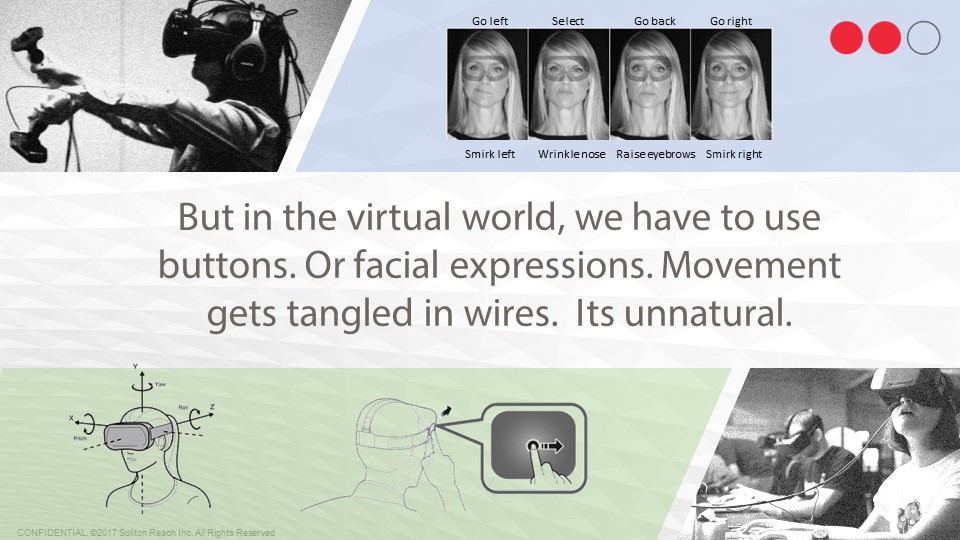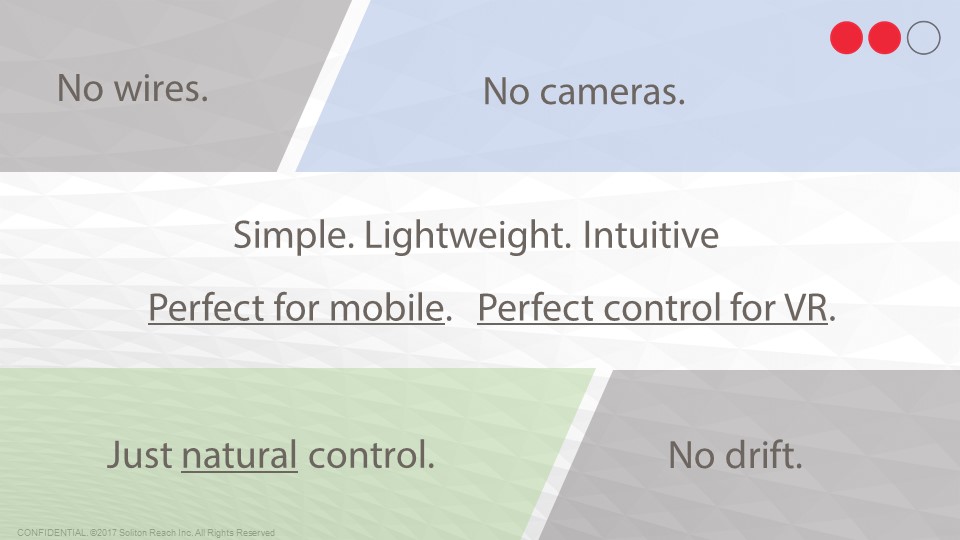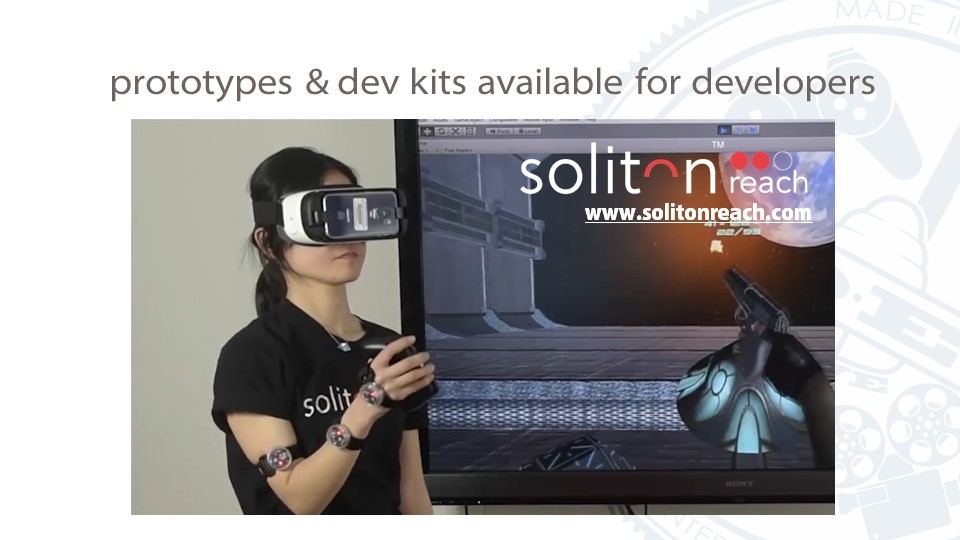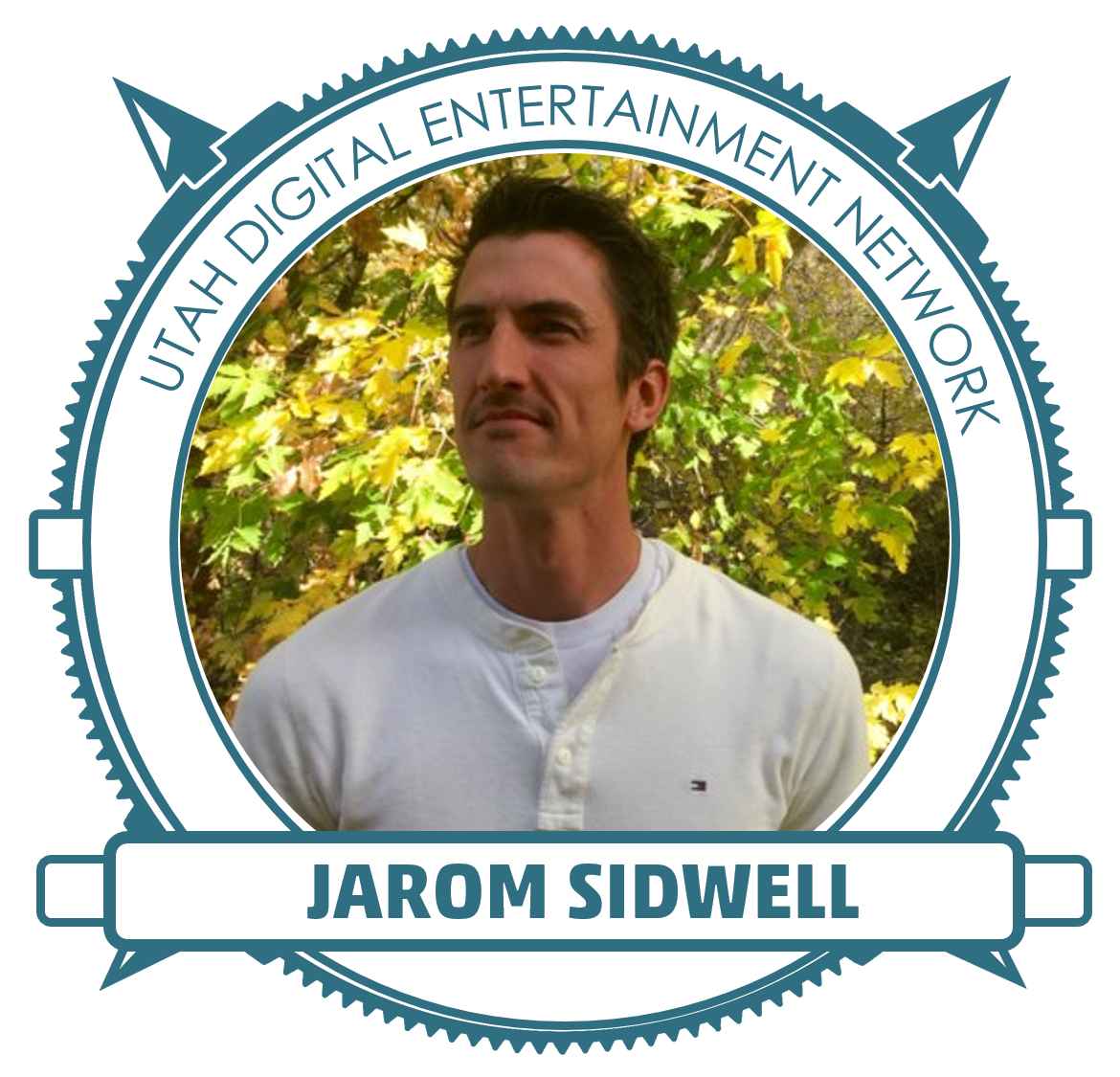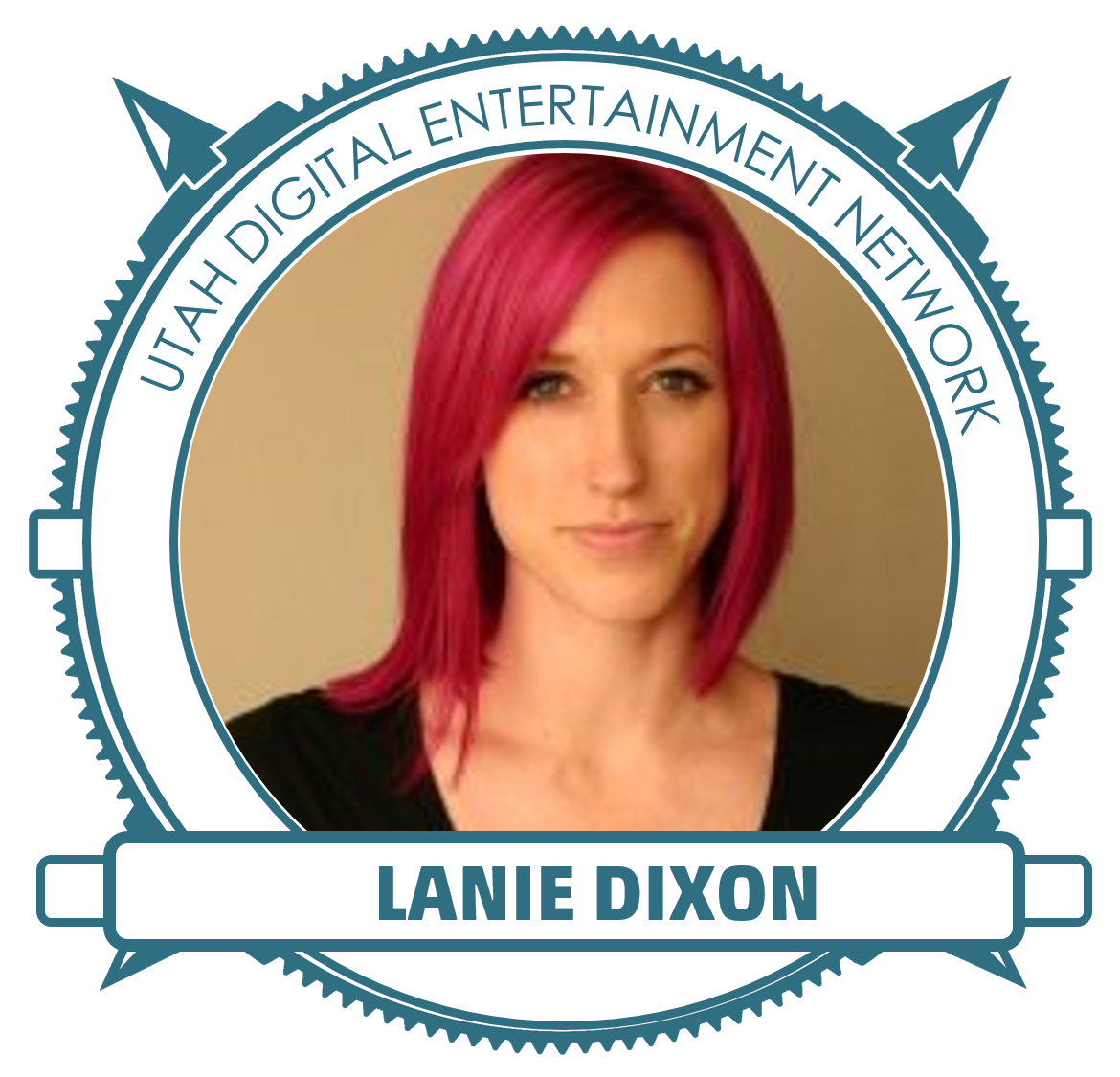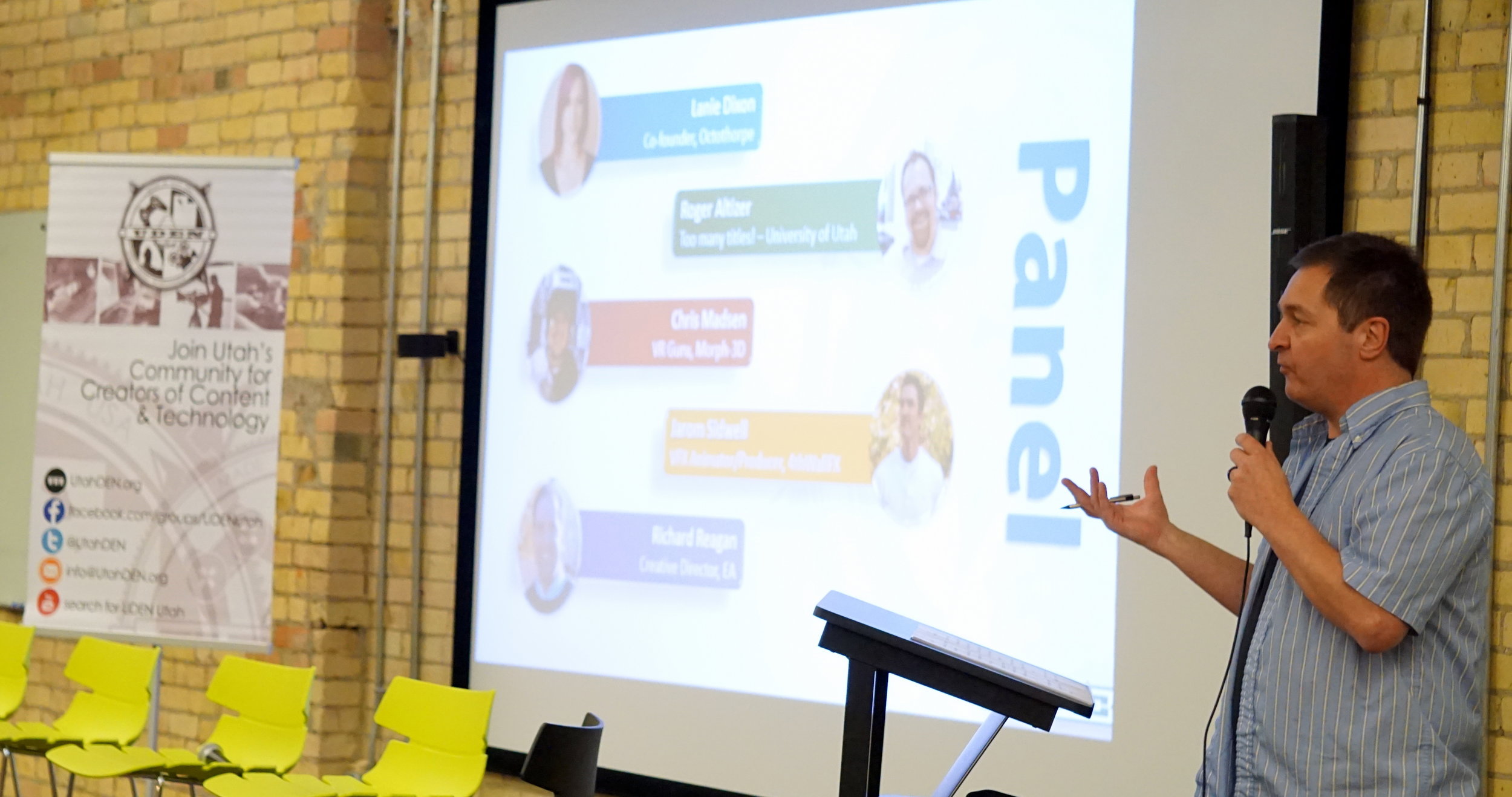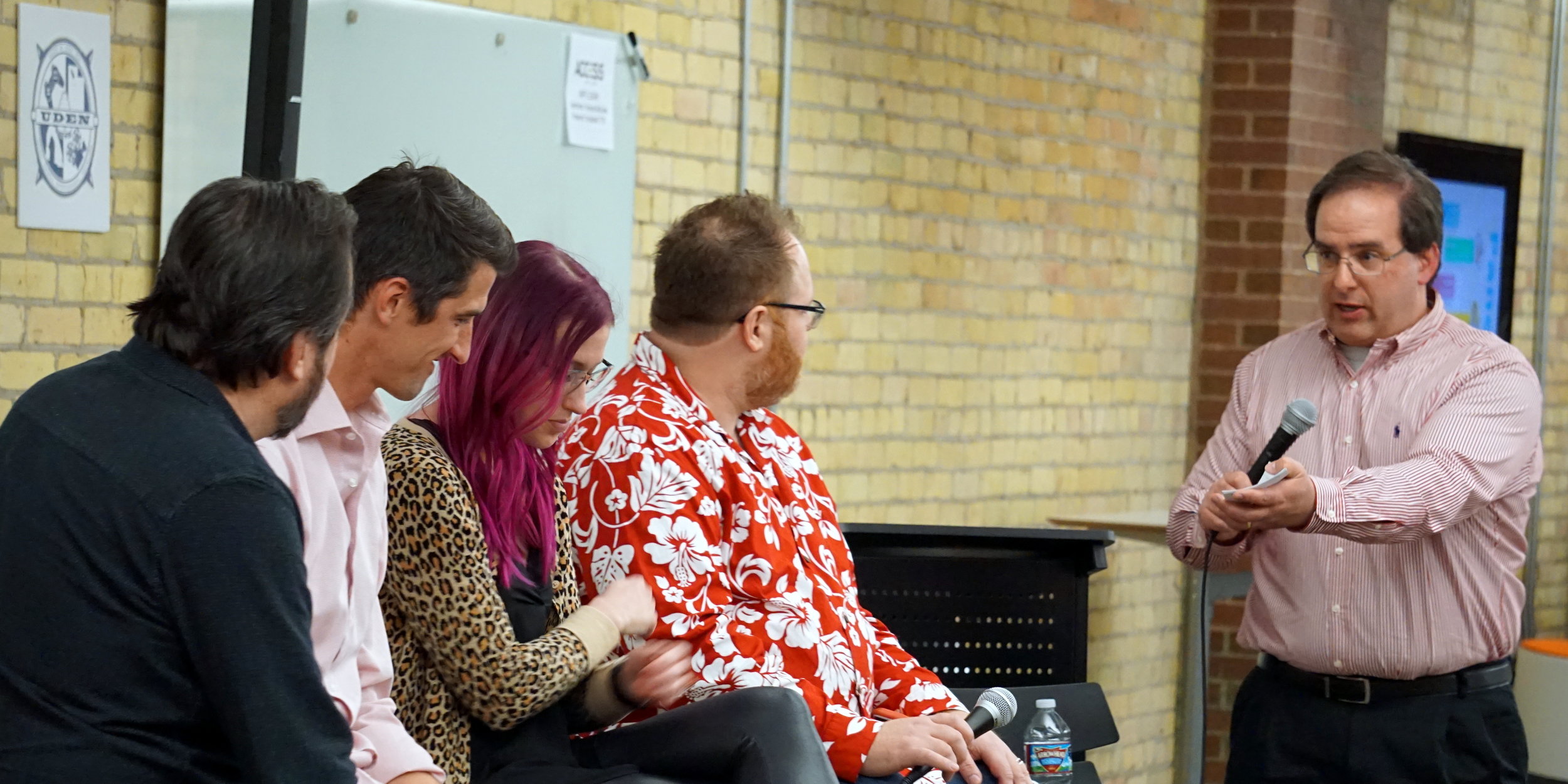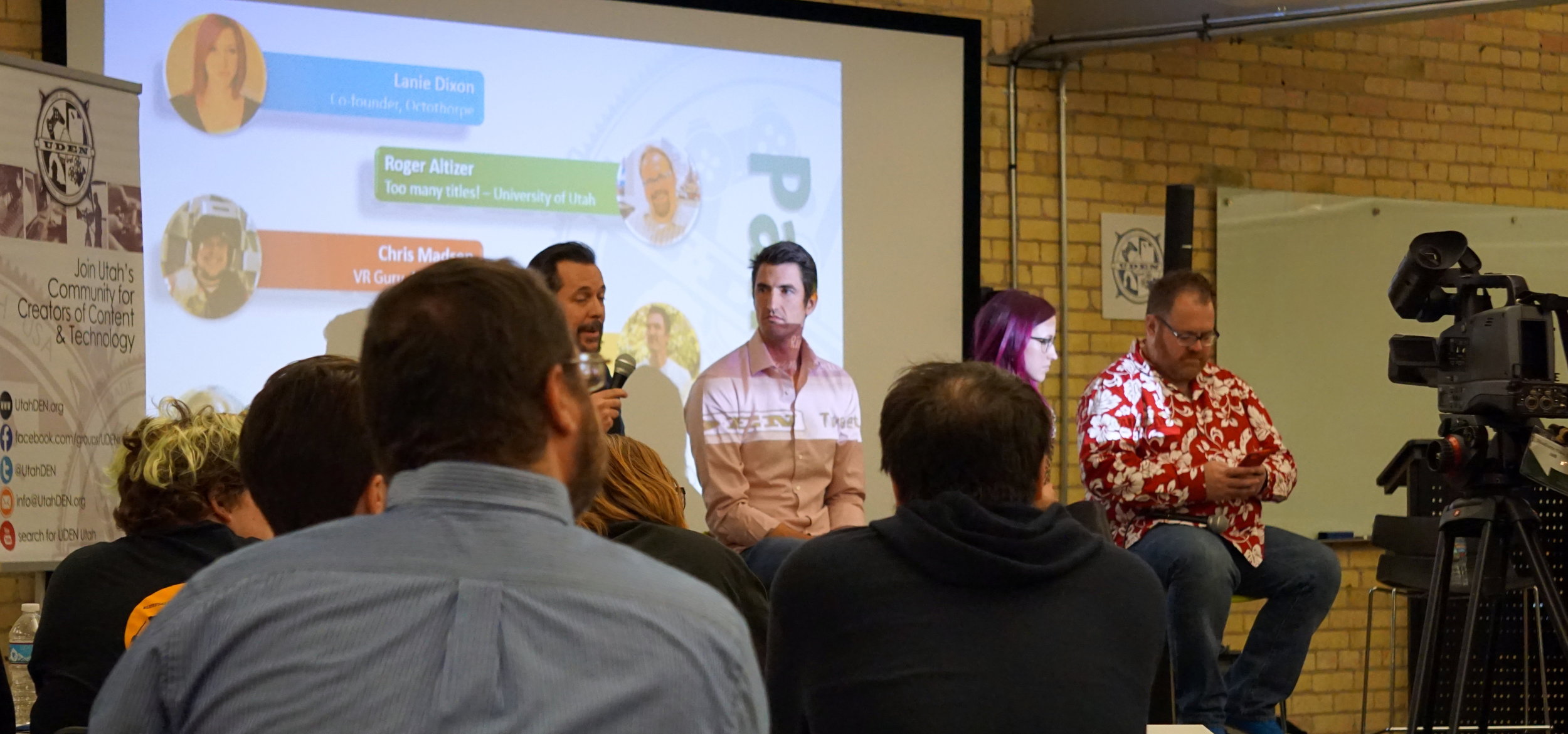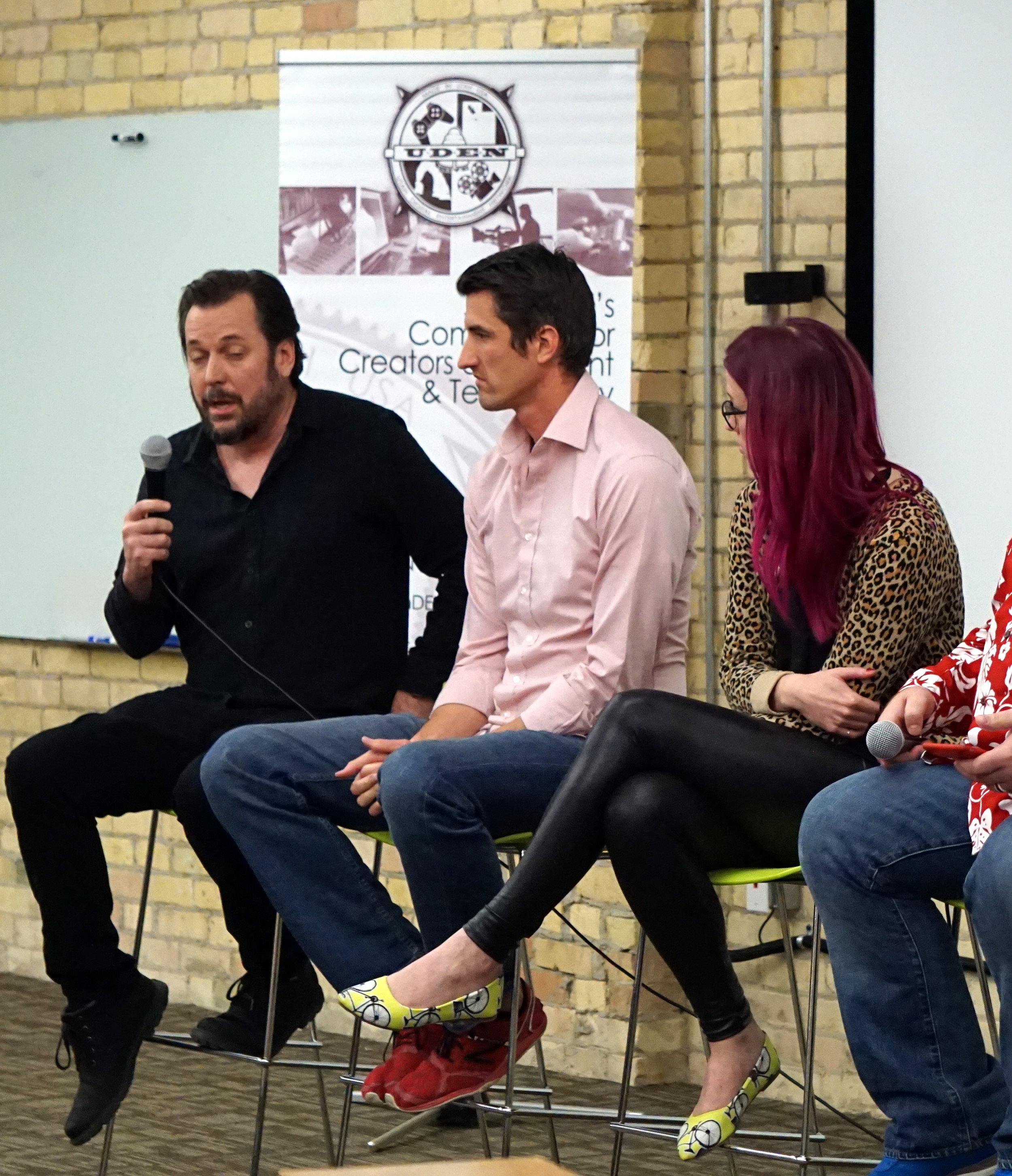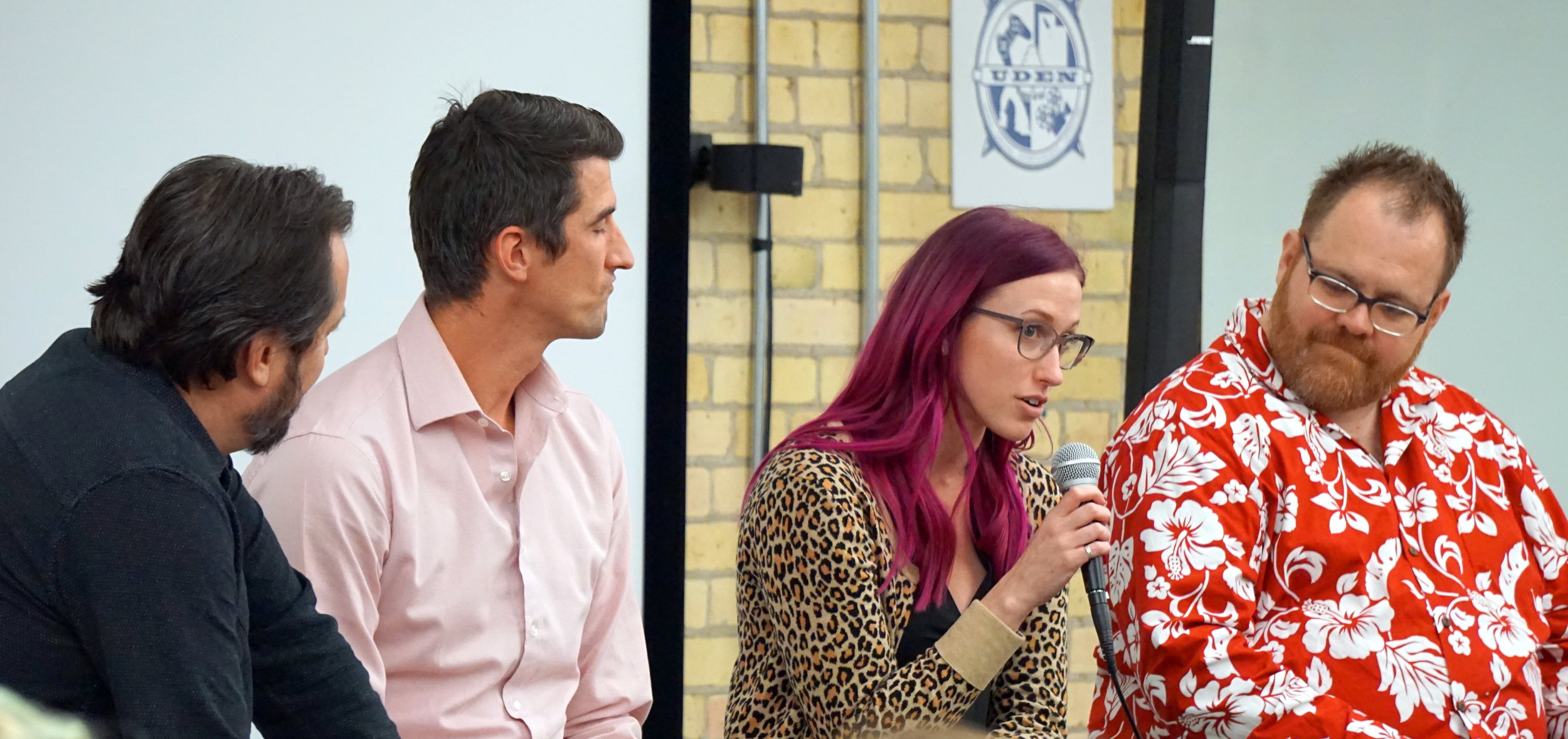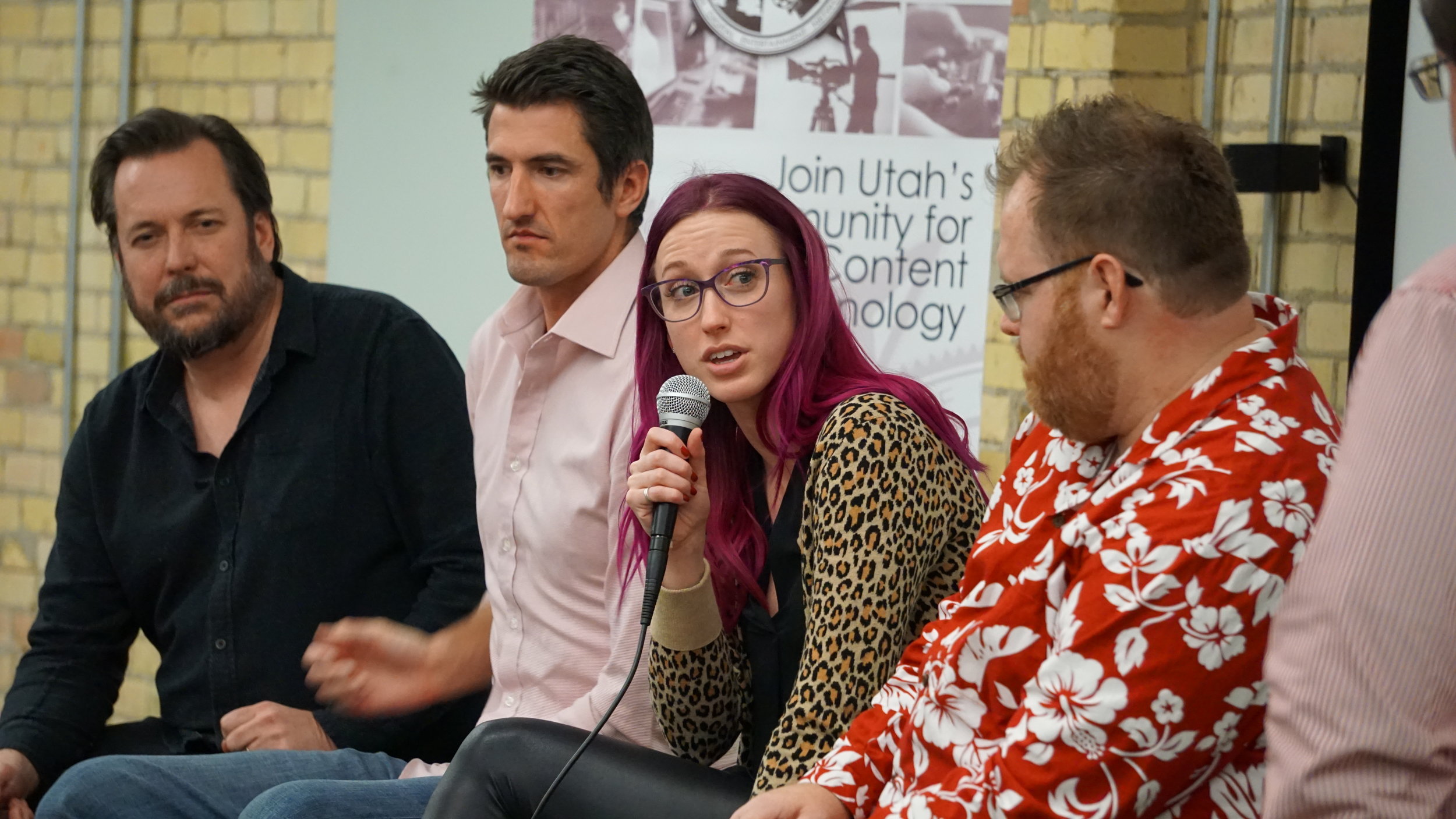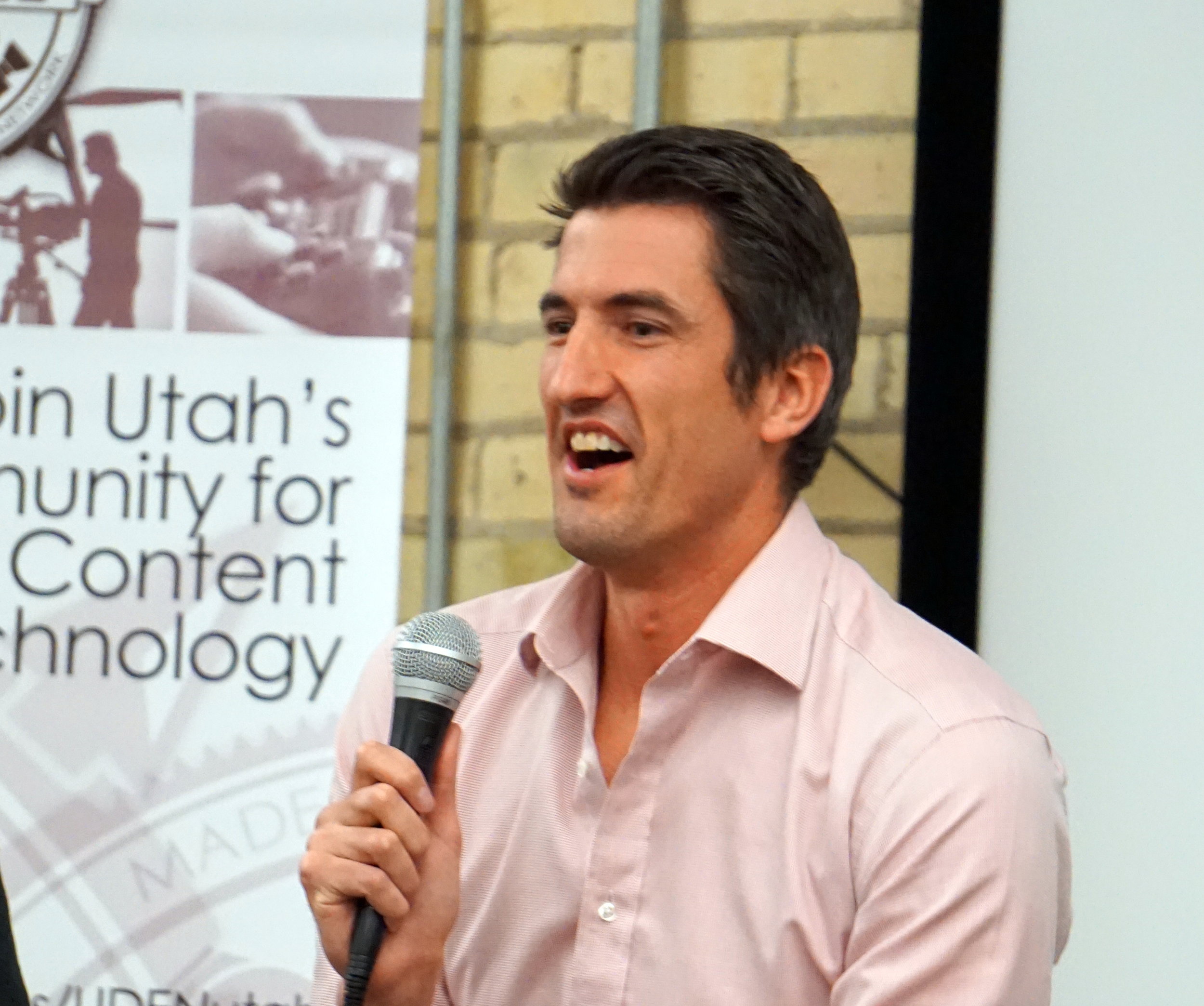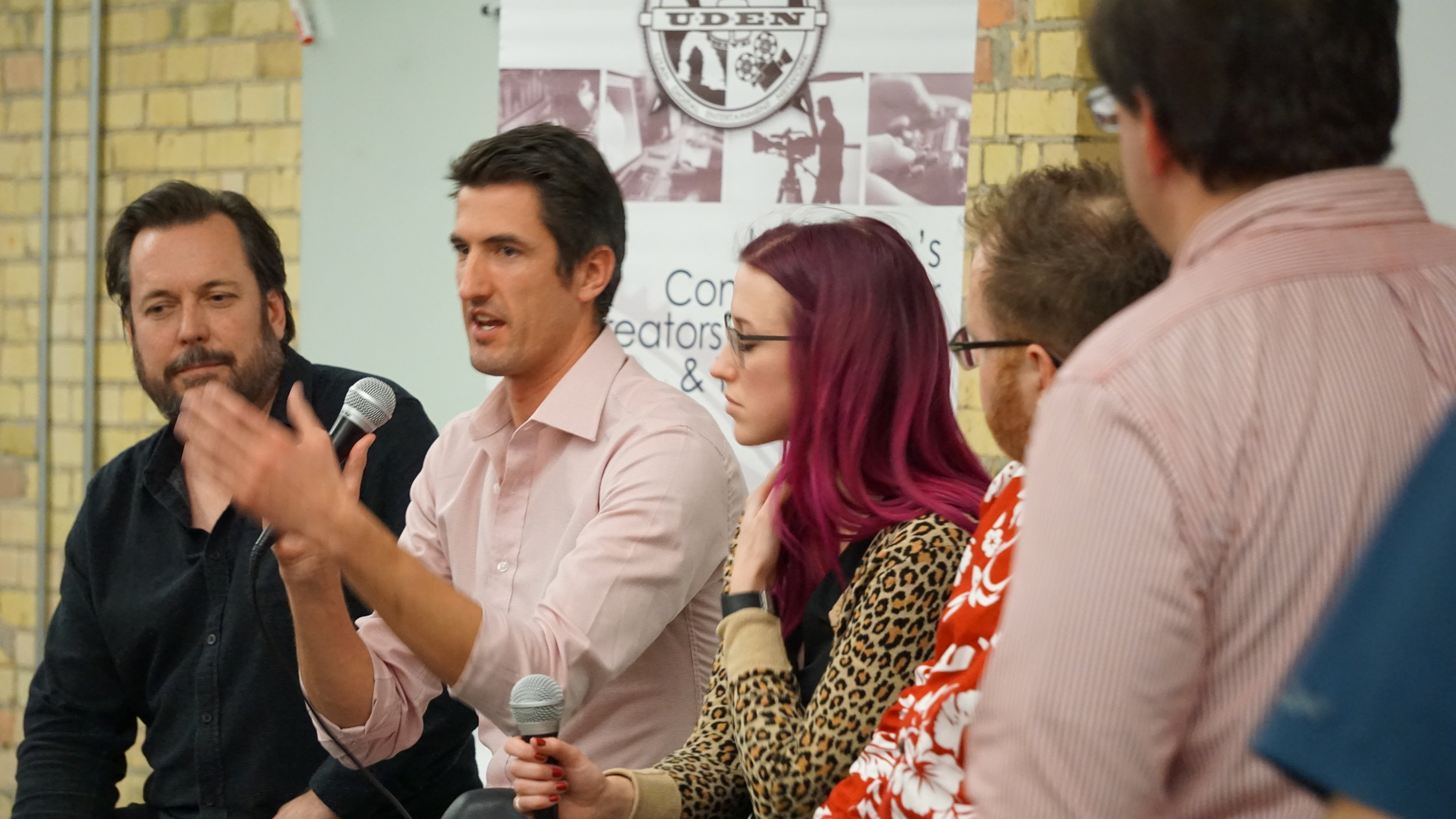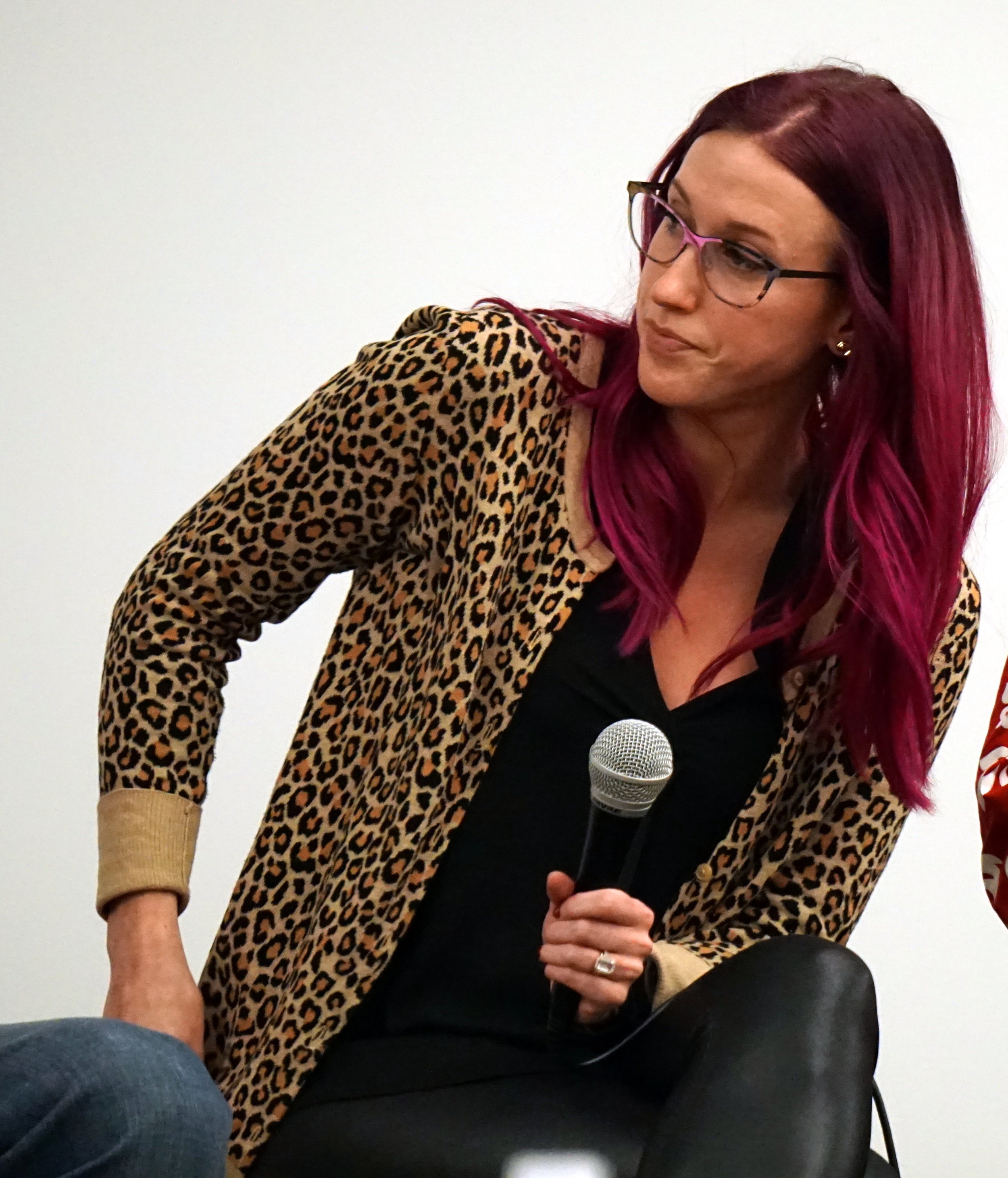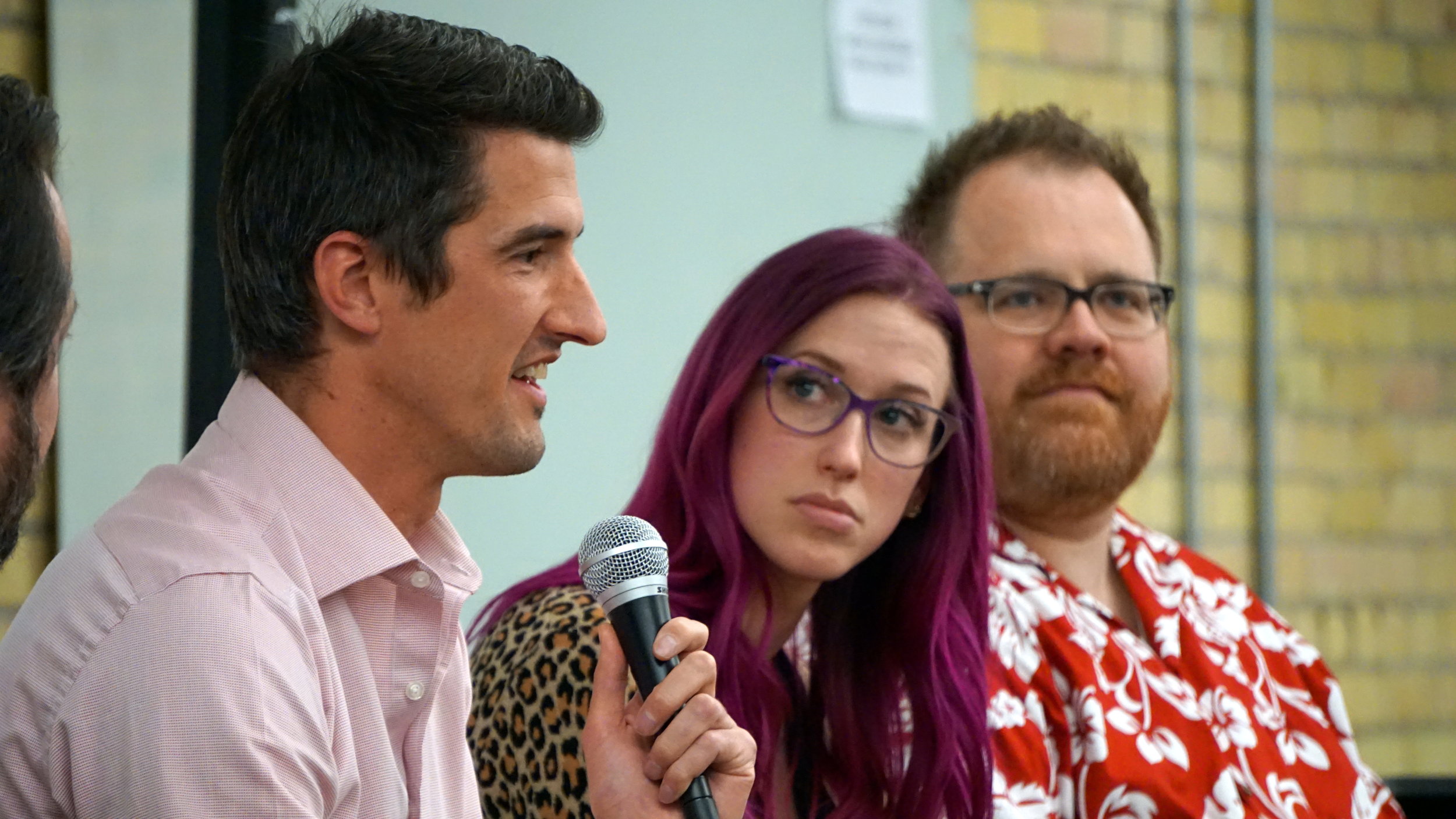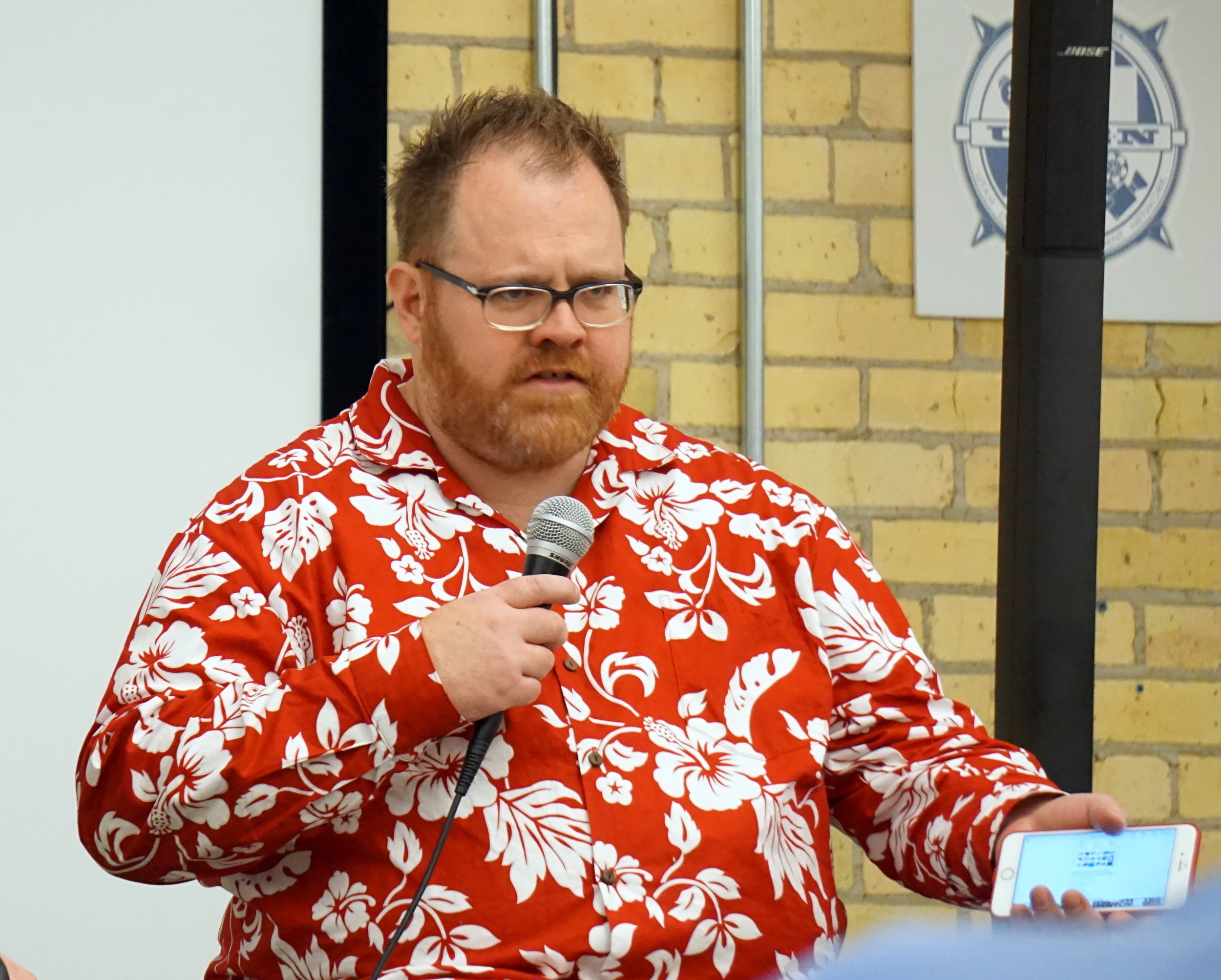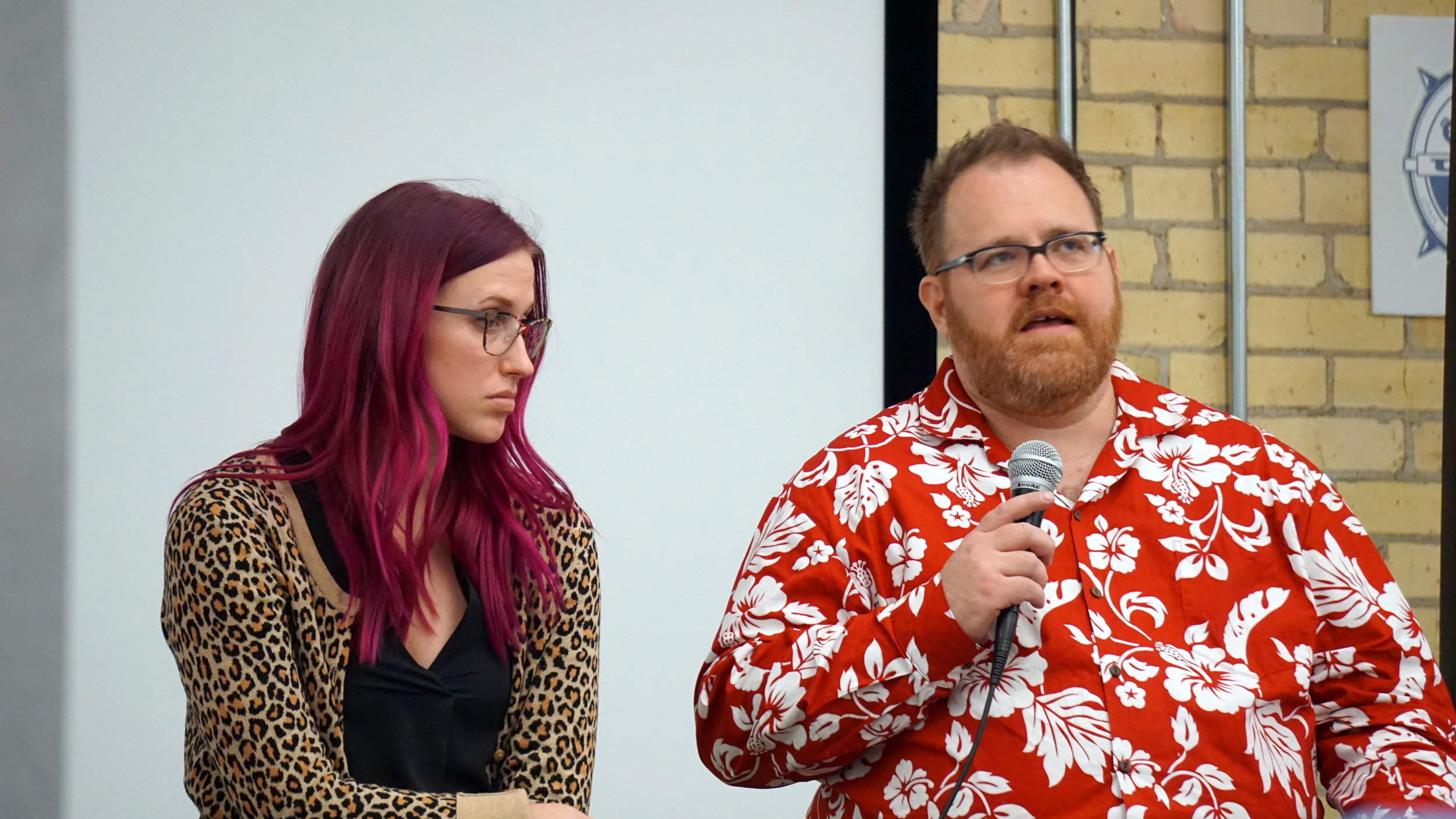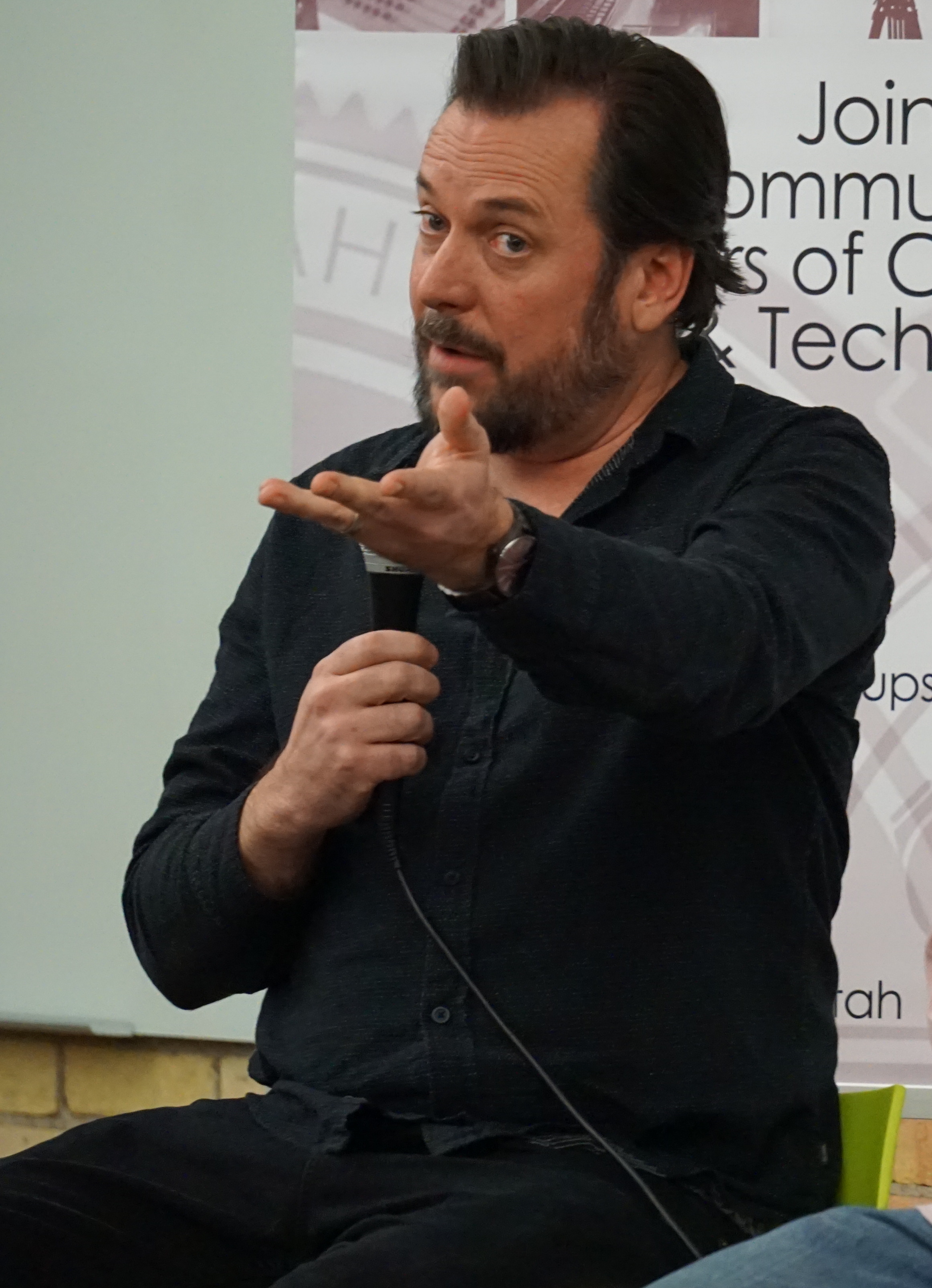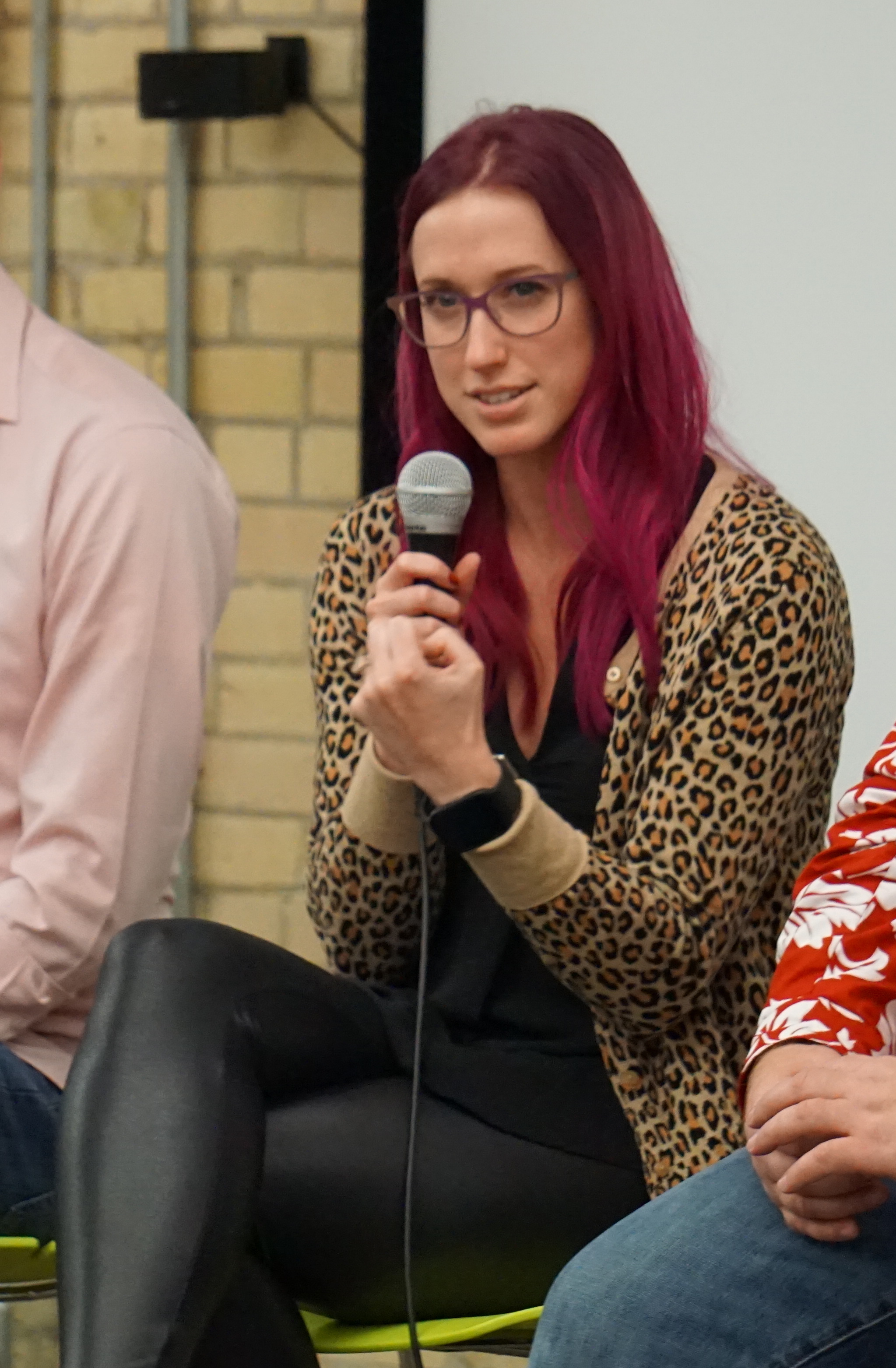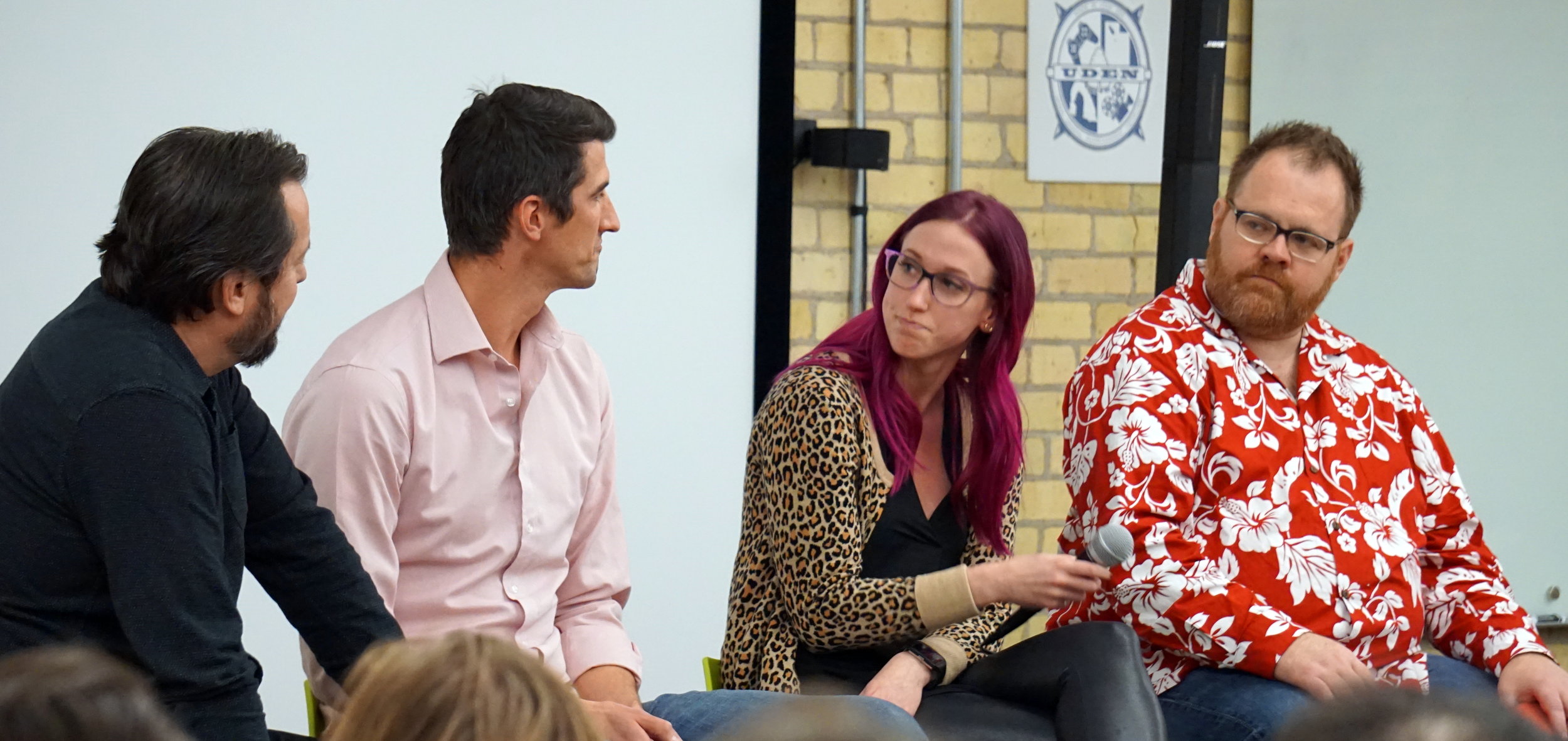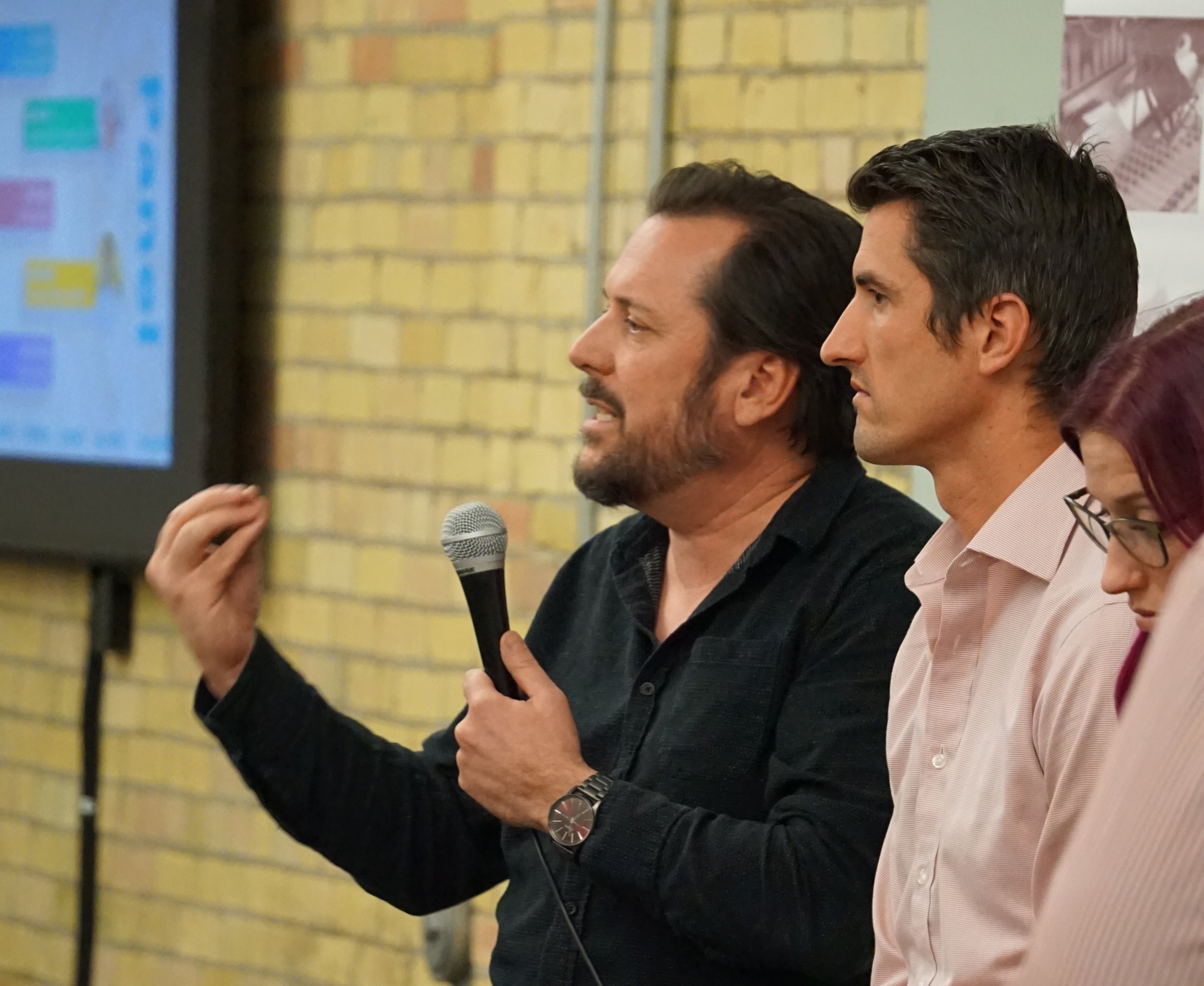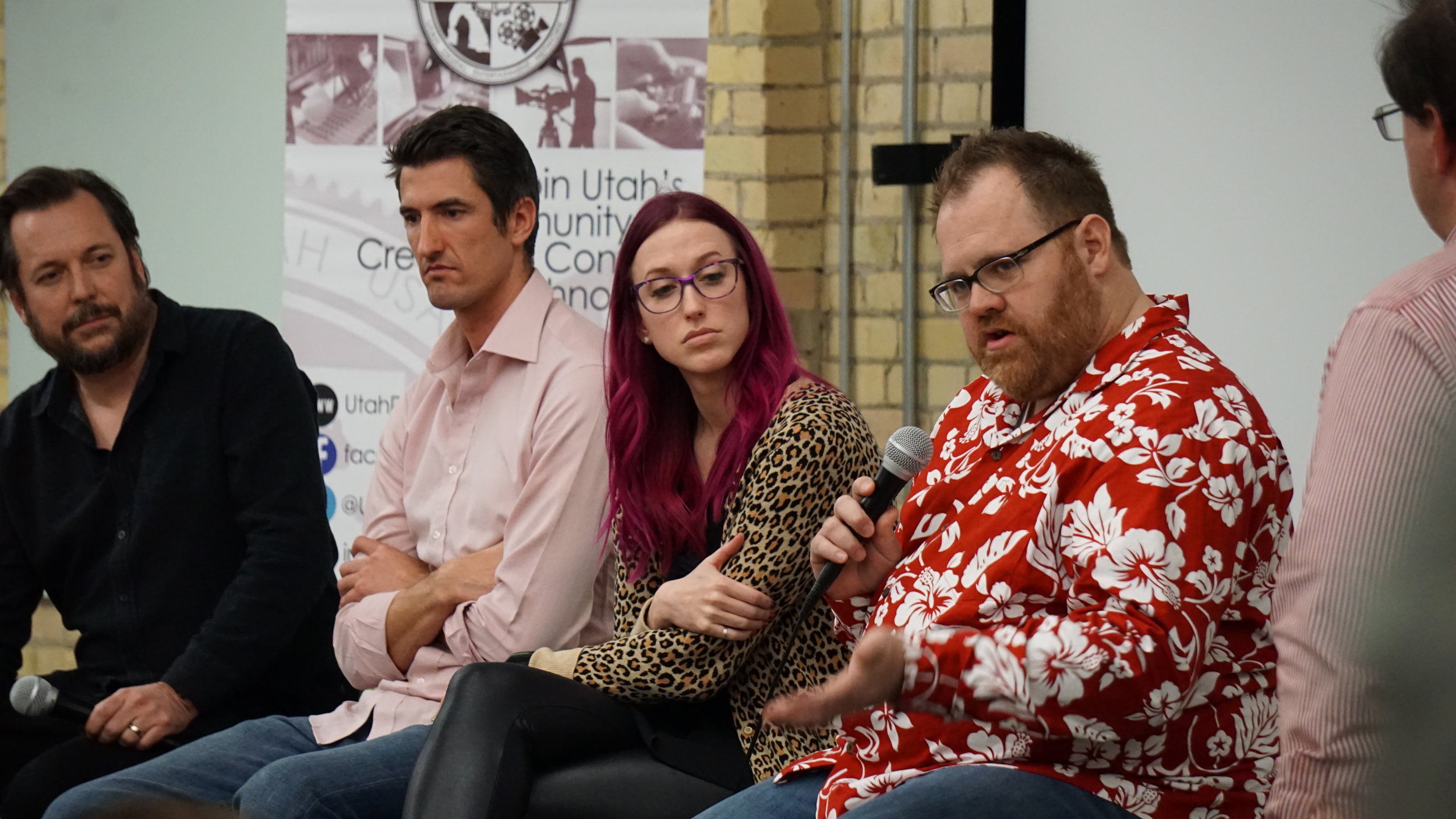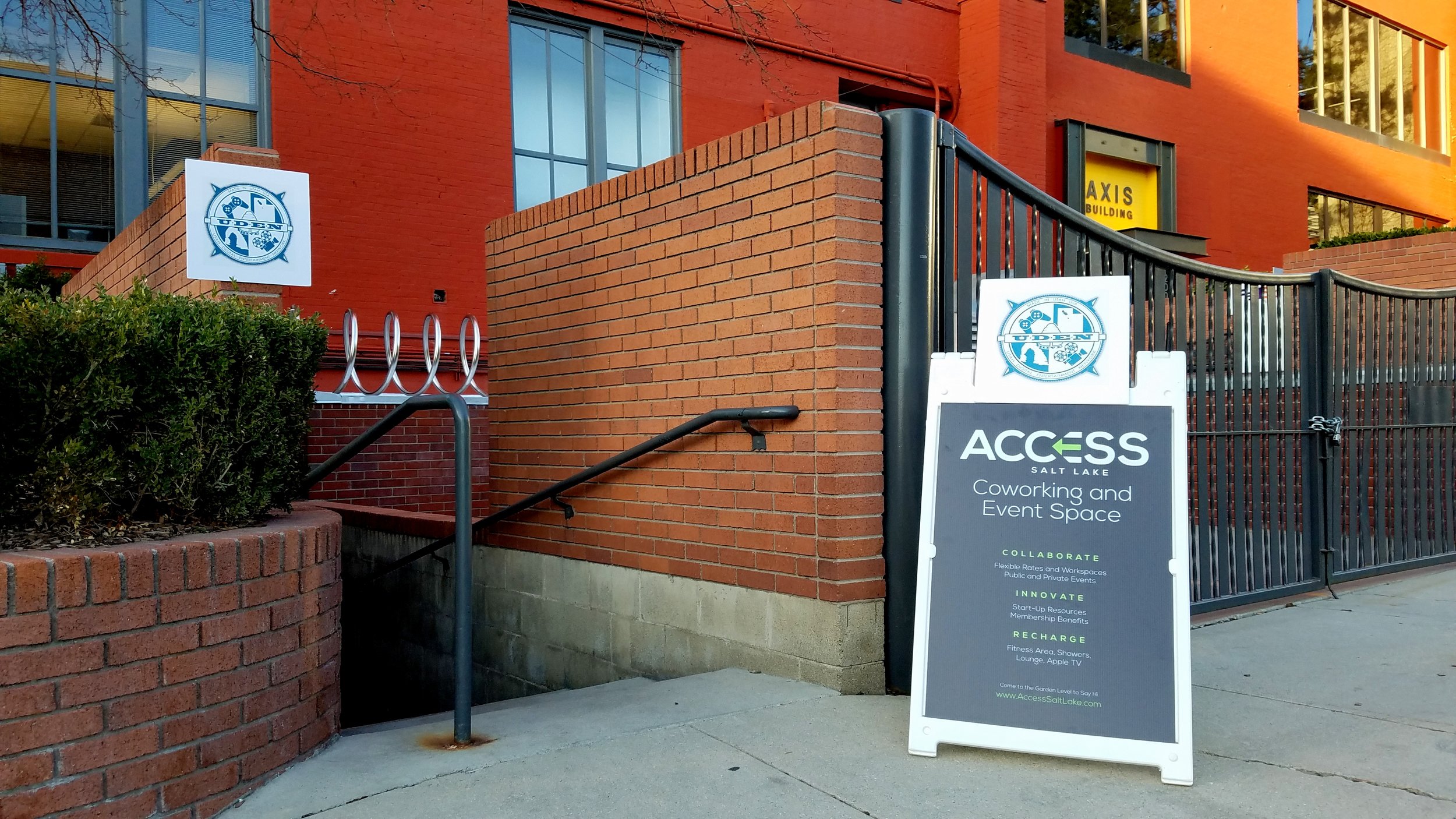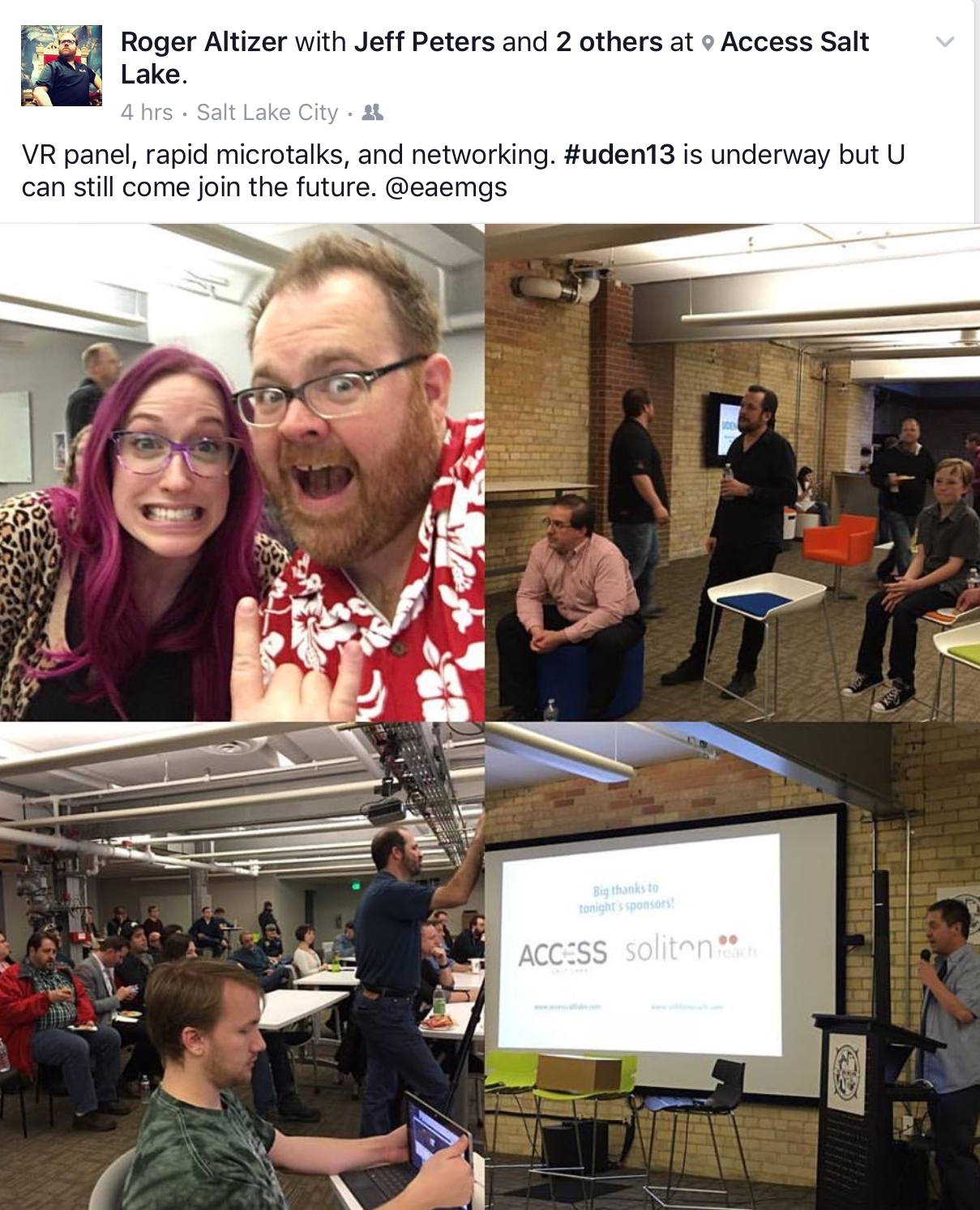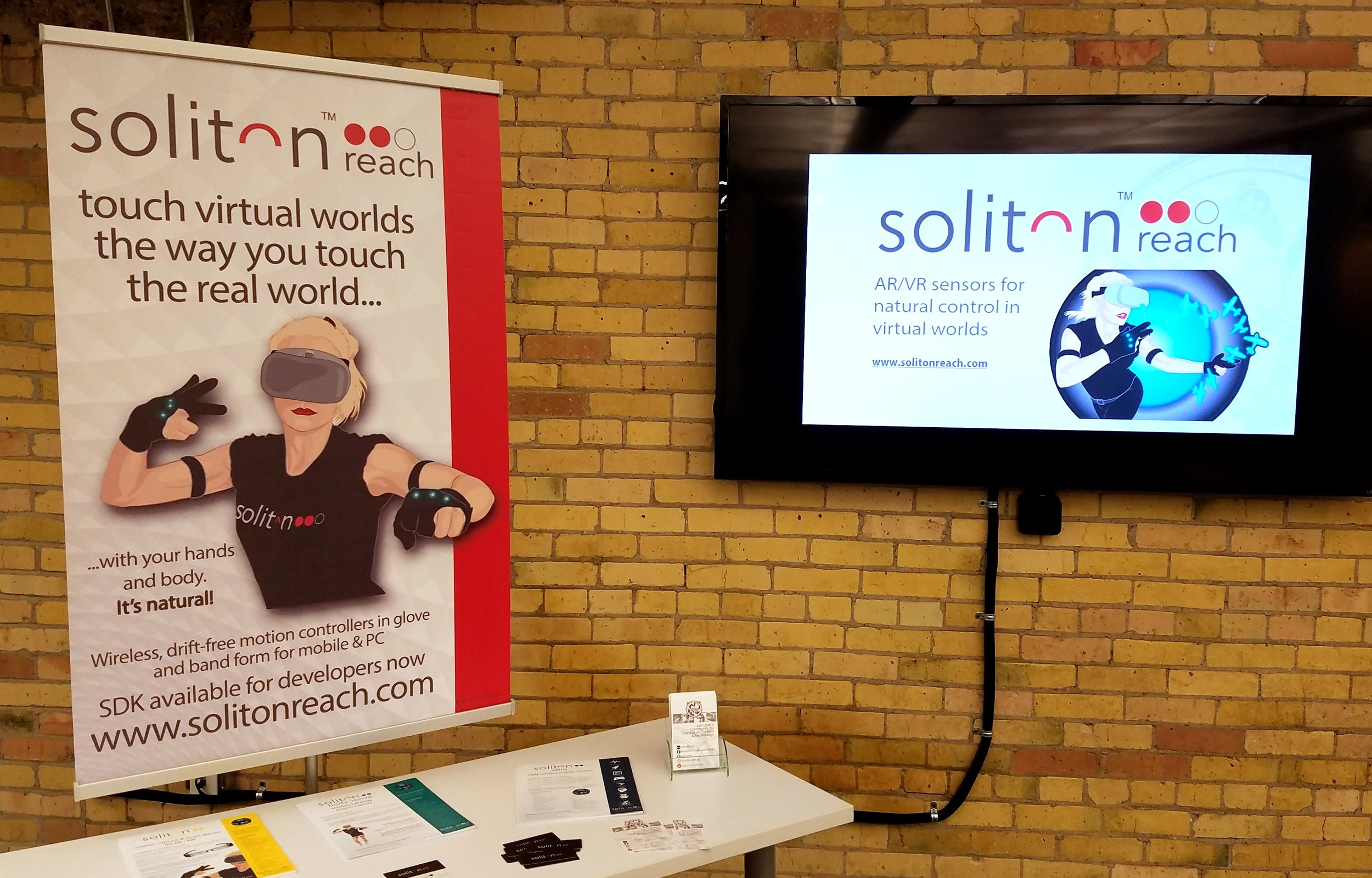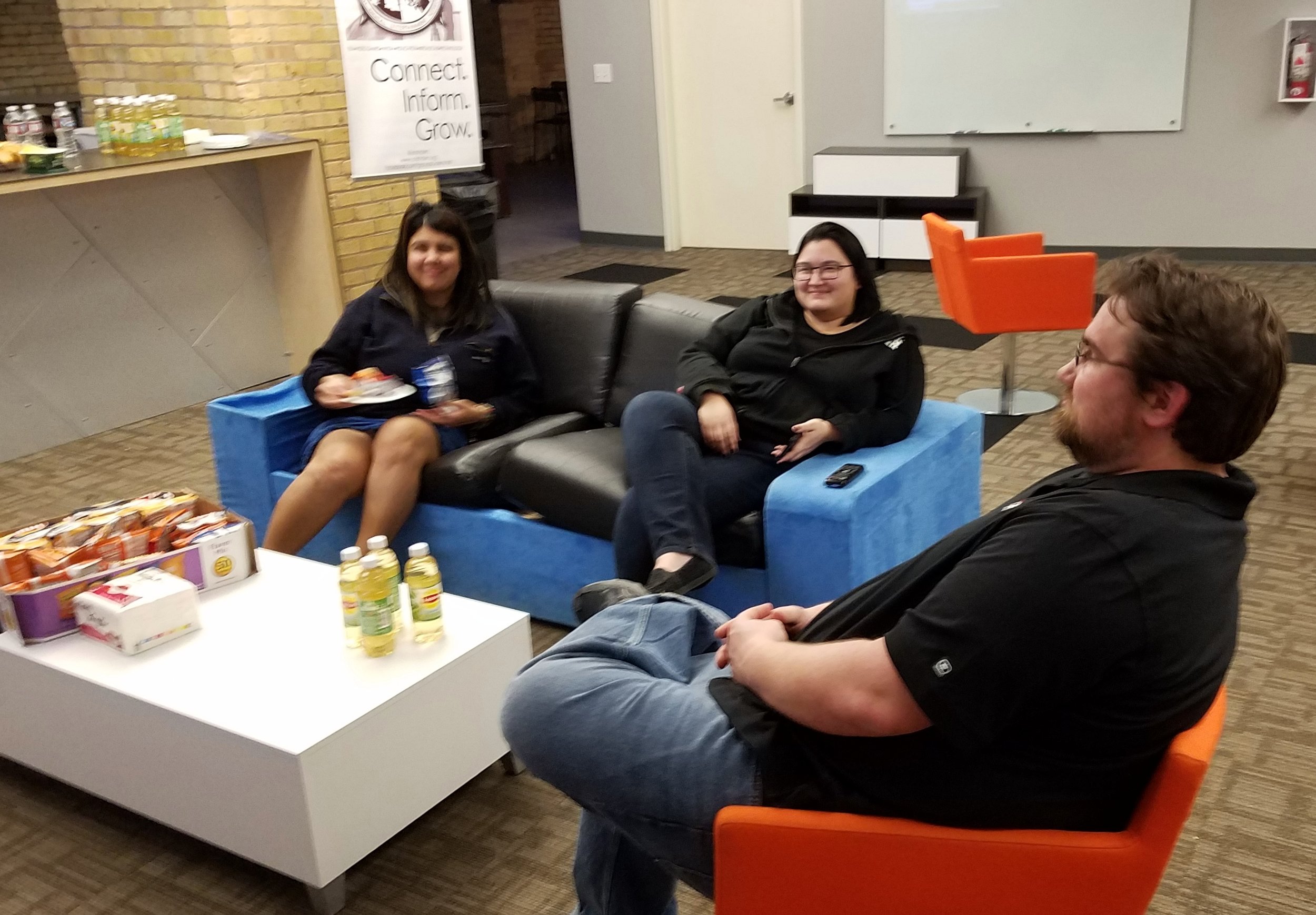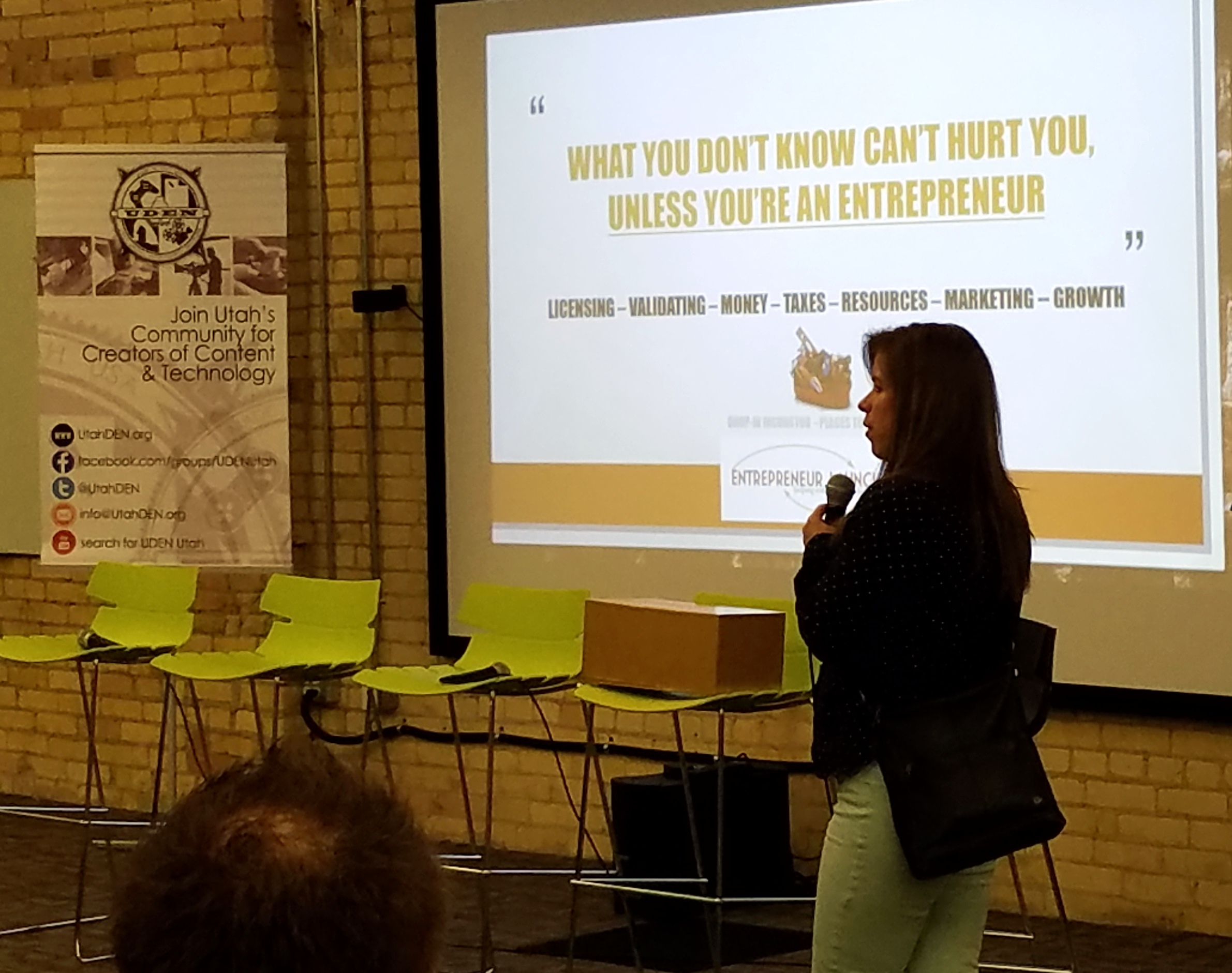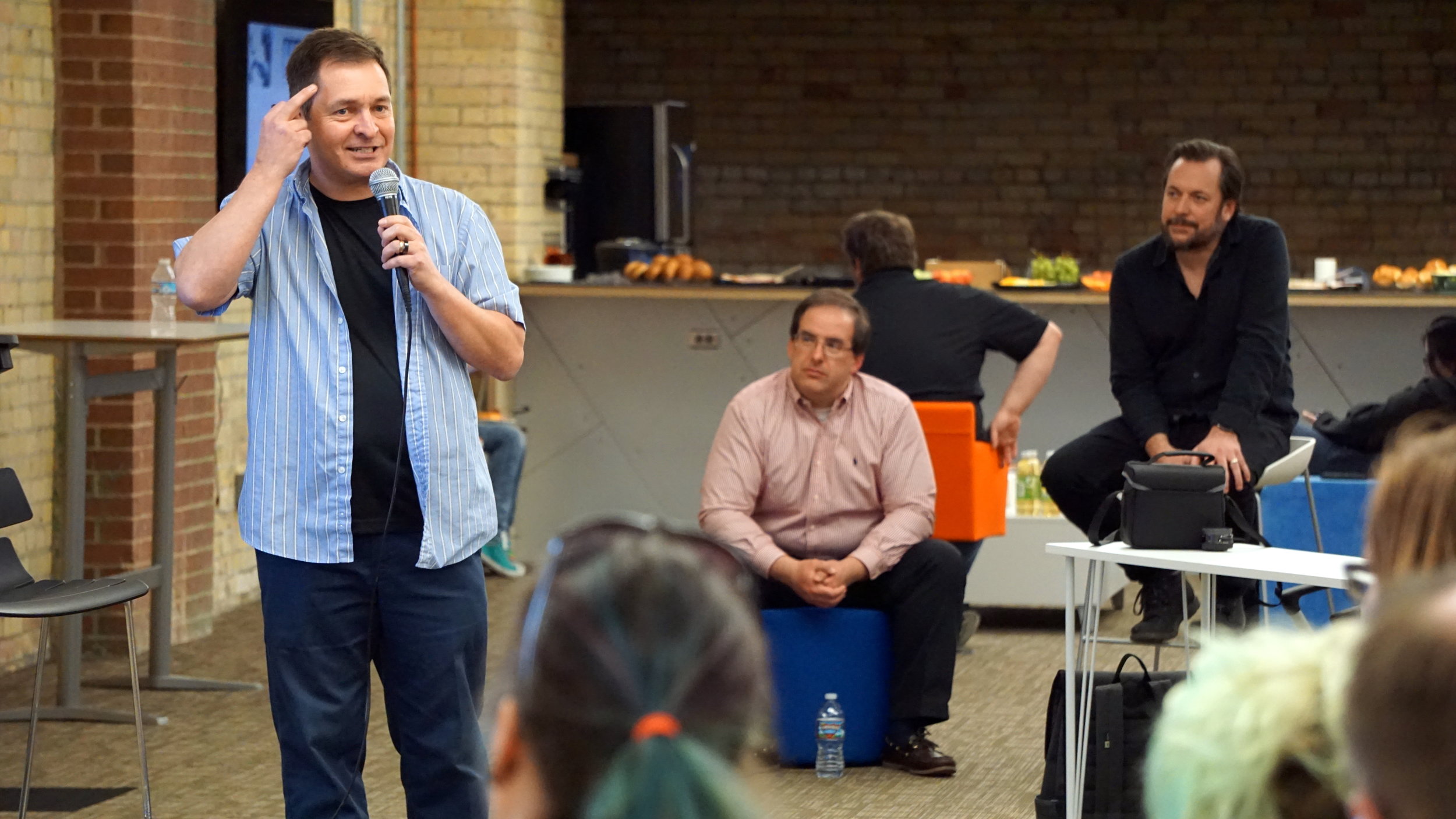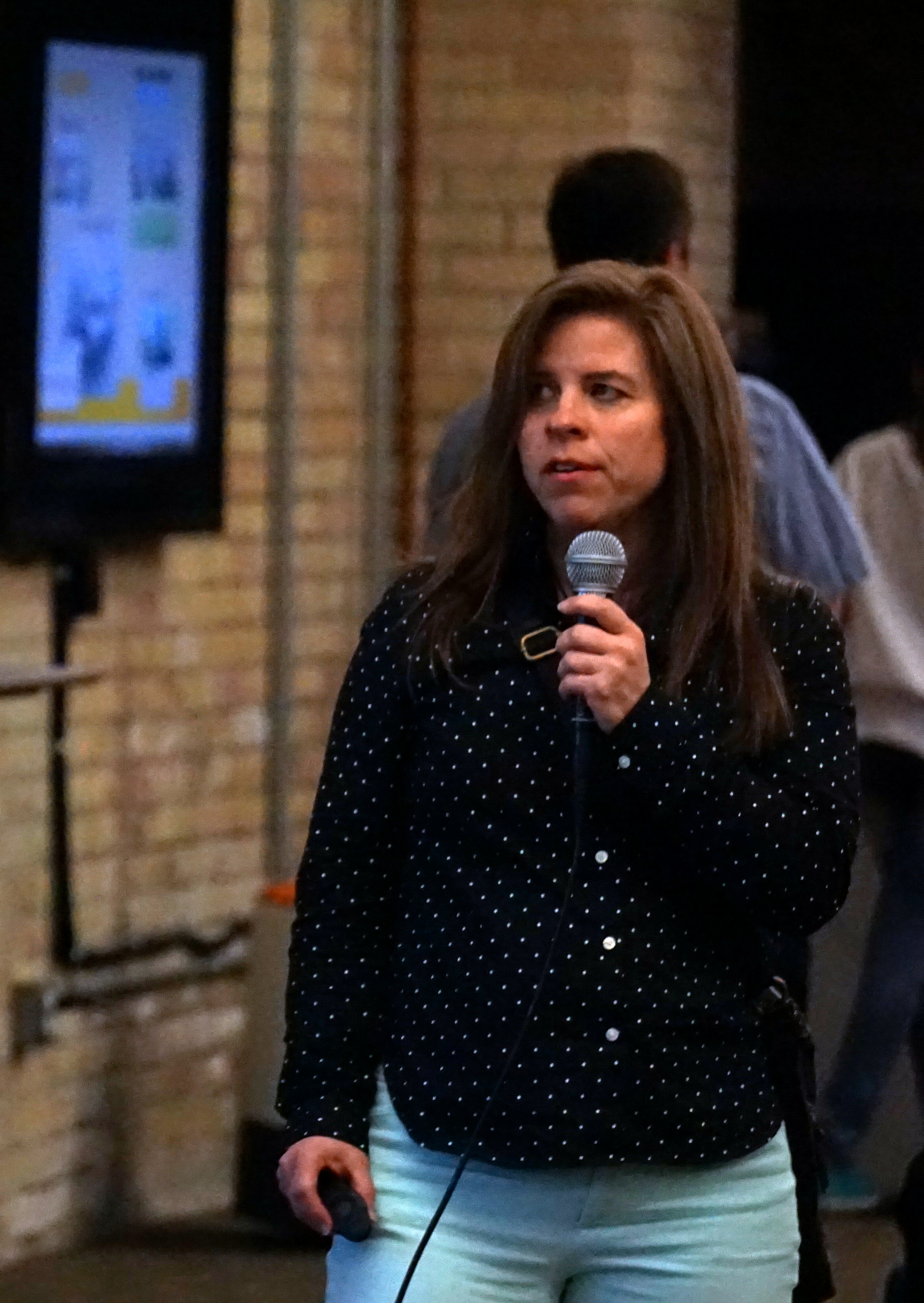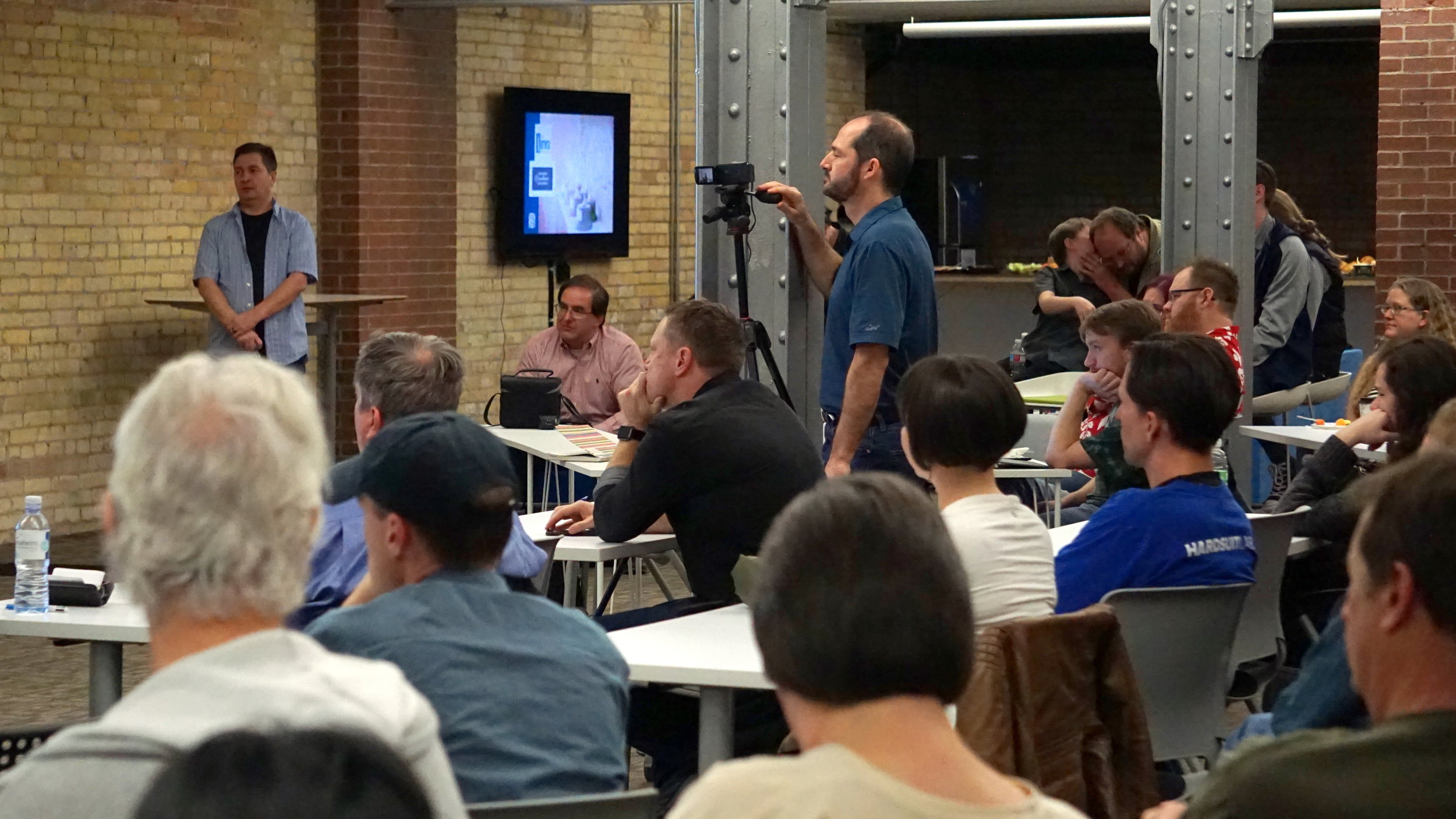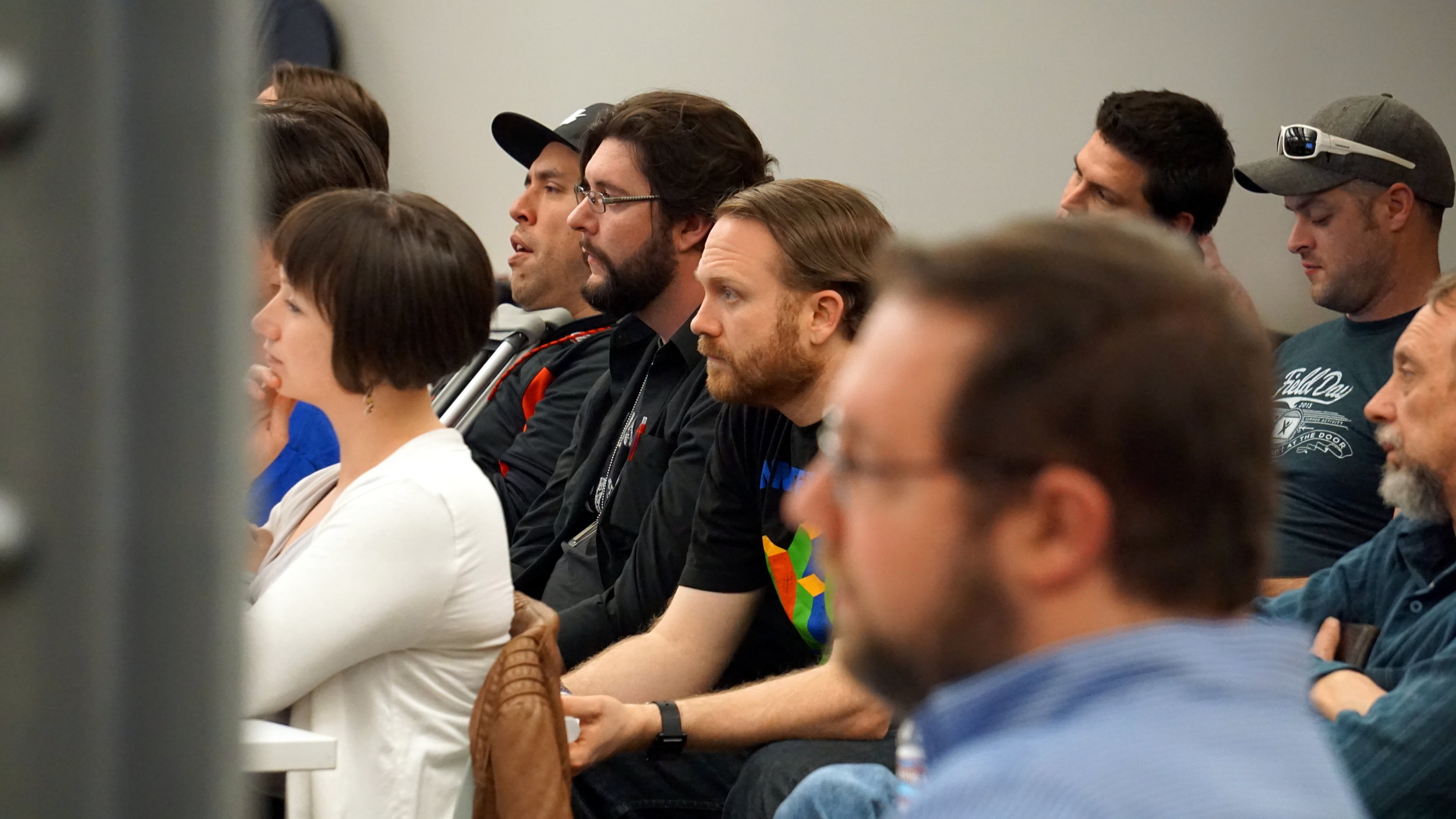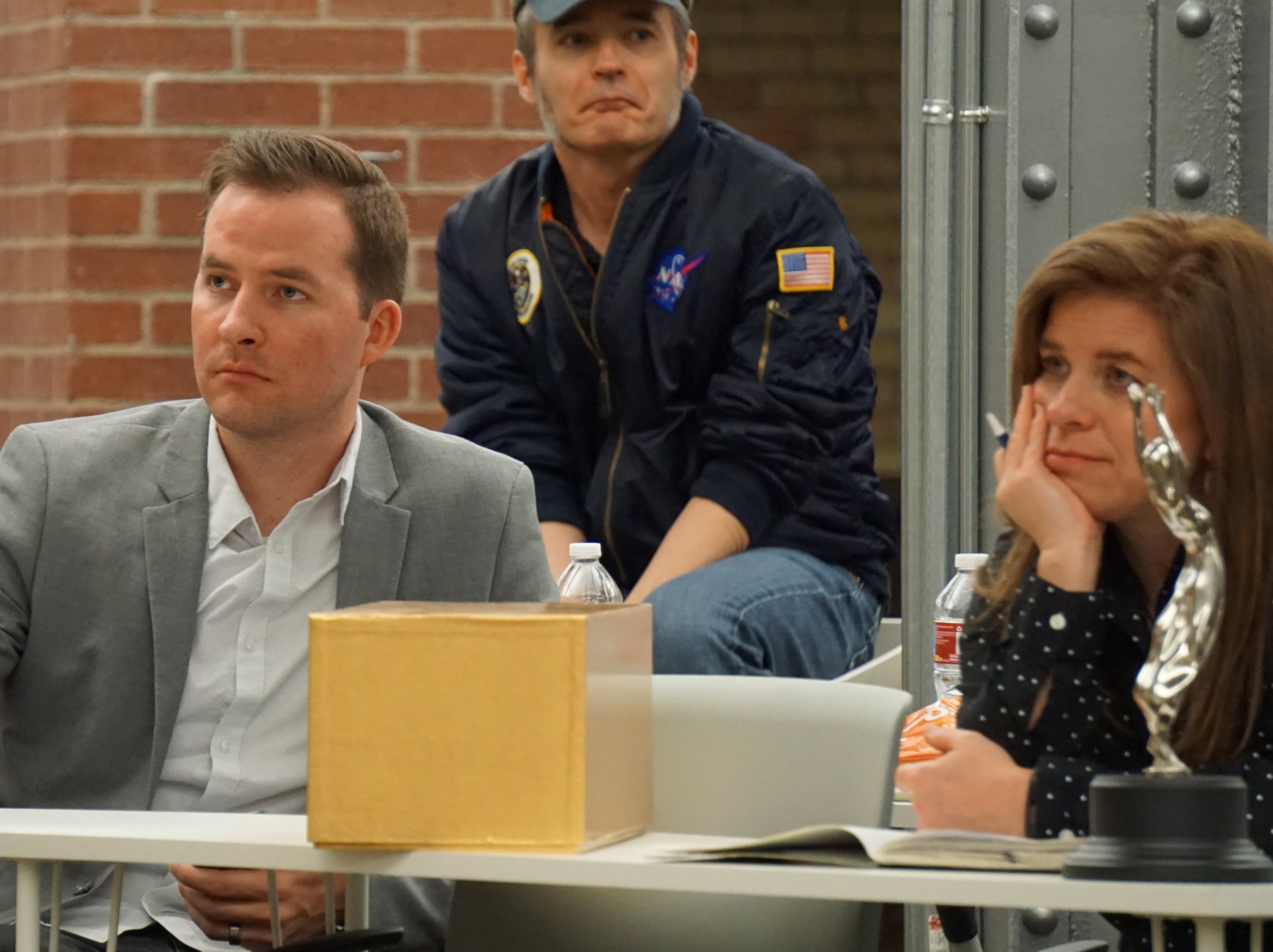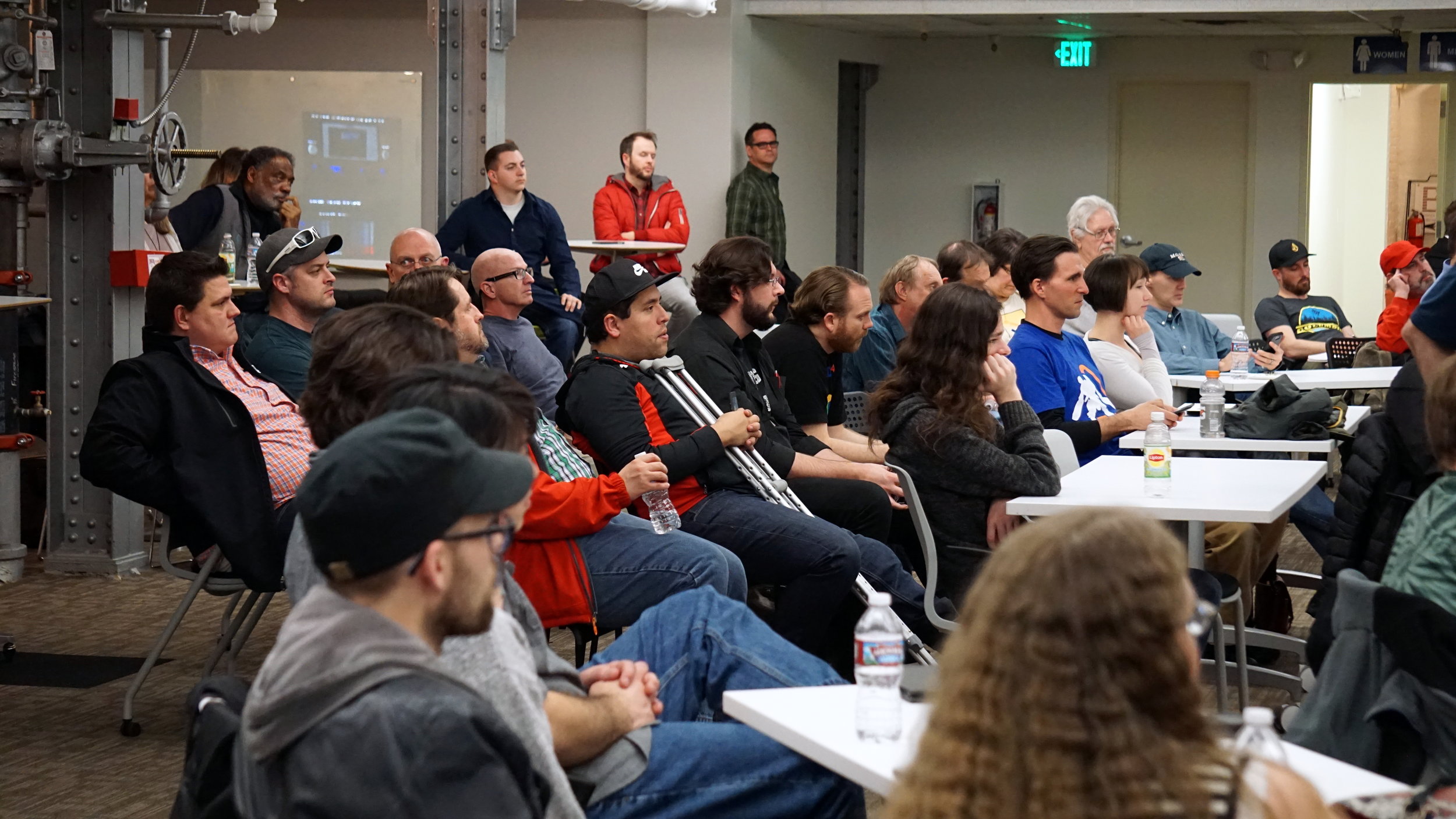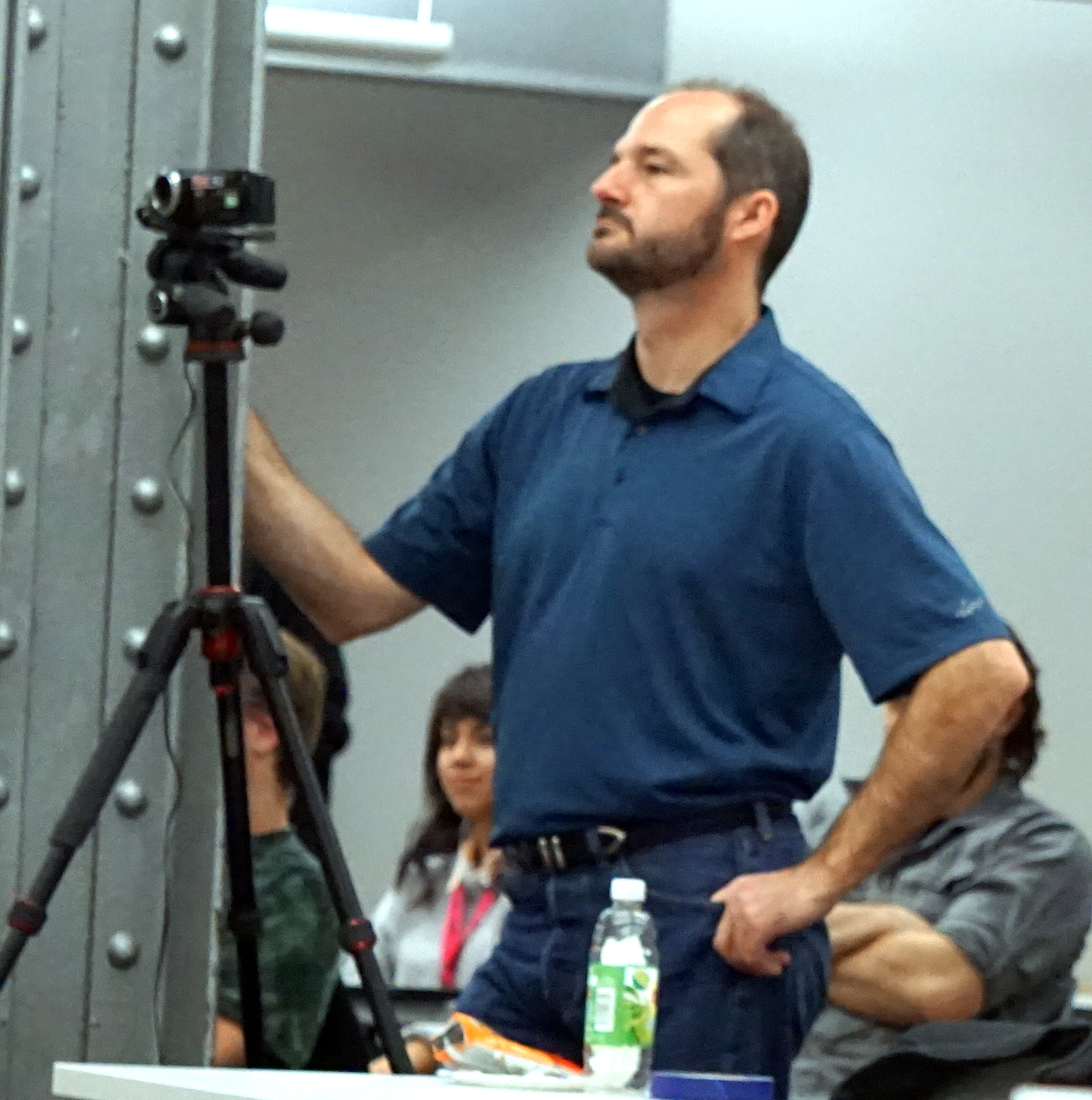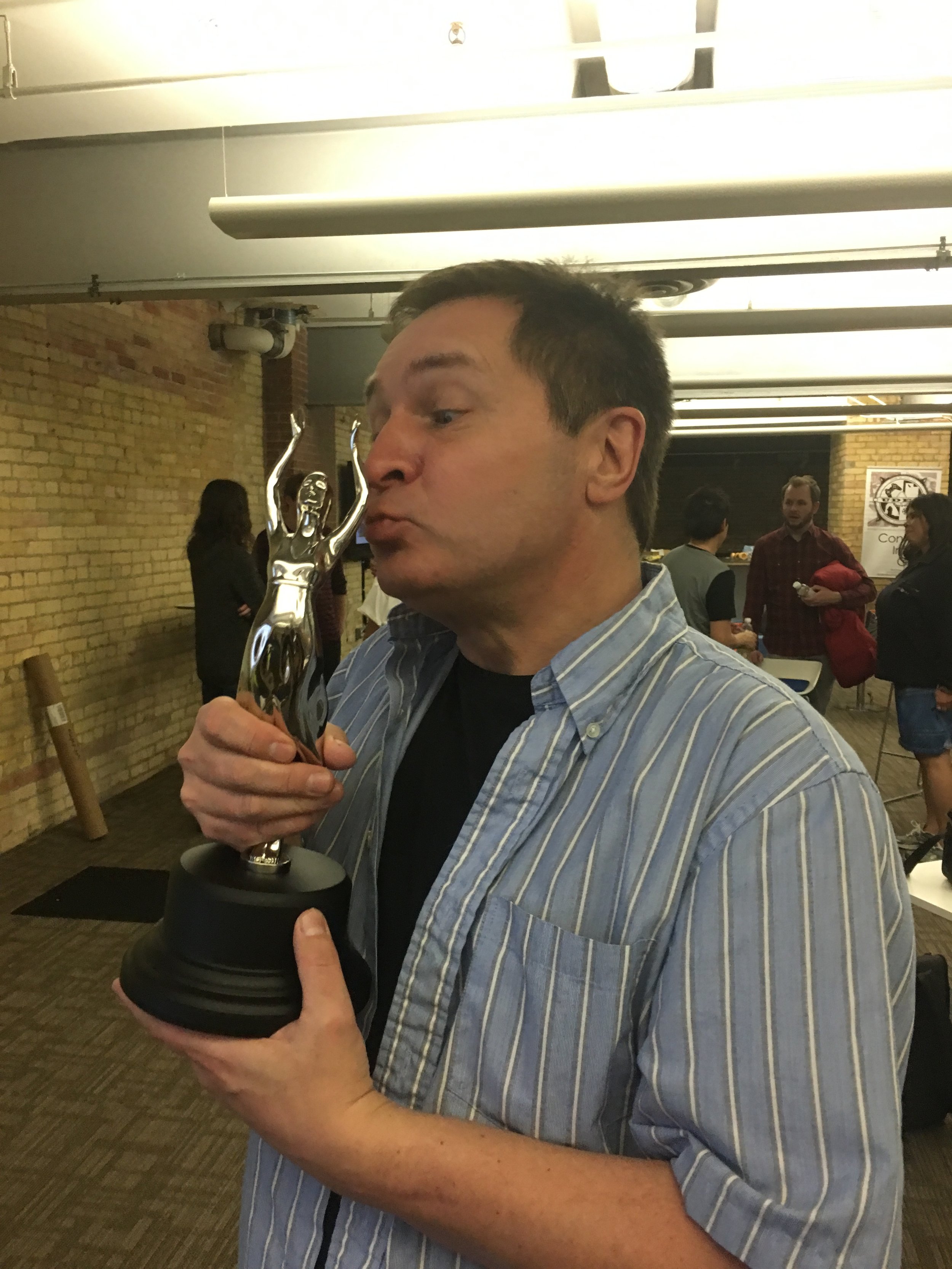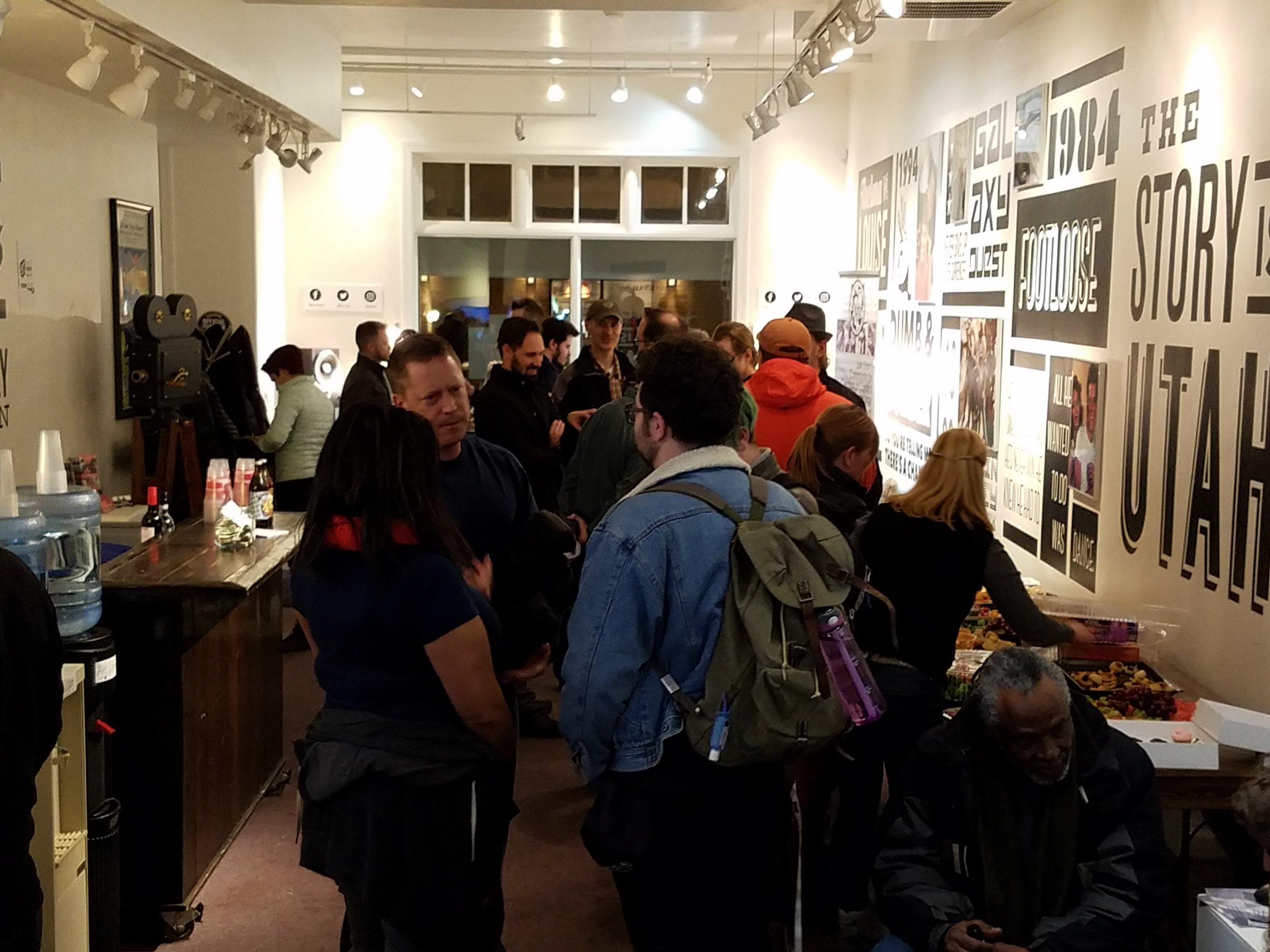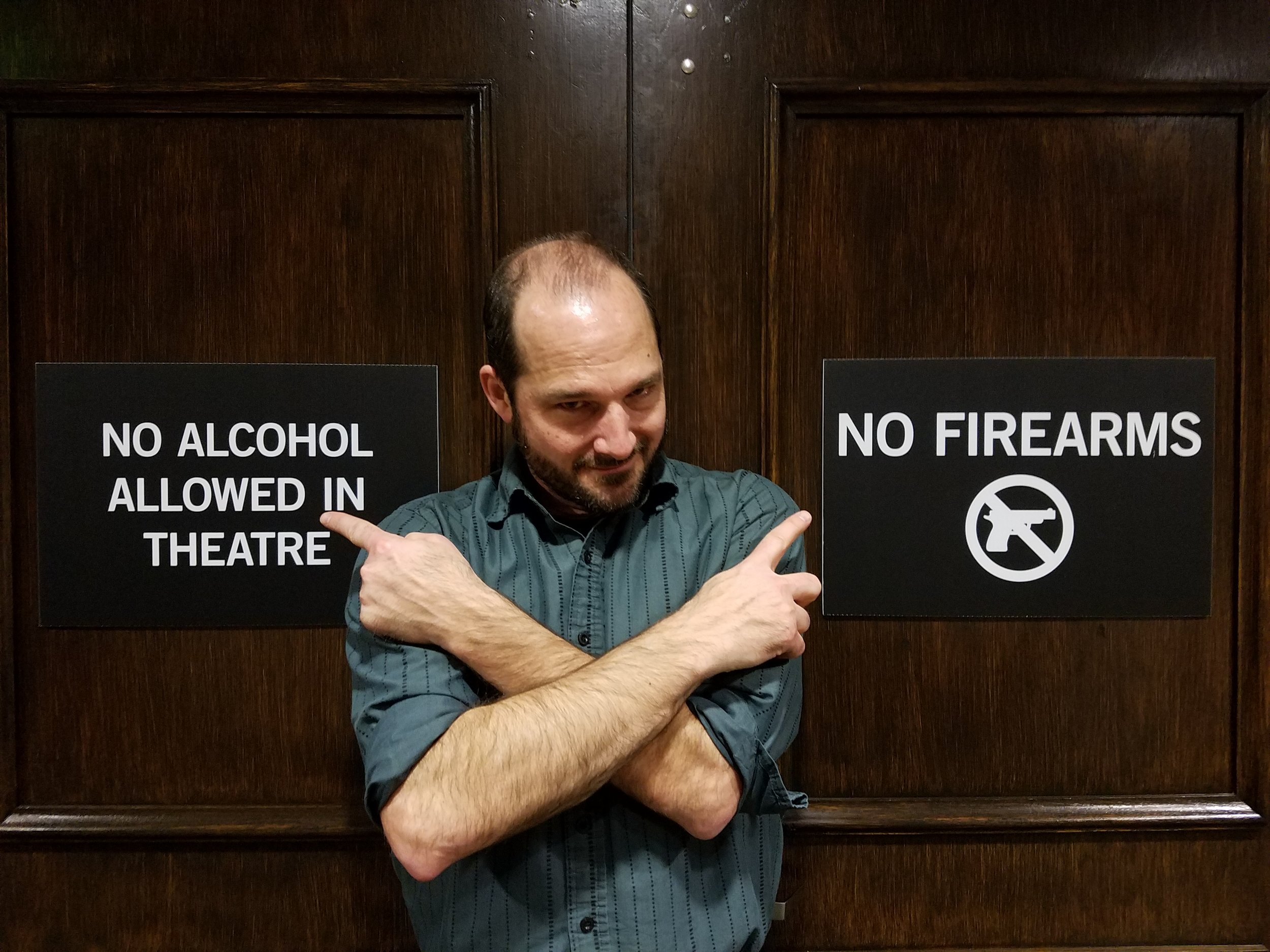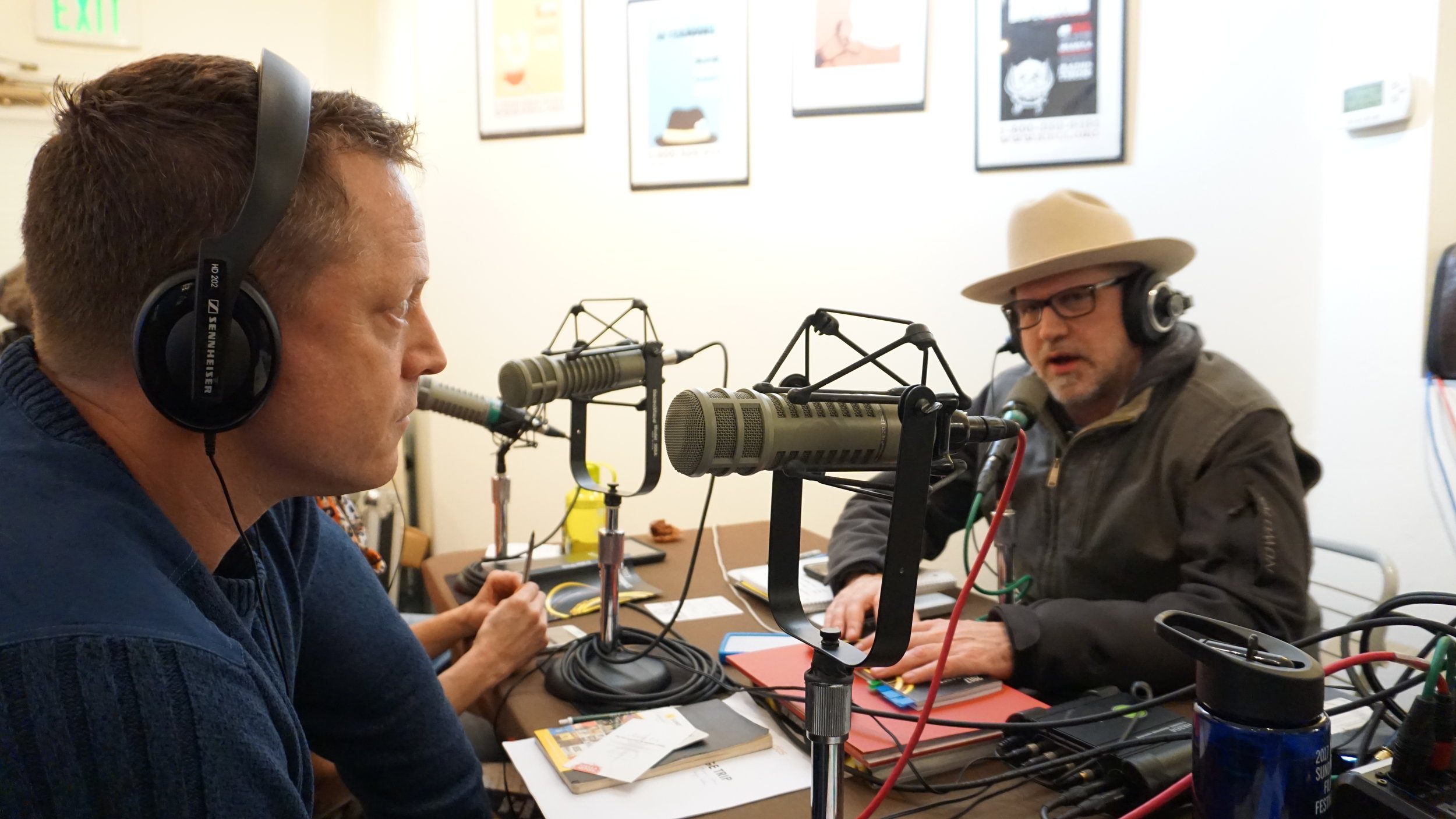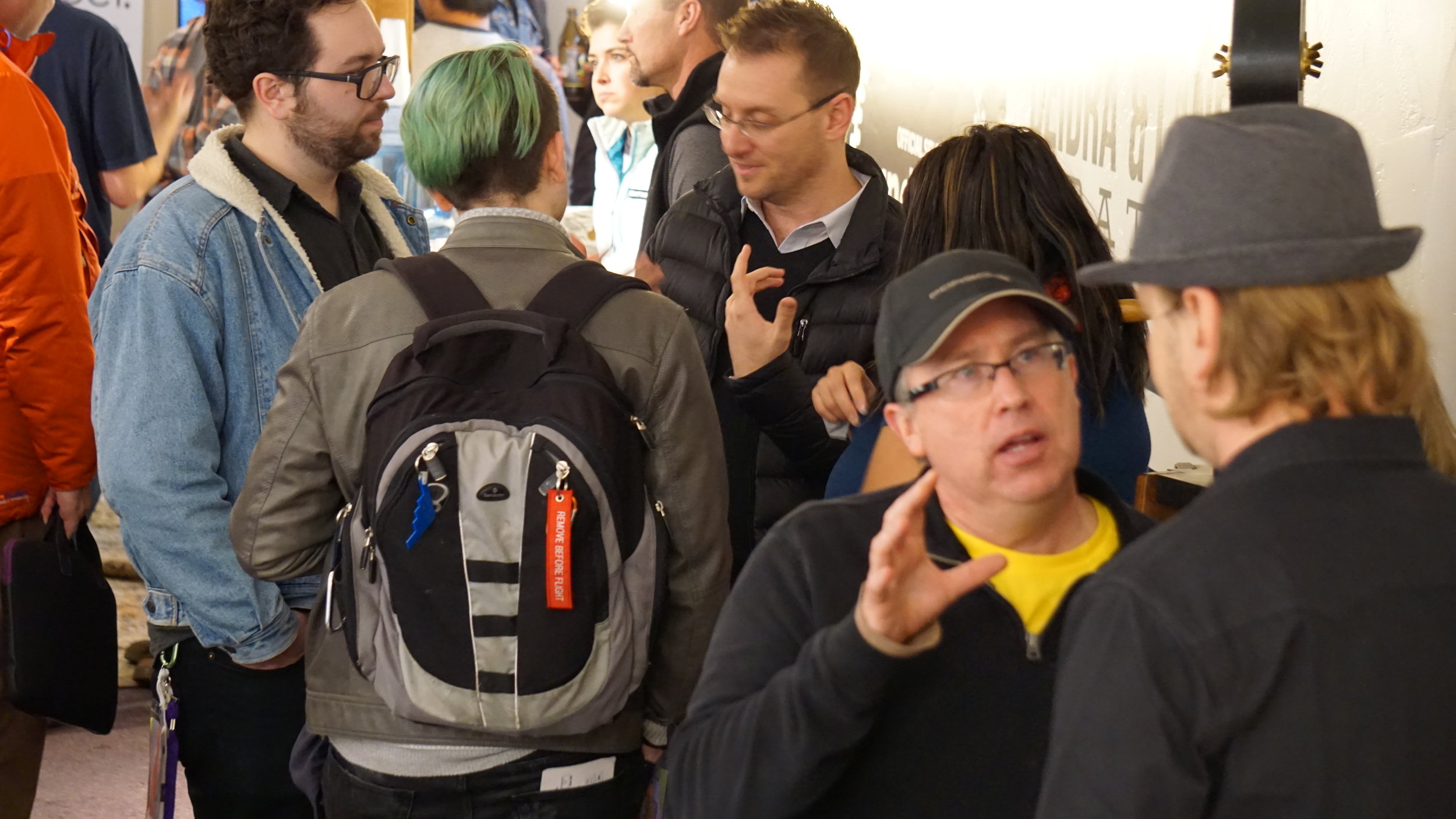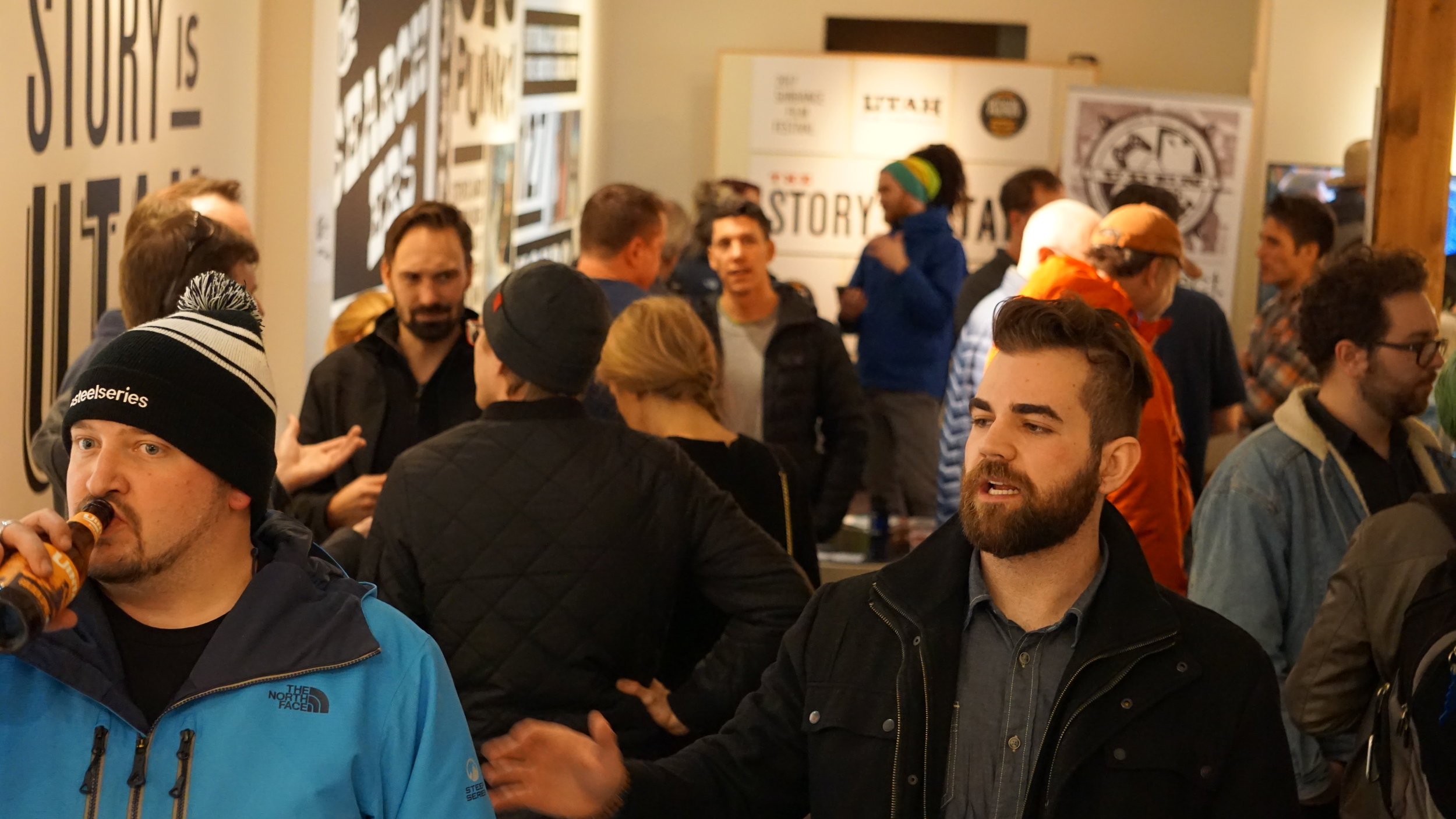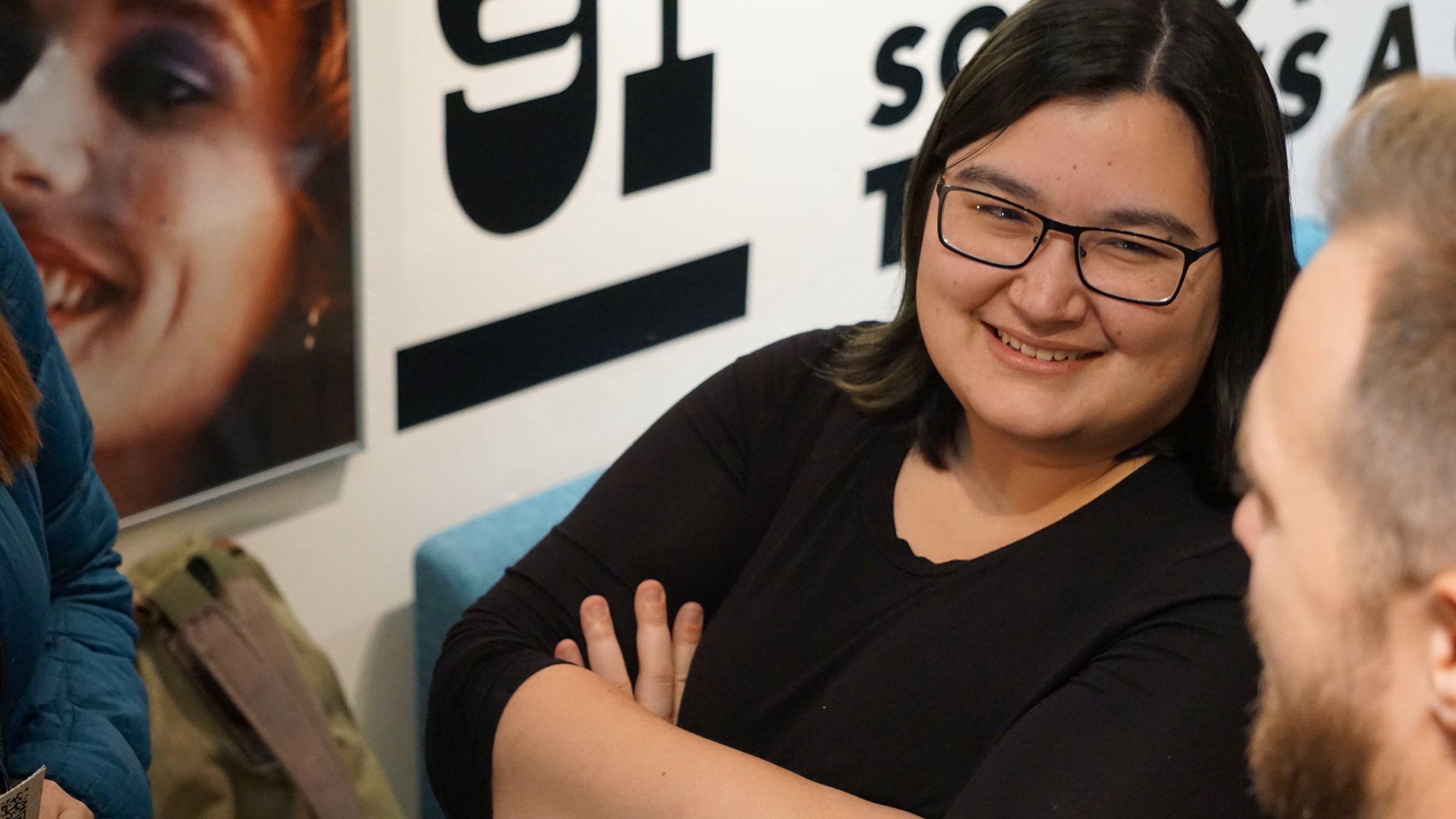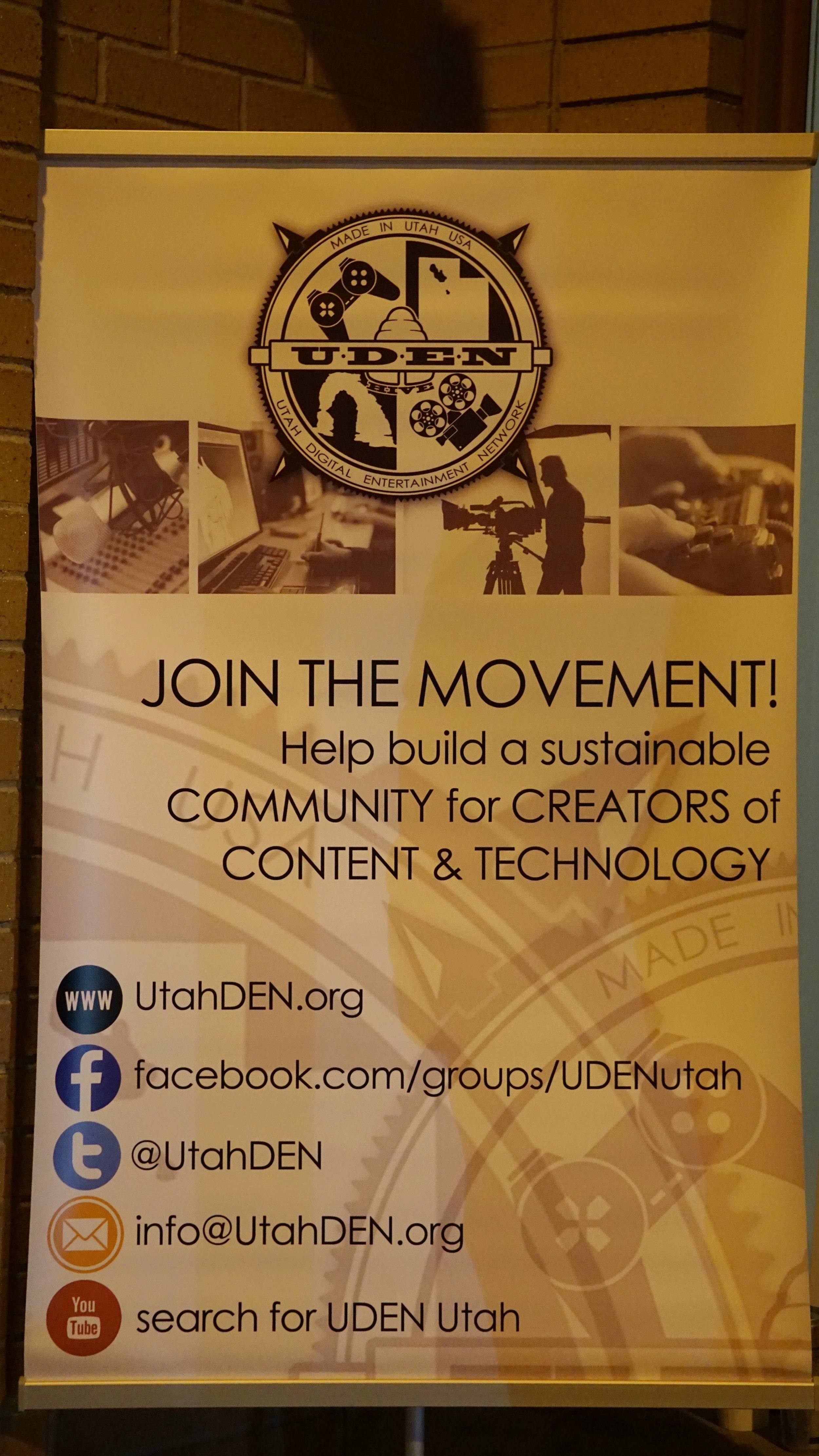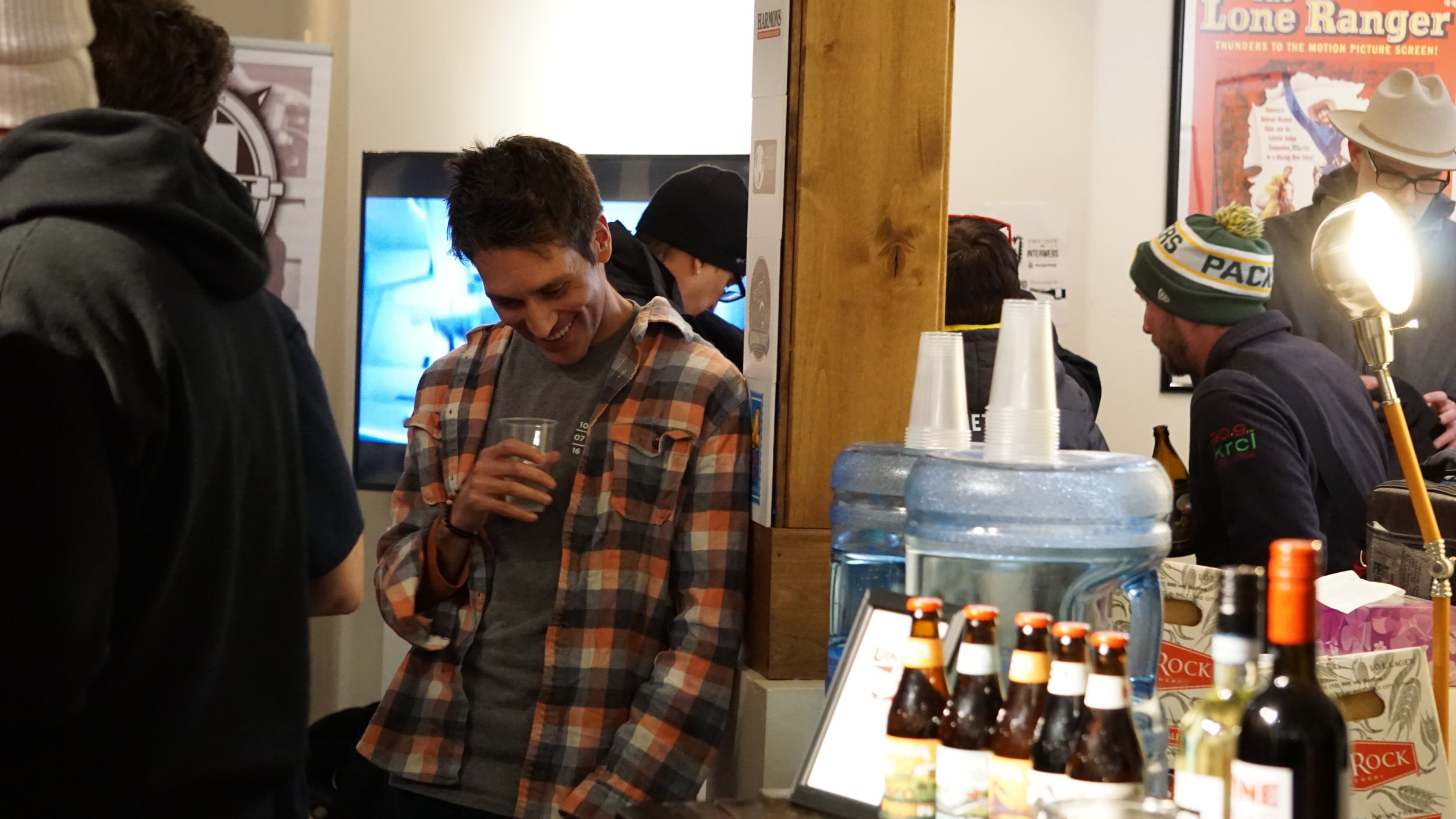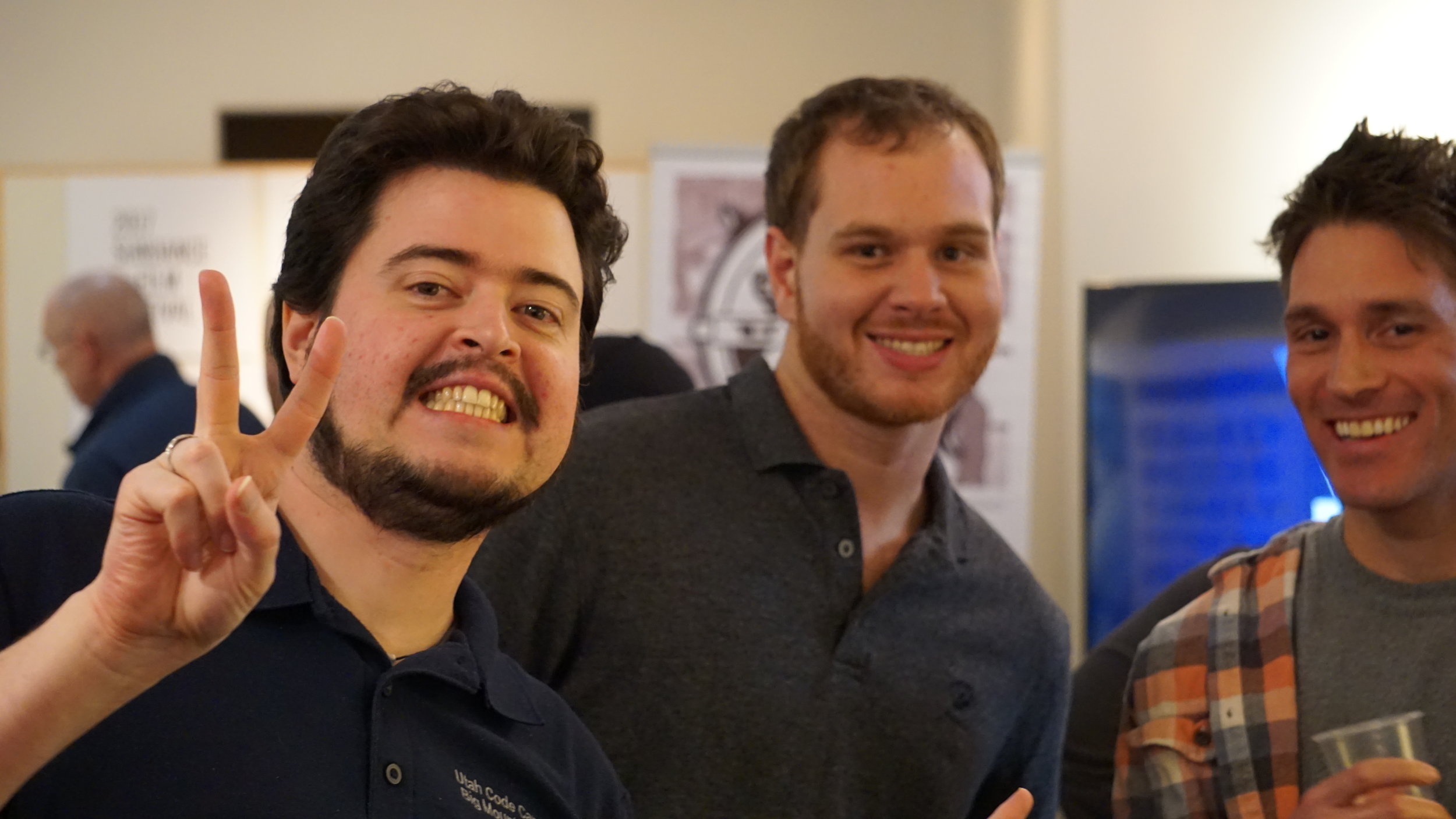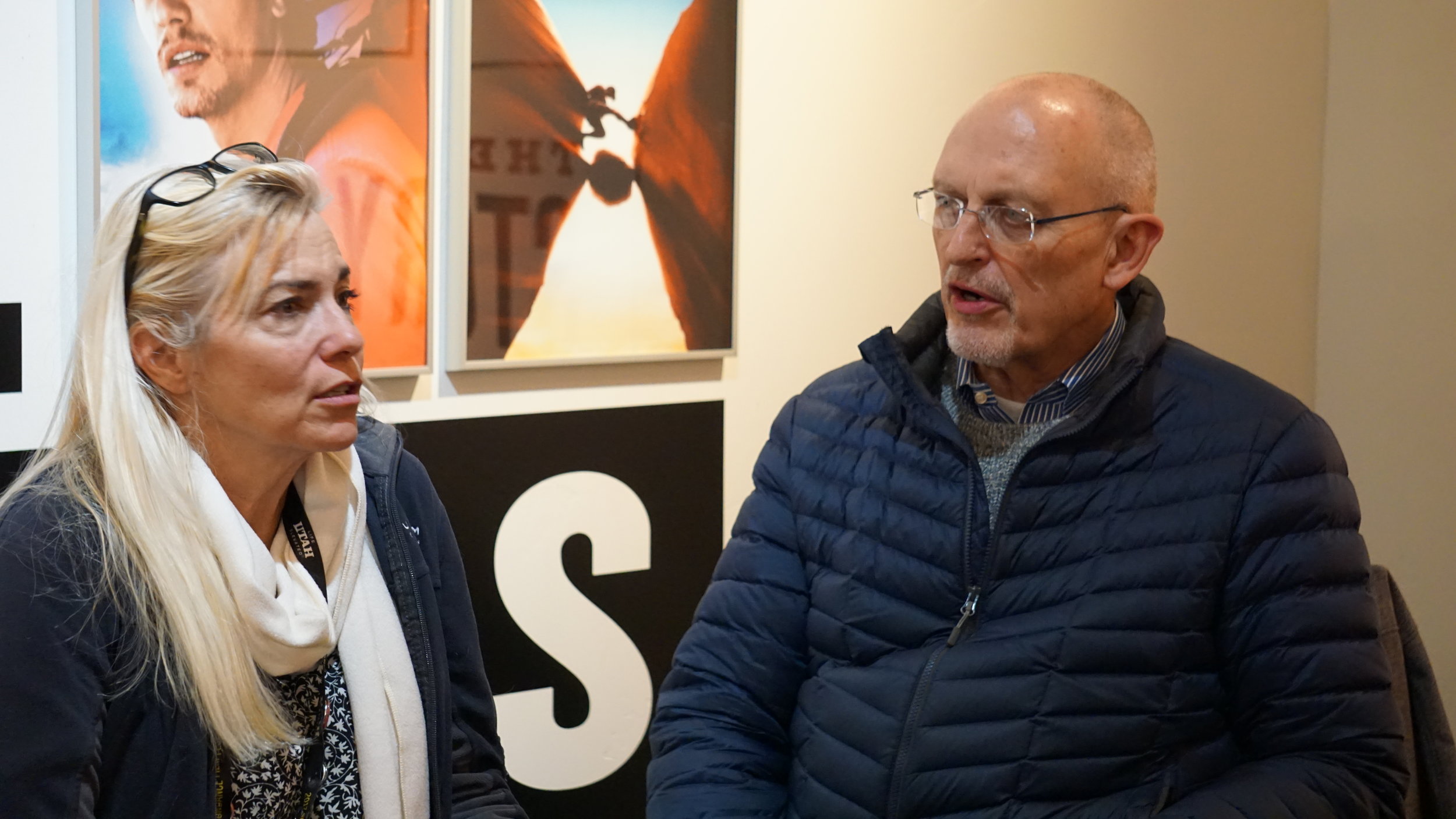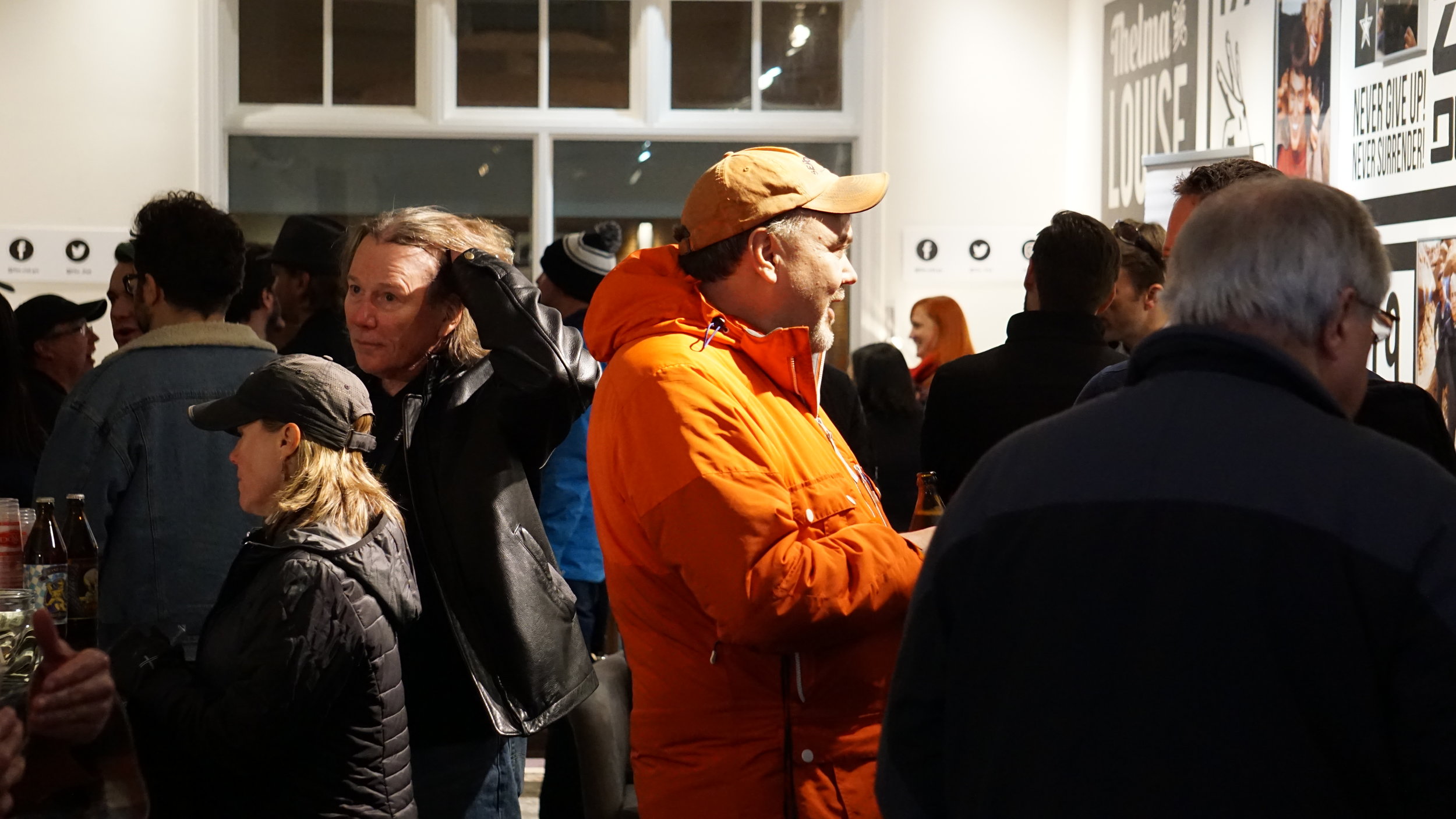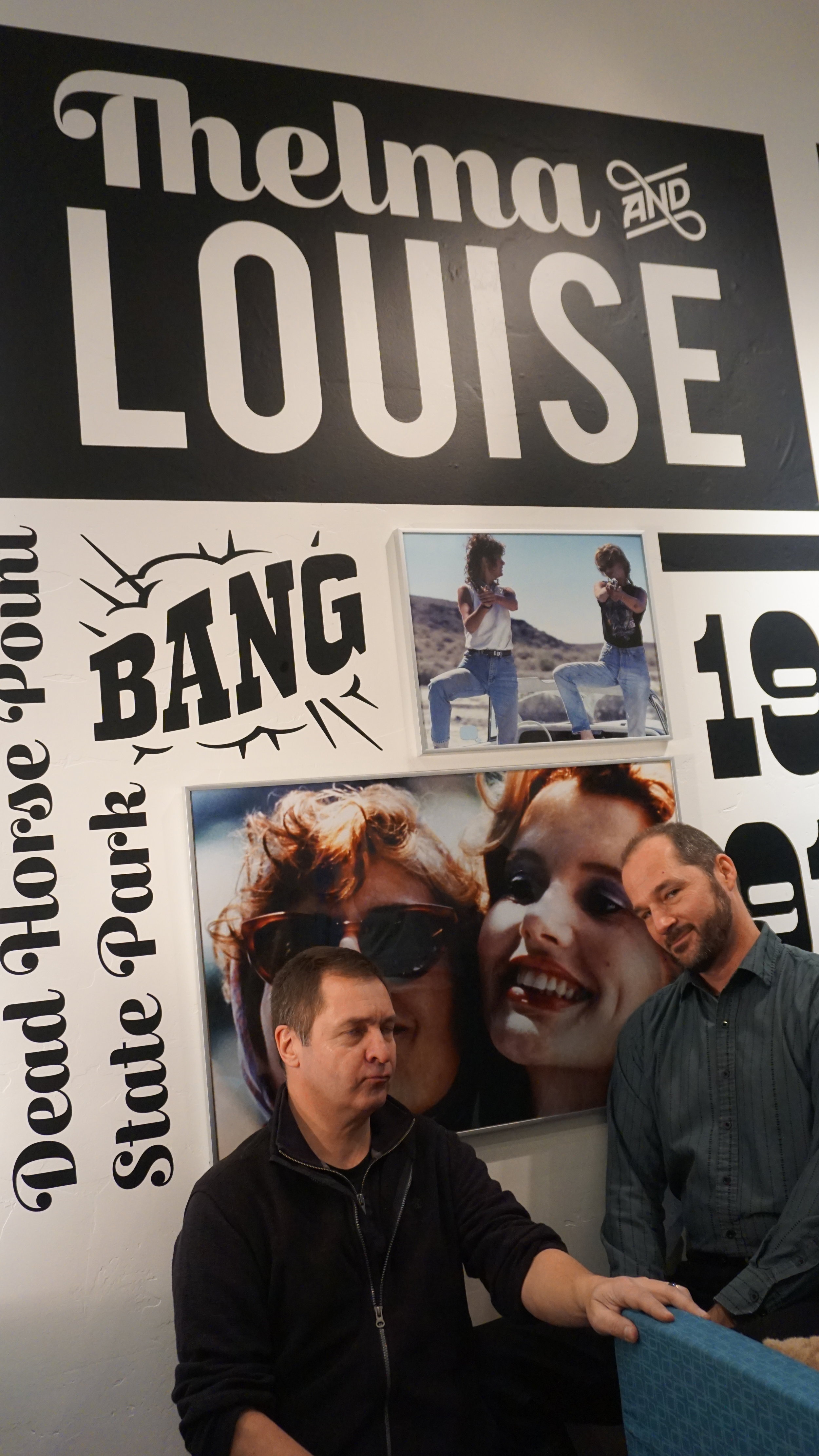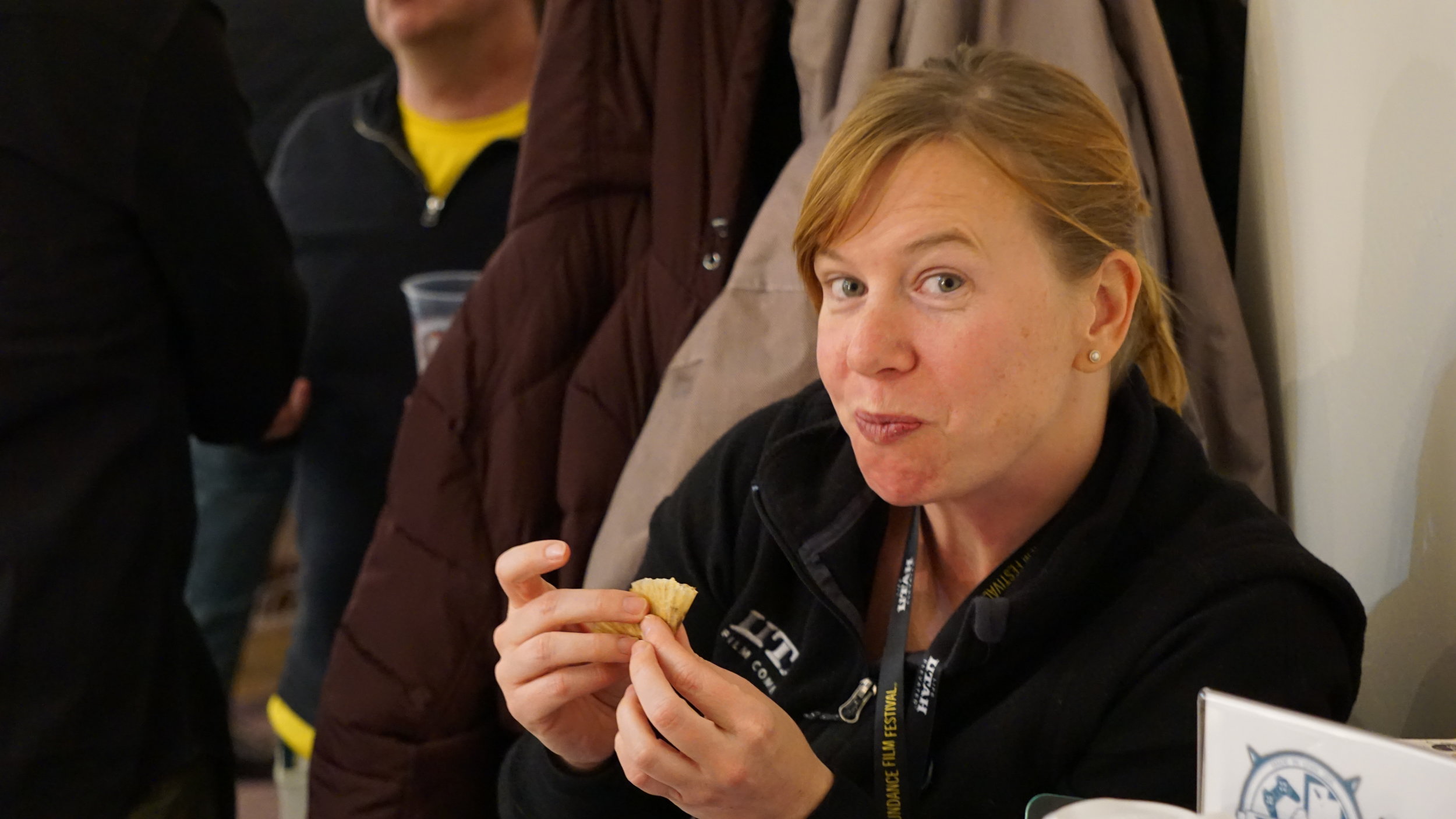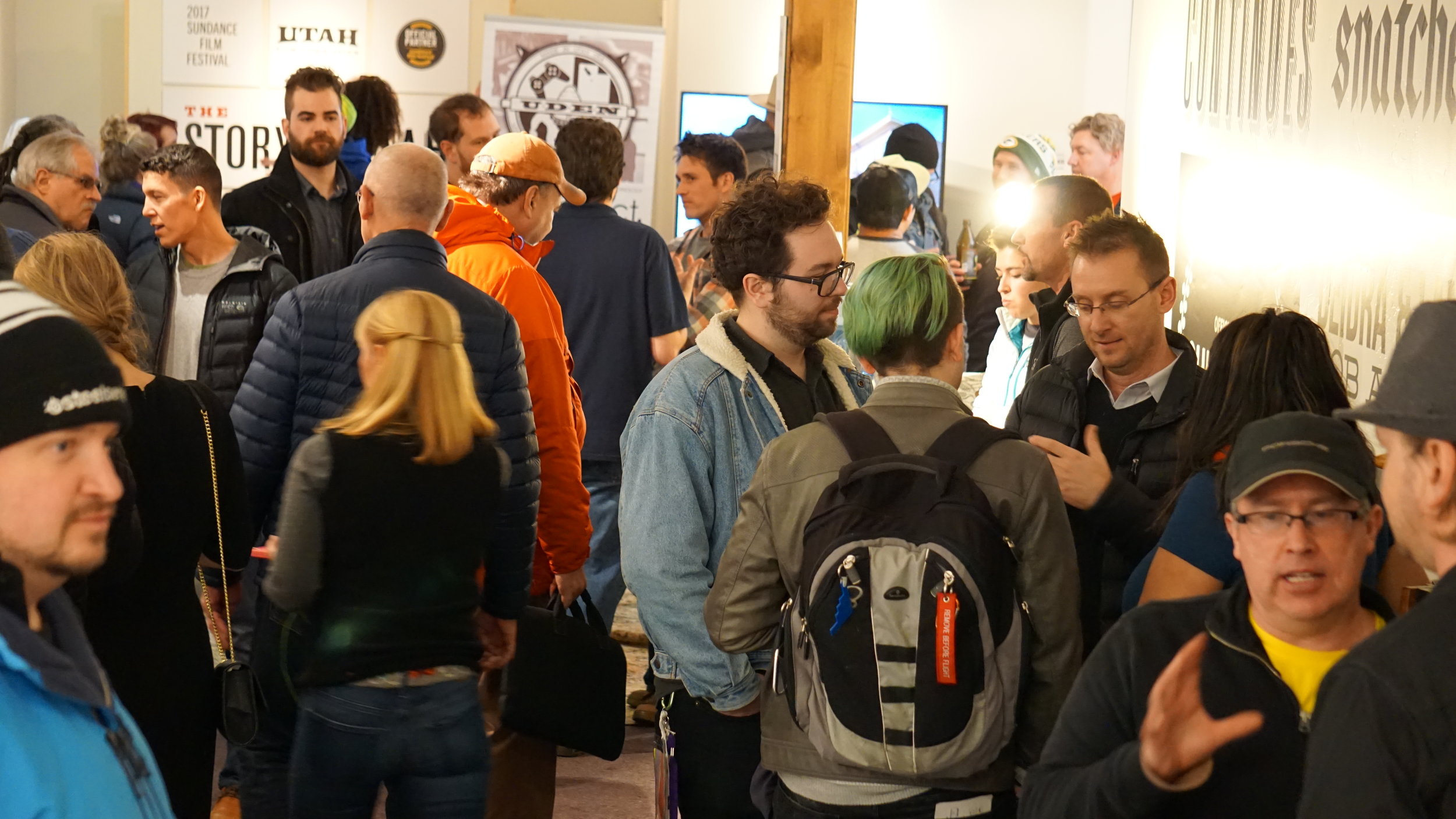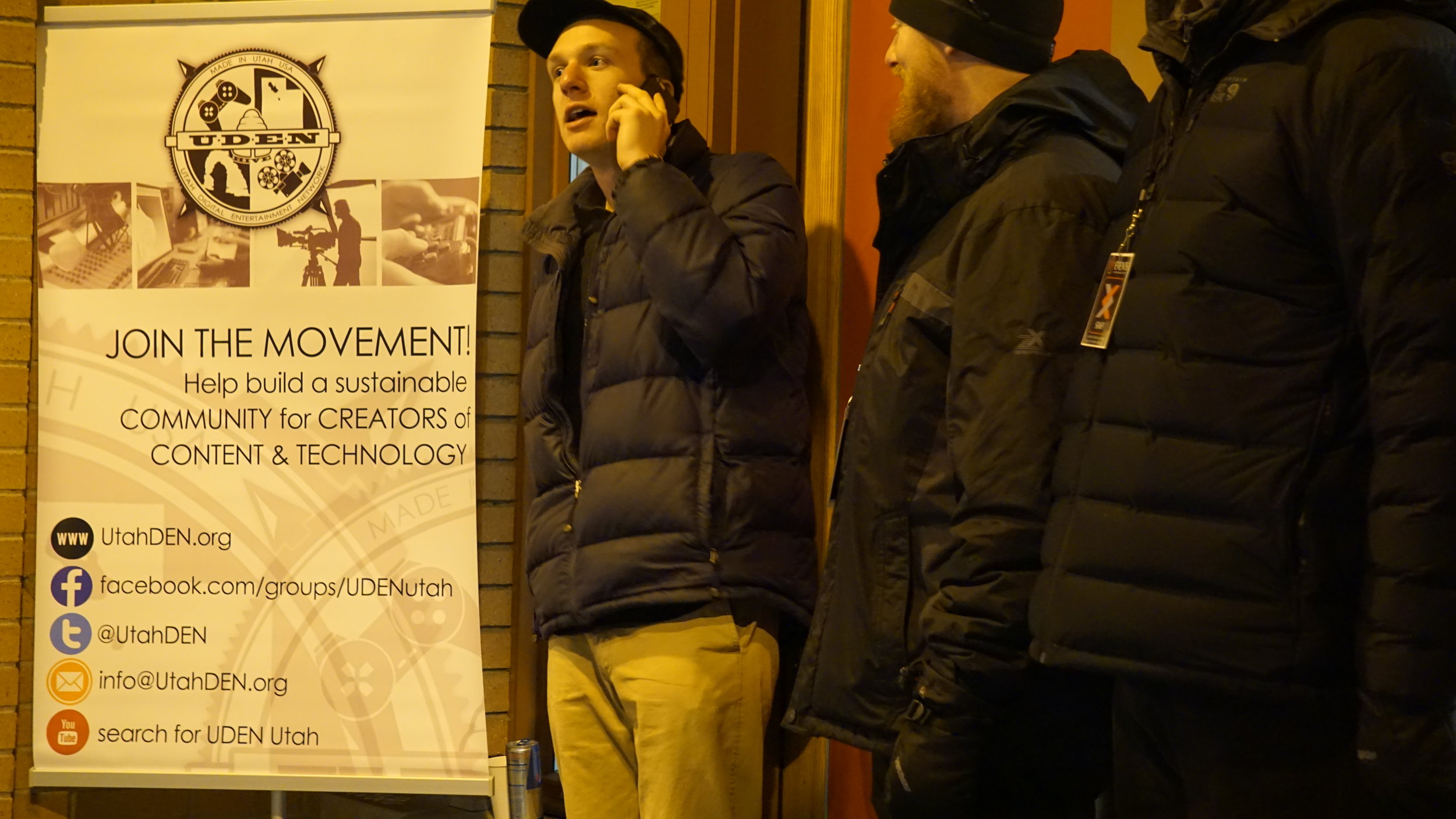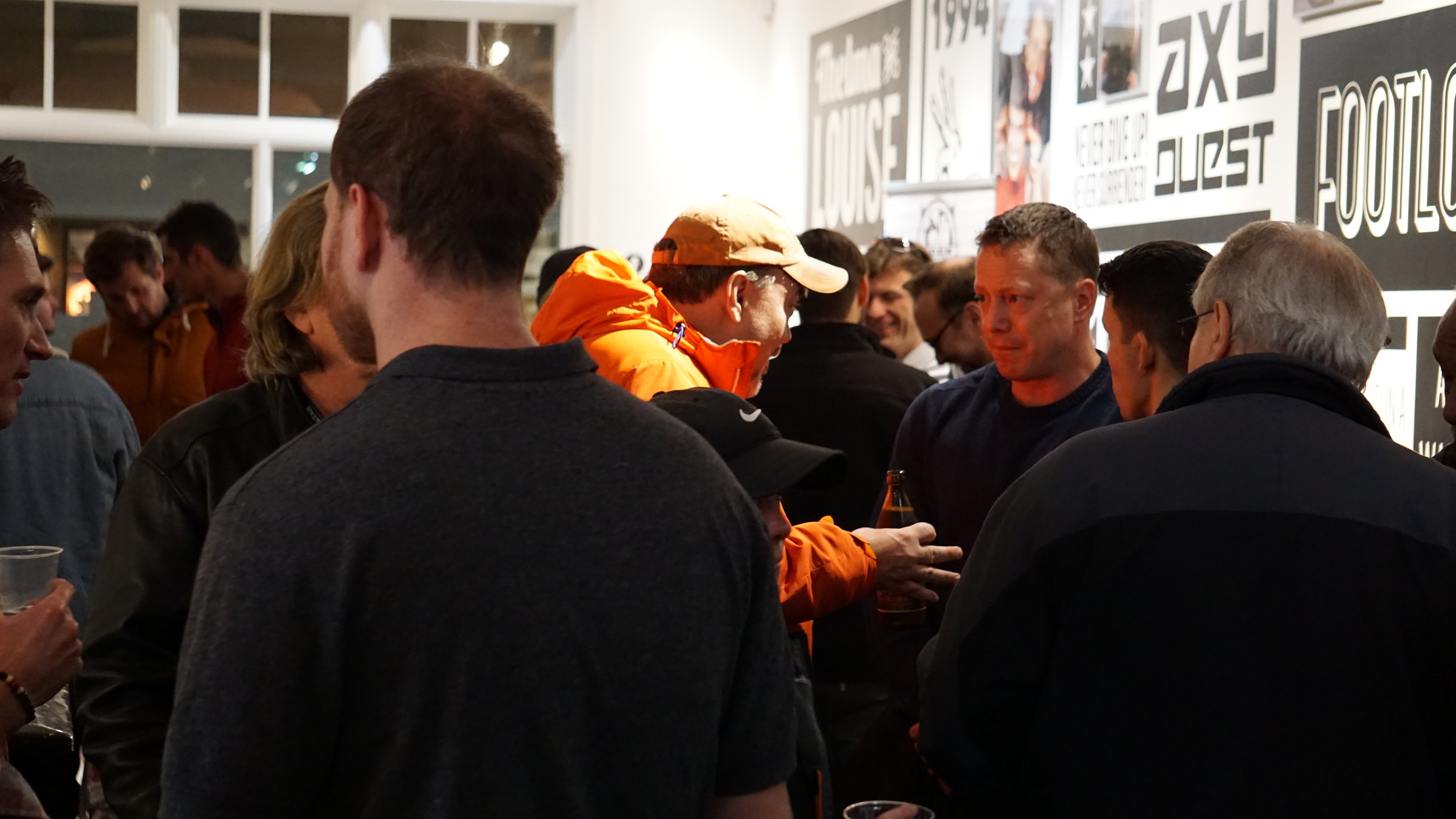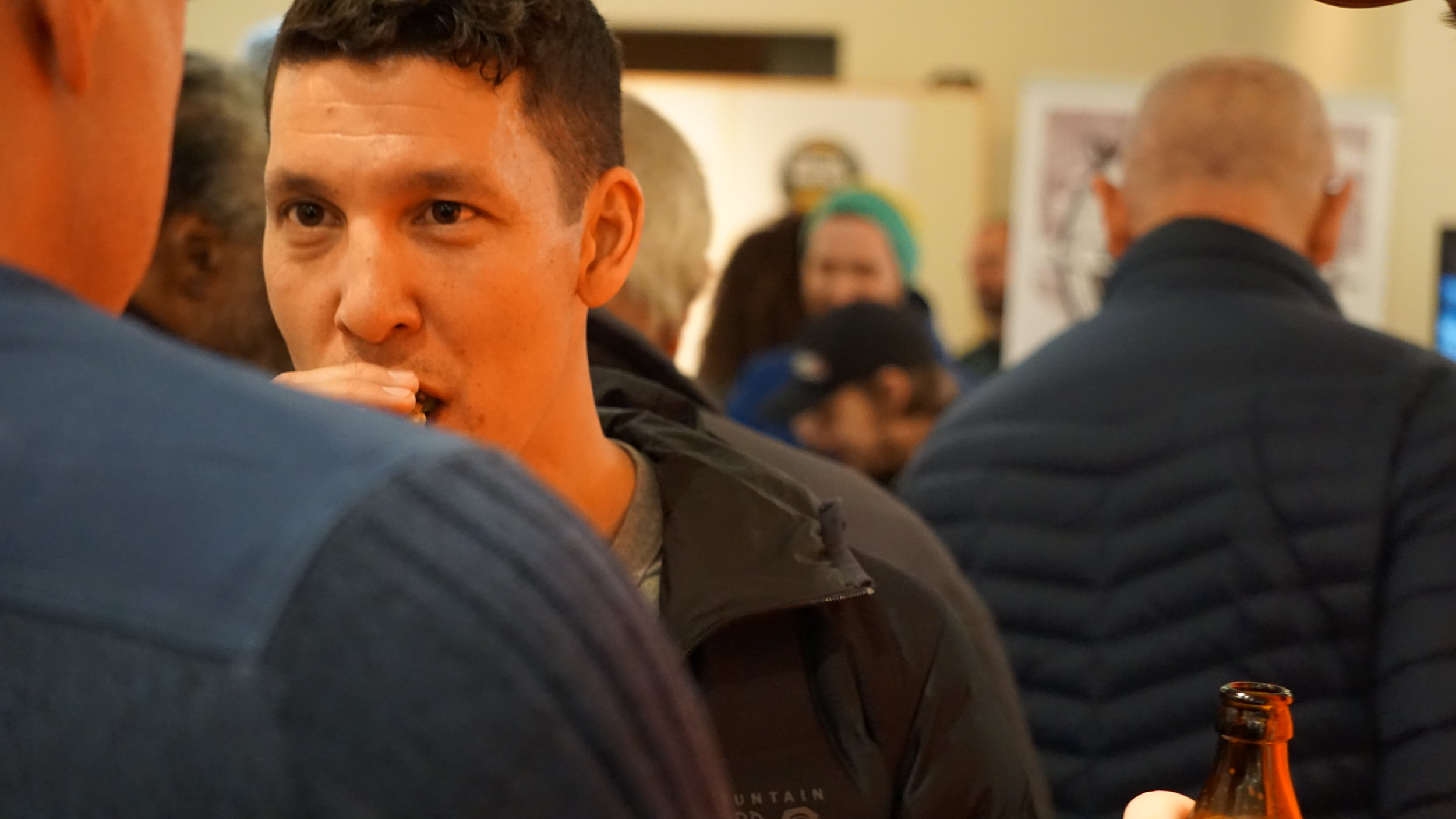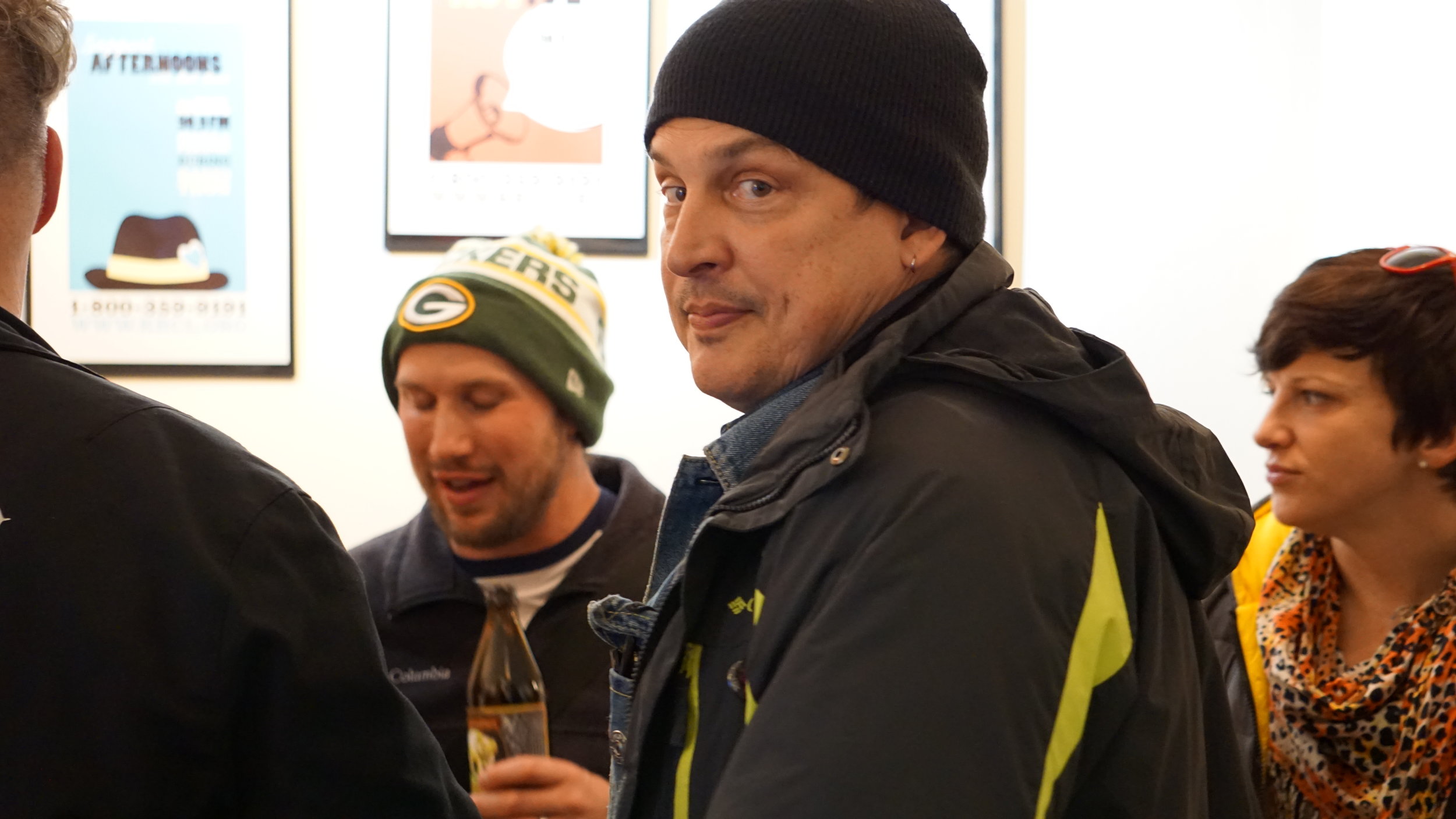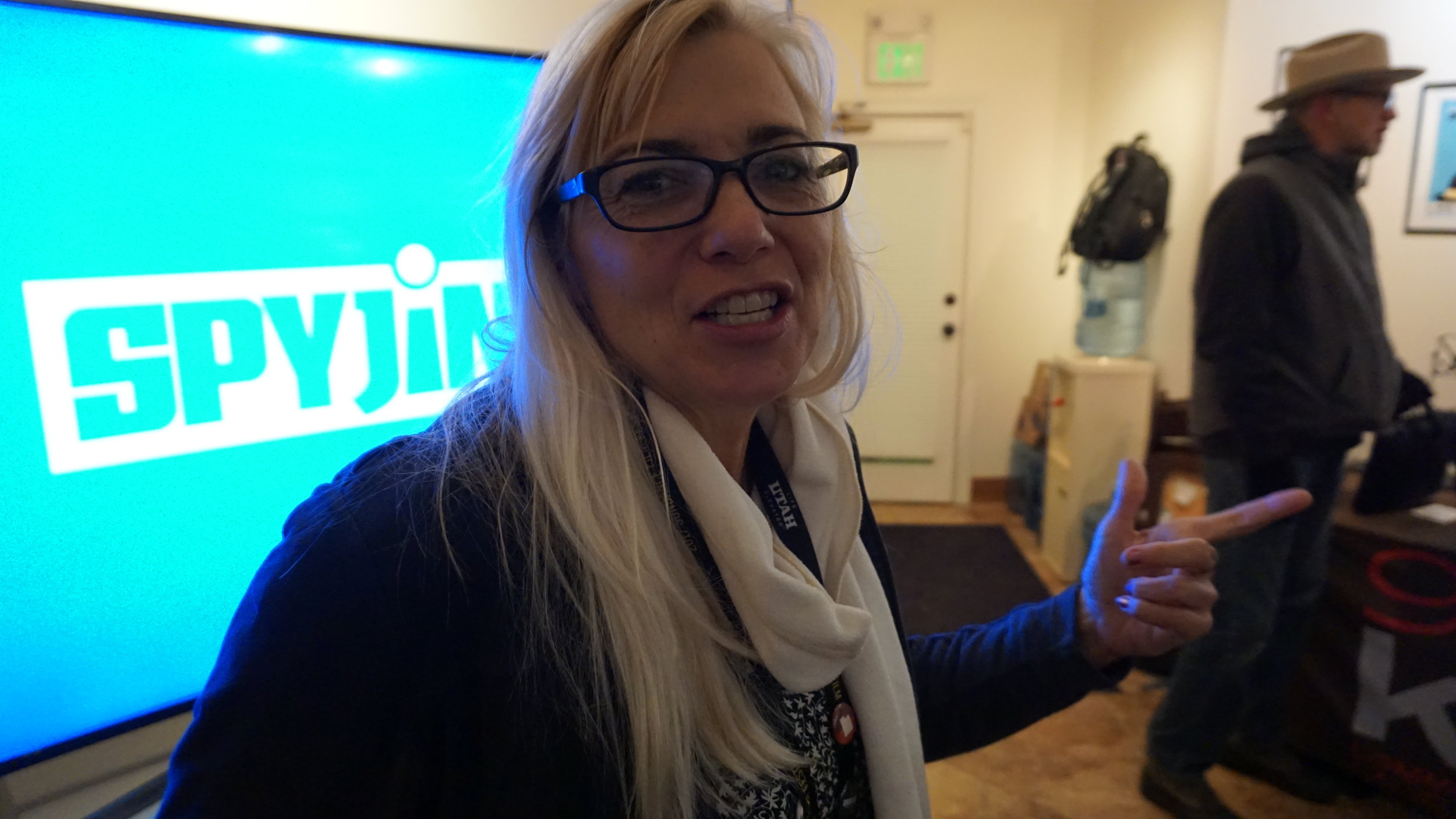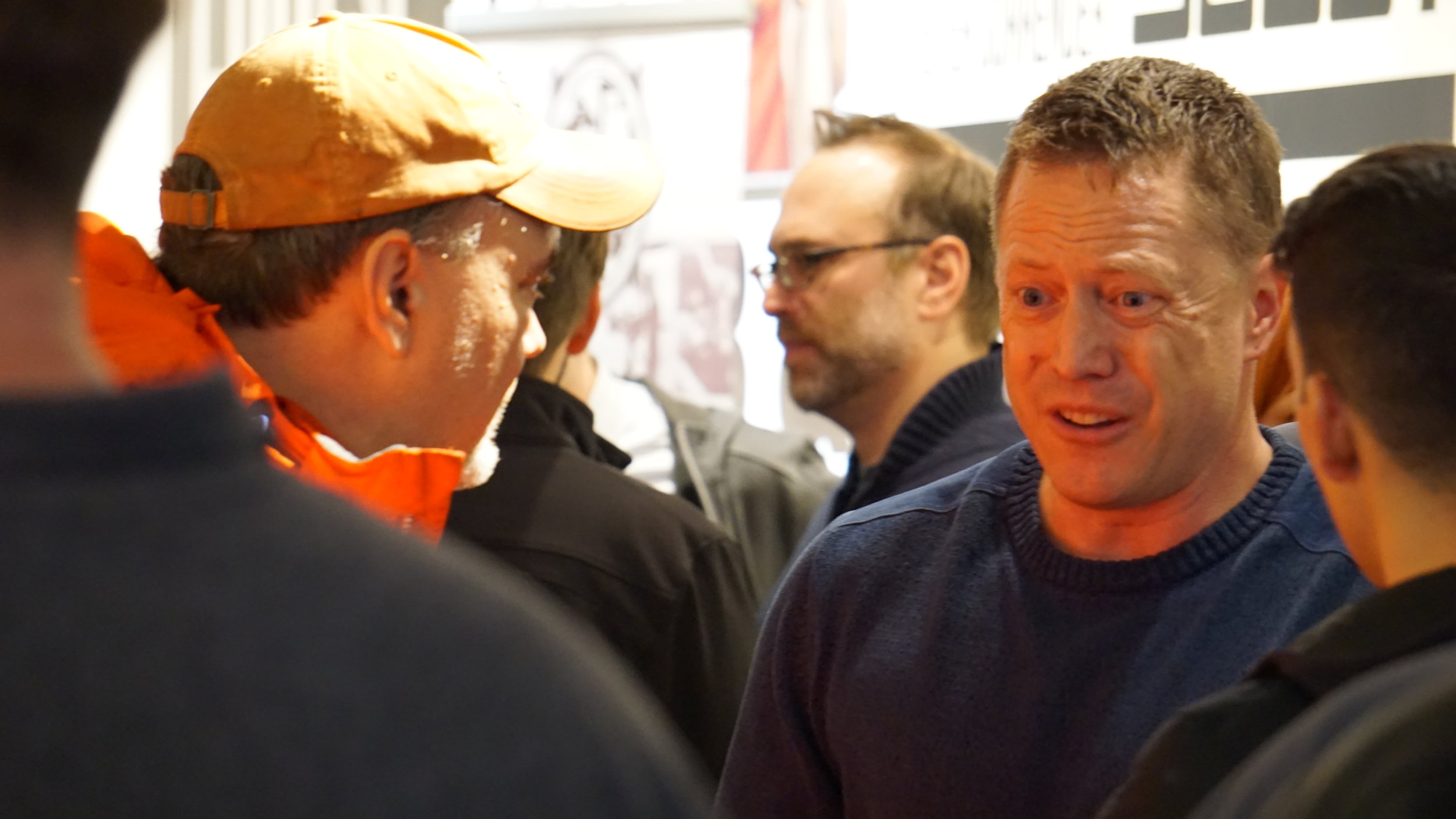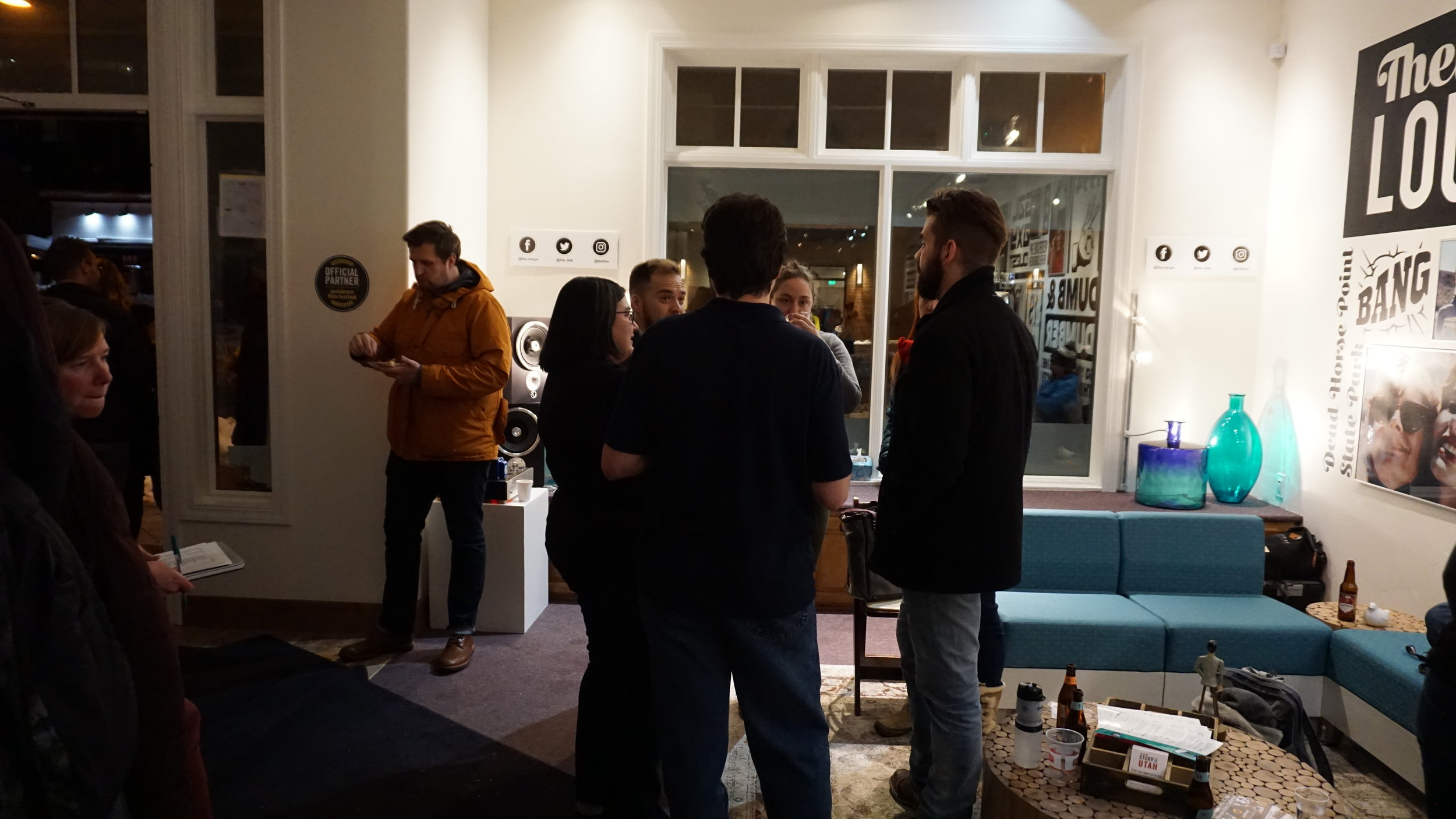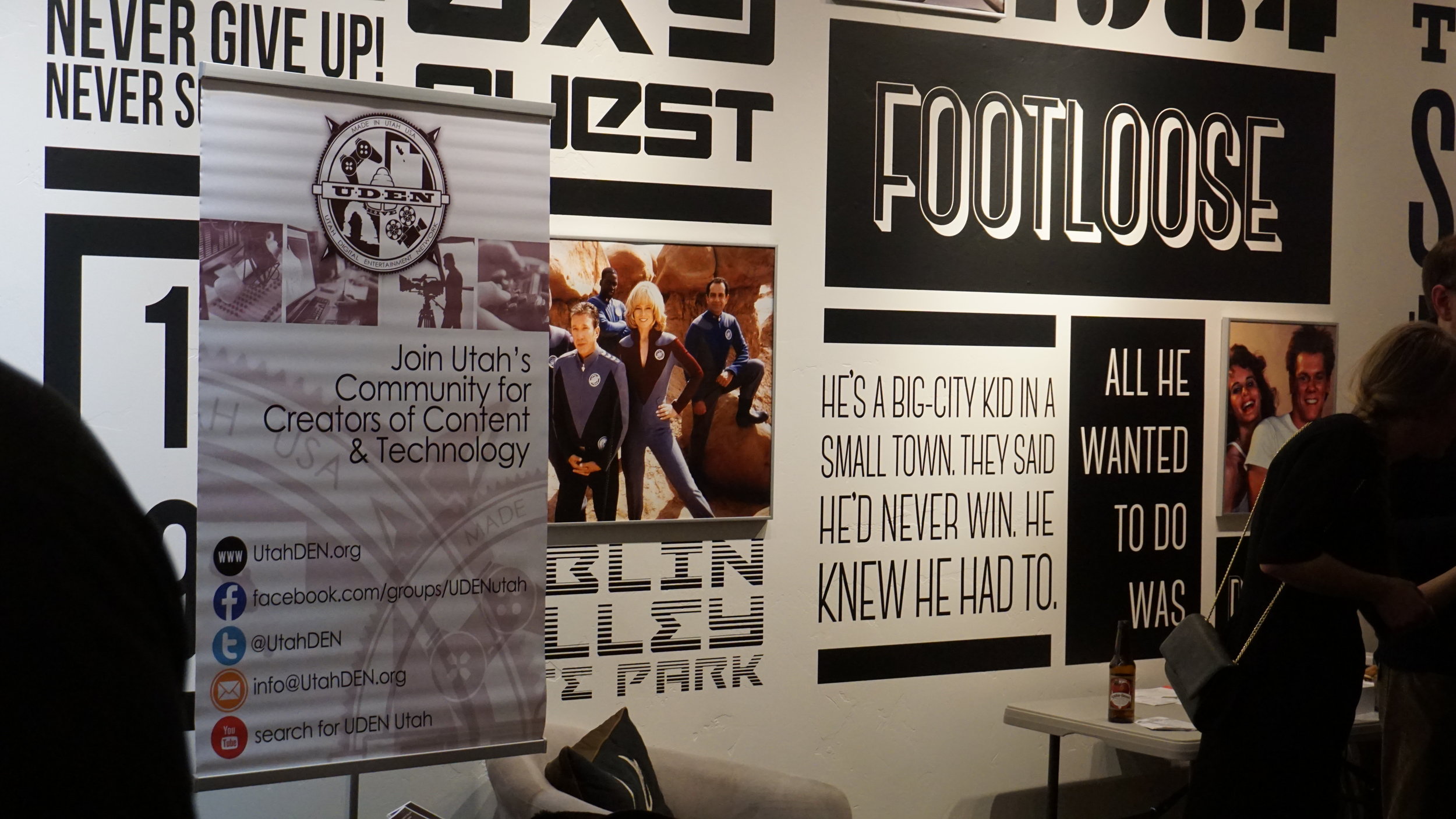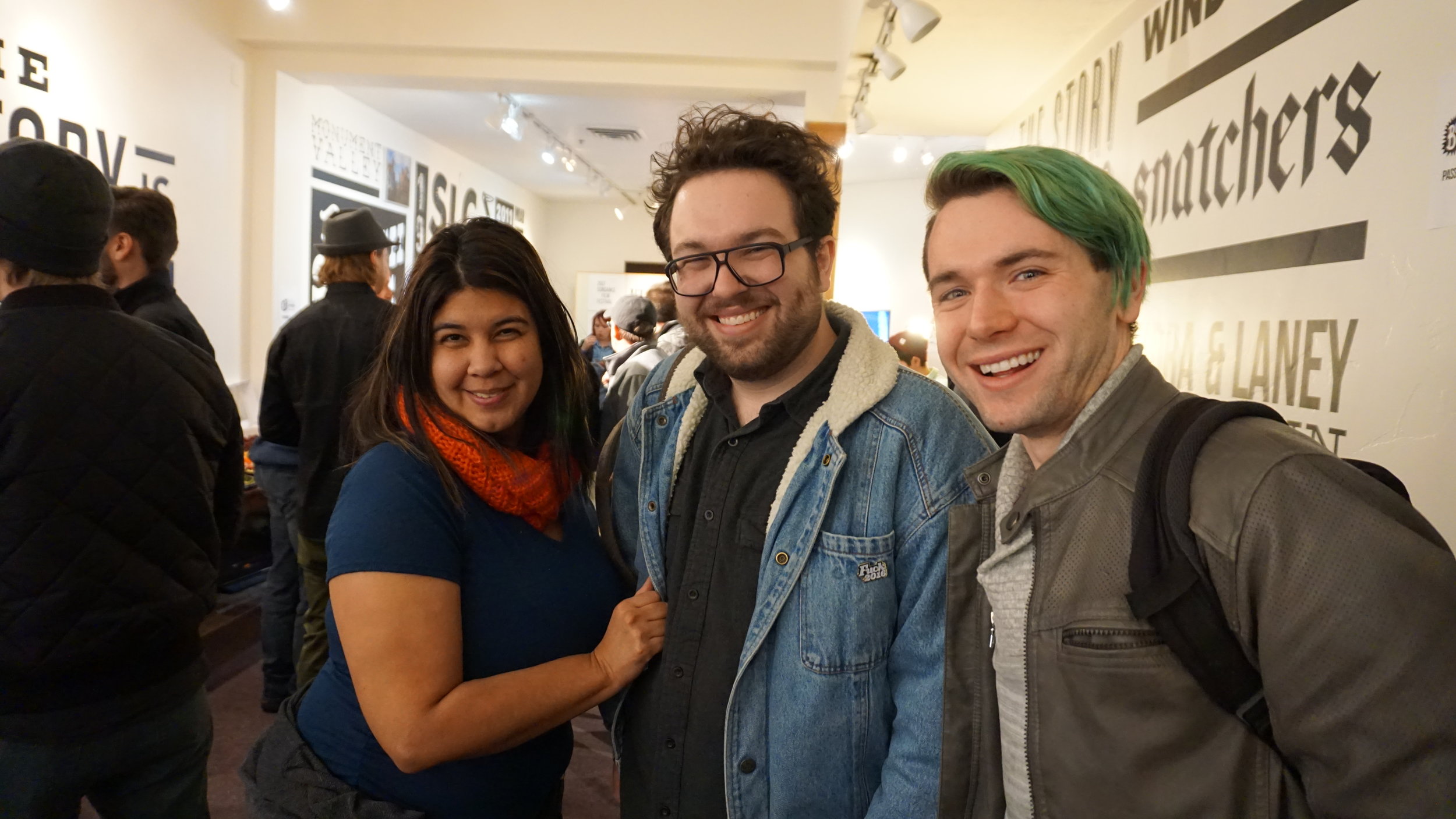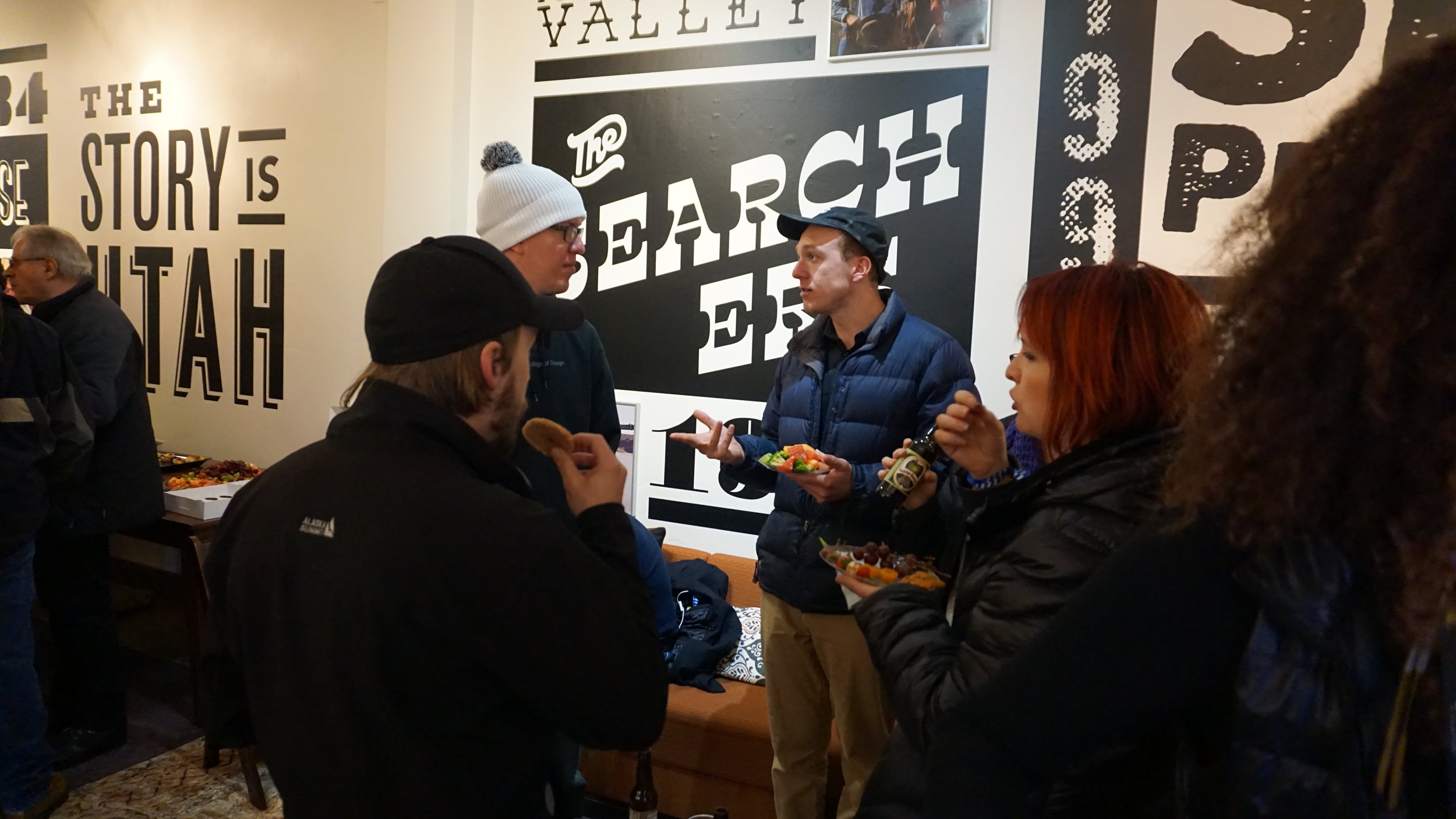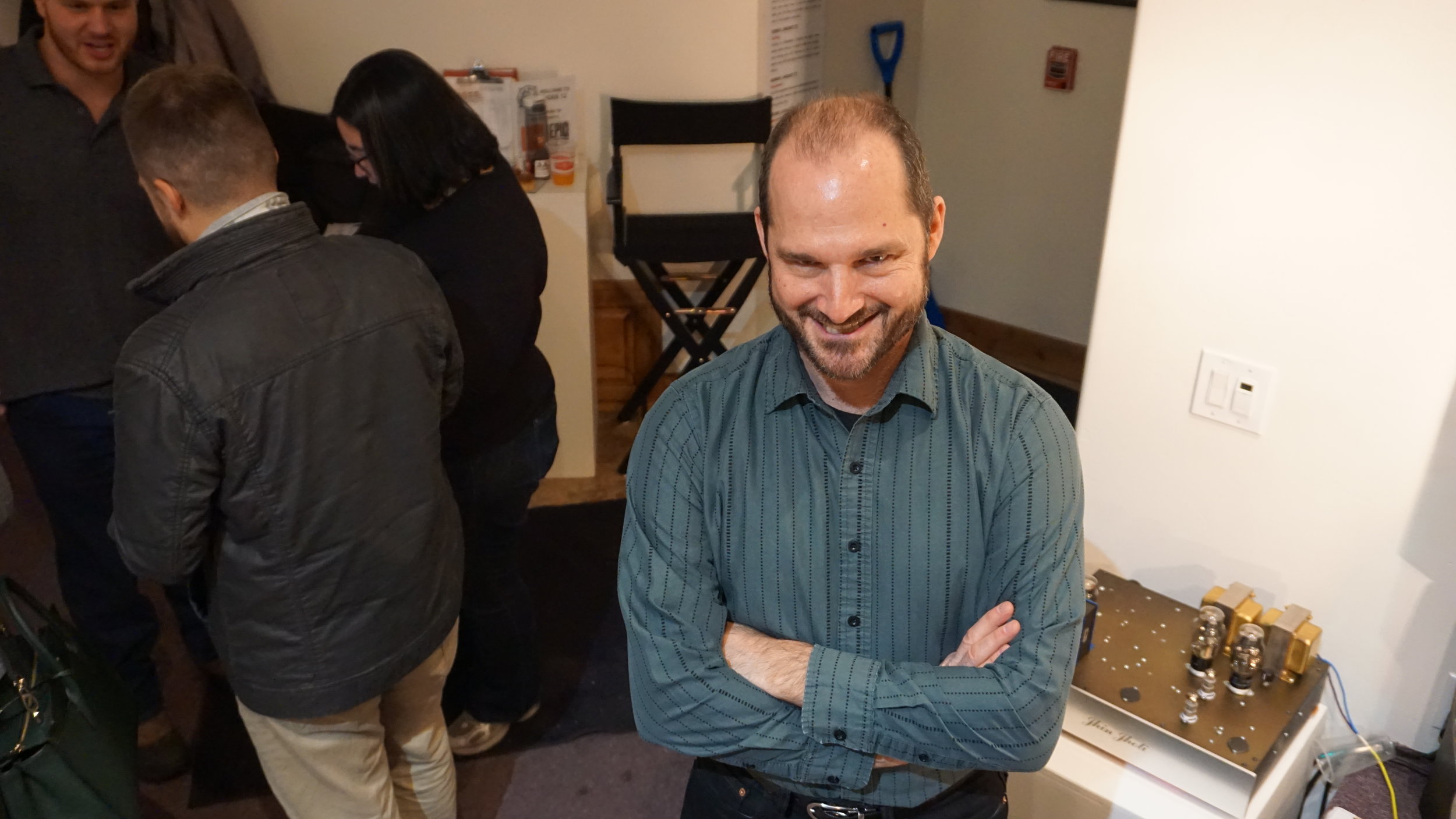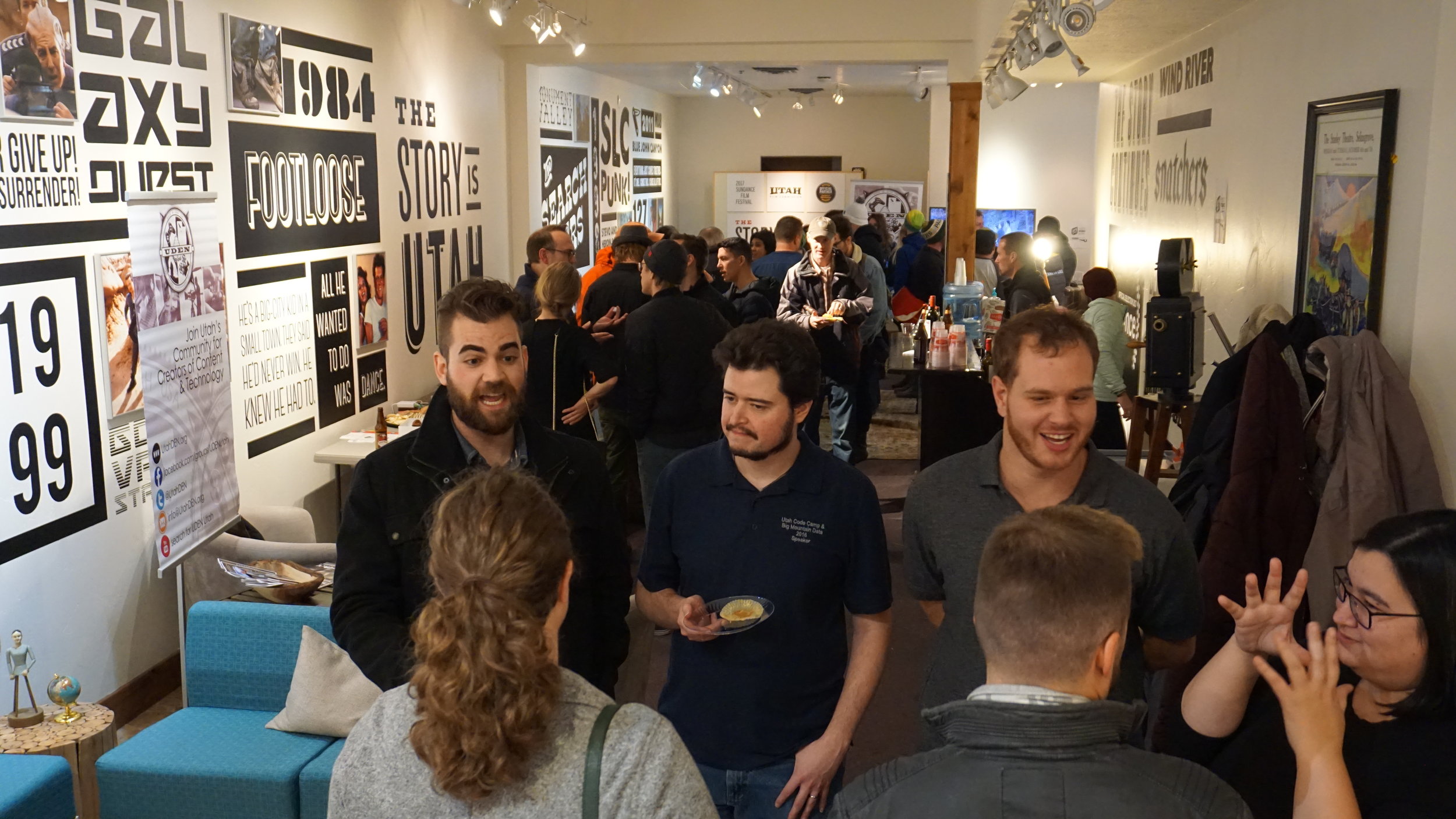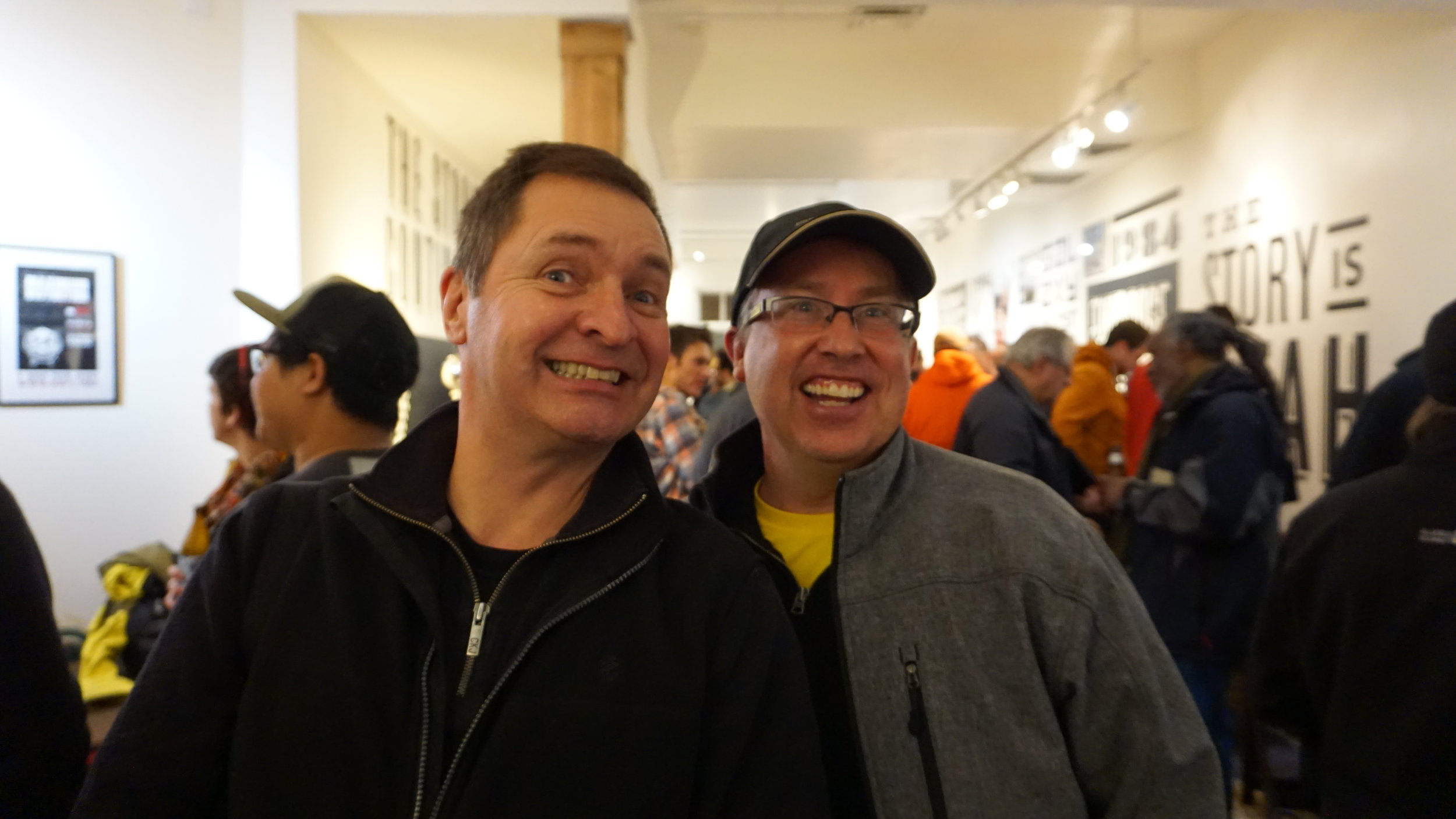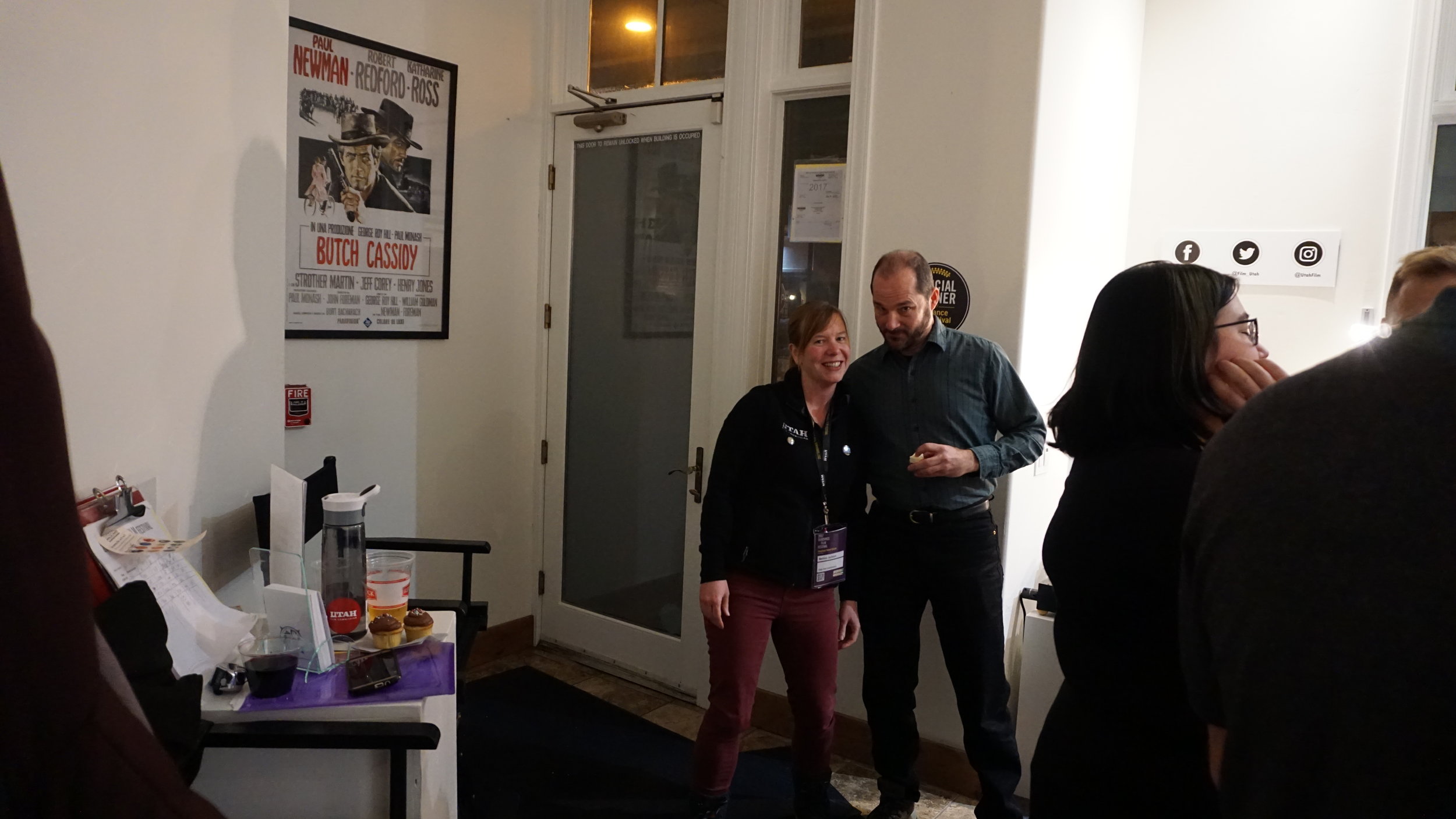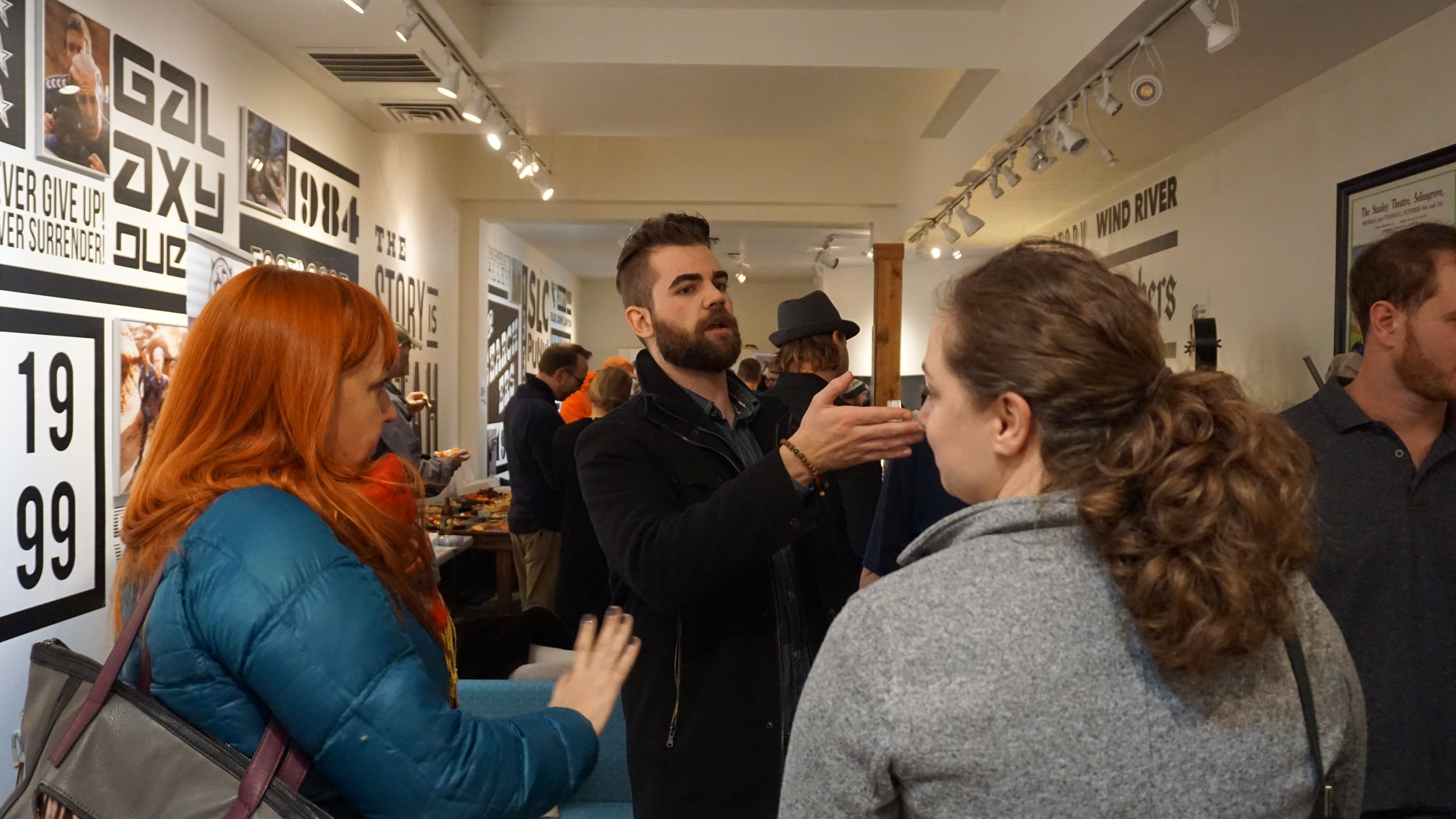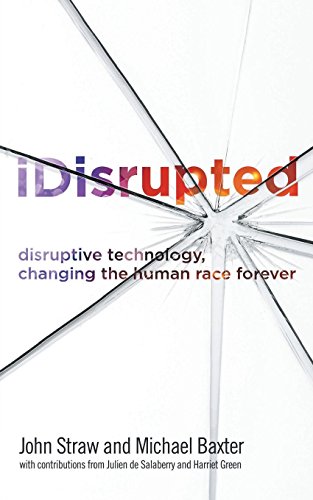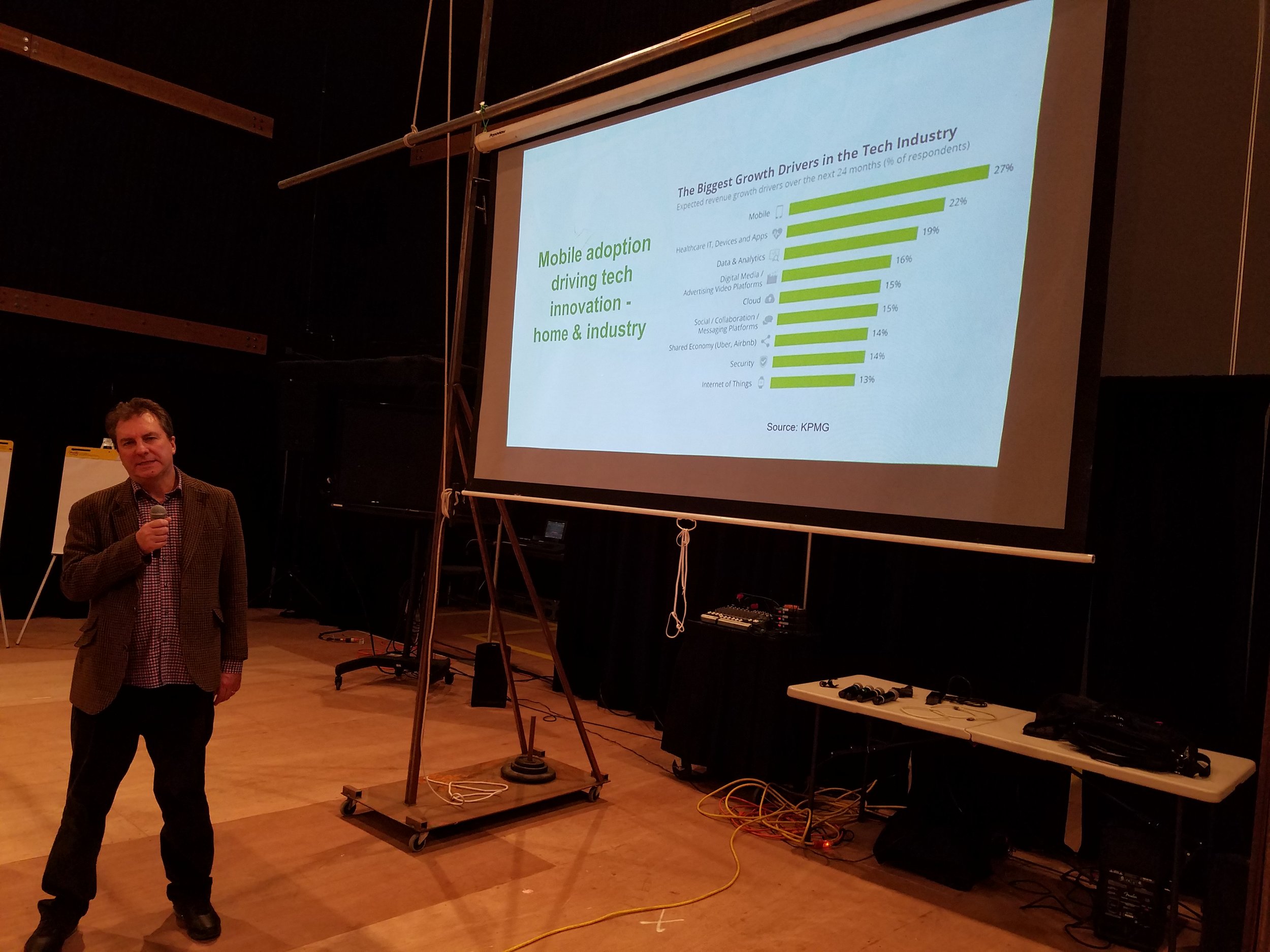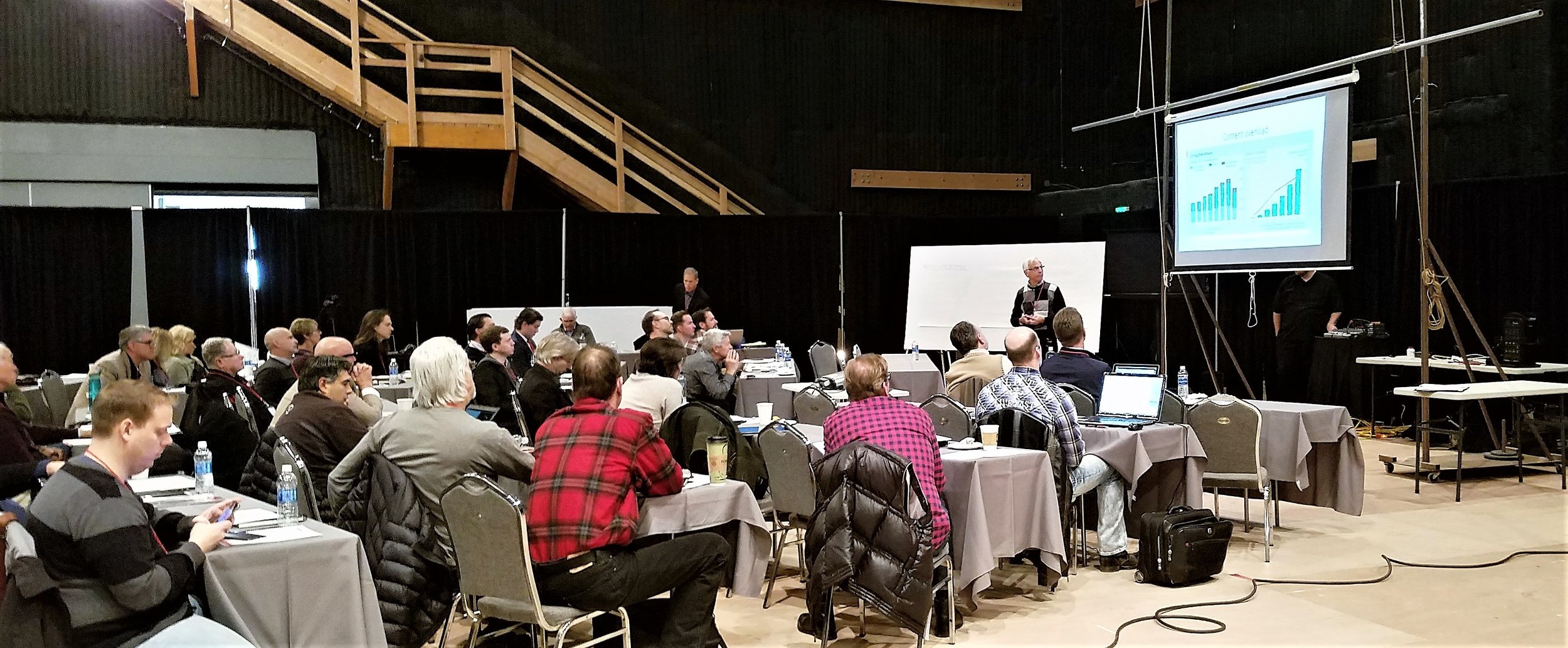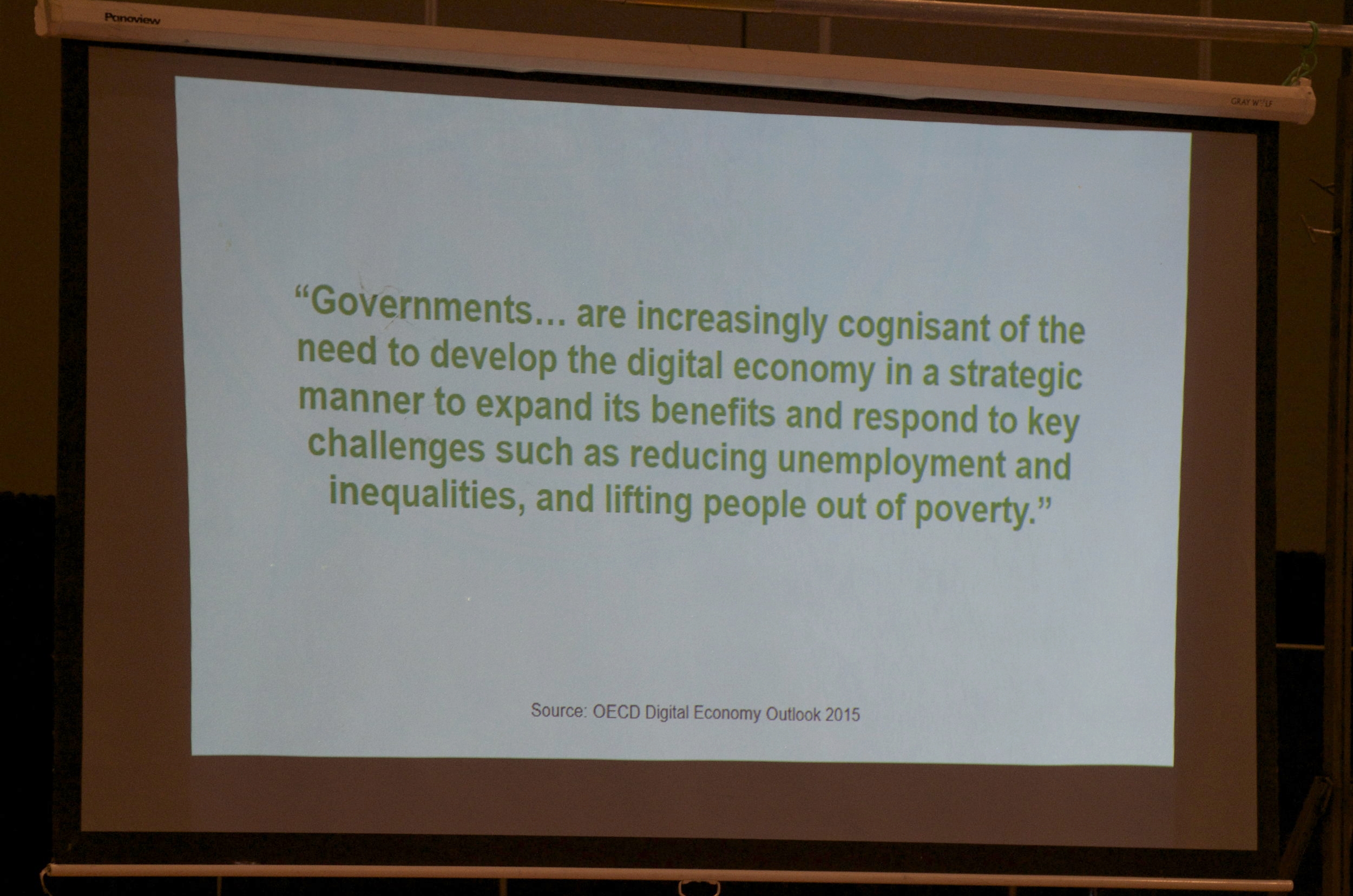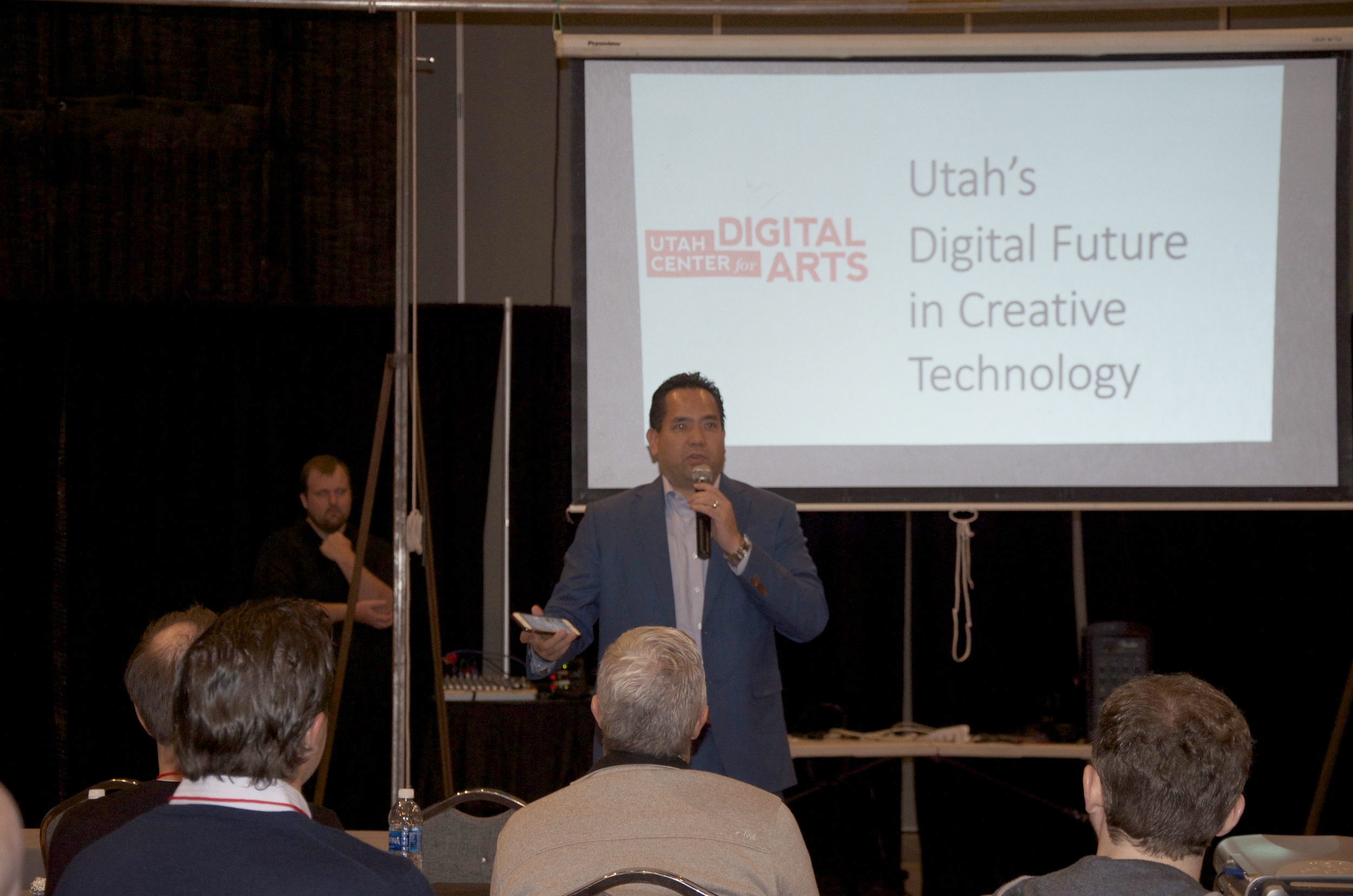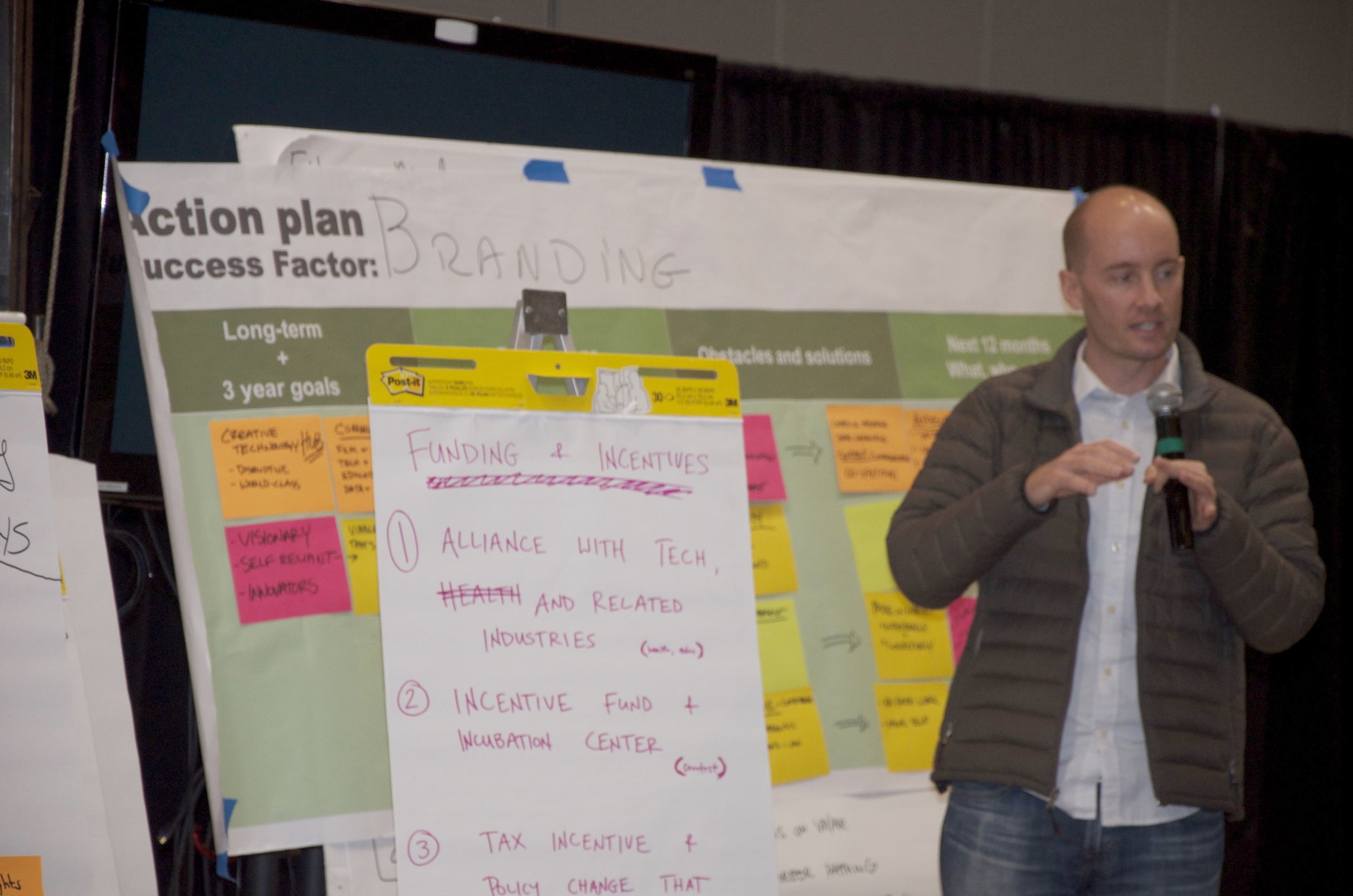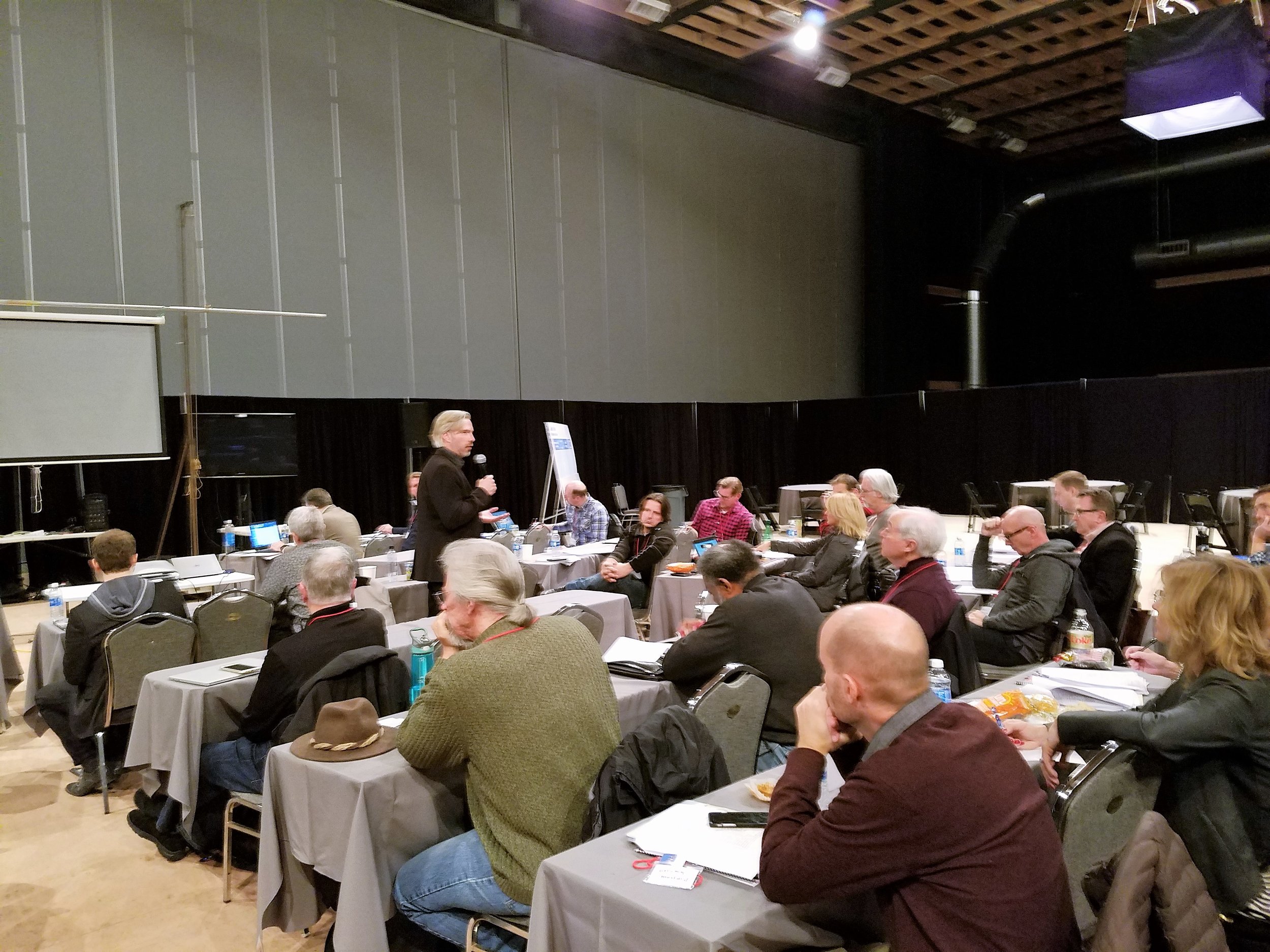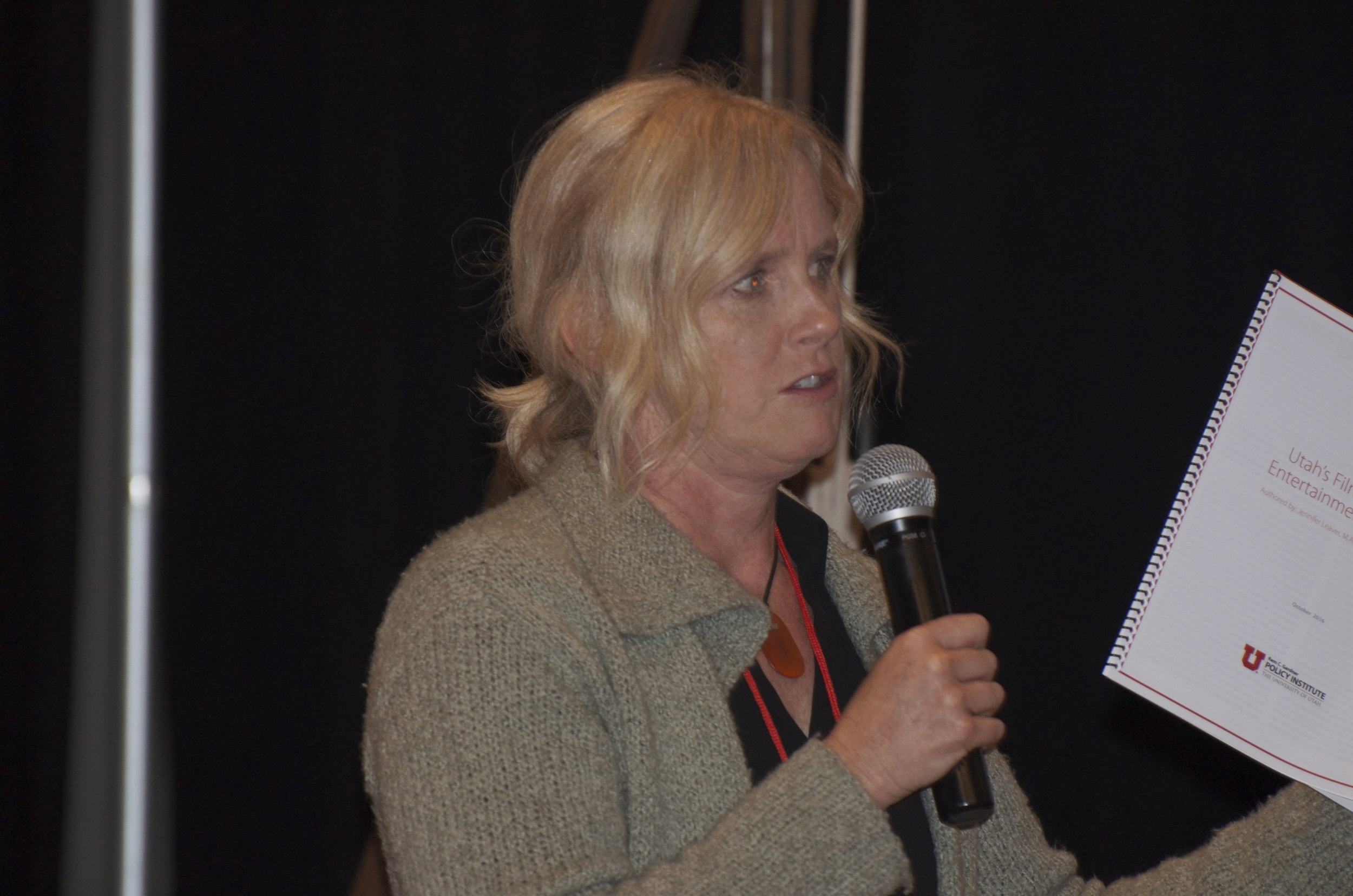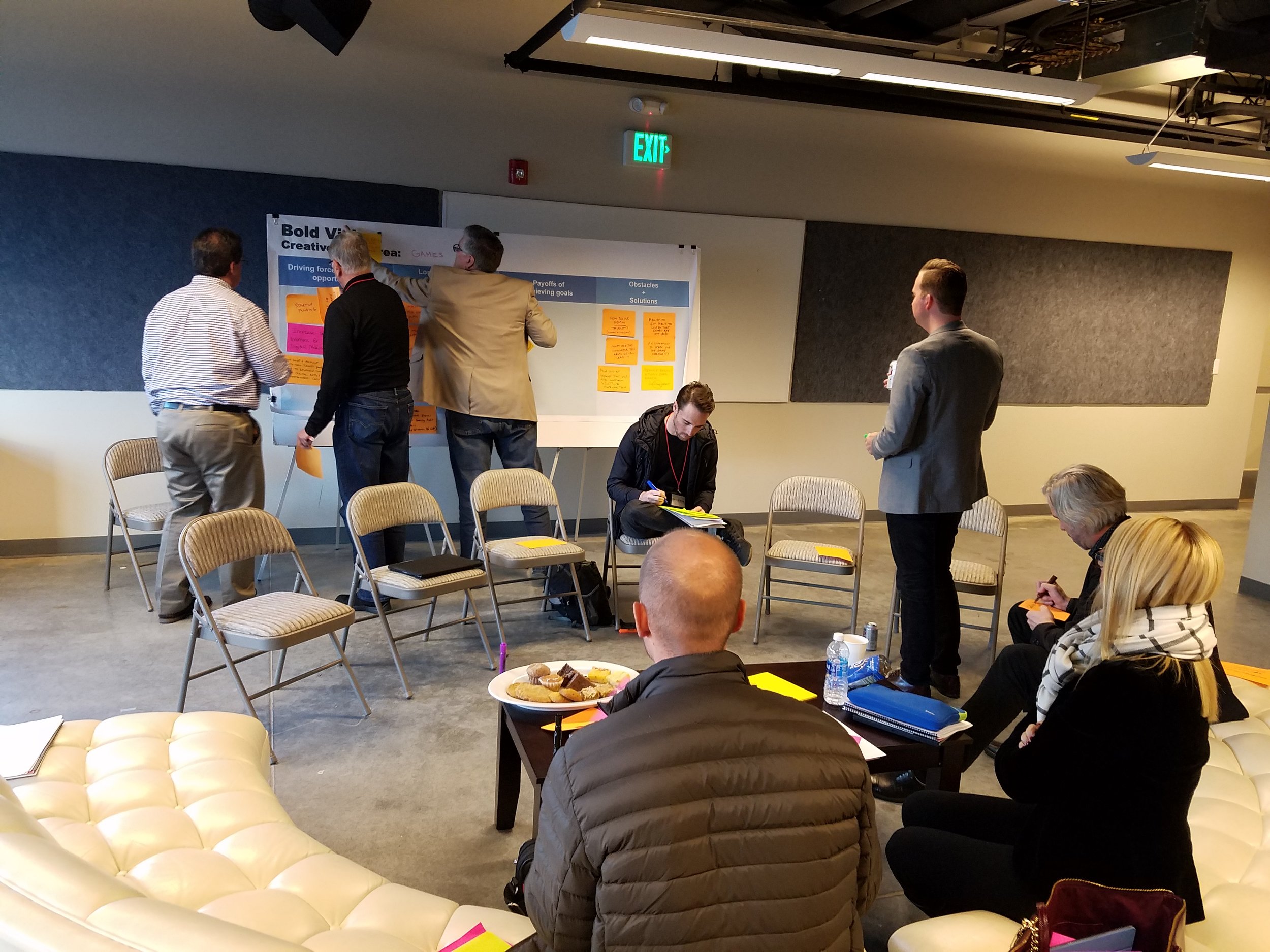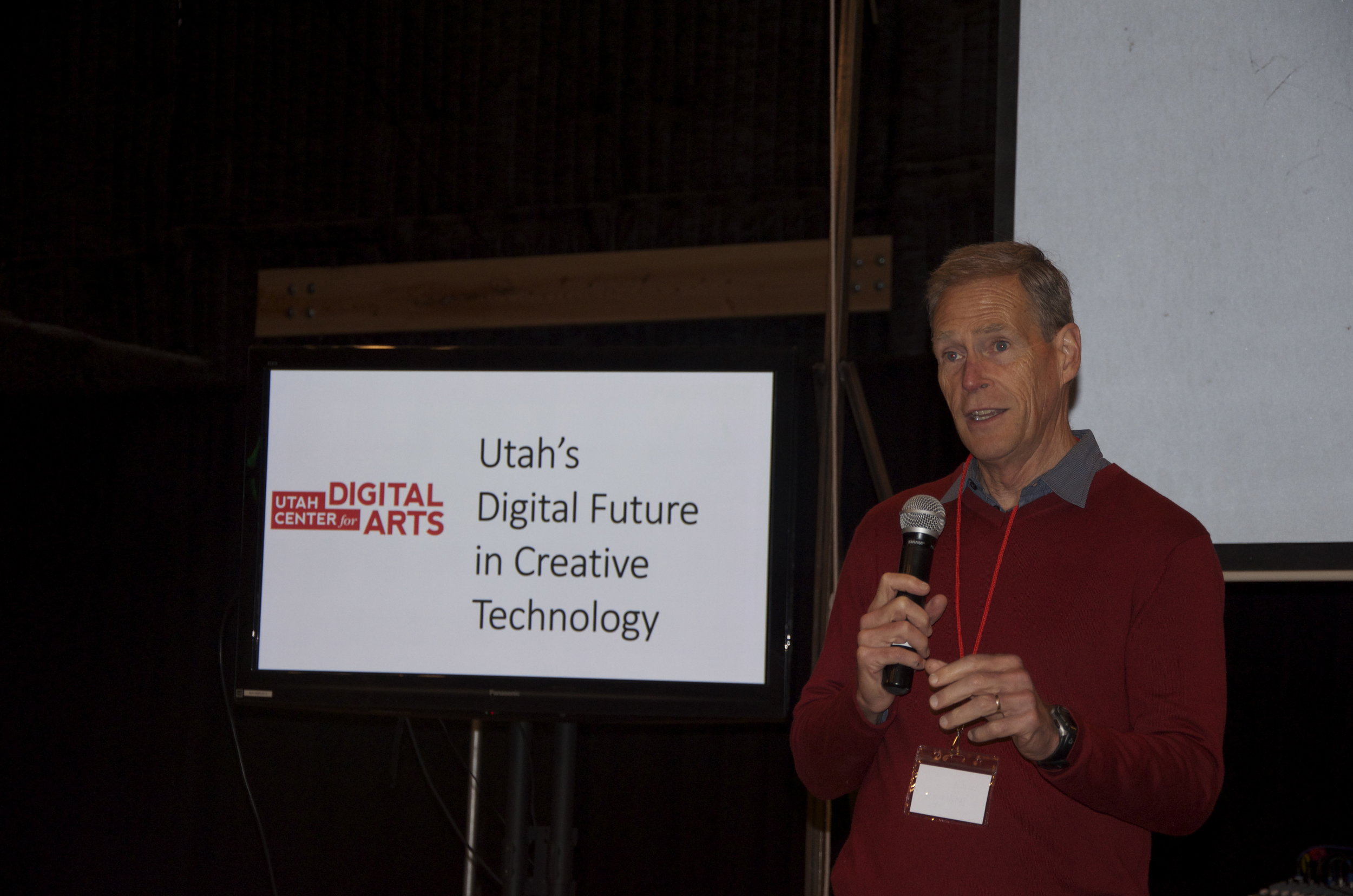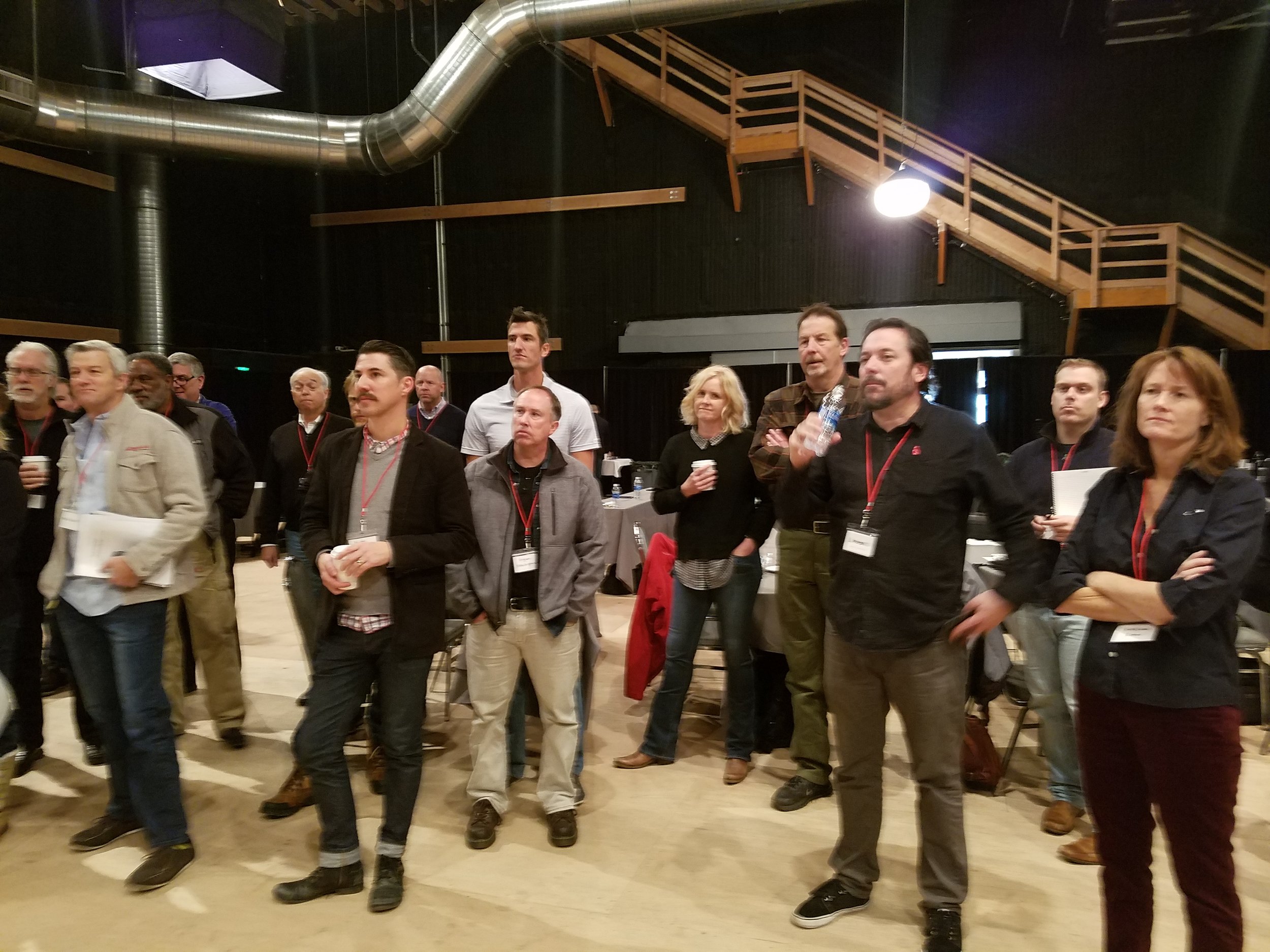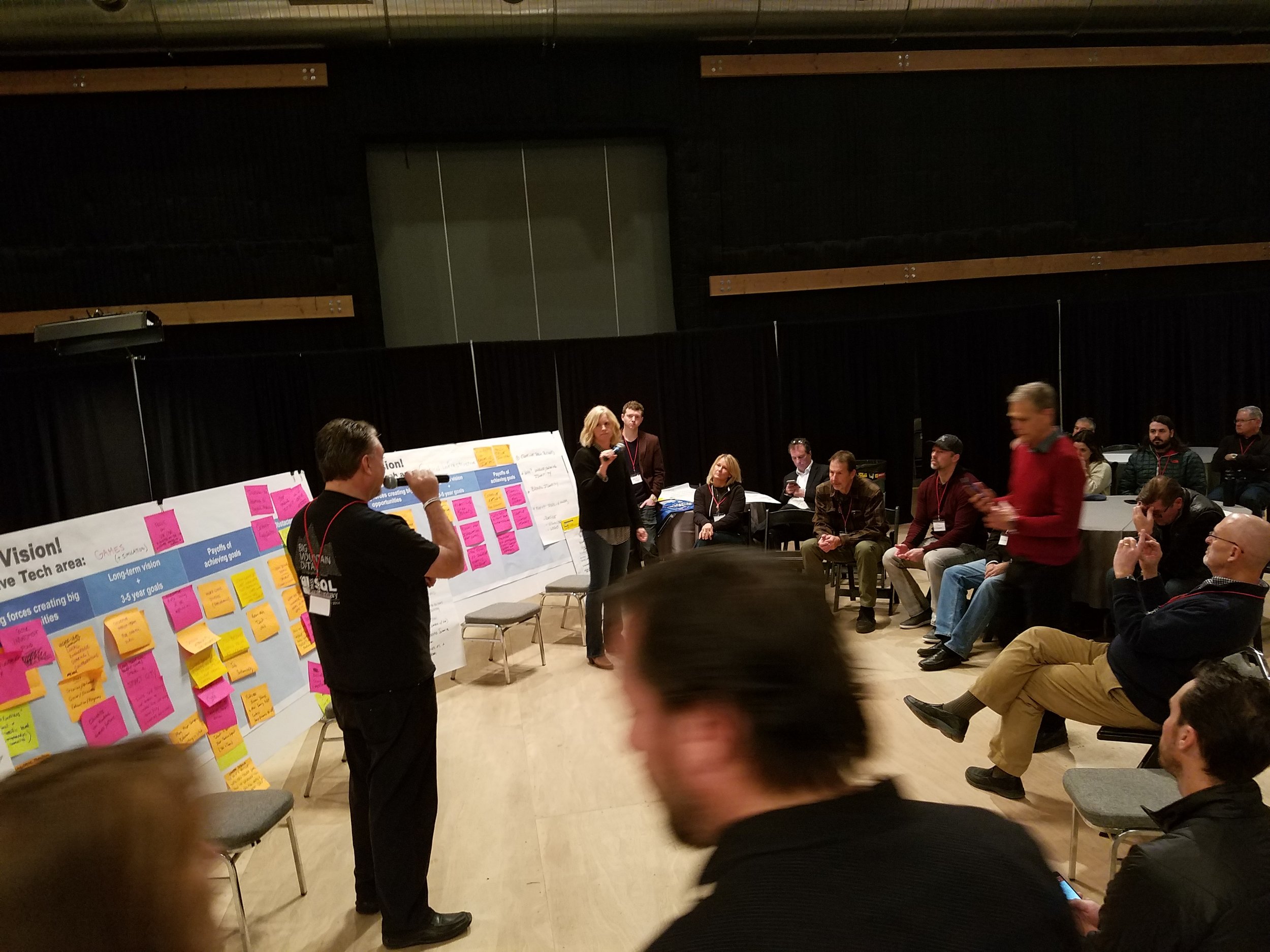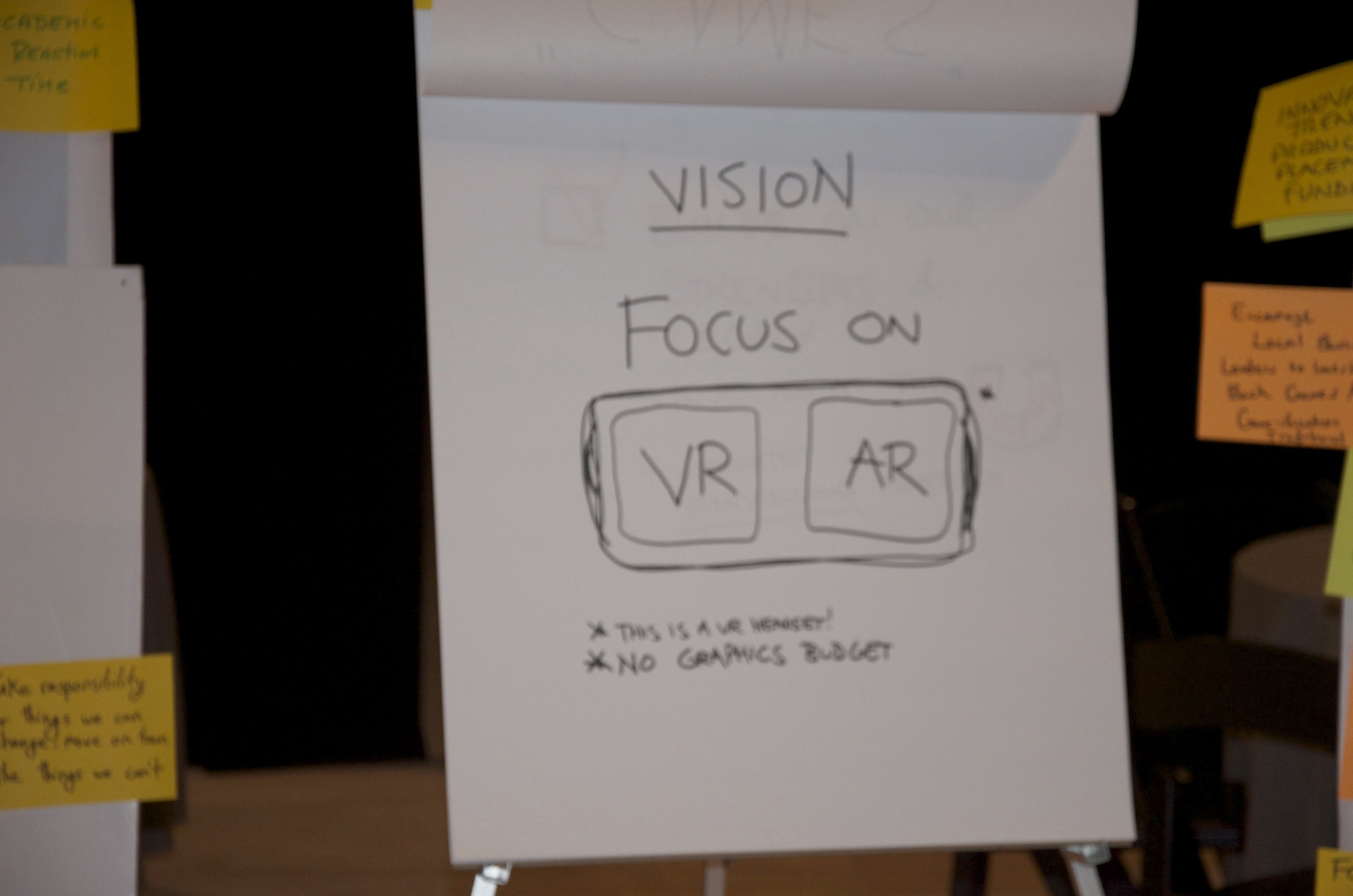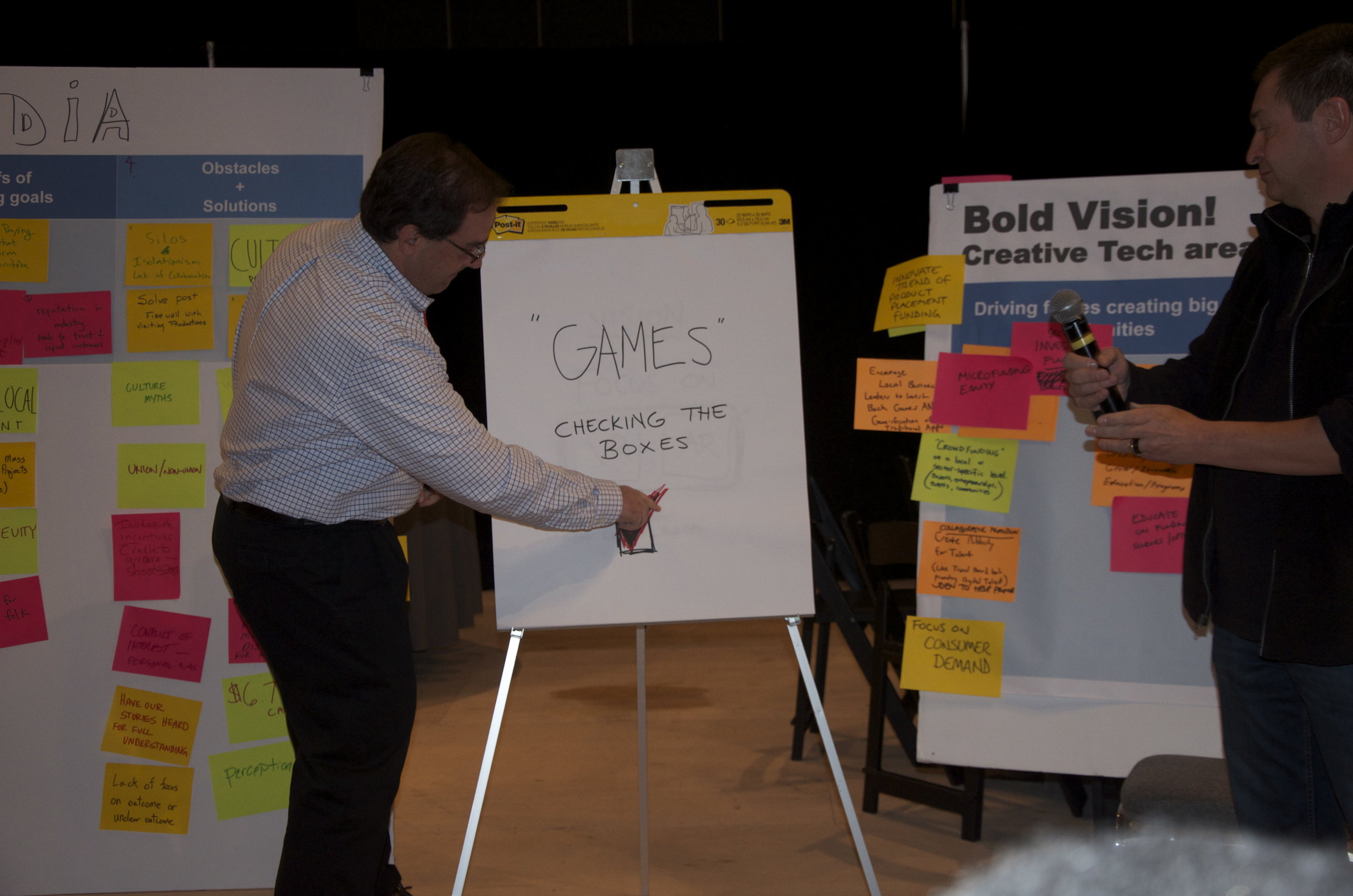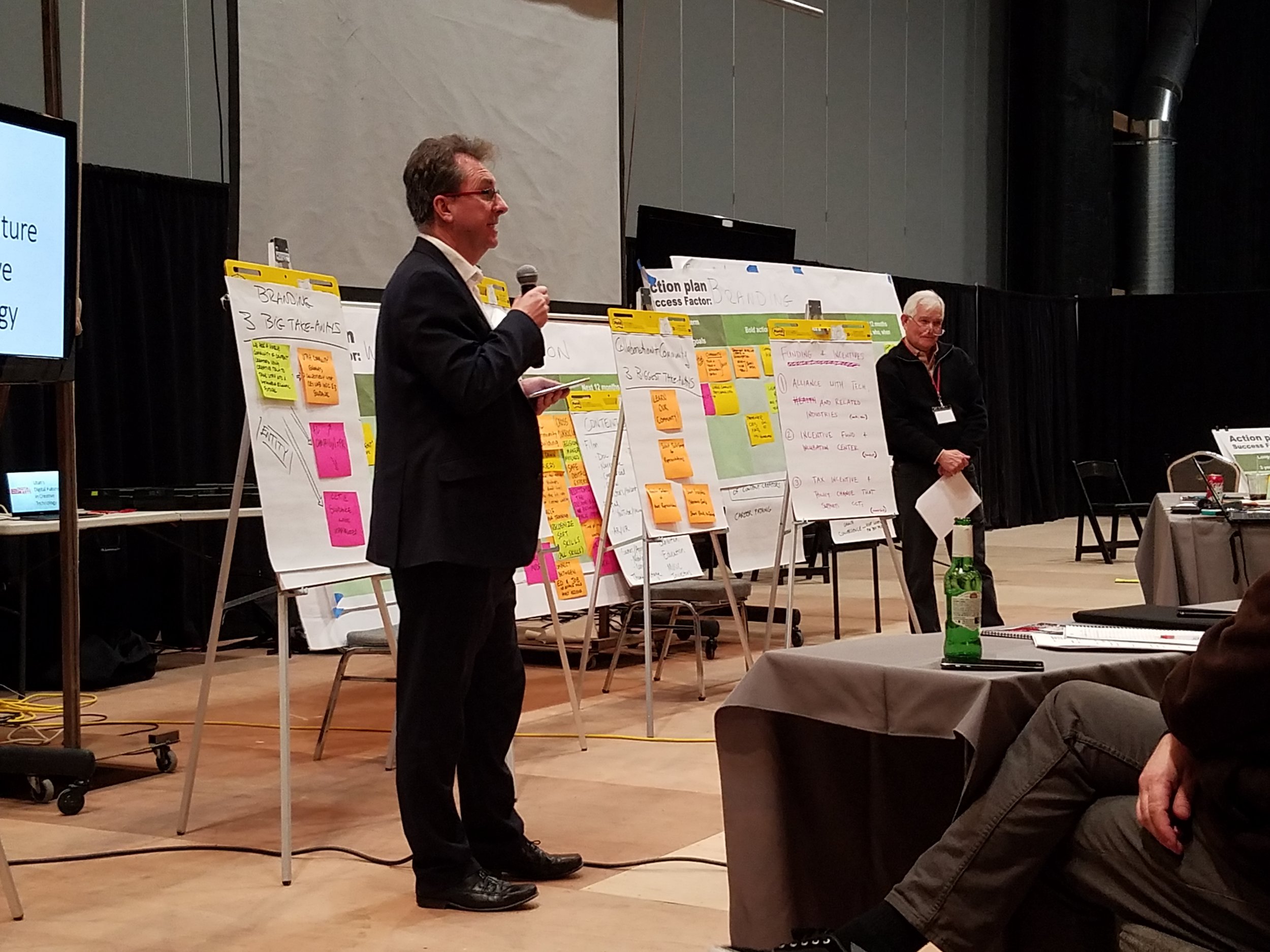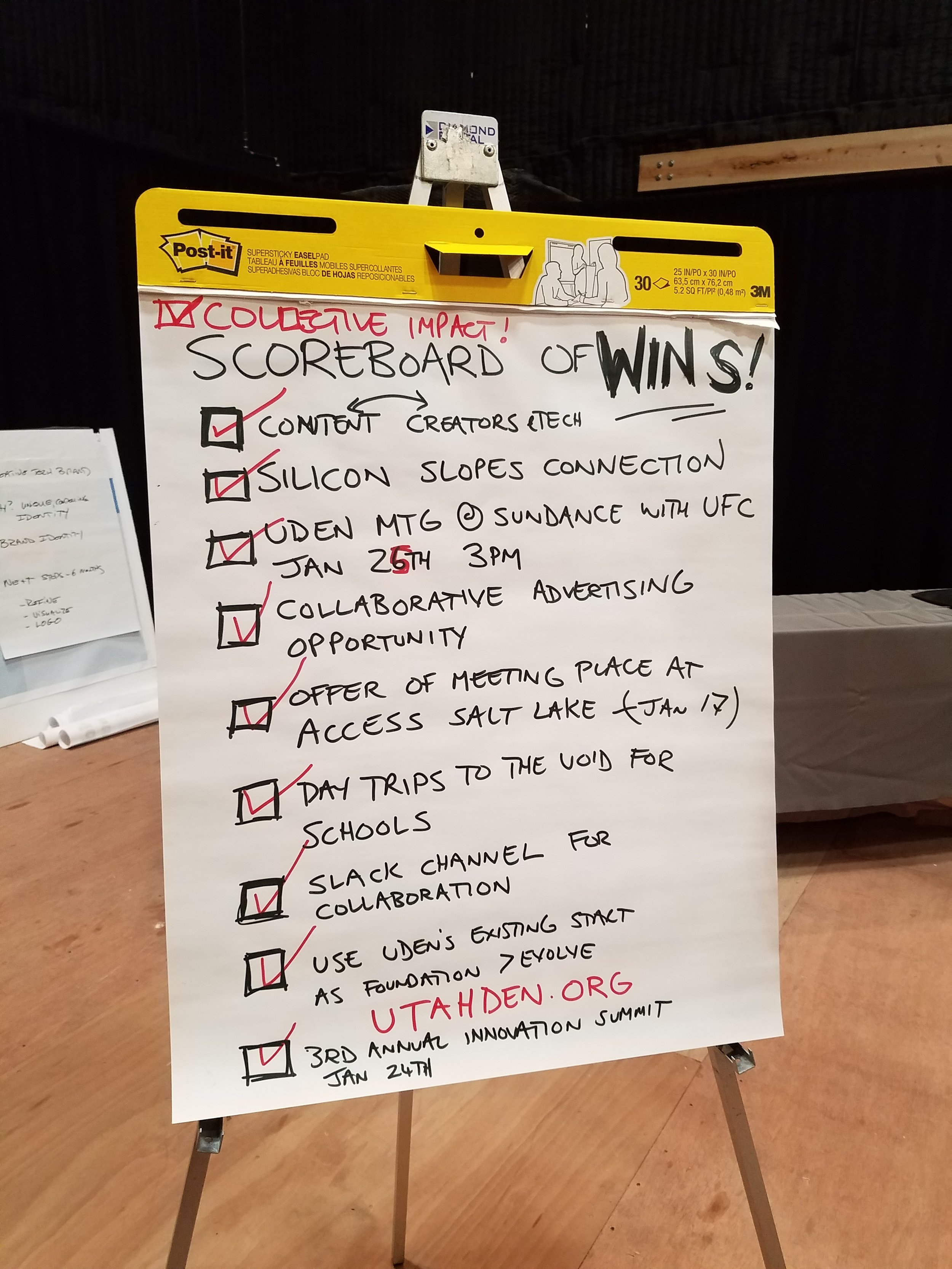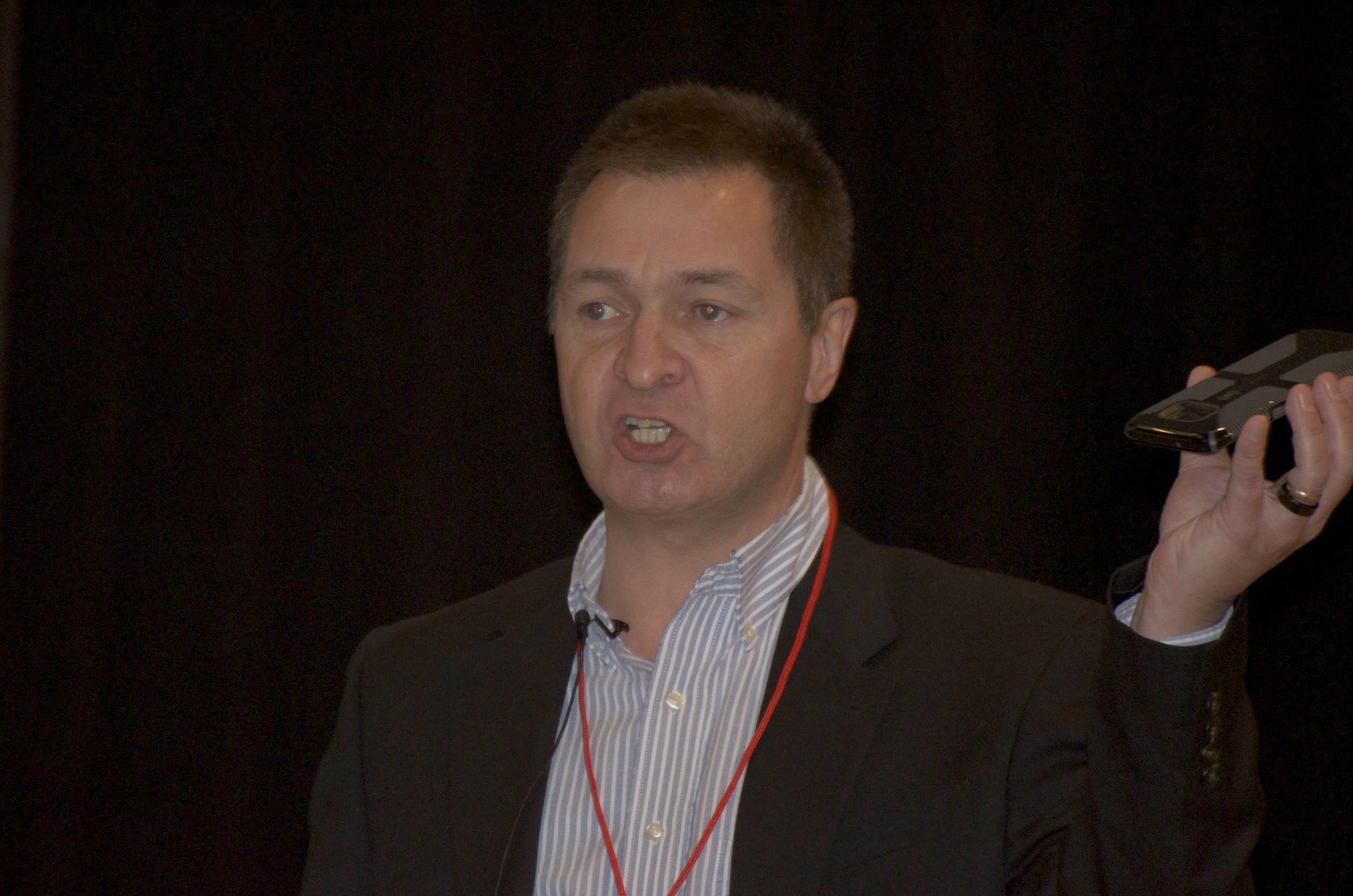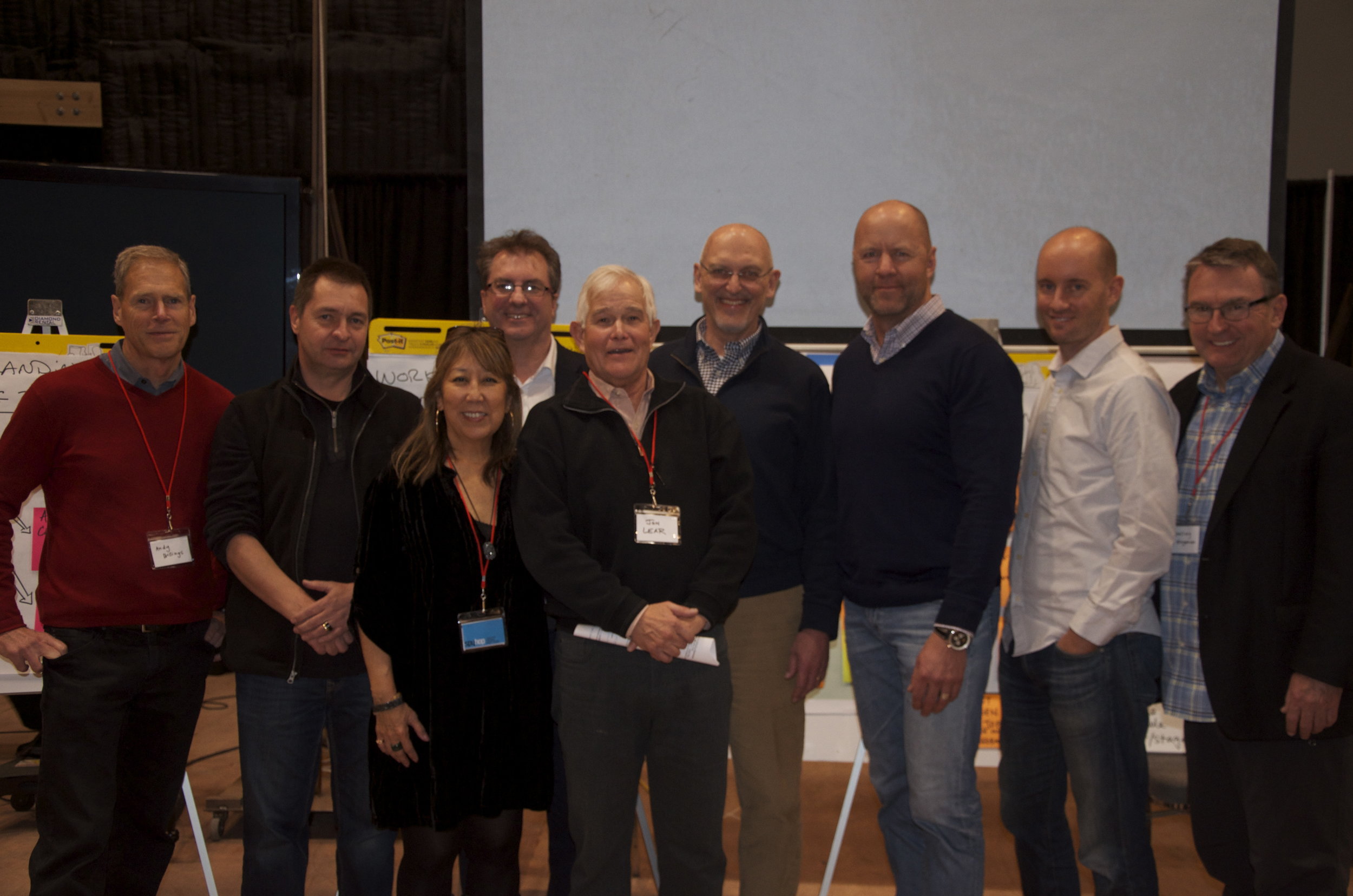Our core demographic for Animal Jam is around 8 - 13, then we have this huge spike of kids 16+ who are very active members of the Animal Jam community playing the game. What are they doing in there? They have been there since we launched the game in 2010. They have stuck around that long because there's nothing else for them to graduate into. The only social network type thing for them to go into is something like Instagram or Snapchat which is totally toxic especially to girls, or core game communities like Roblox or Minecraft, totally toxic especially for girls. There aren't very many game communities, none at the scale of Animal Jam which is what they’re looking for — fantasy role-play avatar based social gameplay but geared towards them. Because we have this audience and because they are so engaged, we can talk to them, and what they're asking us all the time is can you make something like this but for older kids. Something that still has the filter, still has protections, still a walled garden but the walls are a little lower. Maybe I can exchange YouTube links with my friends, I can show off my my Instagram page, I can do things that I can't do an Animal Jam and I can do it in an environment that is aged up from Animal Jam.
So we looked at what the core fantasy of Animal Jam, which is kids become their favorite animals, they see the world through their eyes. Then we looked at how kids were the drawing and representing their animal avatars on Instagram or on YouTube or deviantART or places like this this and it looked a lot more mythological, it looked like the Chimera of human-animal hybrid, or these super fanciful versions of combined animals… it was a really unique look in and of itself. We took that as a starting point and said well what if we did something but with mythological animals; instead of it just being all of them together in one spot, it was a reality show. So, we are launching at the end of this year Feral, which is a reality show for mythological animals, where kids will be designing their own animal creation and they will be competing against one another for the favor of the internet audience and for the queens that ruled the realm that they're in. It is exactly what this audience has been asking for and that nobody has delivered.
In Feral the player designs their avatar from the ground up; we started completely over completely over in the character creation interface for this game and we start with some some some mythological basis, such as Kitsune, a mythological Fox. We start with that as kind of the the seed, kids take it from there and they can create something of their own; colors, tattoos, size, appendages, it is a very robust character creator that is going to give every kid in this game the ability to give their avatar a completely unique look. Then we put them in a world that has a narrative drive behind it and a social core — there is still the principal of ‘I'm meeting up with my friends in common hubs where we’re exchanging items’ but it's aged up a little bit from Animal Jam… we’re not just giving you the items you're going to trade with your friends, we're giving you the opportunity to go out into this world to find stuff and craft with it, and make those items, design those items yourself and trade those with friends. We're giving players the opportunity to do some crazy offbeat quests and things you'll be assigned. like you might be in a reality show, and we’re also tying in social favor come from the way that you integrate. Maybe the best way to offer an example of this is, early on in Animal Jam we saw the kids were creating music videos in the Animal Jam world. They were going out, gathering a bunch of their friends and staging these elaborate dance numbers inside Animal Jam set to the music and then putting them up on YouTube and they were awesome! They were really, really cool! With Feral we want to design something that from the beginning gives you the opportunity and the encouragement to make stuff in there, making stuff with your character, make stuff with your friends, whether it's video, it’s images it's artwork that you exchange in there and we tie it into your social networks outside of here. If you want to create a Feral themed Instagram page, you can do that on Instagram, turn the comments off and route them instead through here where you have some some bullying protection, you have some chat filtering, you have a safer place that parents and kids can trust. We look at it as an interim step between the completely walled garden of Animal Jam and the completely Babylon of a YouTube comments thread, which is not something that any 13 year old needs to be dropped into unprepared. This is a place where we can hopefully encourage some better net citizenship by having some guardrails on the interaction as they step from one realm to the next. Feral will be in a friends and family beta end of the Summer, early Fall. You will have an opportunity to sign up and test at fer.al. And it will launch by the end of this year; that is, anyone will be able to go in and create an account and start playing. It will be an experience across desktop computers and mobile so both can play with one another and we think Feral to be the evolution from Animal Jam, extending our demographic older. Our next steps after that will be extending our demographic younger and then growing them both.
Q&A
Per your comments about GDPR, does a member of your team need to be a lawyer?
Per GDPR, you need to have a Chief Privacy Officer designated in your company. That person doesn't have to be a lawyer but they they do have to sound like one if the EU calls up and ask them questions about how you handle data security.
You mentioned a third-party you can work with for compliance. Does this apply to any size team?
I would look first at the at the guidelines that are on the Privo website; if it seems like something could go wrong with your implementation then consider the security of a Safe Harbor Program. Privo lists the different Safe Harbor providers, companies that the FTC has designated are authorized to go in and review products or websites or whatever and certify them as being COPPA compliant, and if they're certified as COPPA compliant then that's when you will get the phone call from the FTC before you get the phone call from the New York Times. That’s a huge advantage. Those organizations do charge based on your audience in some cases, in other cases it's a flat fee, but also really your need for that scales with how much social interaction you offer with your game anyway. But if your game is not overtly aimed at kids then maybe don't have to worry about it. GDPR there is no Safe Harbor yet; I know of a few organizations that are lobbying for that and trying to get it done.
With live service games like Animal Jam and now Feral, how do you handle ‘crunch’ and take care of your teams?
The short answer is that early on we didn't do a very good job of that; Animal Jam is going on it's 9th year now, our content pipelines have gotten a lot better and we have kind of learned to pace ourselves to create updates on a schedule that our team can do. We have some support resources, outside studios that can contribute to some of the artwork stuff that we don't need to do internally but I think this is a very important point. I would hope that you could ask anybody from WildWorks here when was the last time they had to crunch. It does happen though, especially on new products like Feral where we're trying to hit milestones and get to a certain point but on established products like Animal Jam or some of our other live-ops games we don't kill our team in order to feed that content monster. These games are updated every couple of weeks and from the outside it looks like a pretty blistering pace but there's some things you can do particularly on mobile — when we update the app on mobile we can have some content that releases when the update comes out and we can have some in the update that is timed for later, to continue release week after week until the next update comes out. so we've already built it, it's already in there, it's already tested but we can release it gradually from the app. There things like that that we can do to pace that content out, but really it comes down to the processes that our artists have built, the tools that our engineers have built which are fantastic and that's what it enables that.
What advice would you give to those of us starting out to prevent crunch at the beginning of our projects?
If your project is going to require those kind of live updates then what I would do is make sure that while you're still in development you have designated somebody on your team was going to be a community manager, that is somebody who is going to take the lead in communicating with the community and helping to set their expectations for what the content updates are going to be, because you don't want to promise and not deliver or under-deliver. Unlike in the hardcore game, [WildWorks] is lucky because kids are much more pleasant audience to work for than the average, for example, OverWatch player, but even even there it's incumbent on us to set their expectations accurately and if we say we're going to do something on a certain timeline then to do it and if not then to tell them no, we can't do that on that time line and then here's why. Generally if you signal that, they [your community ] come to understand that there's integrity there, you're as good as your word and they will cut you a lot of slack. But if you're making the promise that ‘hey we’re gonna update every week and it's going to be awesome and all this new stuff is going to be coming out’… and then you don't, that's where you get into trouble.
How do you help your Feral team with the crunch you describe?
This team has had to take on a Herculean task, because without growing the the internal team here we have added on a whole other live-ops game of the scale of Animal Jam on to their shoulders. The only way that we can do that is by offloading some of the Animal Jam on mobile and Play Wild! on web, to outside studios that can carry some of that load. For instance, we have so much data having done this game for so long we know what type of features what type of content are most desired most exciting thing for kids playing Animal Jam; if that's a certain type of animal avatar or new pets or new dens or or whatever… that's all content that we built a million times now and that pathway to getting it into the games is pretty well trod… that's the kind of thing where we can do the core design work here and then we can oversee and outside studio doing it and that frees up a lot of cycles here to work on the new stuff… which these guys will probably tell you they want to be working on anyway, cuz it's a hard gig, even if you love Animal Jam, to work on it for 9 years, that would be a tough lift.
What are the lessons film makers are not getting from the game world?
Maybe the obvious answer is like what Netflix is doing now with Black Mirror and offering interactive choices within a narrative framework that people are used to… but I think you're also seeing it more in the background of what Netflix and Amazon and those guys do because Netflix knows more about its audience than Sony Pictures or Warner Brothers or those guys ever did. Netflix knows things about their audience that their audience doesn’t know about itself, in terms of what they're real preferences are… not just “I want to see more cartoons” or “I want to see more rom-coms”, but what types of storylines they respond to, what types of Storytelling tropes they respond to. We have the advantage of having this real-time ongoing conversation with out audience that most filmmakers don't and we do that by having a lot of feedback mechanisms in the game, by having a very hands-on community team that's listening to our users all the time and constantly feeling their pulse… and we have a lot of data that the game generates that tells us a lot about what they like and don't like to. I think if there's if there's anything that's that's an easy pick up for film makers it's probably not something that you're seeing overtly now in what Netflix does, but I can guarantee they're doing a lot of it and they're investing a lot, because they're spending billions of dollars a year now on new content and they're not doing the old studio model of throwing a dart at the board to see what they make, they have a much better idea of what's going to work and what isn't.
How has working on a toy-line worked out for WildWorks?
We launched an Animal Jam toy line in Target and Walmart in 2015-16; we have had about 55 licensees on and off. The toys did extremely well in their first year and sold millions of units. I think that are toy partner Jazzwares dialled them in a little young for our audience, going after the Shopkins market when really our audience is more toy collectors than toys playsets type of players… but we've been through that boom and bust cycle with toys and with a lot of other products and we still have them, we have a subscription boxes that include toys that are still doing quite well and apparel. .There's a lot of lessons to take but for a game studio maybe the ones that are not the most obvious is that the production cycles on different types of products are way, way off what we've learned to expect as digital creators, where we can turn on a dime with new ideas and new products… depending on what it is that you're making , once you're committed to molds then you're stuck with those for a while at least until you get return on investment for those. If you decide you want to make pajamas you have a regulatory approval period that is nuts… to have your pajamas tested and certified that a child can wear them and not burst into flames in the middle of the night… there are things like that you probably don't know just intuitively about the product cycles and how long it takes to develop, how far in advance you need stuff to them, when those drop-dead dates are. For us it's come down to having really good comprehensive style guides and good processes in place for approvals and for feedback. It’s quite different.
How important are toys to the Animal Jam brand now?
Even when our toys were selling millions of units it was not a huge revenue driver for us, it’s more of a brand marketing exercise and we made it a principle when we started our licensing program, that everything we made, whether that was lunch boxes or books or pajamas or whatever, would have a game code with it that would unlock something in the game and ideally something that you couldn't get any other way. That didn't go over well with Apple so we backed off from that a little bit… but that's what it was for us and when we were studying this, we talked to other game companies that has done this kind of toy redemption thing, and they were telling us you'll be really excited if you get 3 to 5% of your toy purchasers actually redeeming their codes in your game. We got 22%. Because that was really the focus as much for us as revenue. We wanted an experience that extended what you were doing in the game. I think that's more important to us, giving our audience what they want than it is as a primary revenue driver. Toy royalties, consumer product royalties, unless you're Disney, you're talking about 10 to 14% off of net, you have to sell a lot to really move the needle.
Can you explain your partnership with National Geographic?
When we looked to focus on our own IP and launch Animal Jam, we were going up against Disney, Viacom and people who have their own cable channels, so how could we get brand recognition? How could we compete when they can advertise their stuff on TV all they want? So we looked for an already-established kids brand with some of the same mojo that we tried to inculcate in Animal Jam with the idea of affiliating with them. We looked around, we talked to a lot, we got fairly far down the path with Animal Planet but we really liked the Nat Geo guys. What we did was actually pretty straightforward licensing deal with them; they they did not have any editorial control over Animal Jam, they didn't own any part of it, we just went out and licensed their name and their yellow rectangle and put it on the game, in such a way that when we launched it looked like National Geographic Animal Jam. I think that probably got us our first quarter million registrations or so, they came straight from the Nat Geo Kids website, but by the end of the first year we were sending them more traffic than they were sending us and by the end of the second year Animal Jam was orders of magnitude bigger than Nat Geo Kids. It was definitely a good deal for them, such a good deal that in fact we cut it off about a year and a half ago, Animal Jam was rocking without National Geographic and we hadn't been using their brand really for a for a long time. But it enabled us to work with a lot of other educational partners too.
What’s your hope for the future of digital entertainment in Utah?
I don't want WildWorks to be the biggest studio, as it is now; I don’t want us to be one of the three biggest studios here; I want to see a lot of studios in this valley and I want to see a healthy ecosystem here, which might sound counter-intuitive — don't you want the talent pool all to yourself? — no, I would rather have an ecosystem here that attracts a lot of talent from different places, attracts investment from different places, so that when I talk to a superstar engineer who's been in Silicon Valley their whole career and come to realize they're never going to own a house and is thinking about maybe the Salt Lake Valley would be good to move to…. but if I move there and things don't work where do I go? Adobe? I go down the MLM Corridor here and sell Noni Juice? I want there to be a vibrant digital entertainment ecosystem here so that investors are looking at us and talent is looking at us and we've got it at a net inflow. I would like to see a lot more companies big and small.



